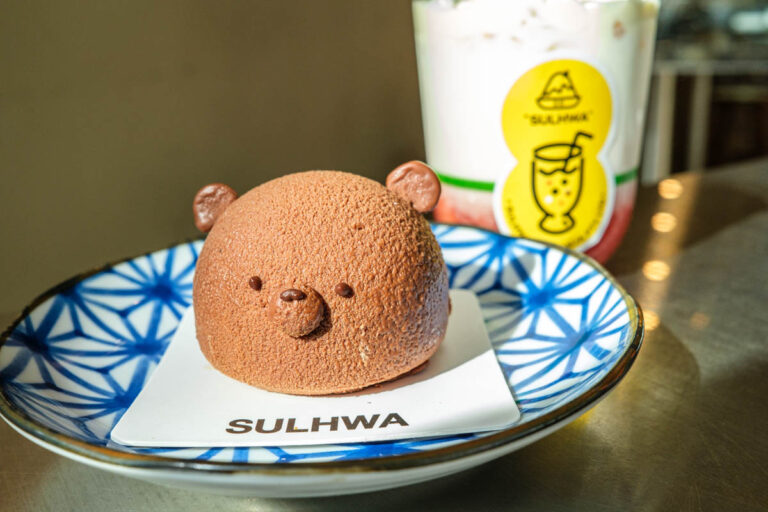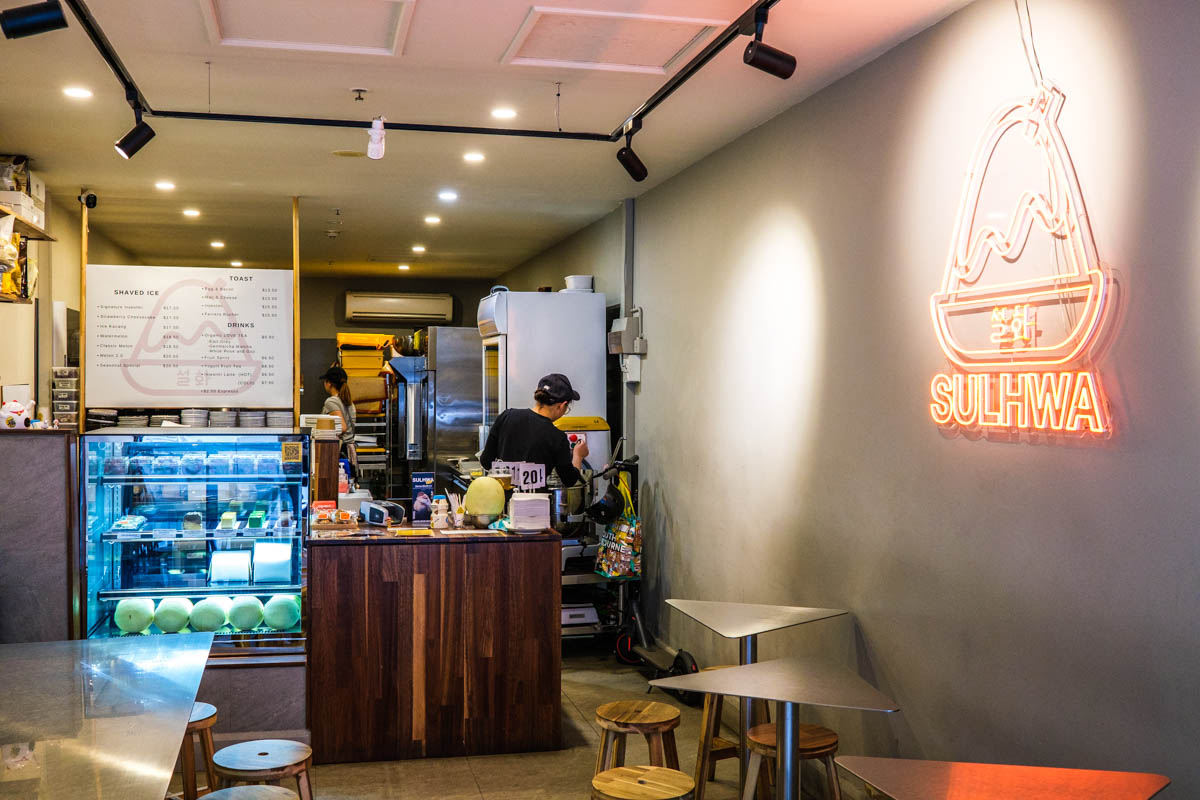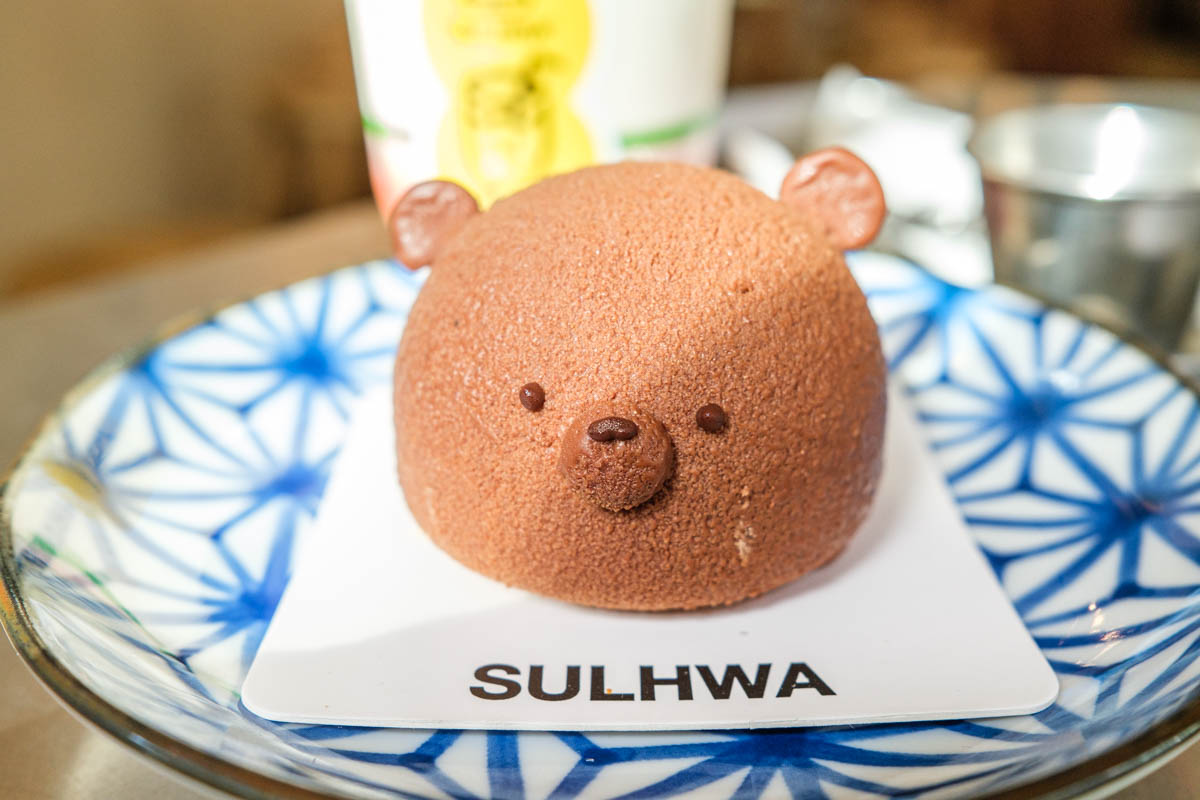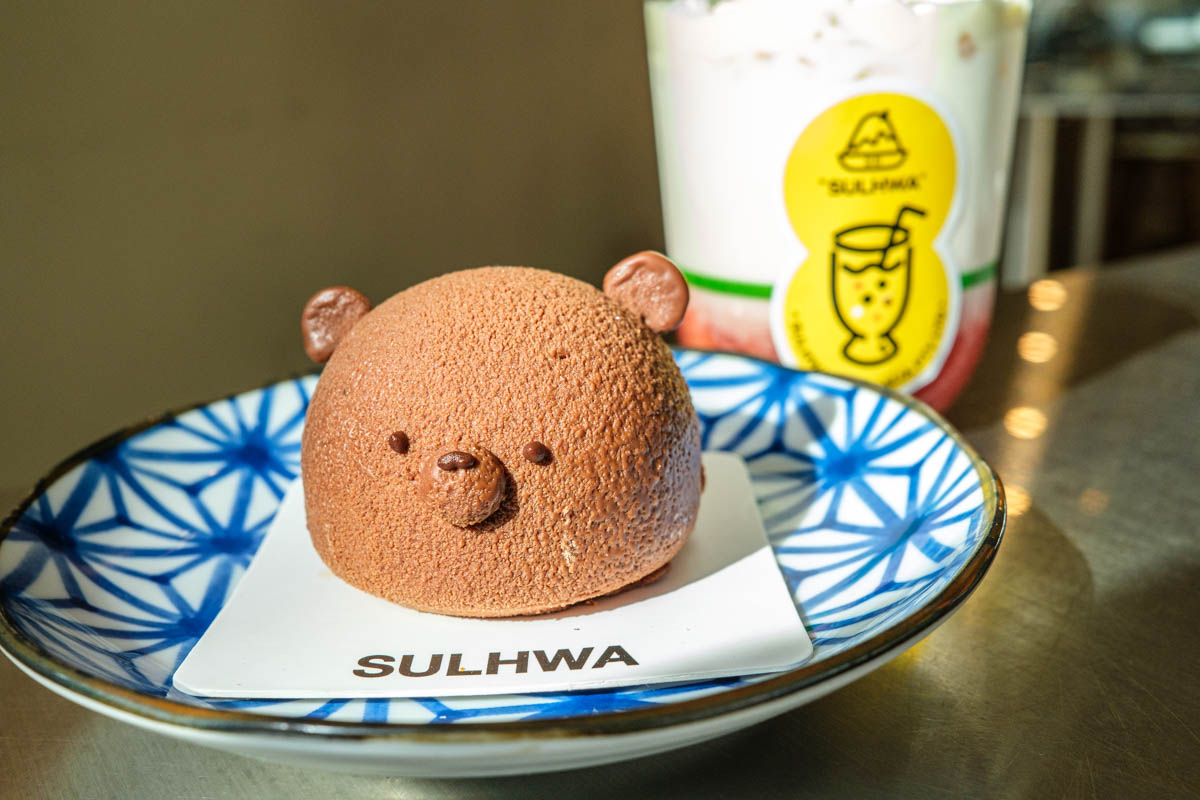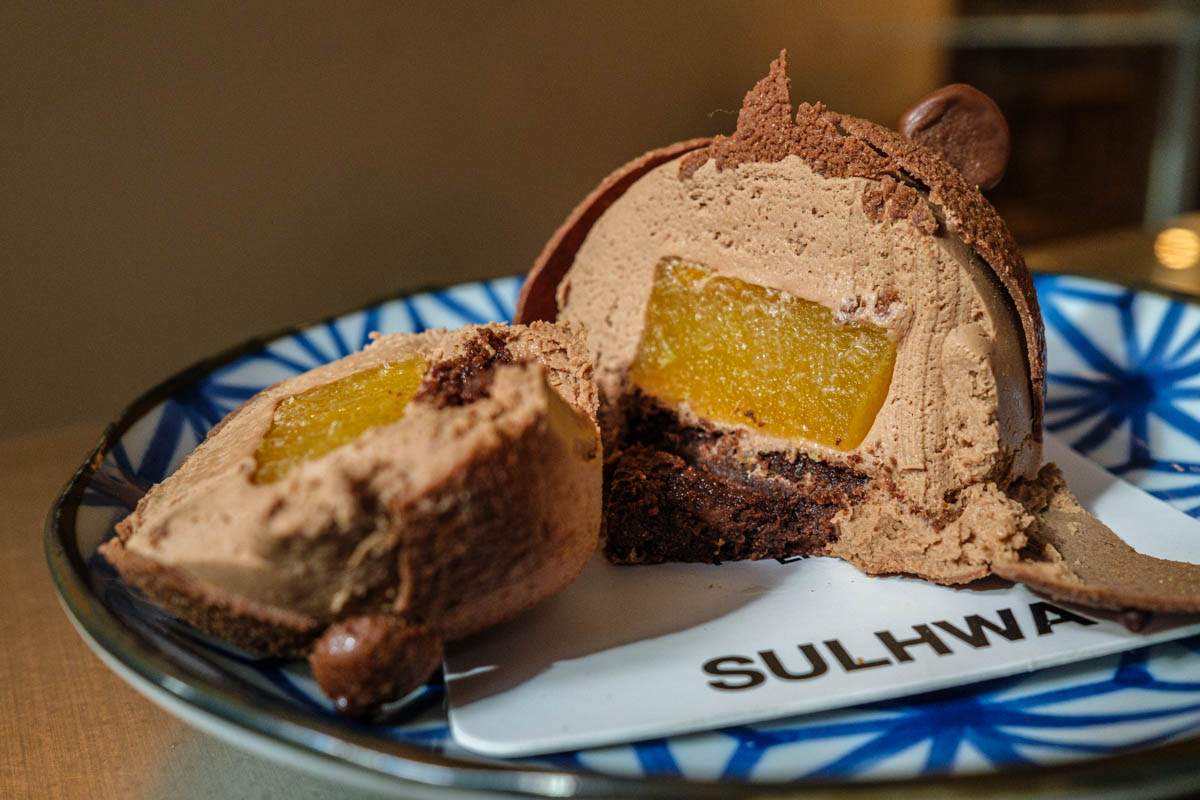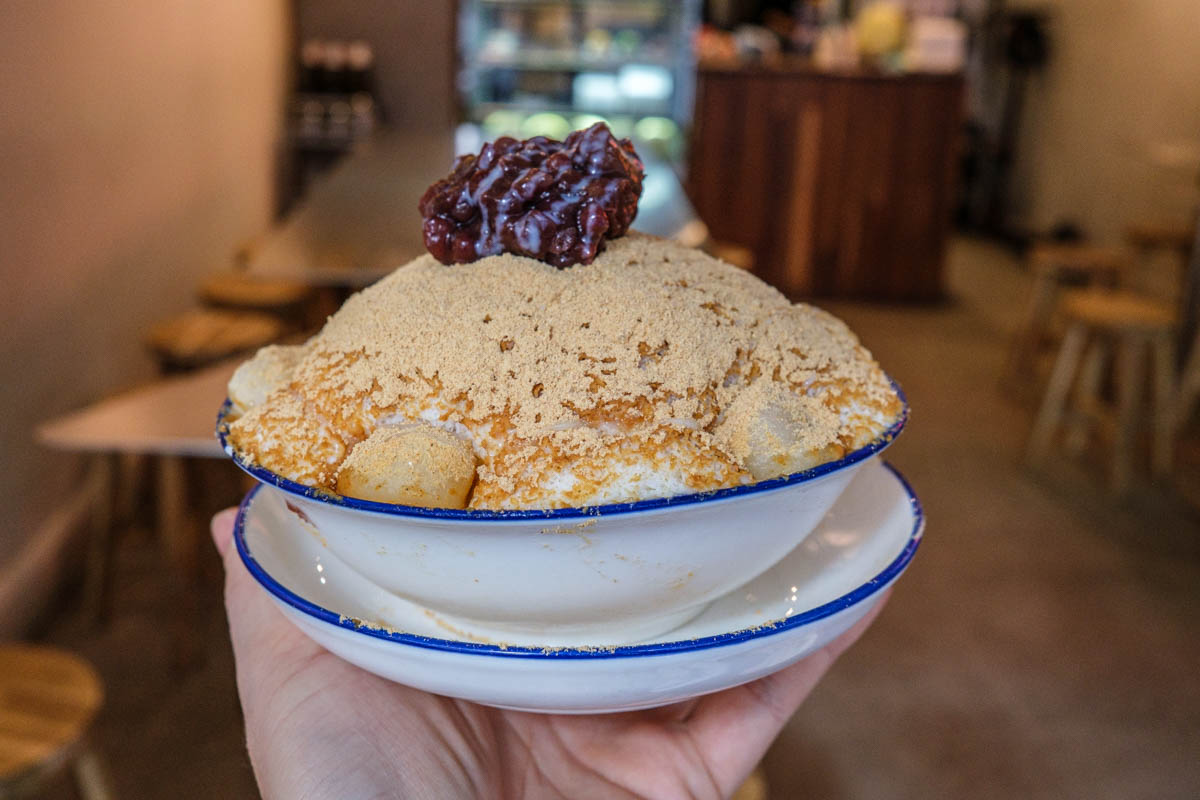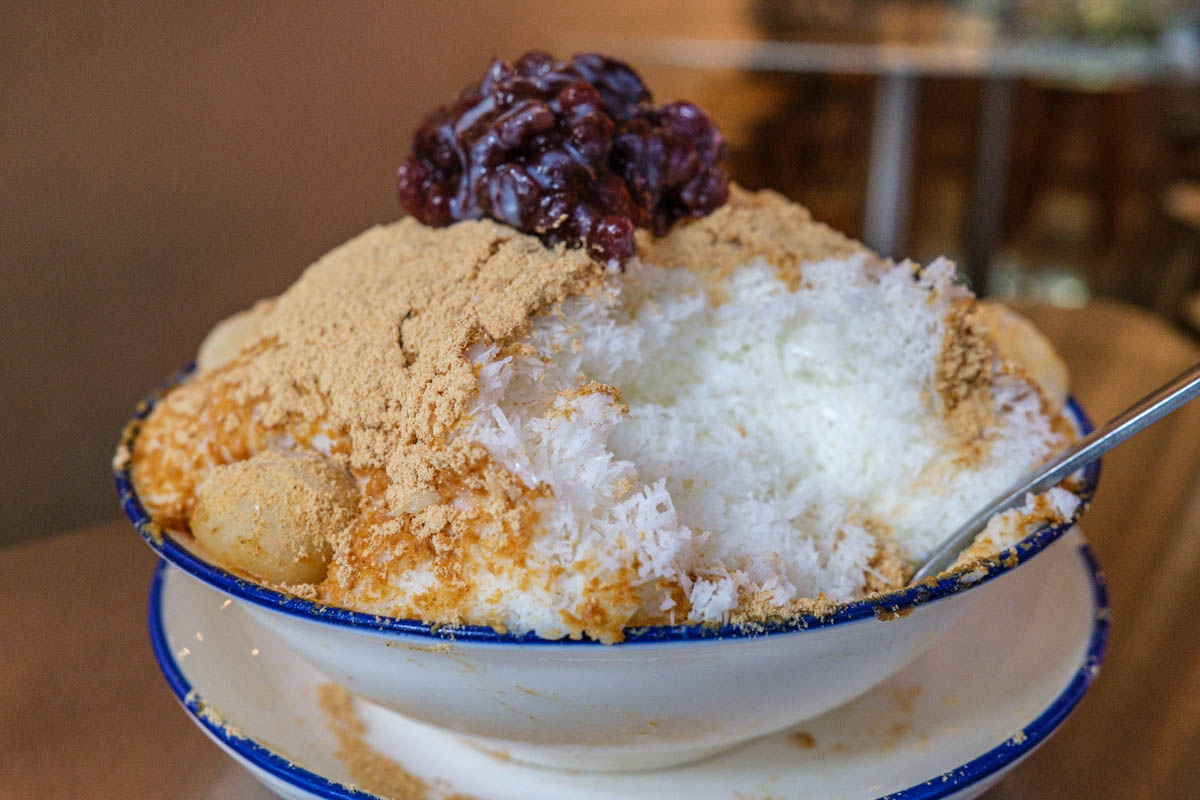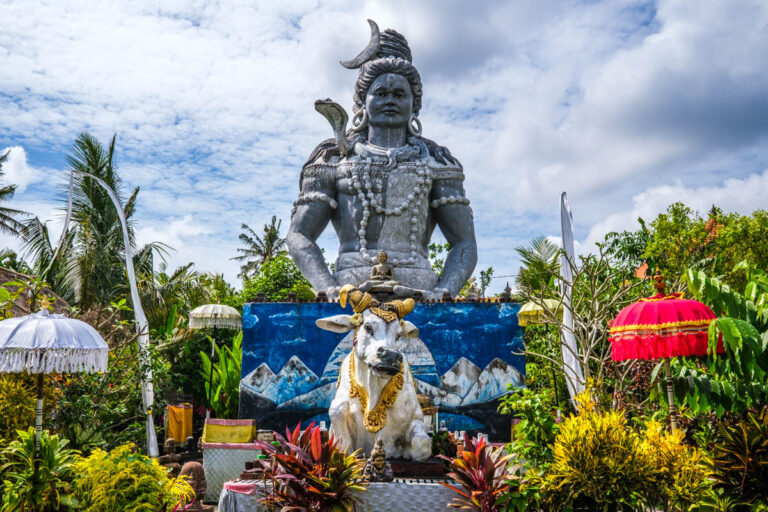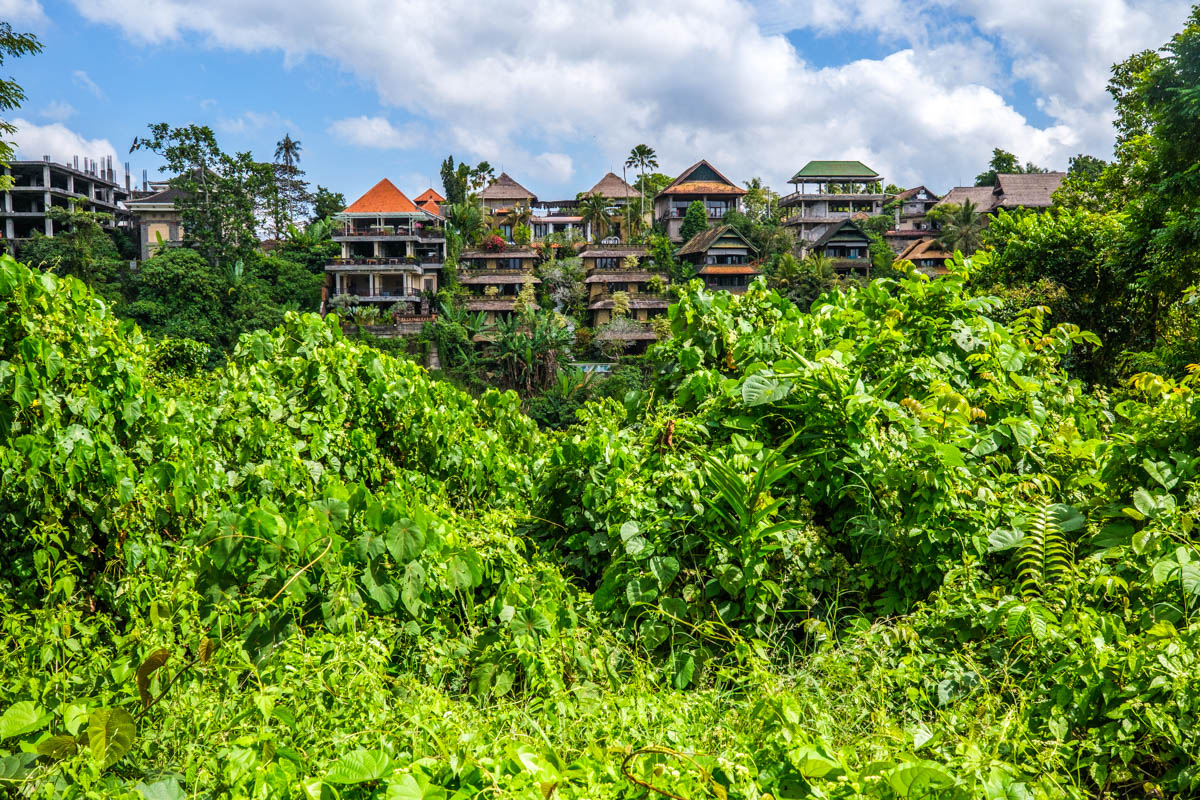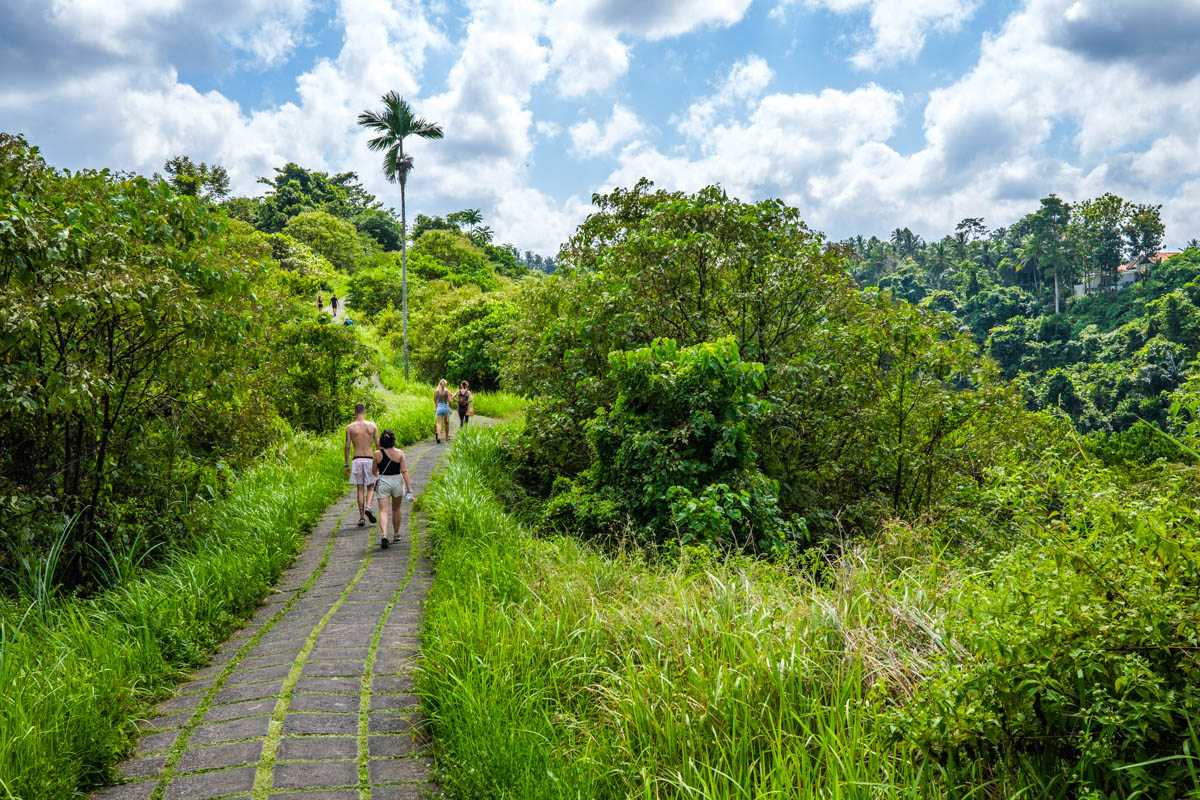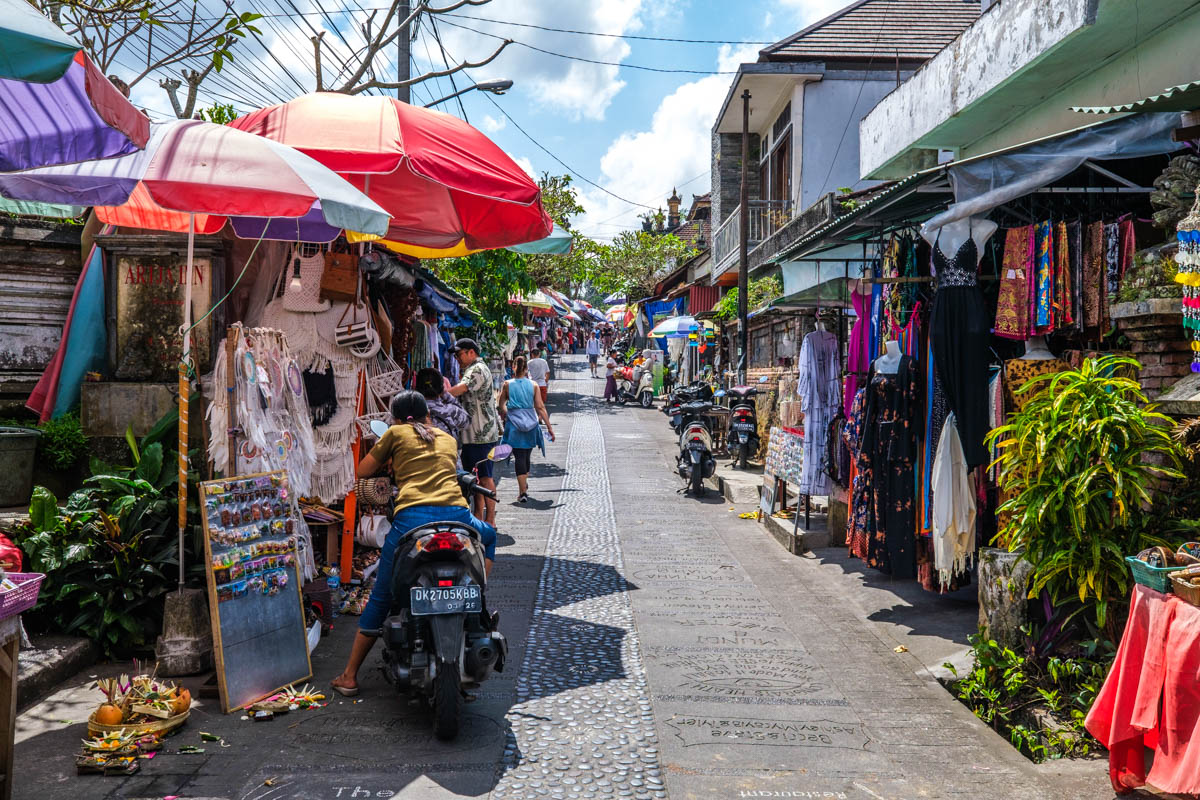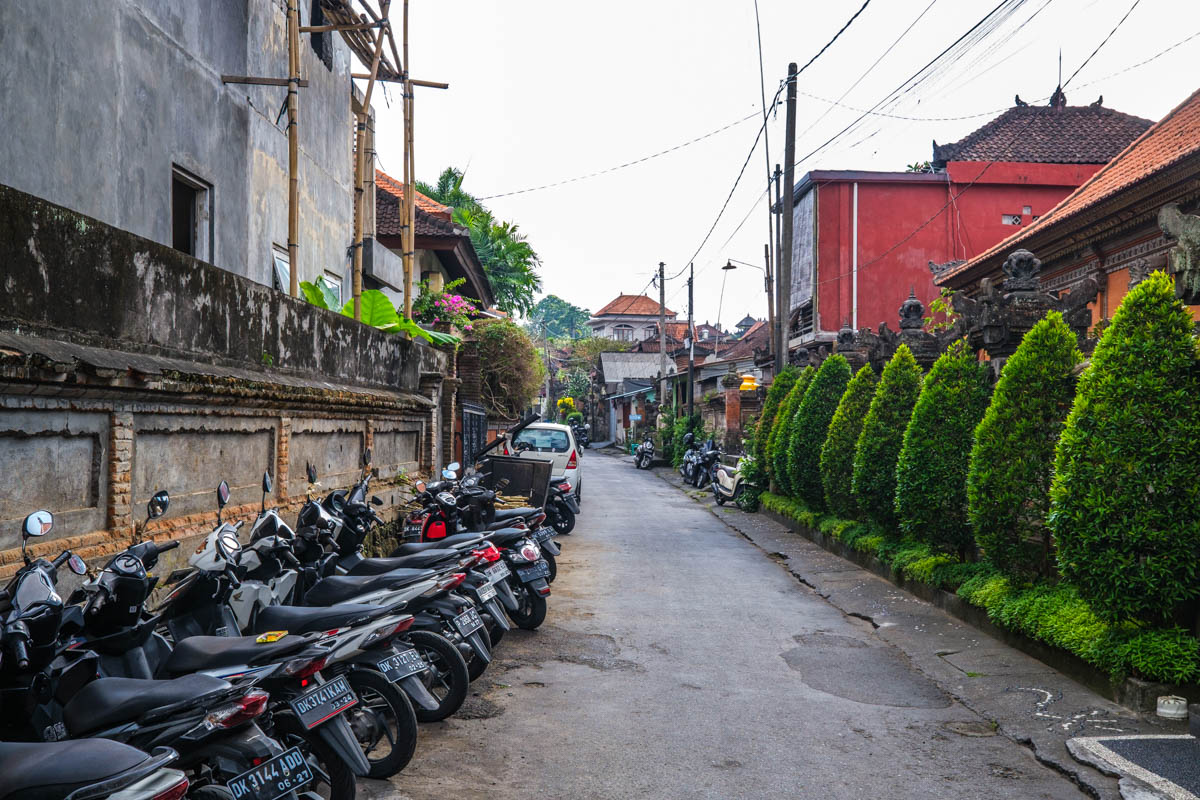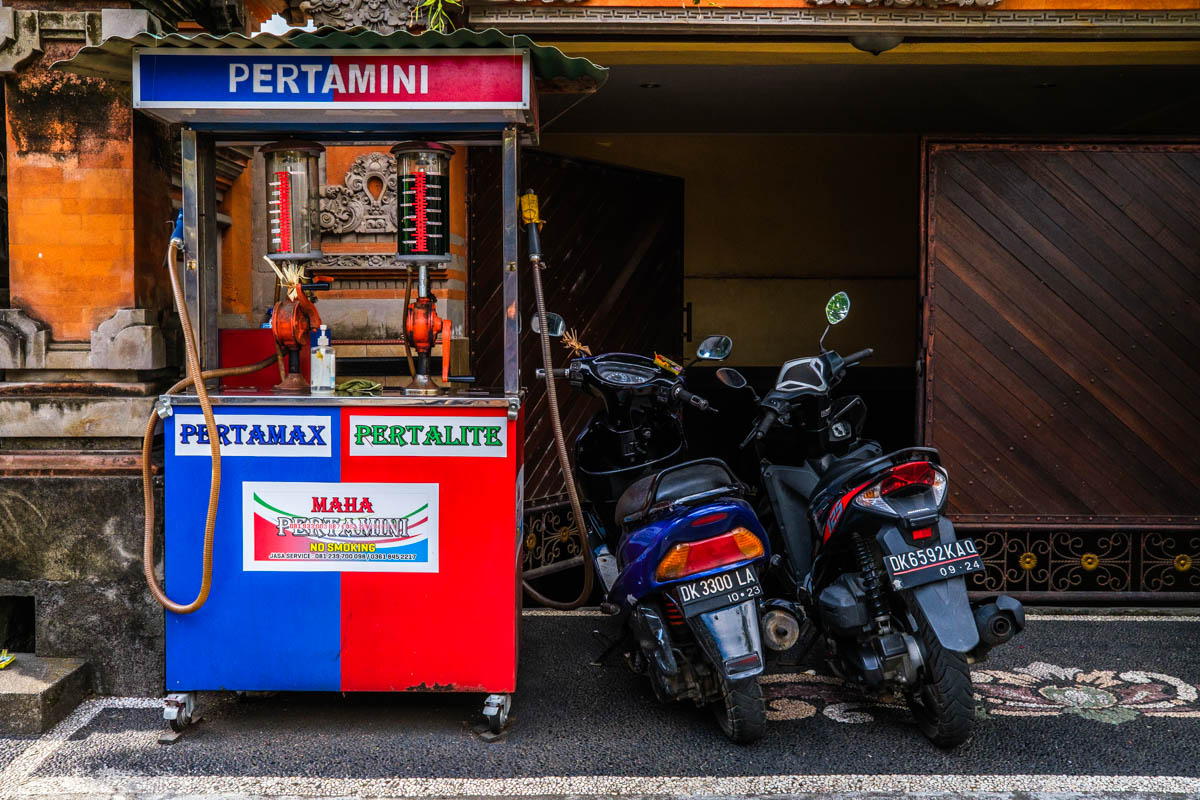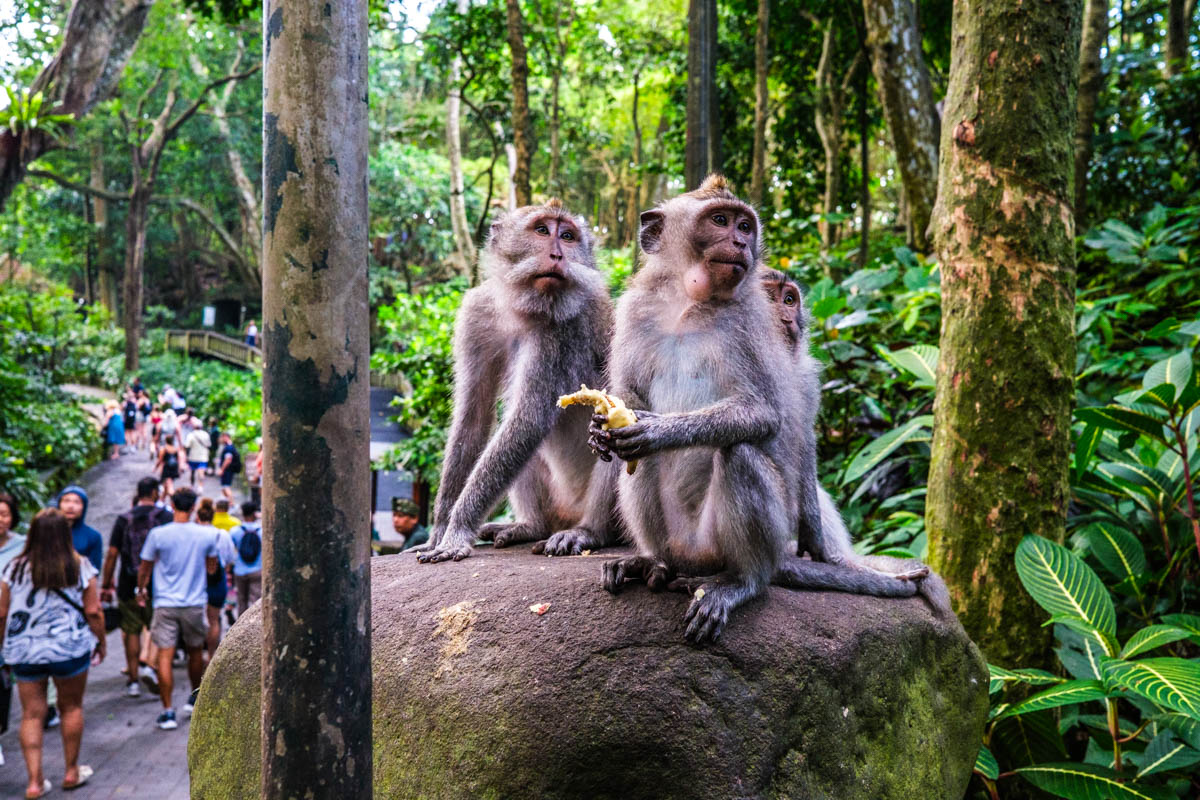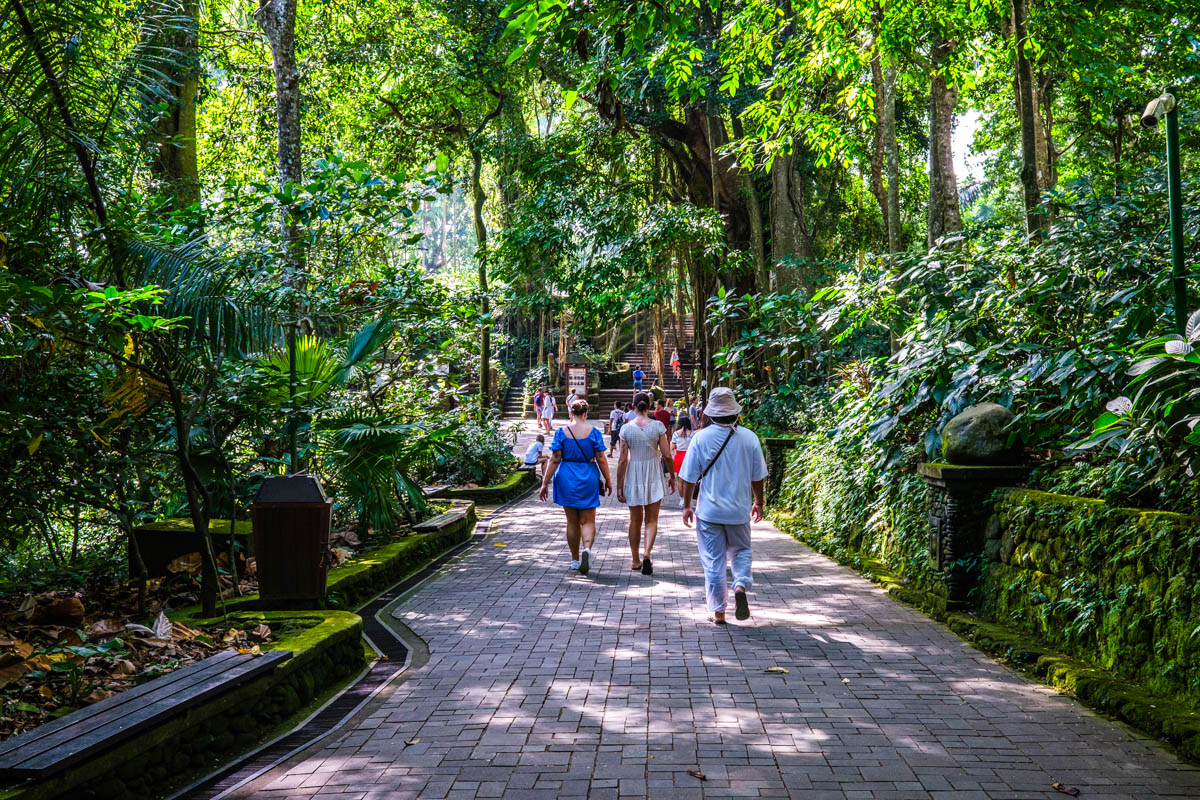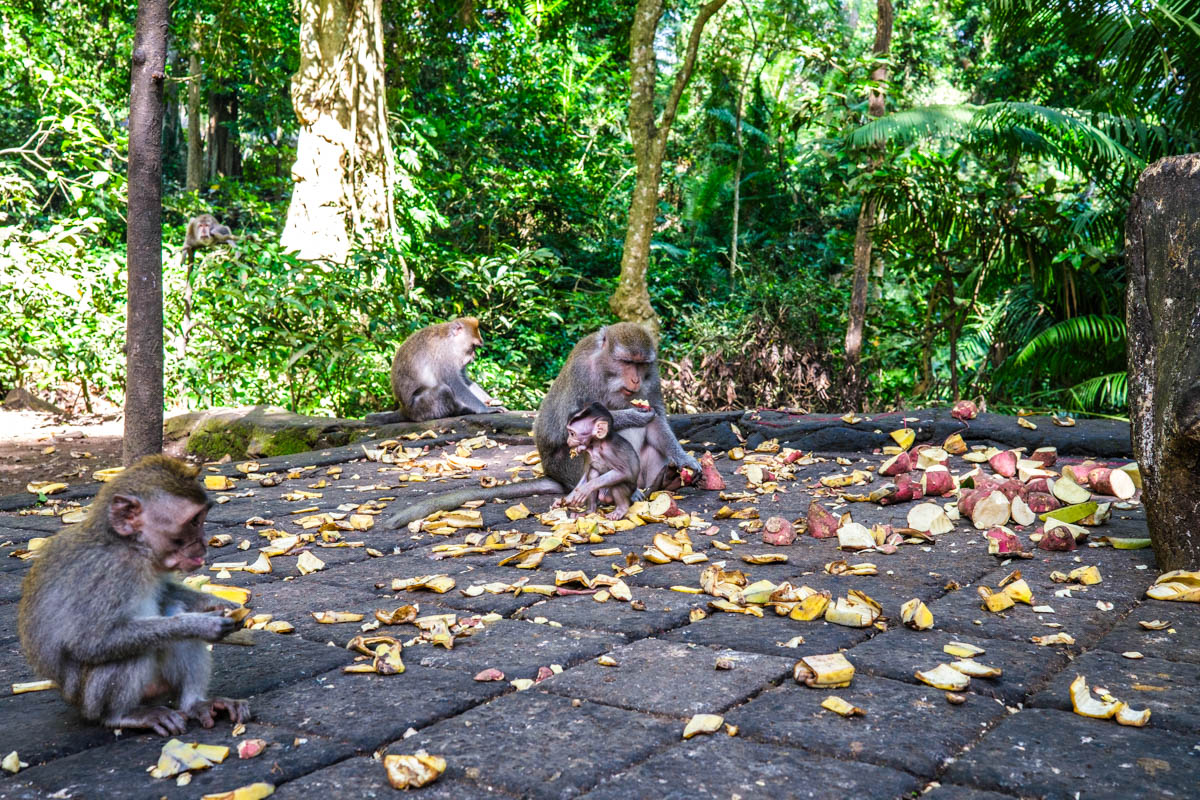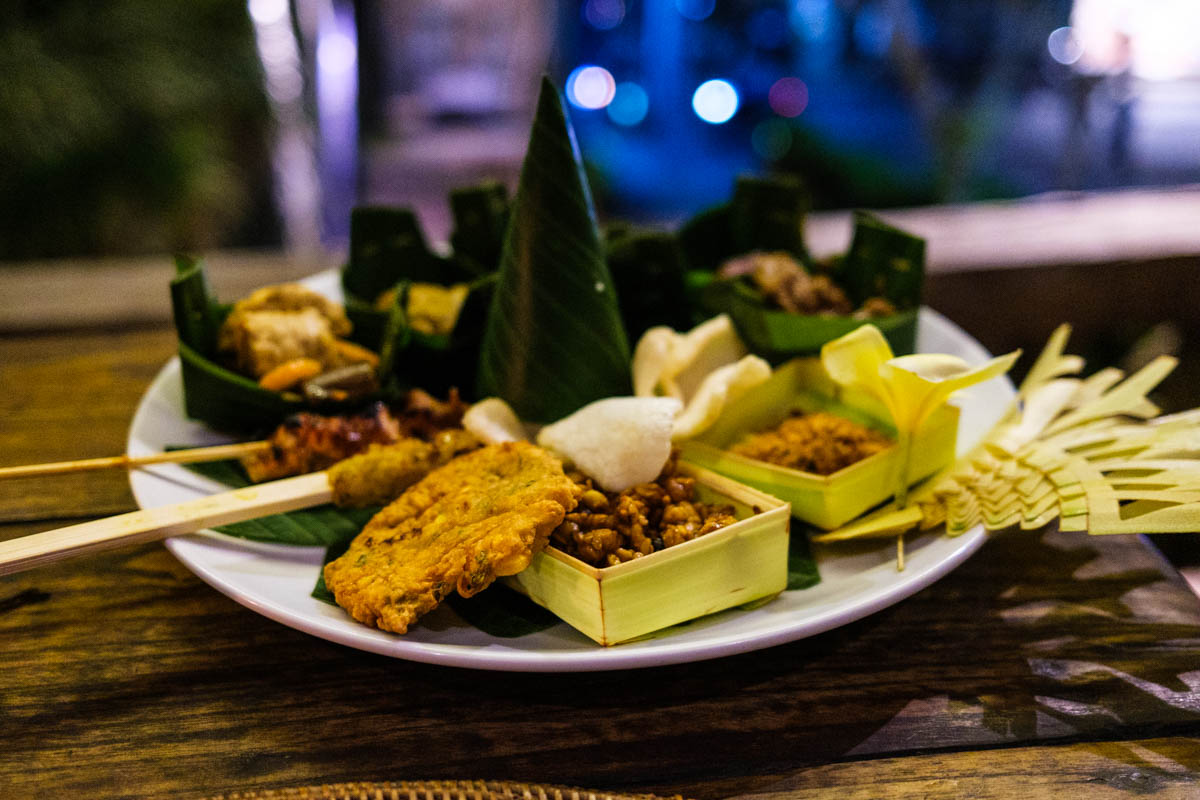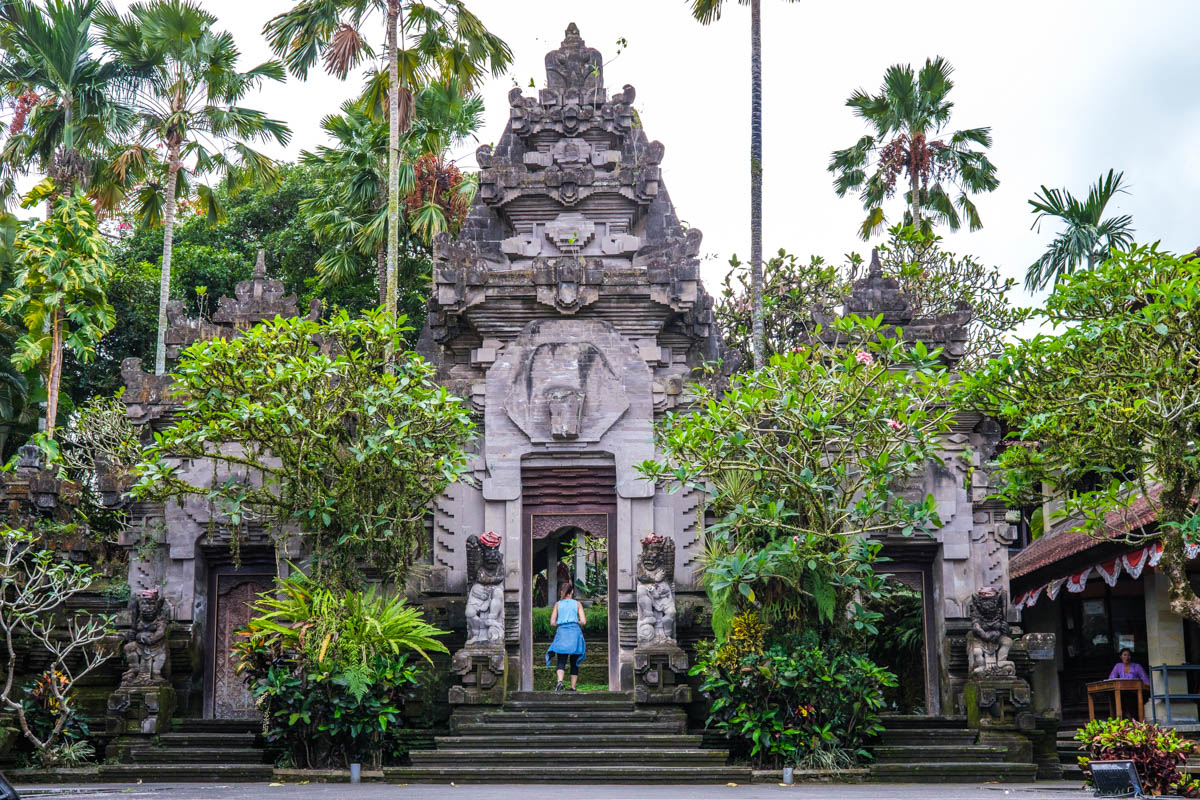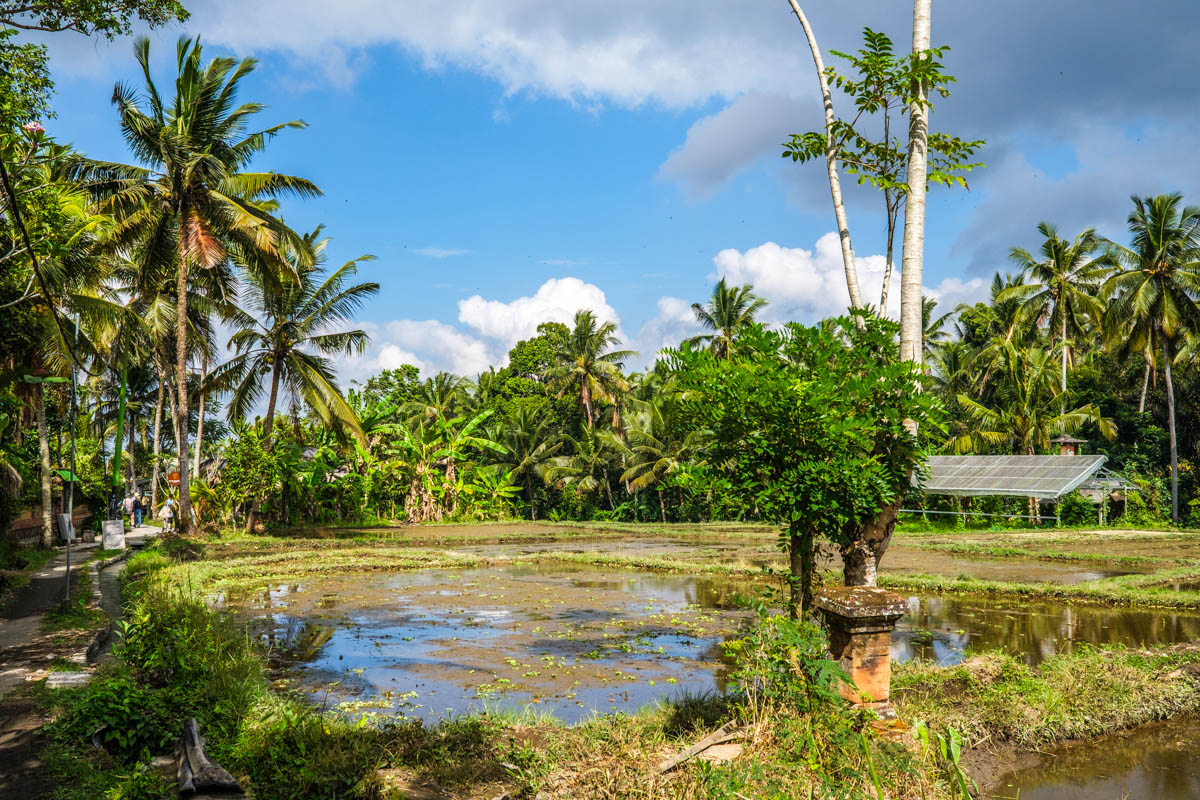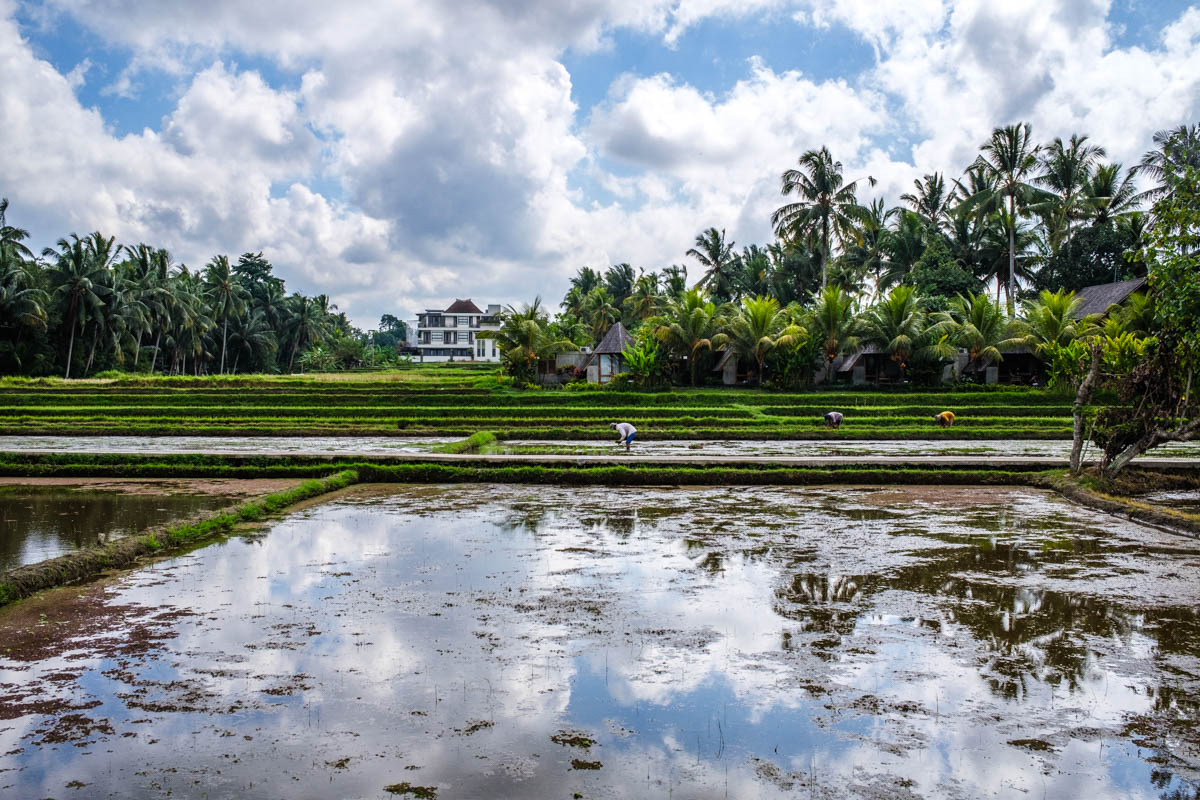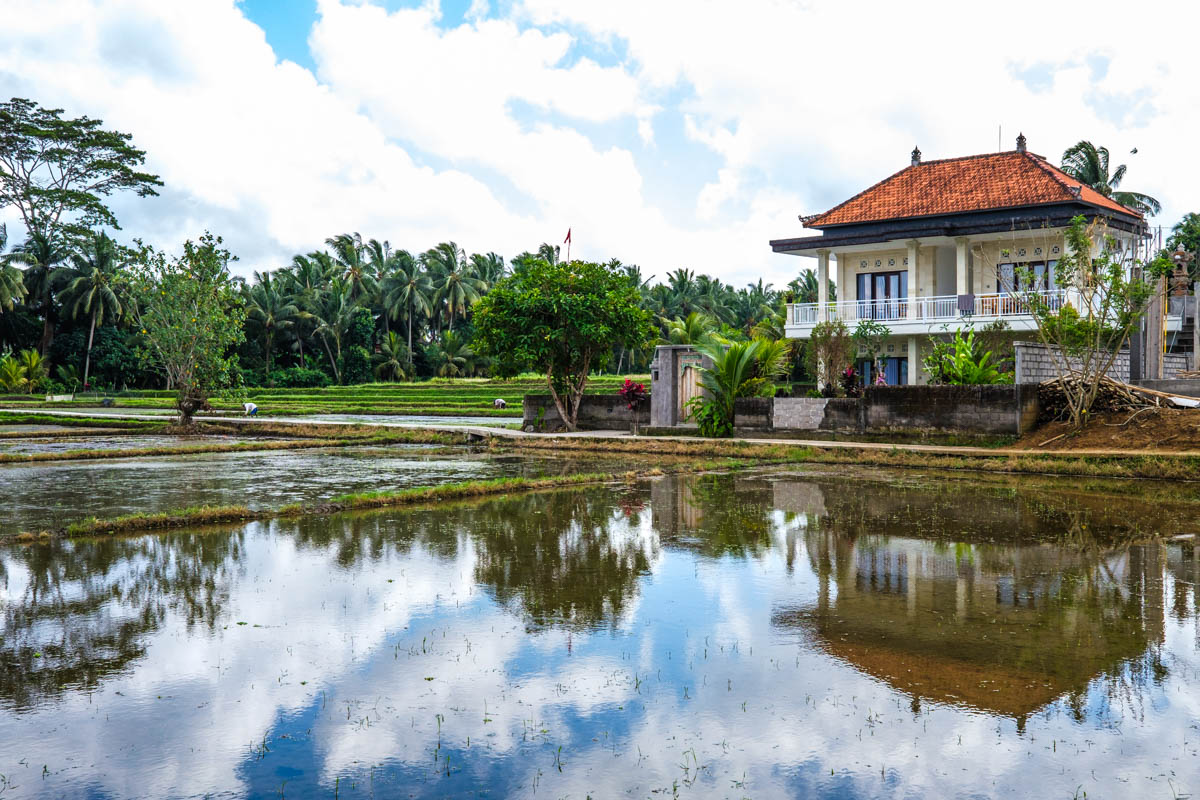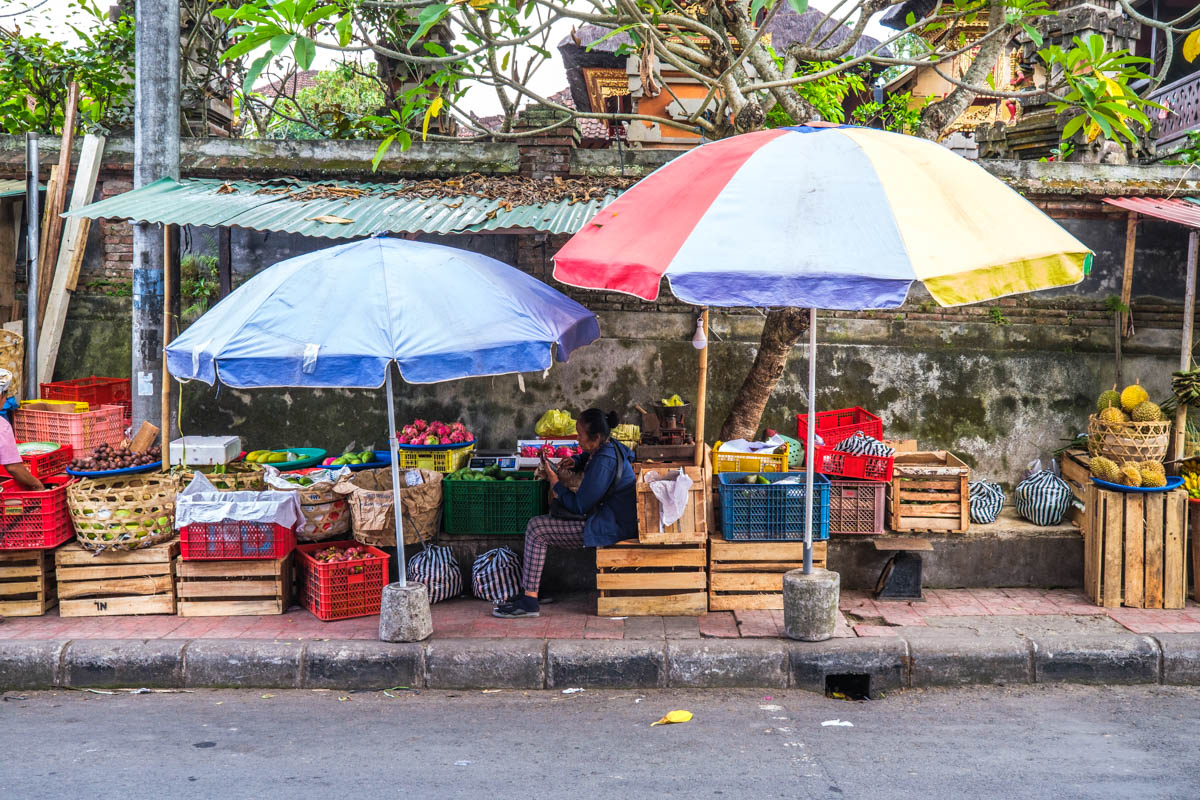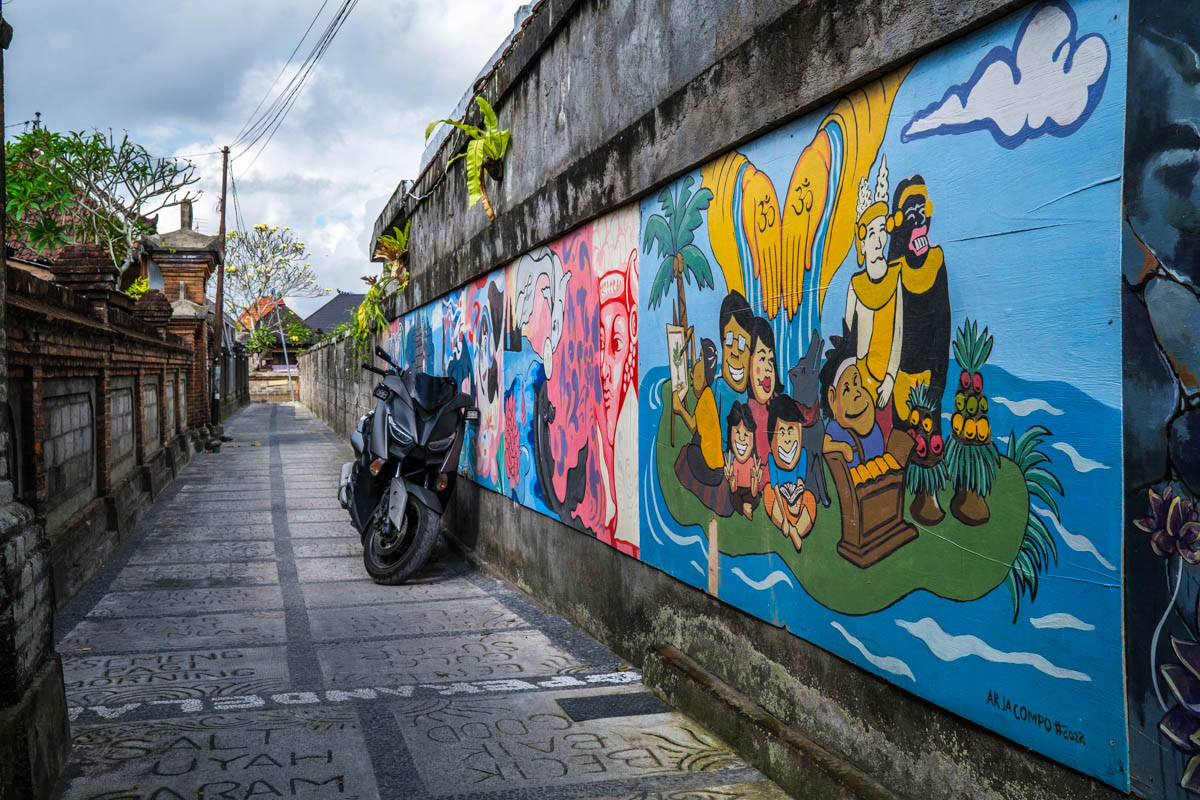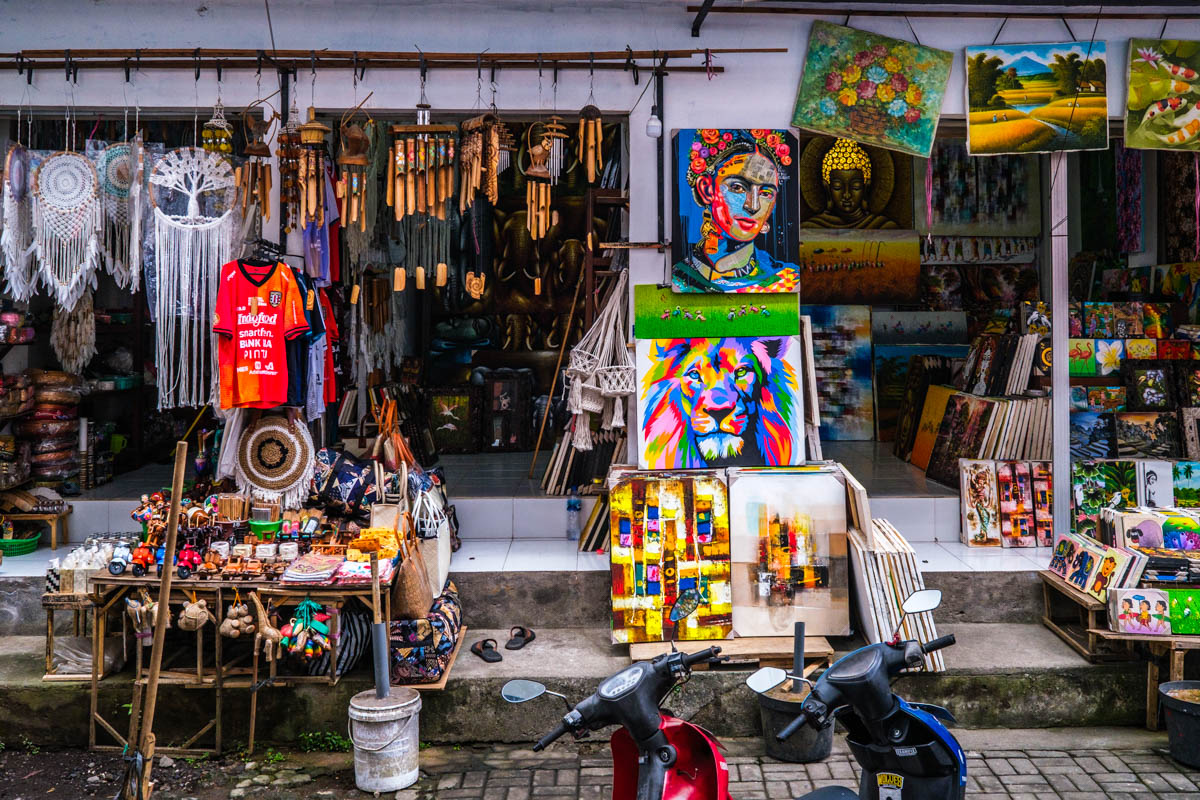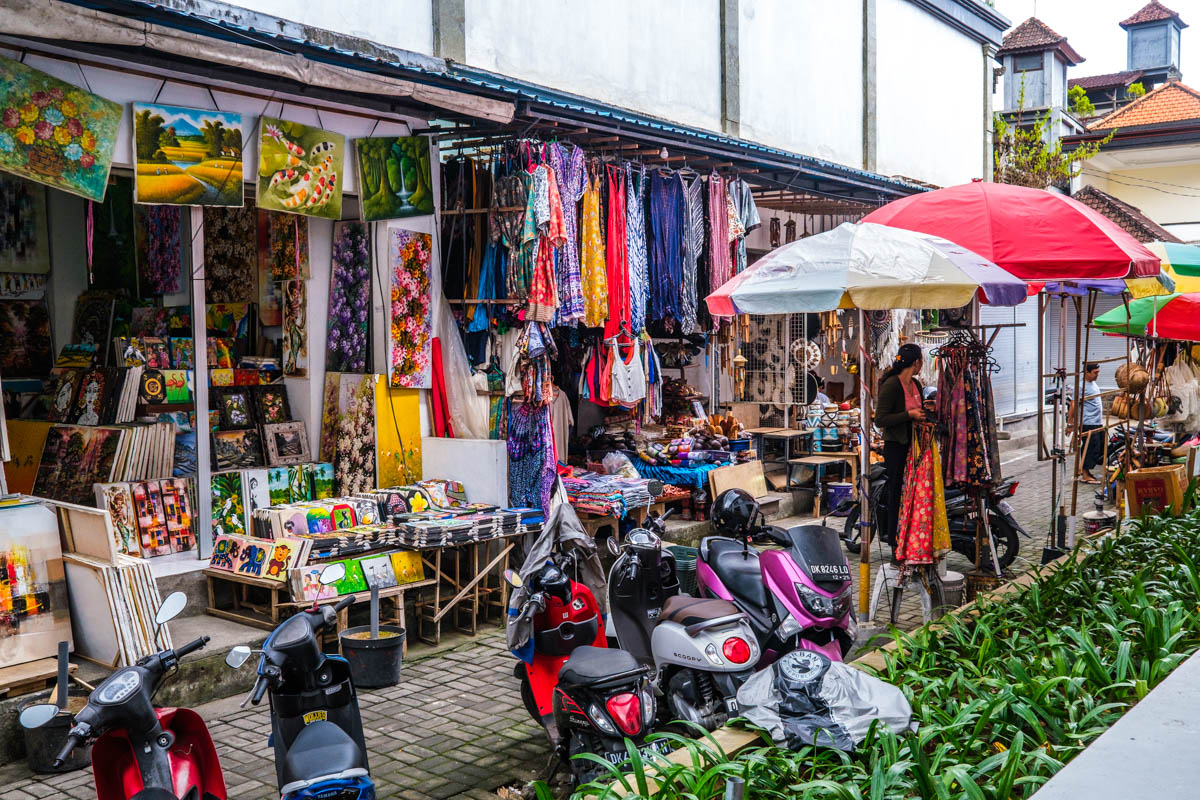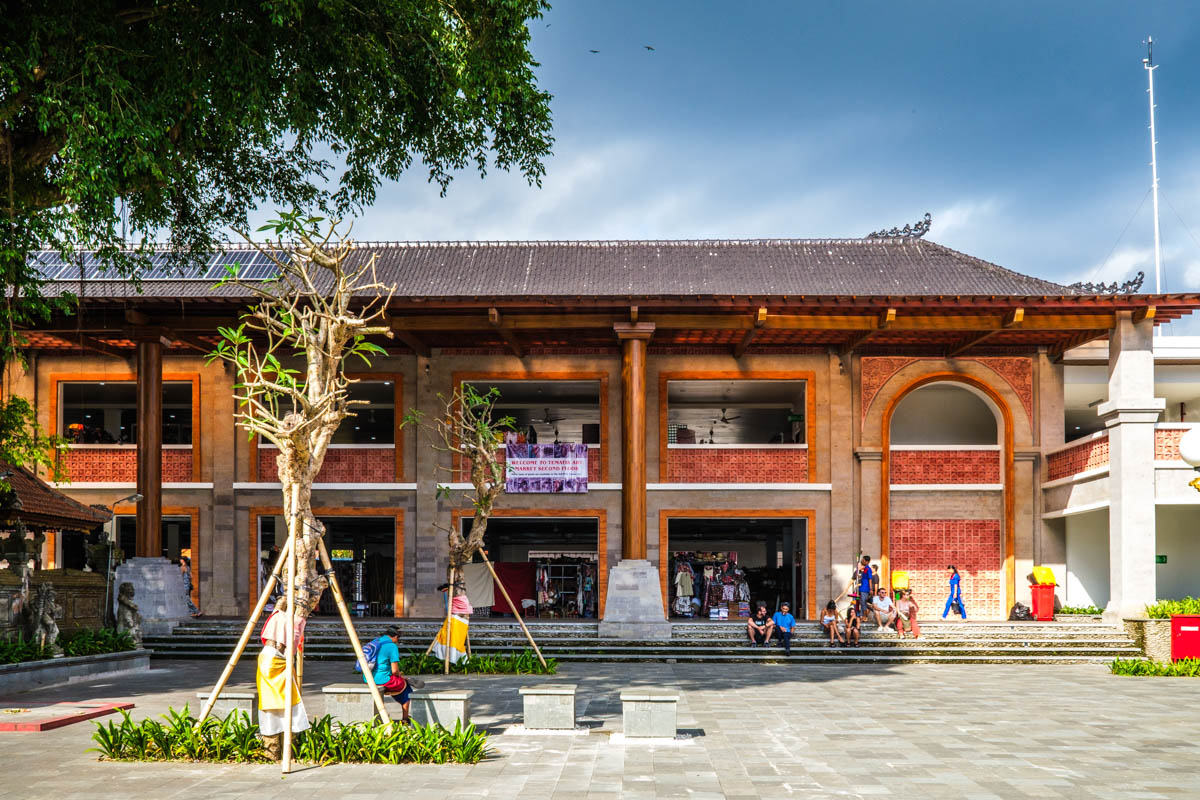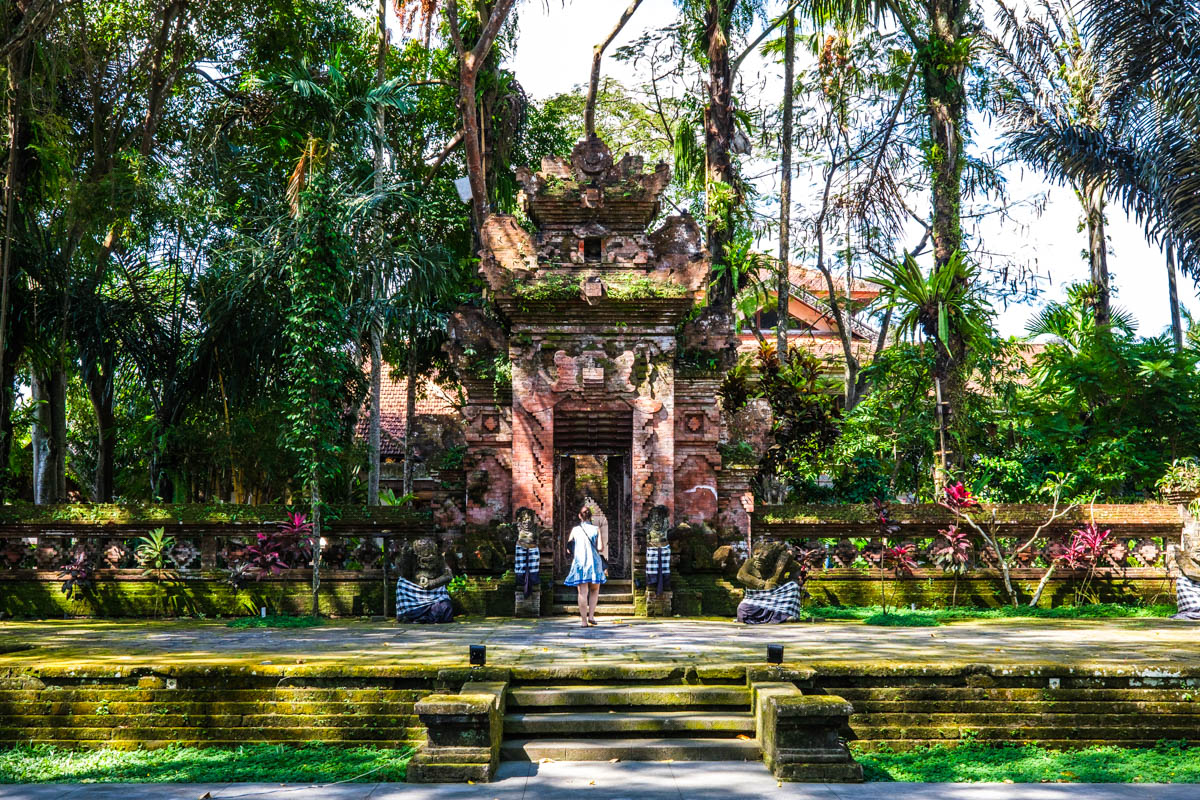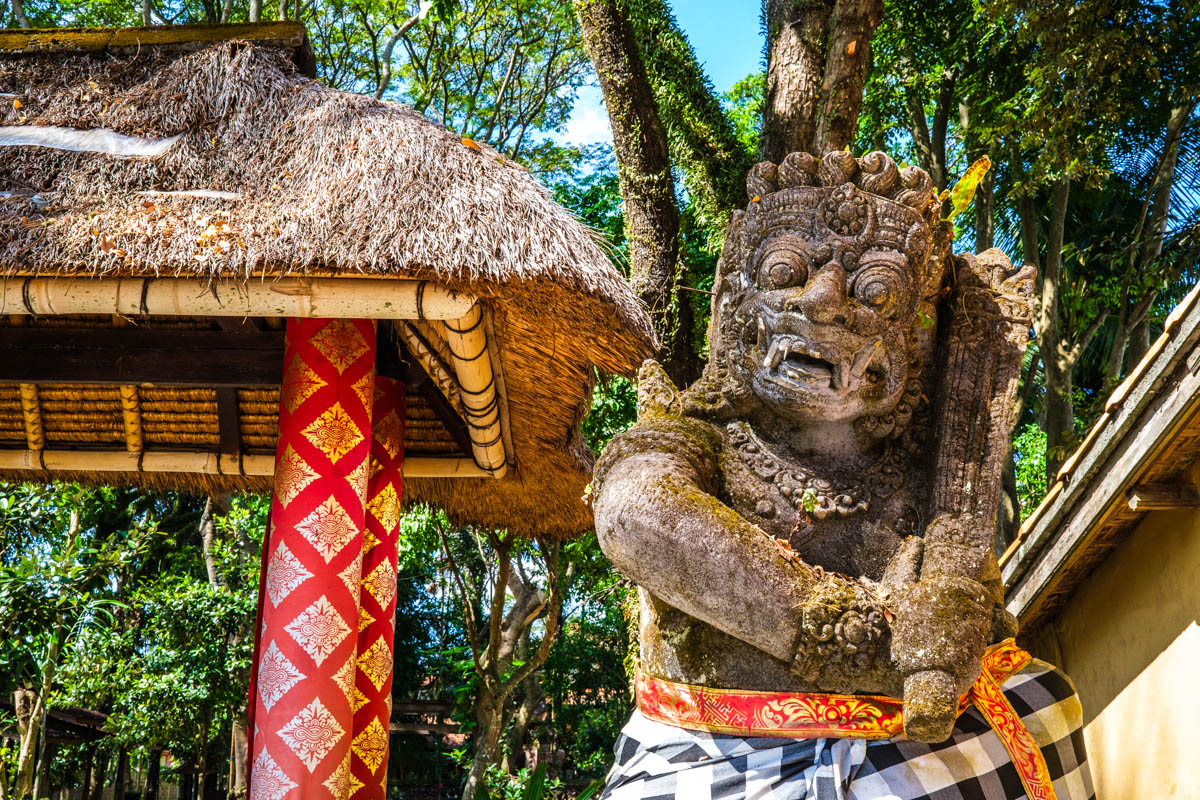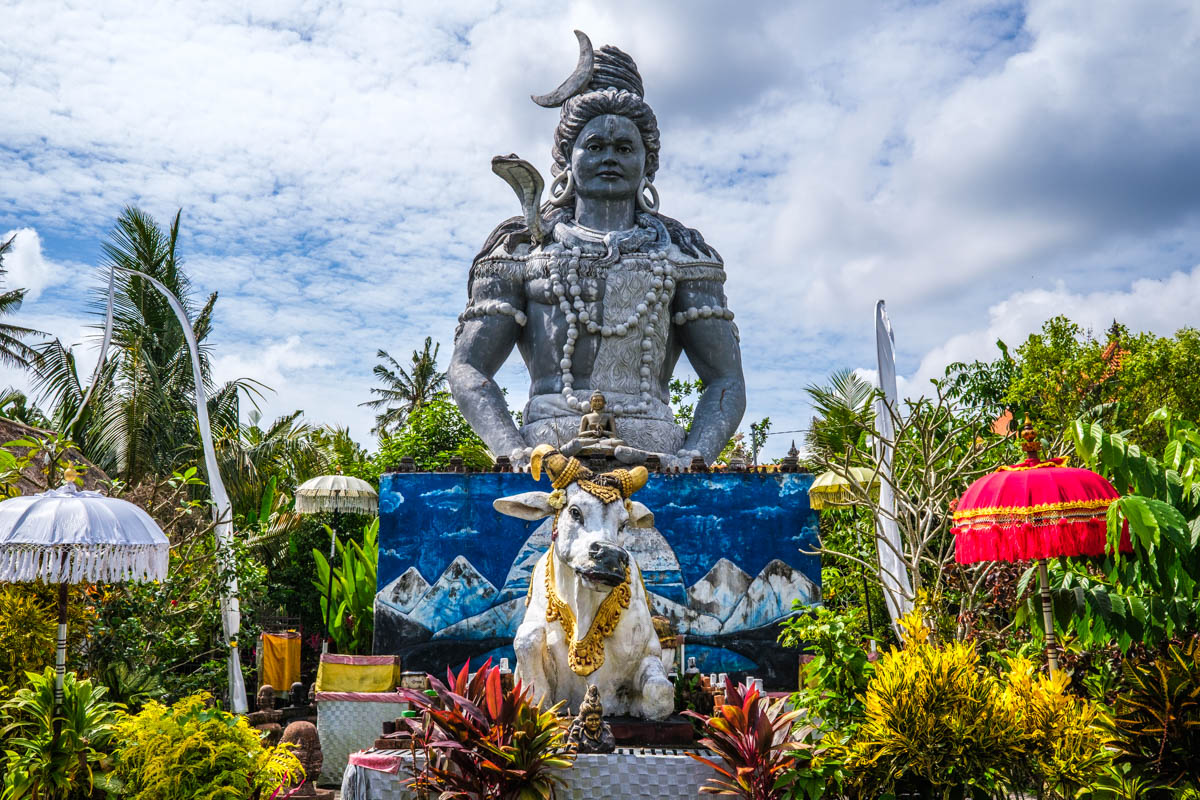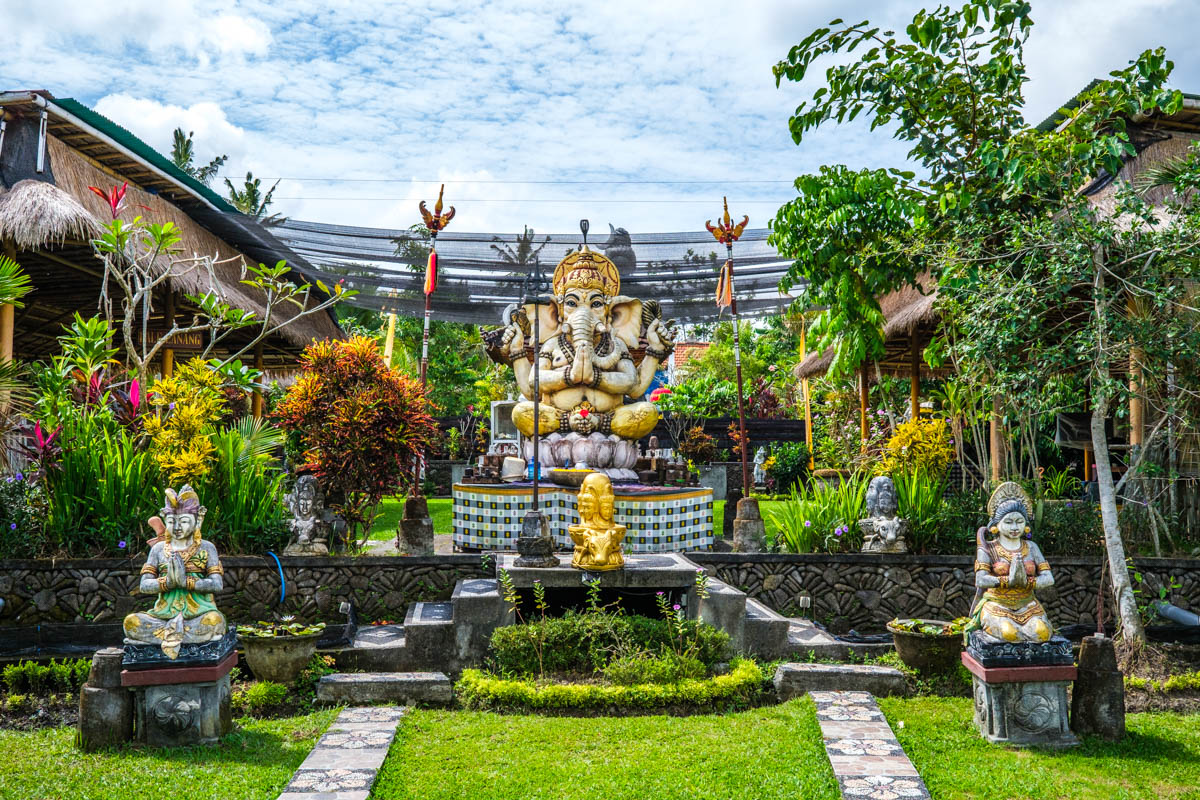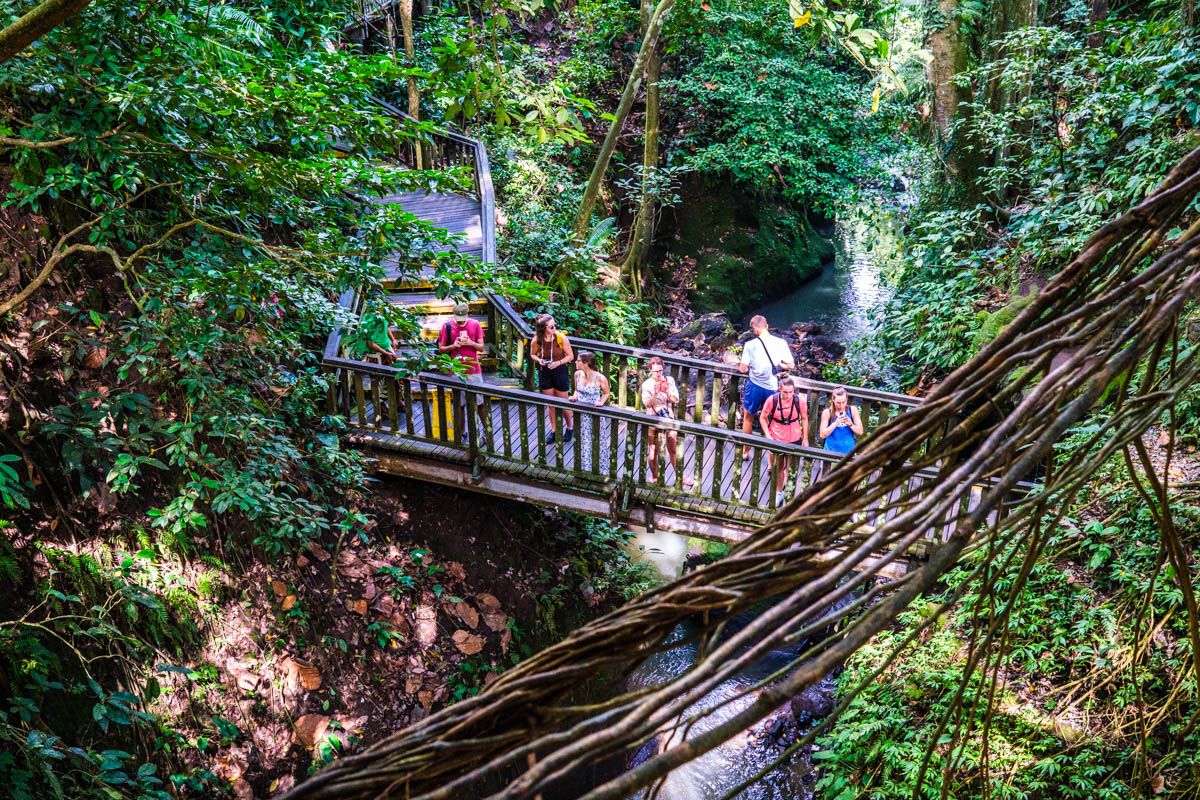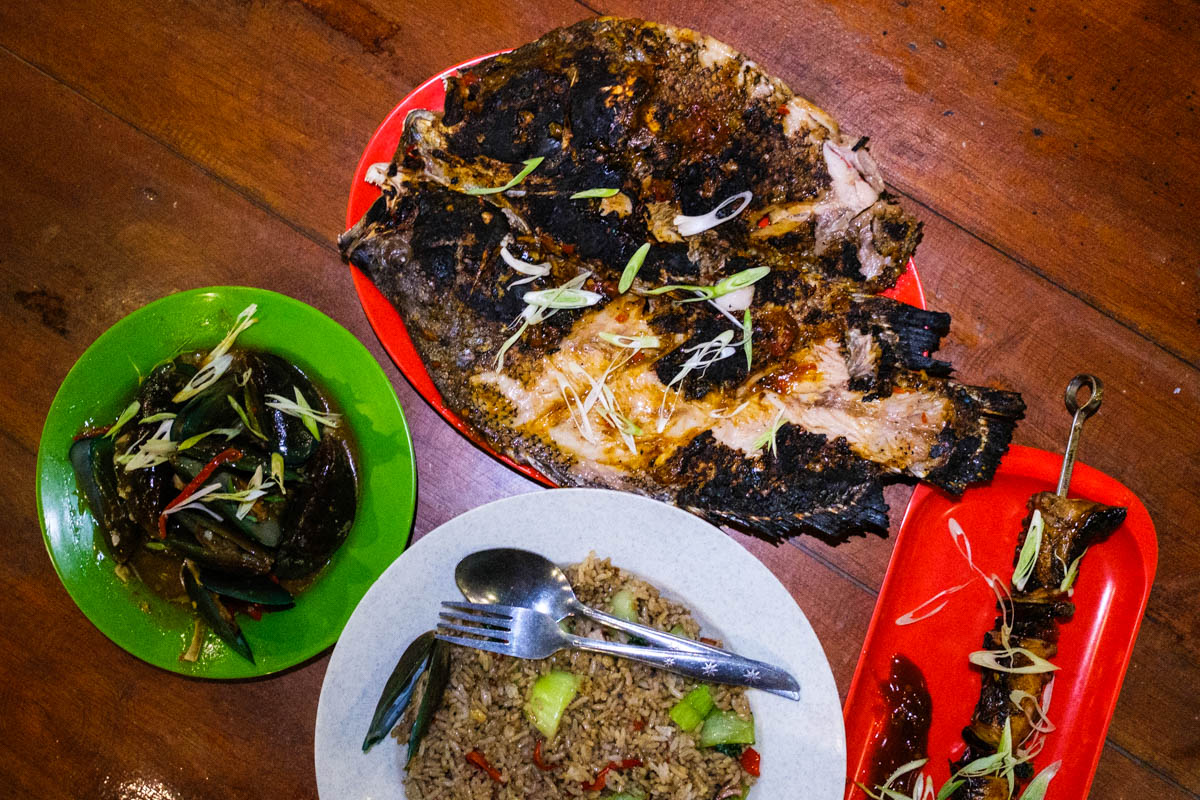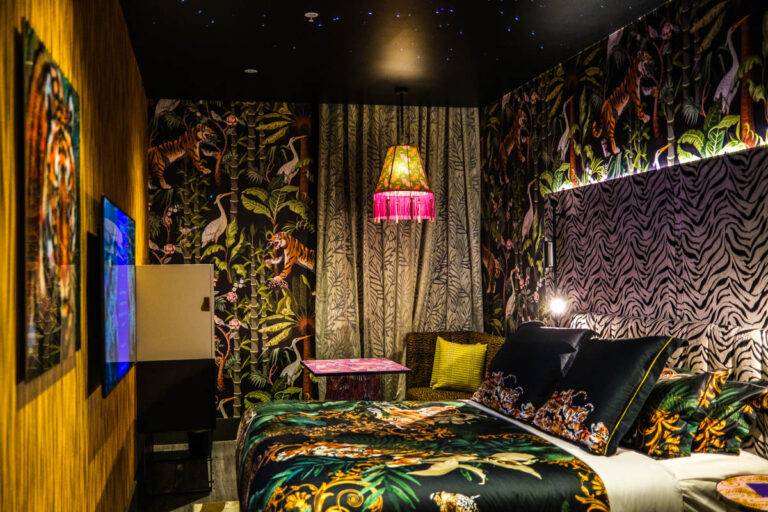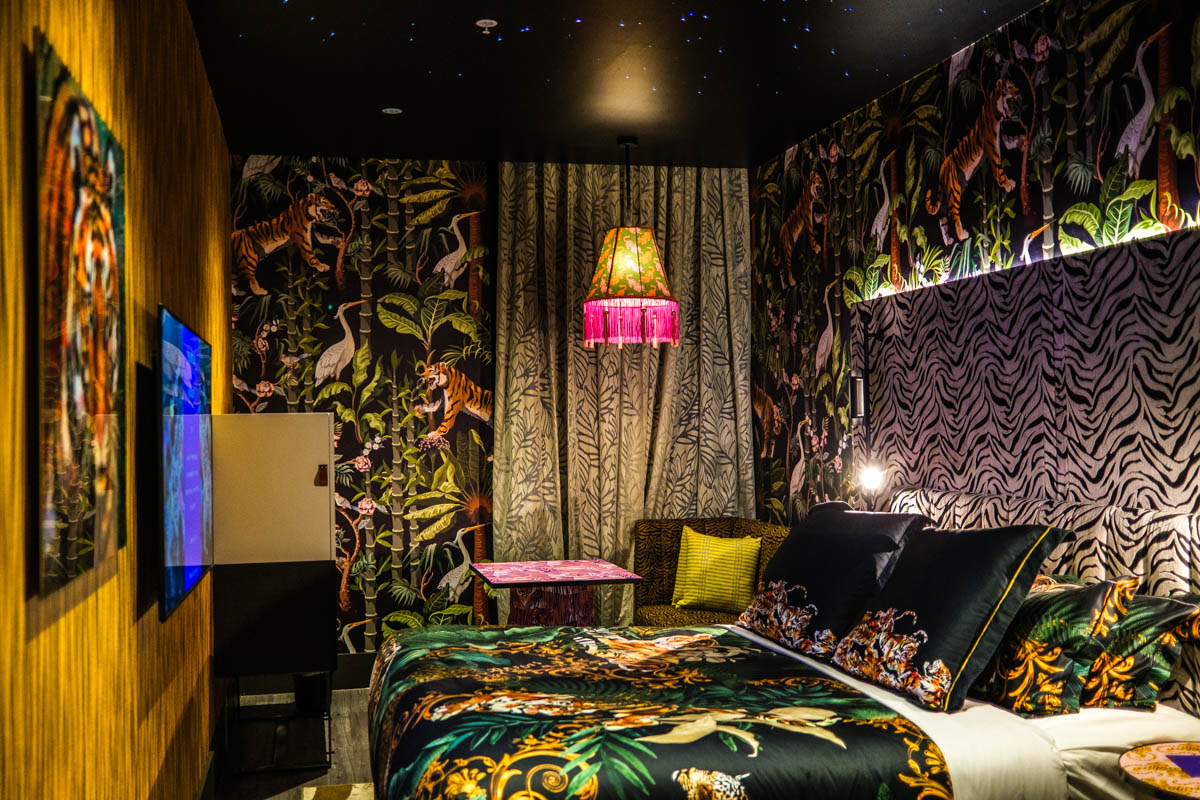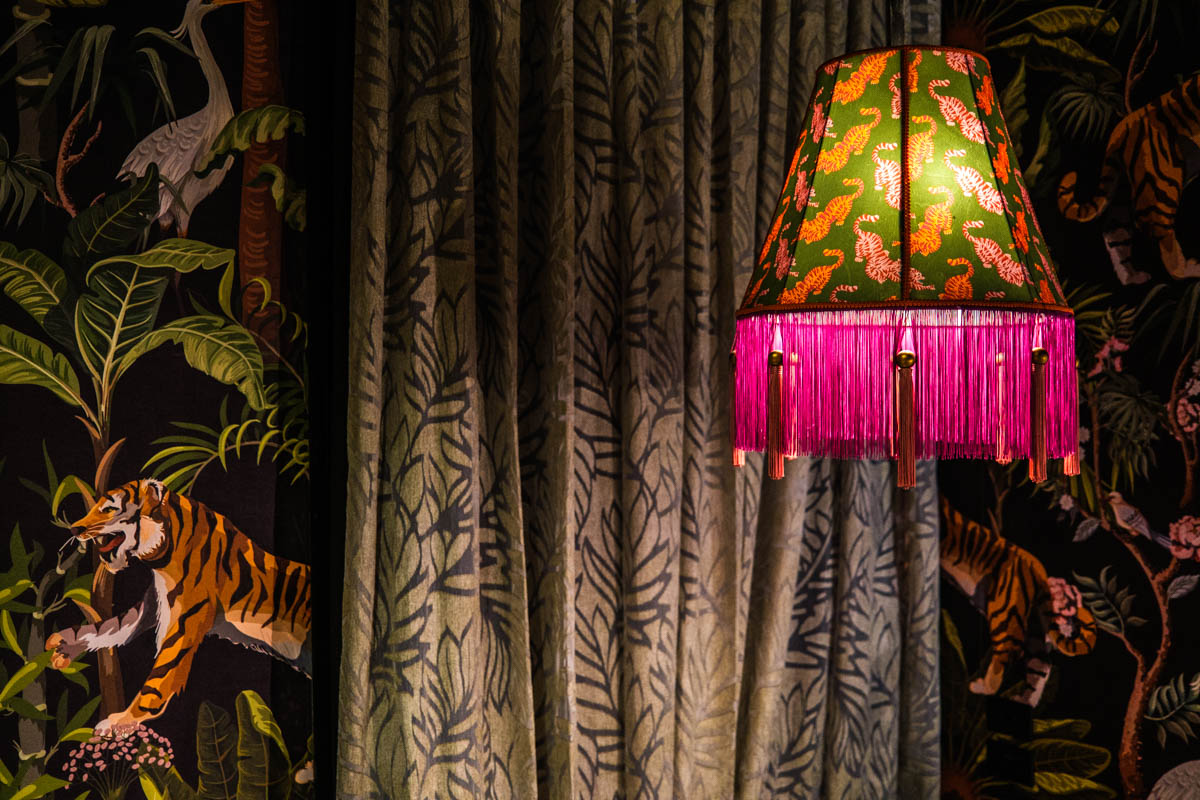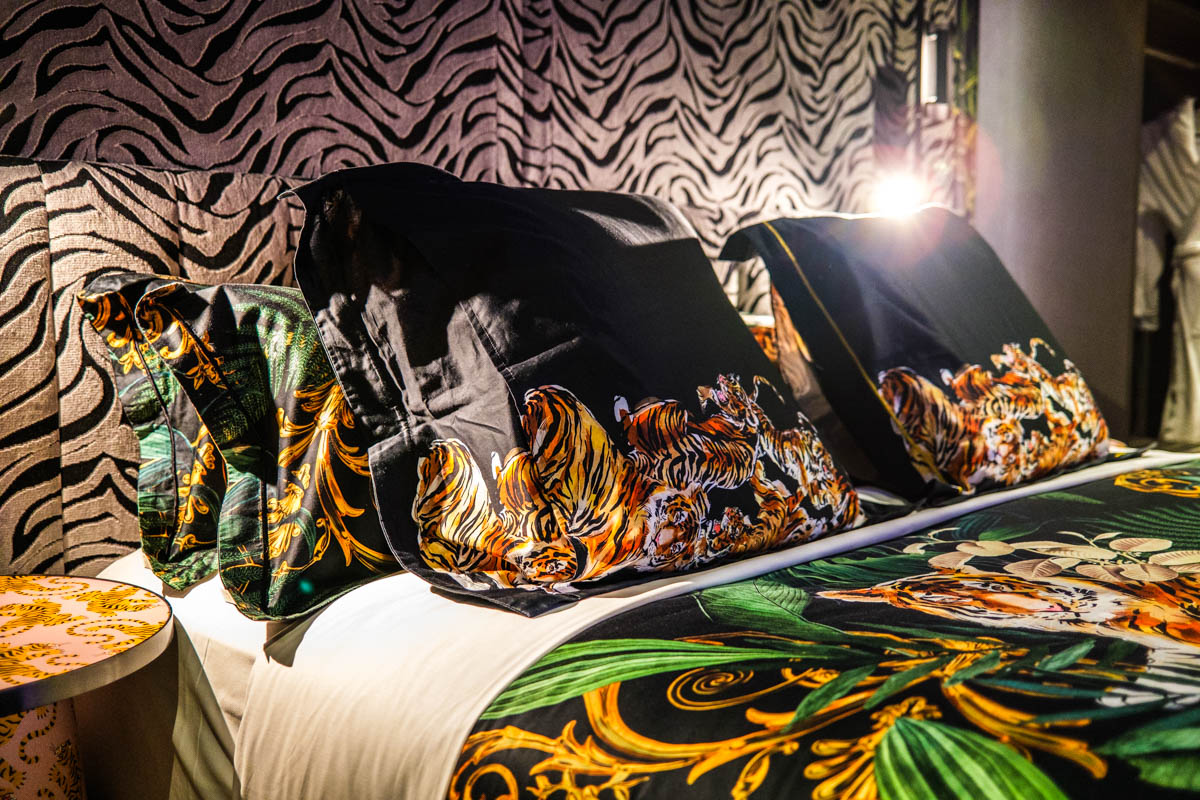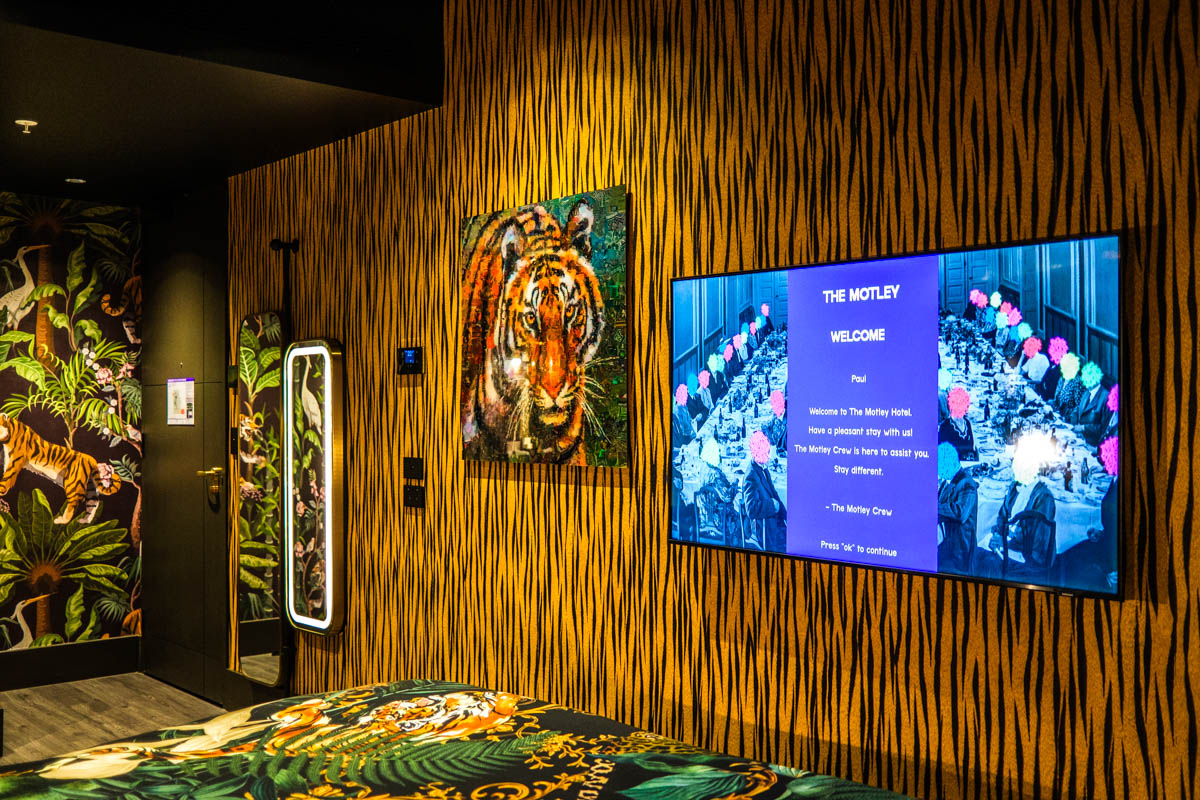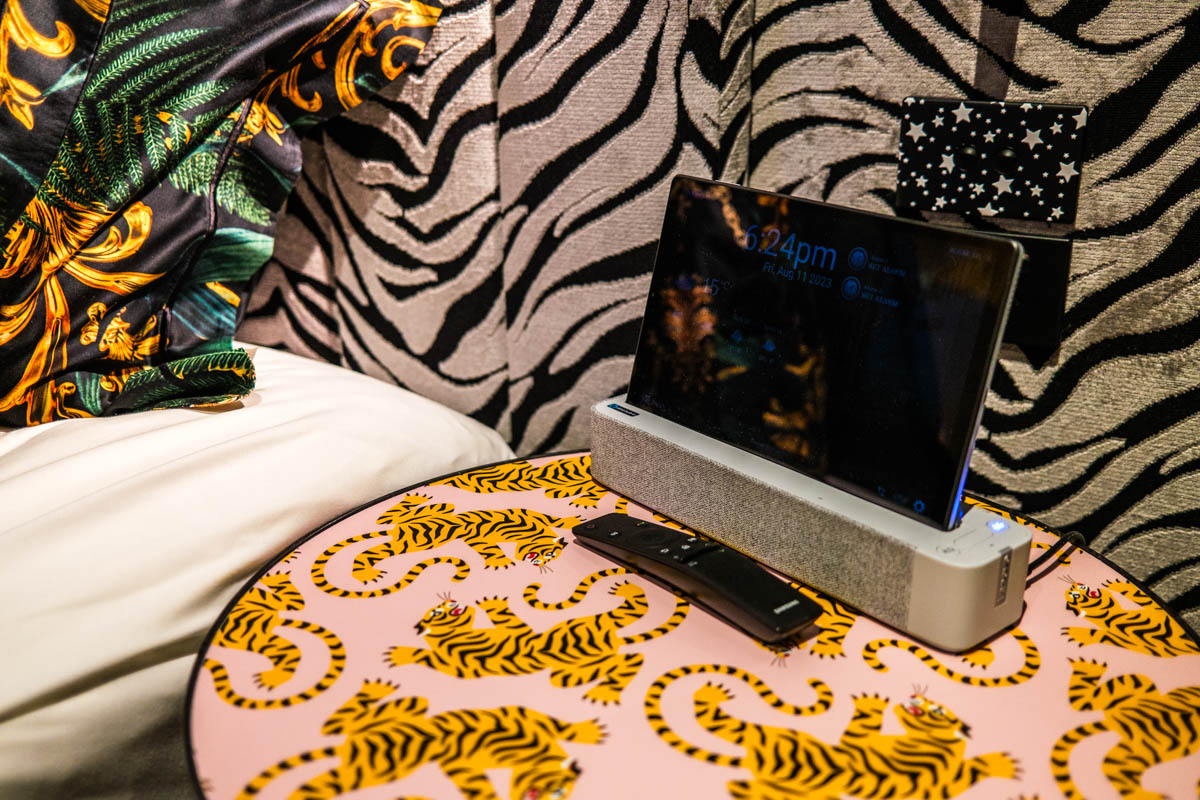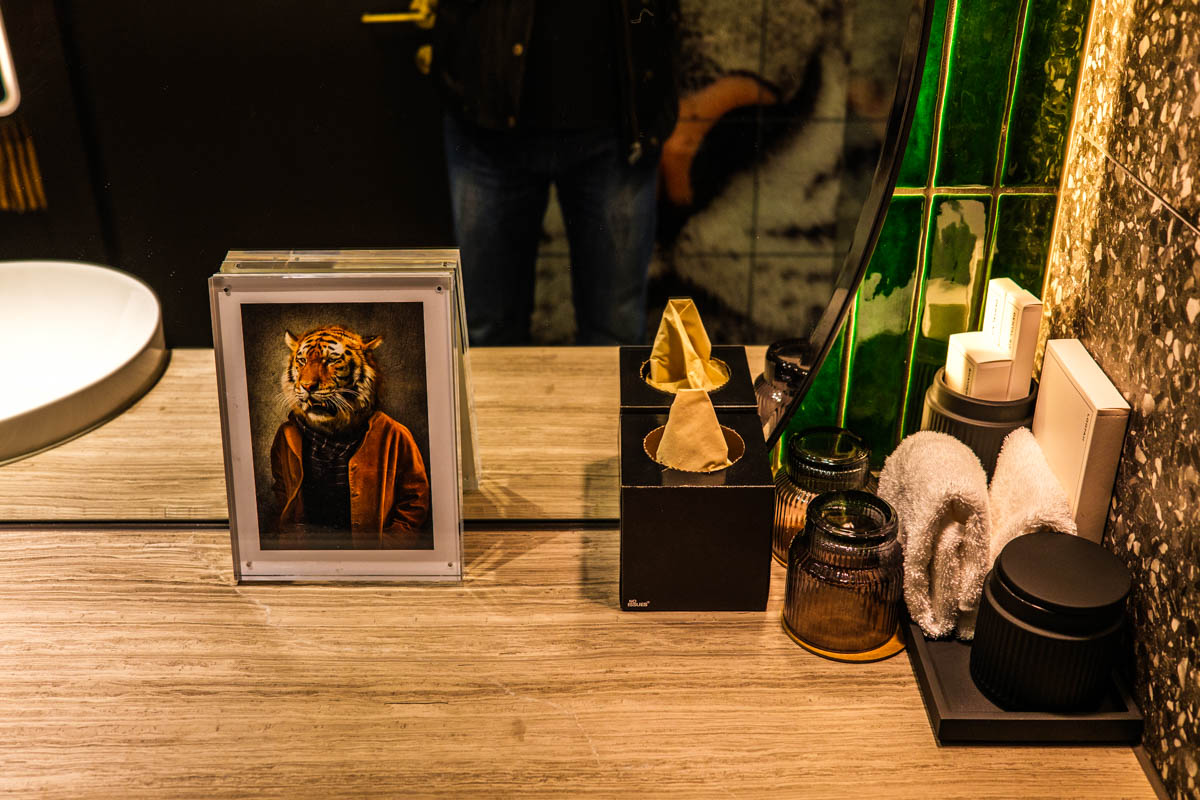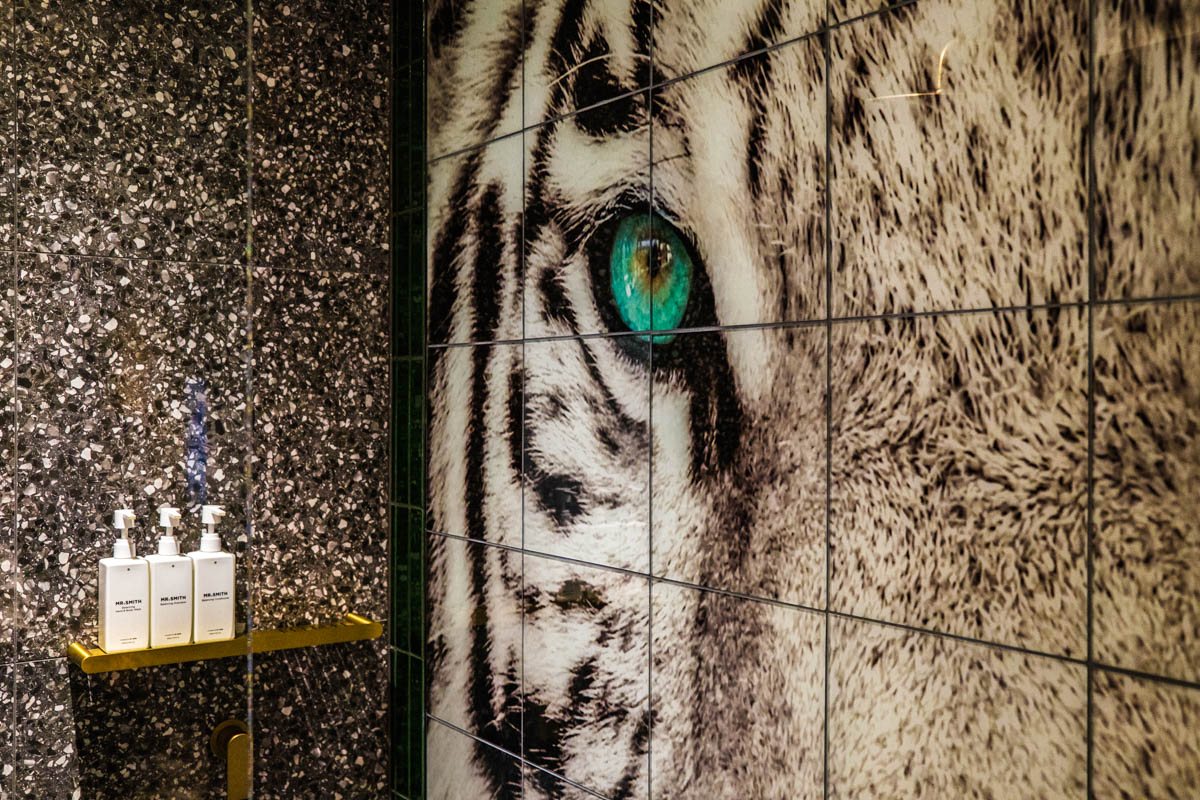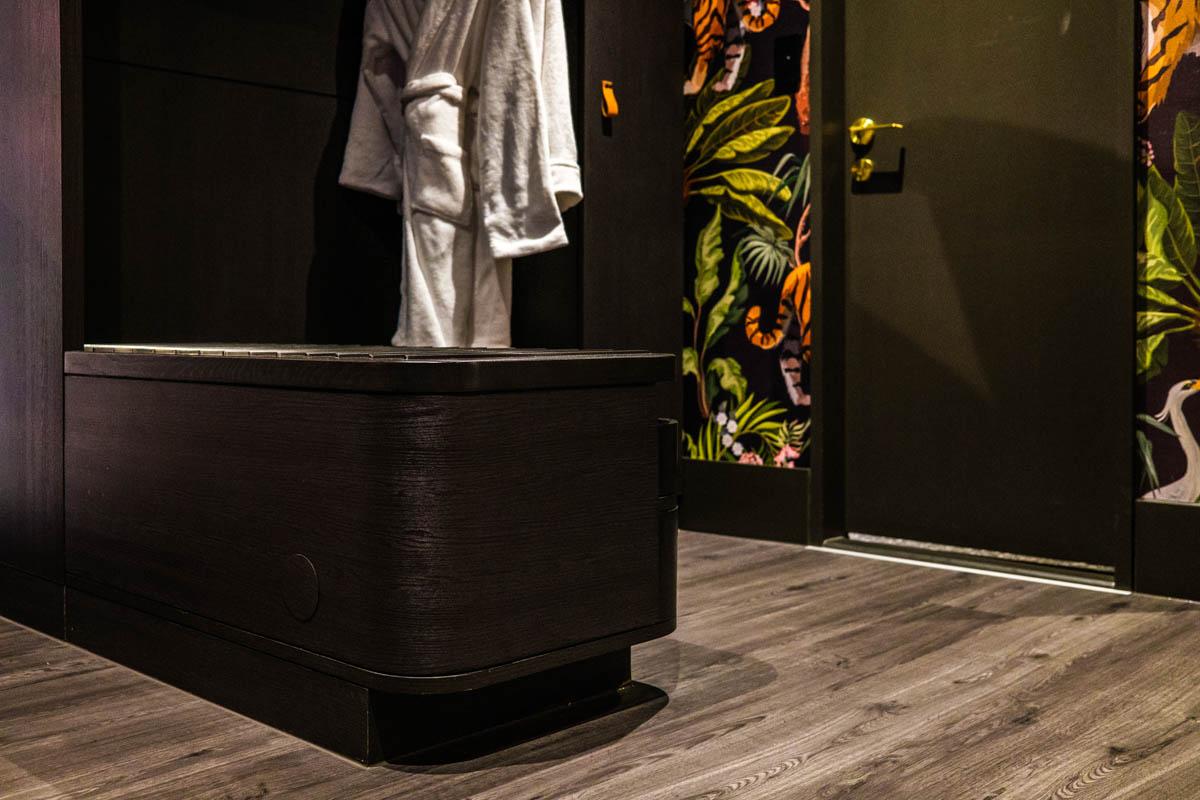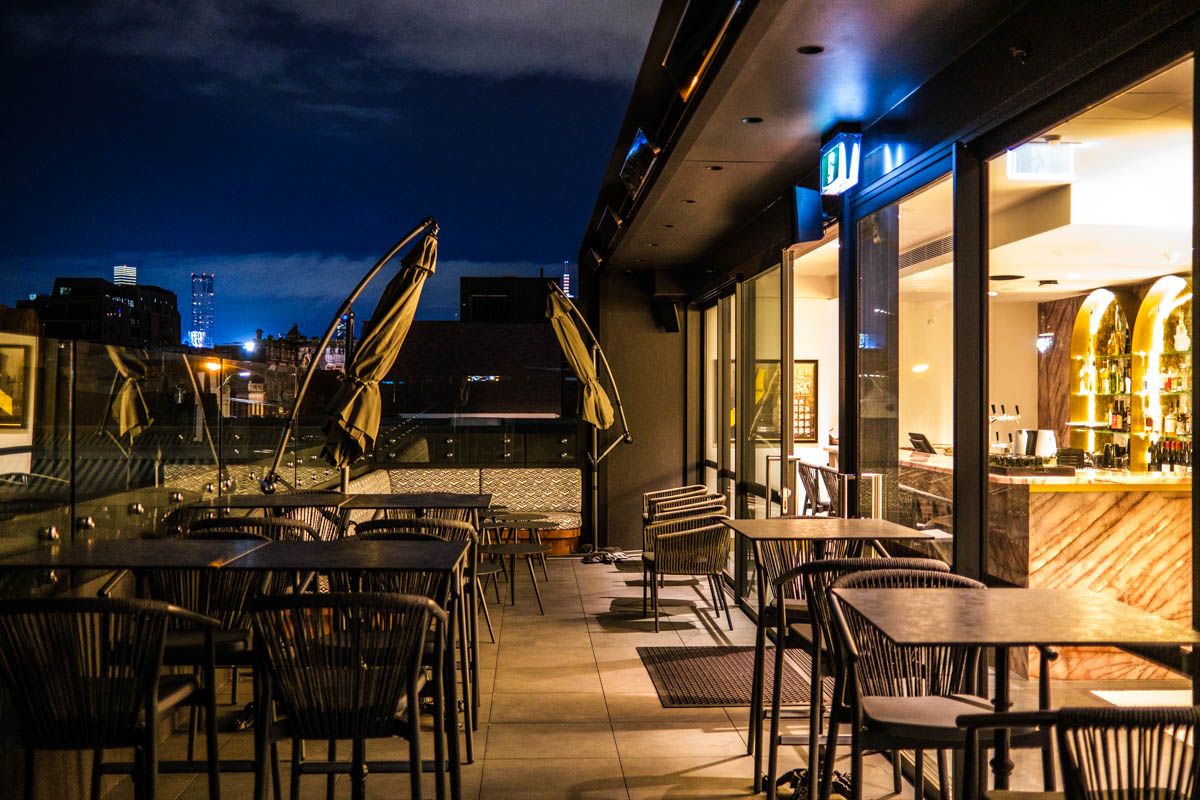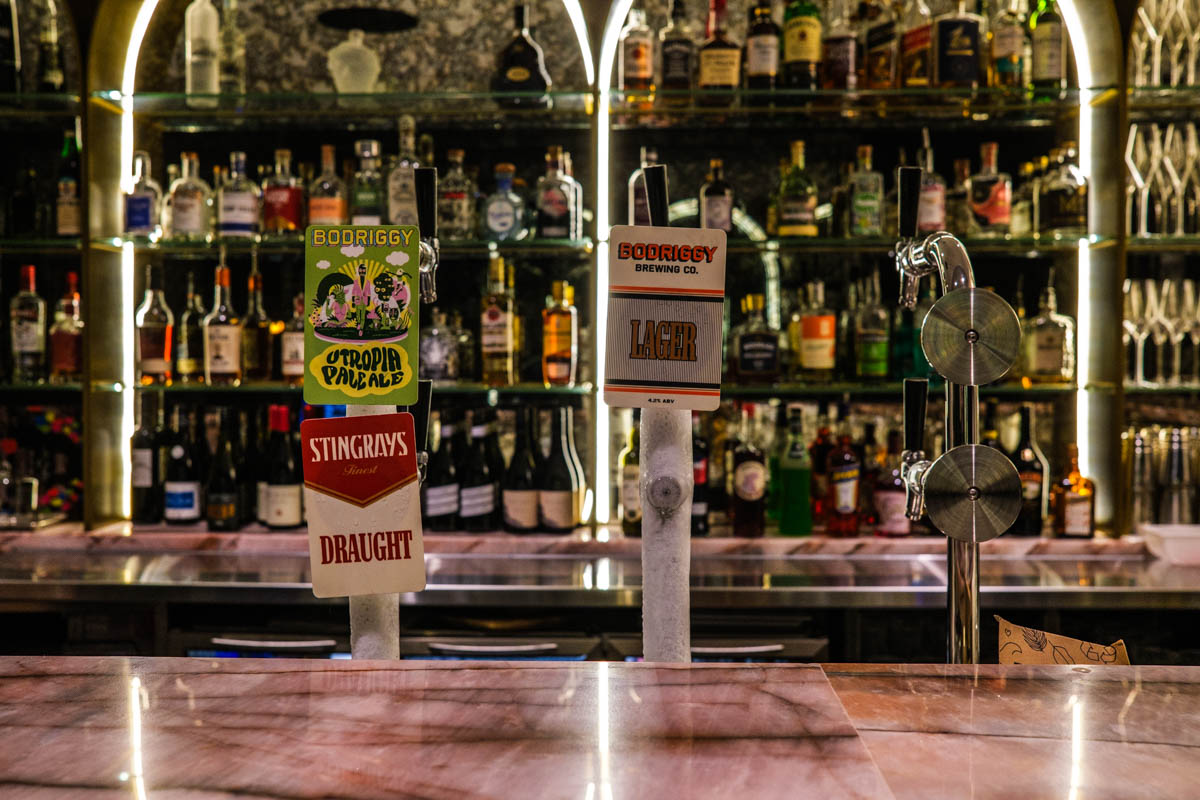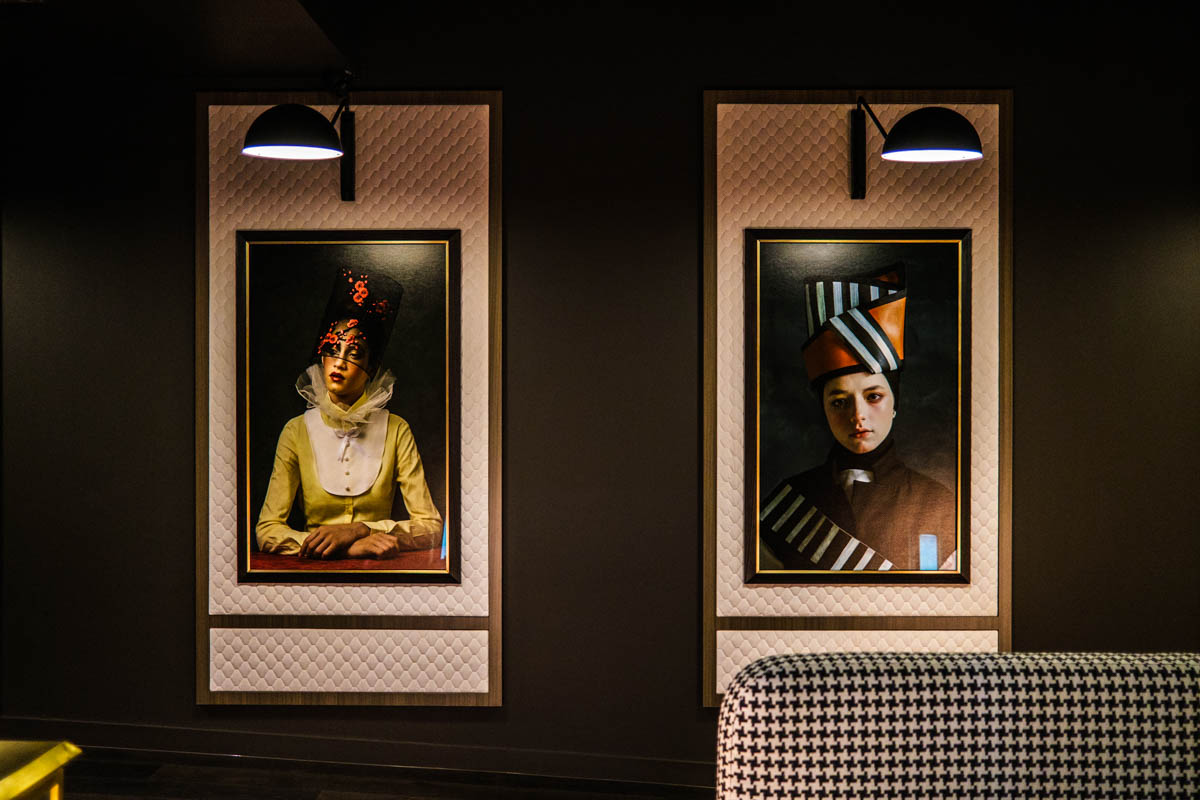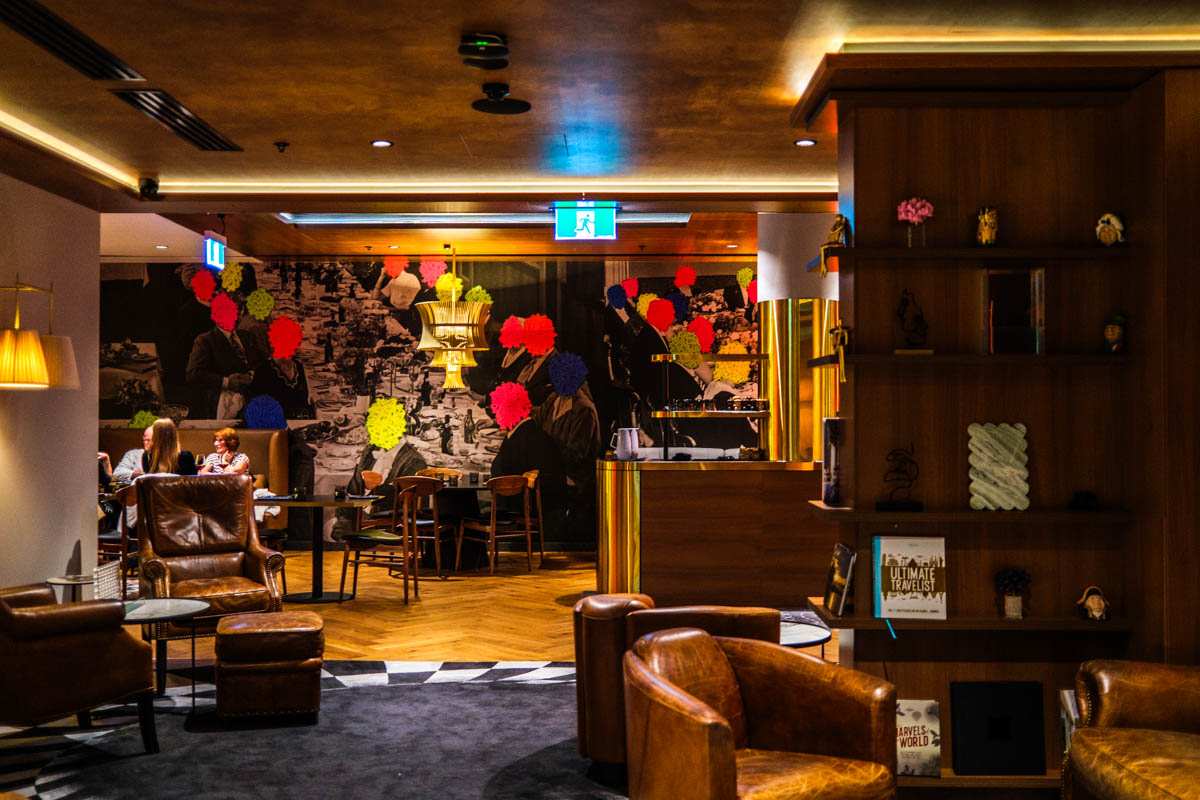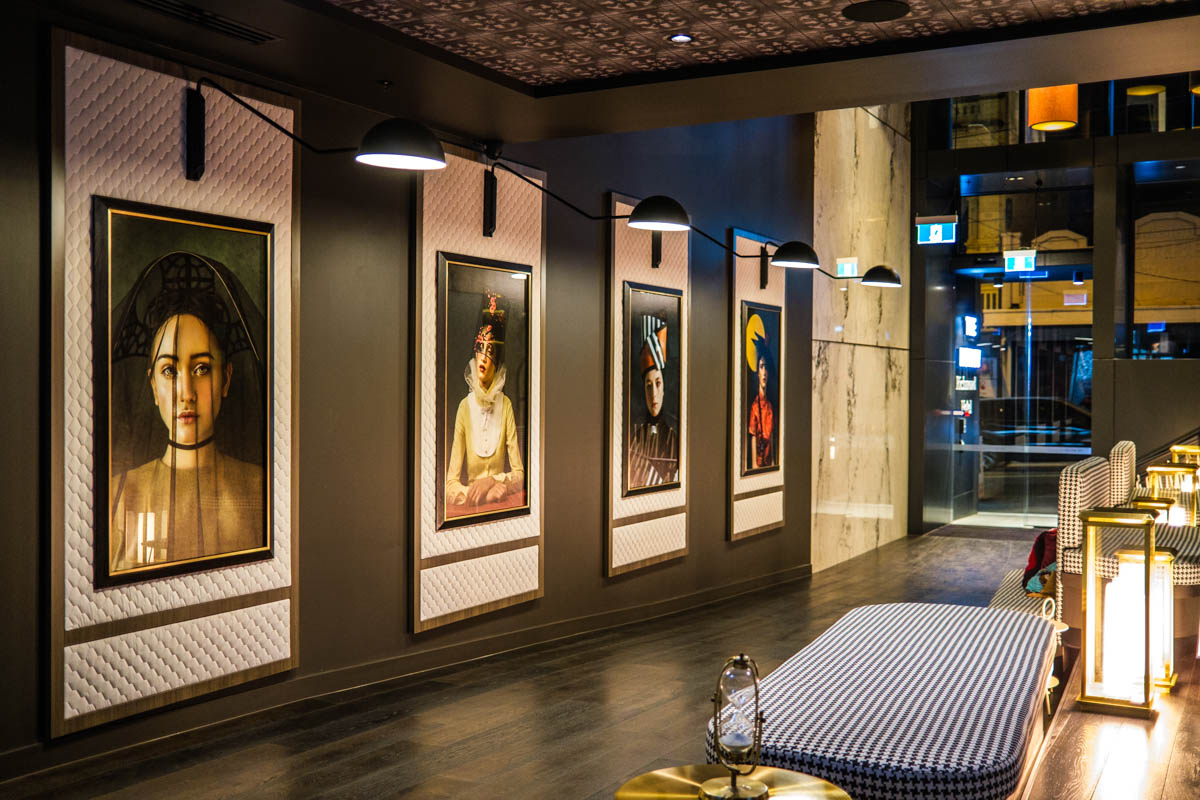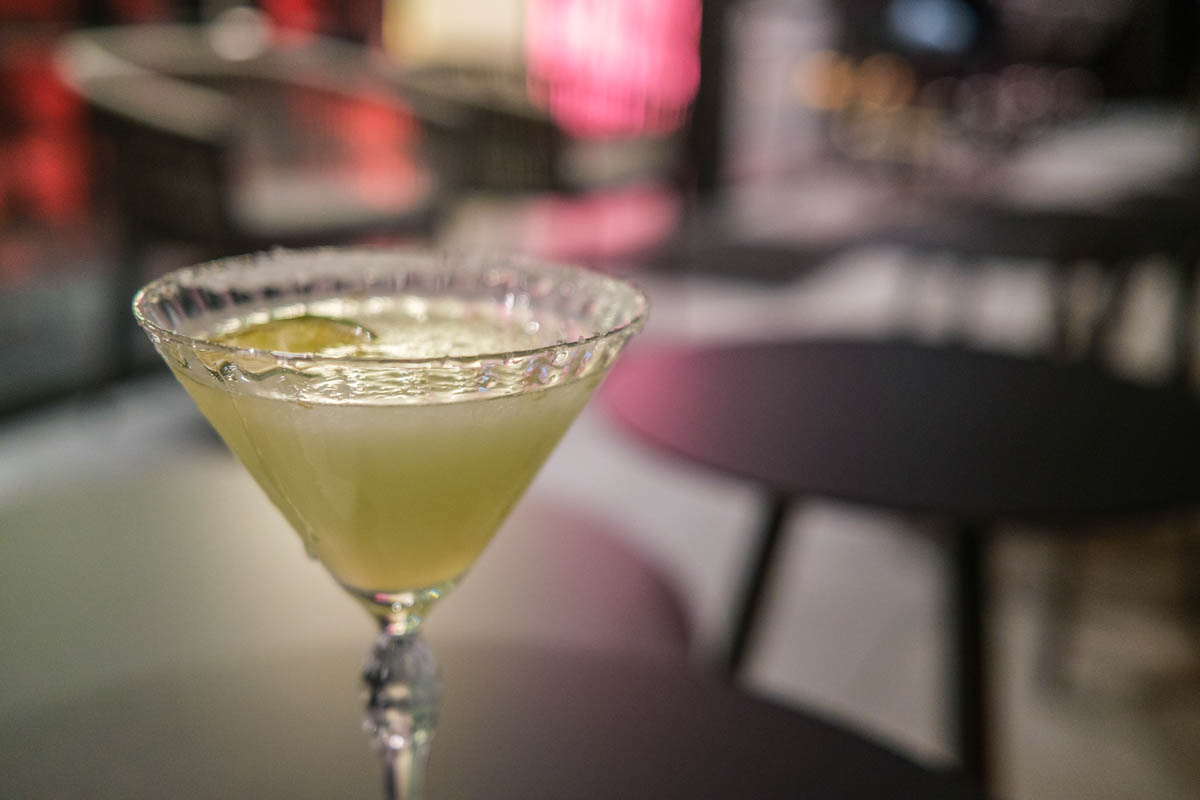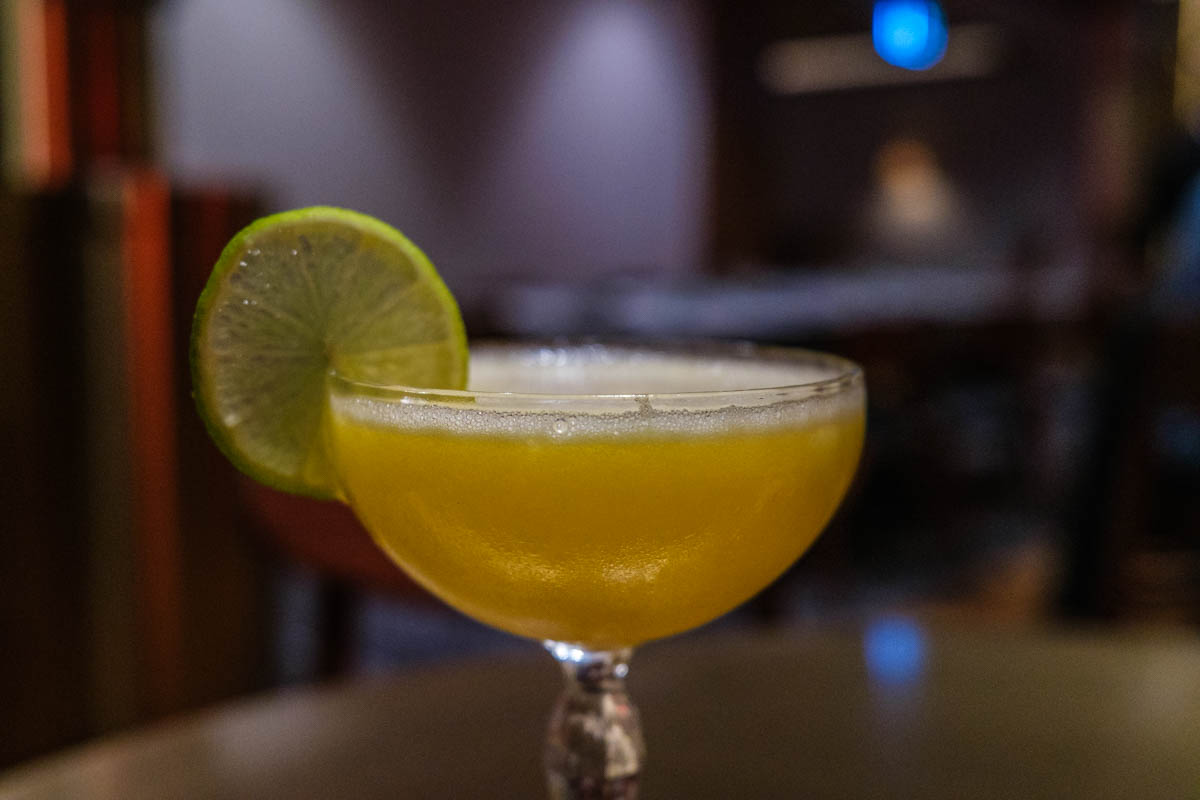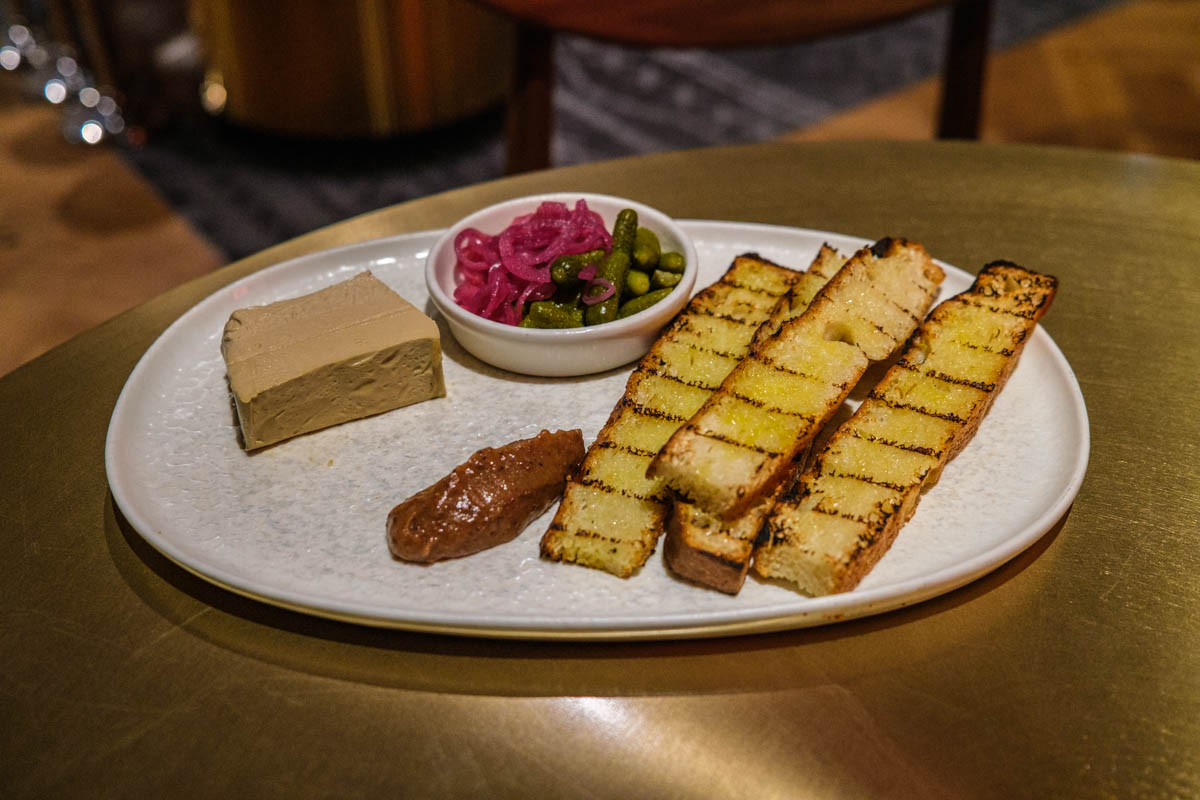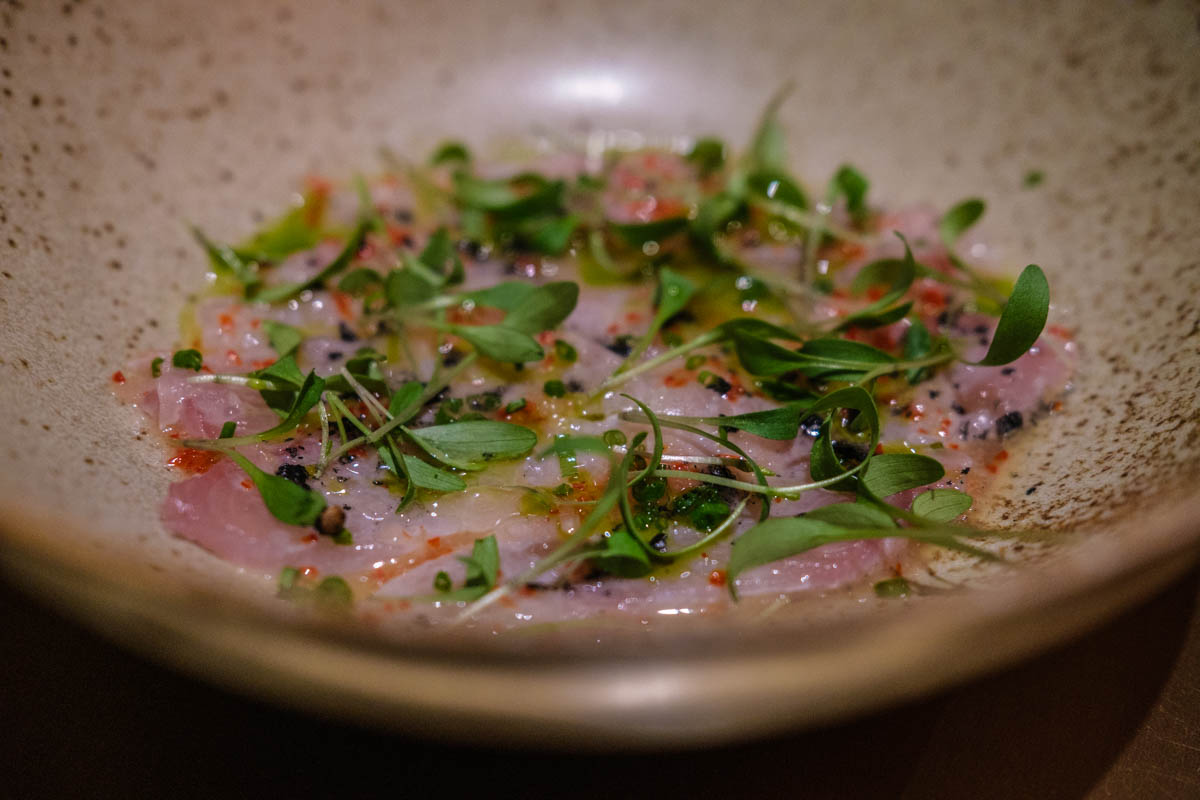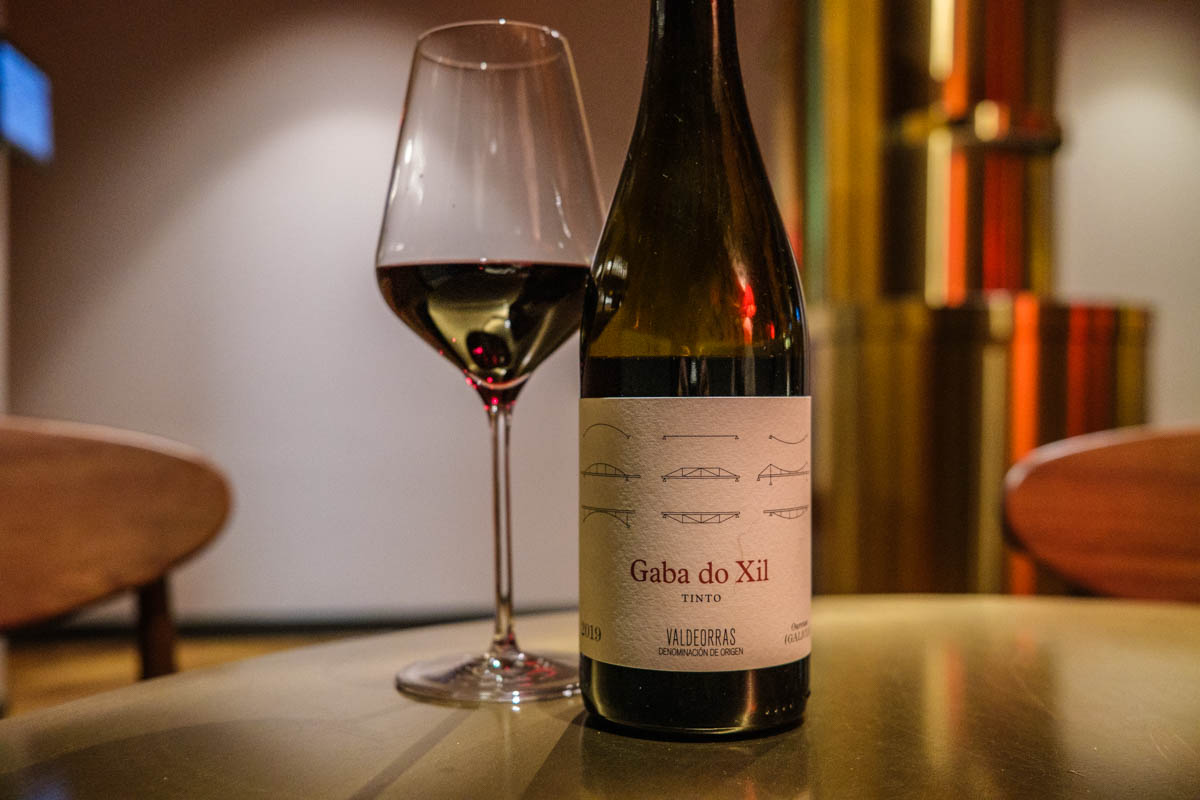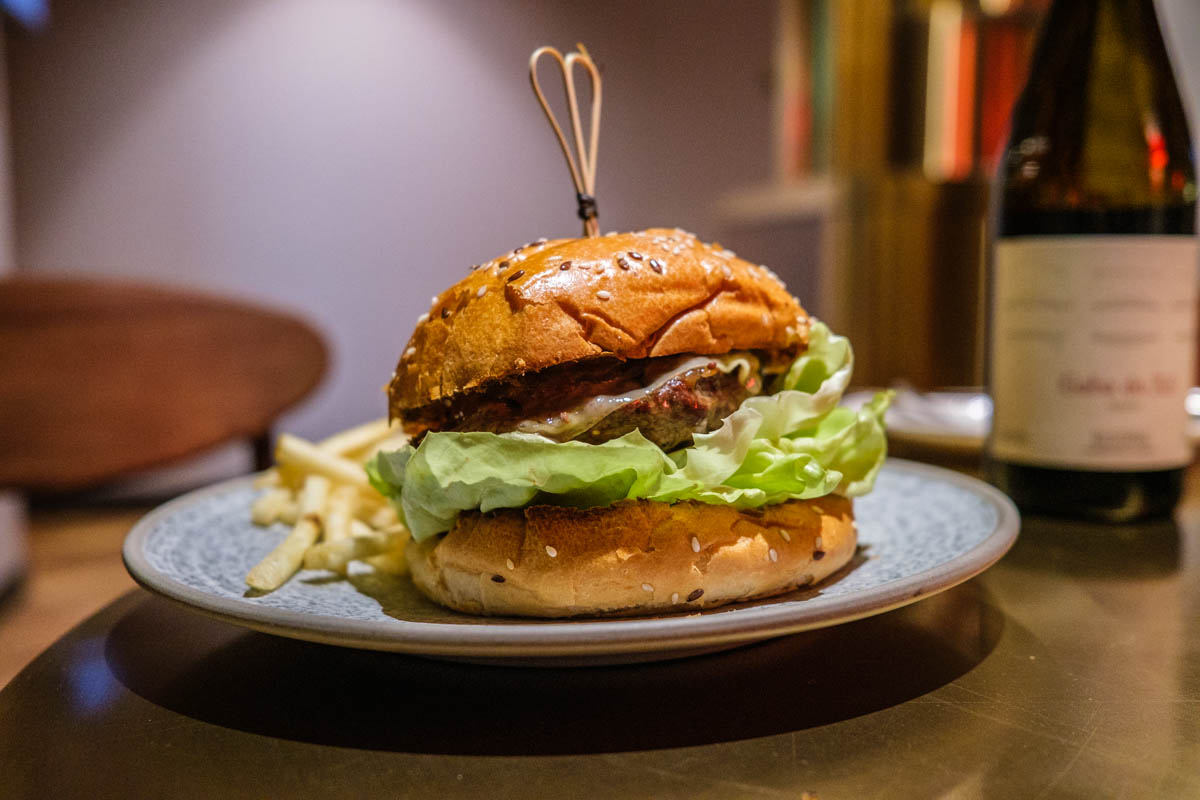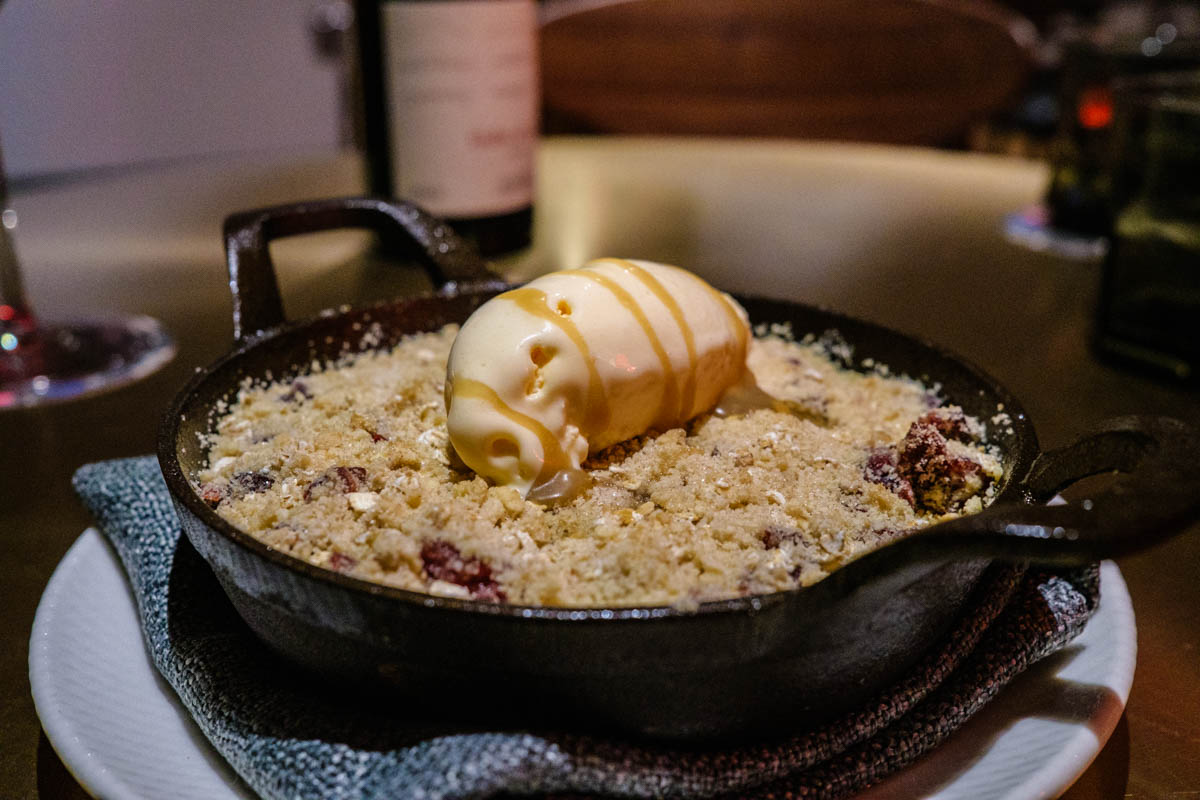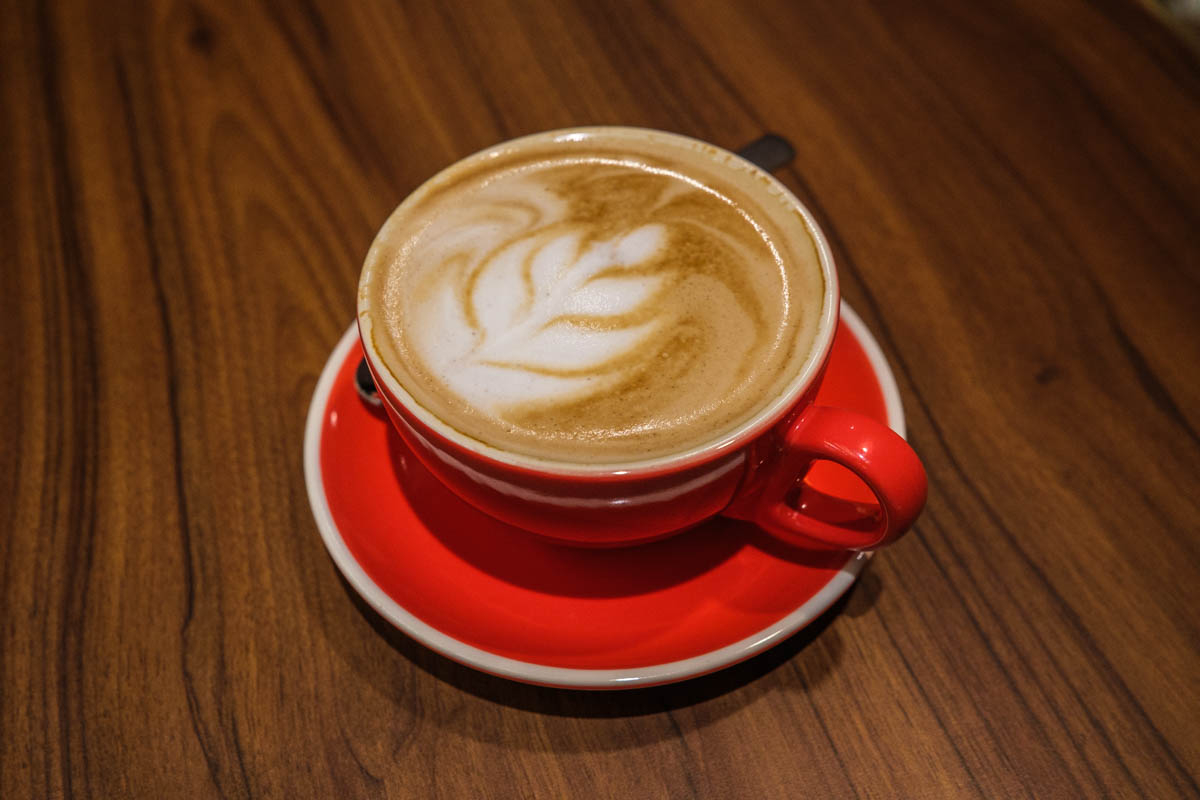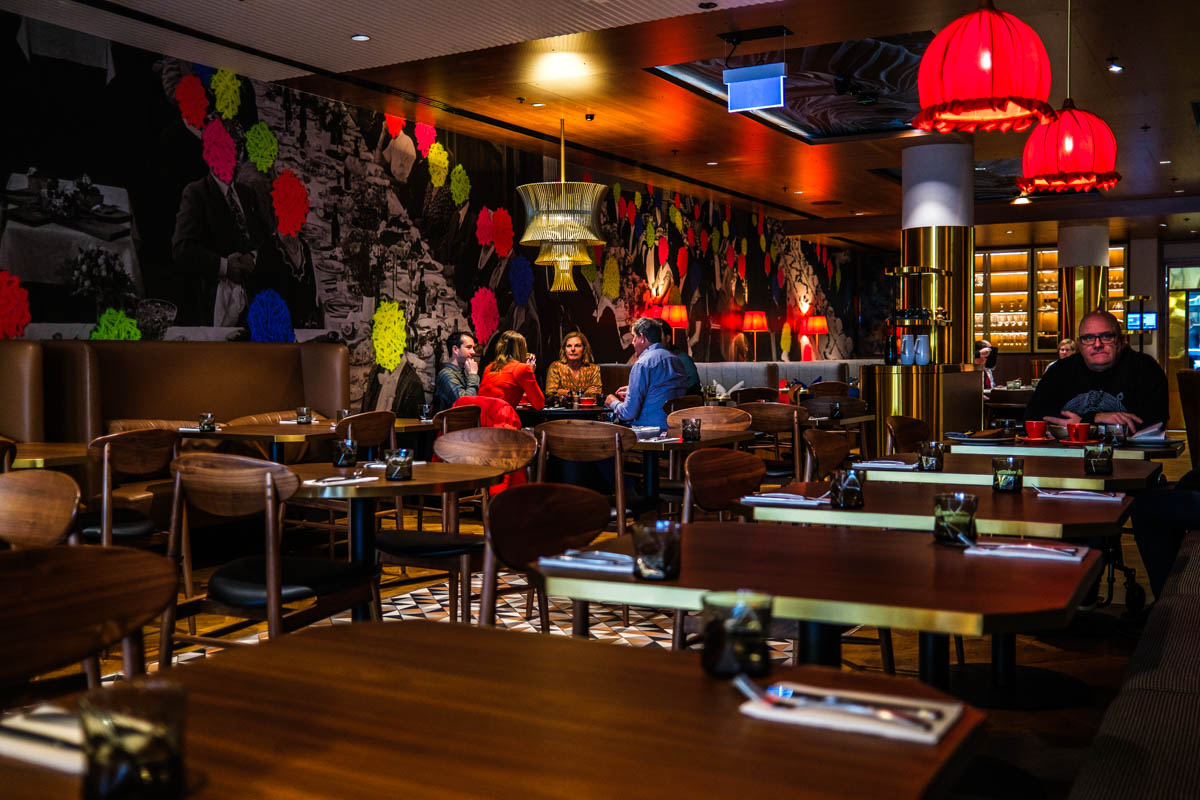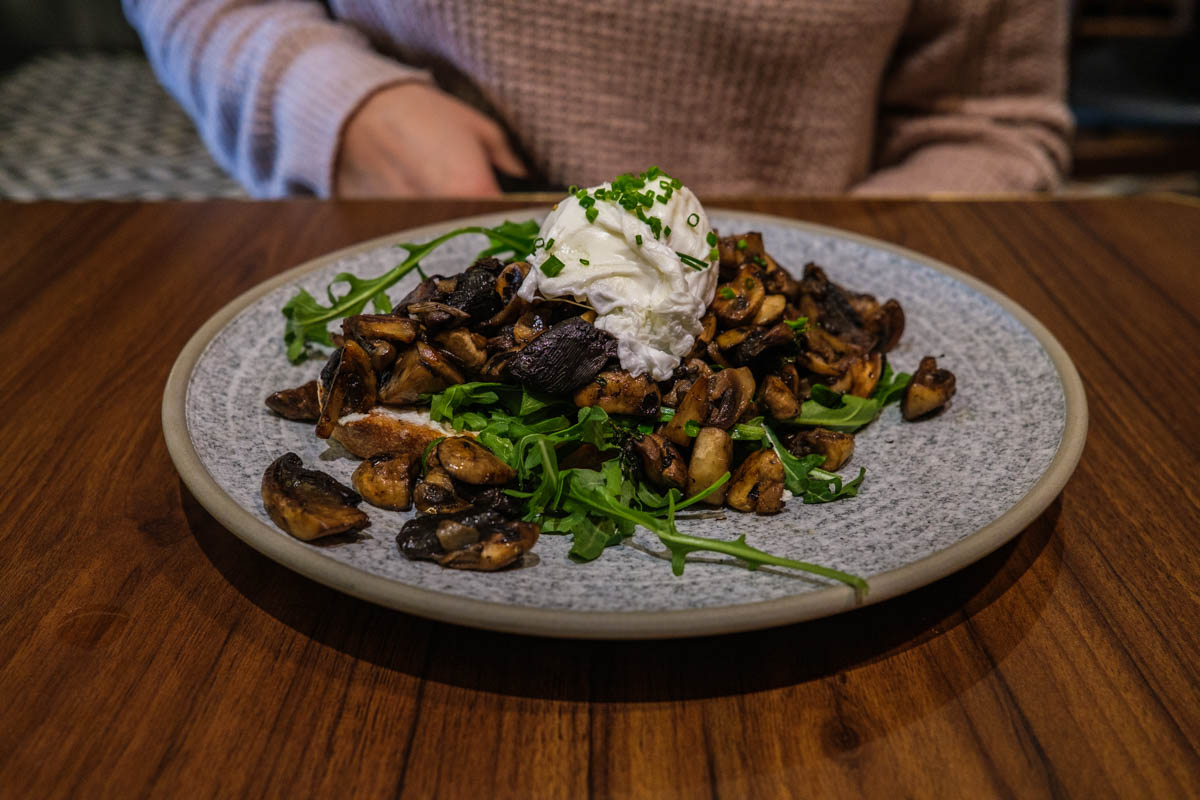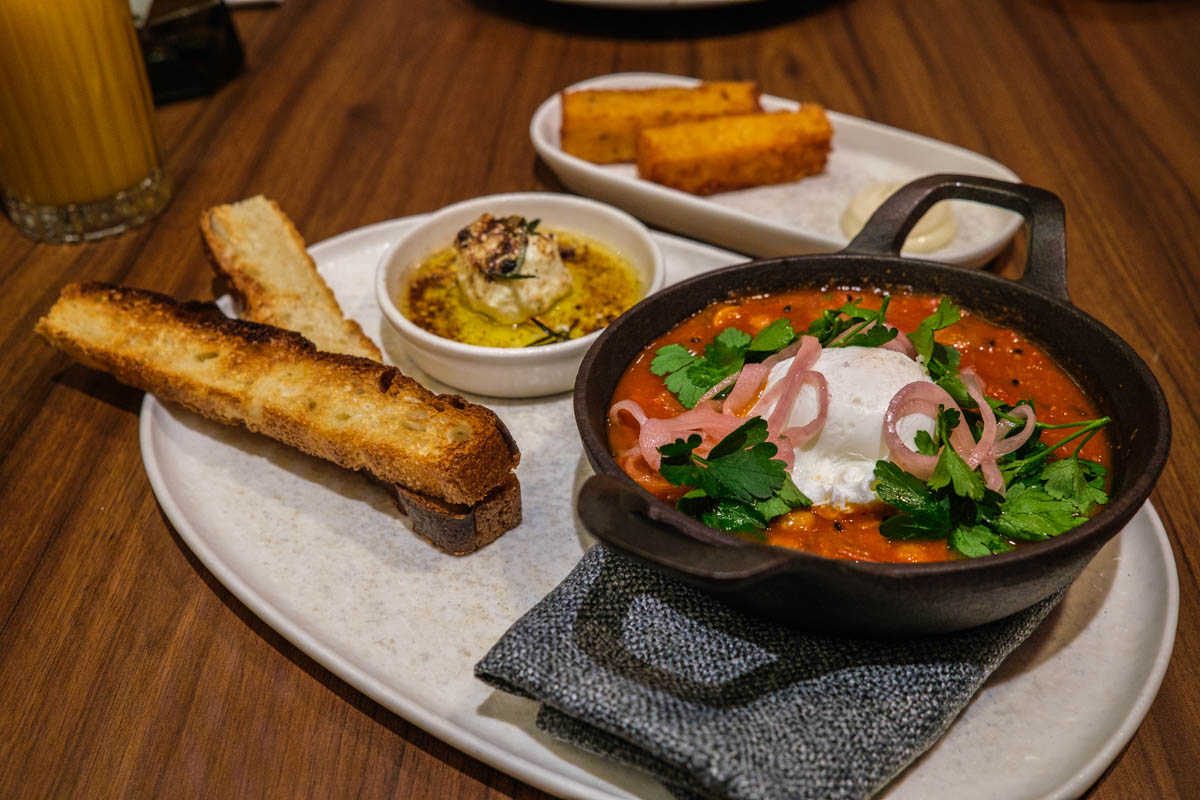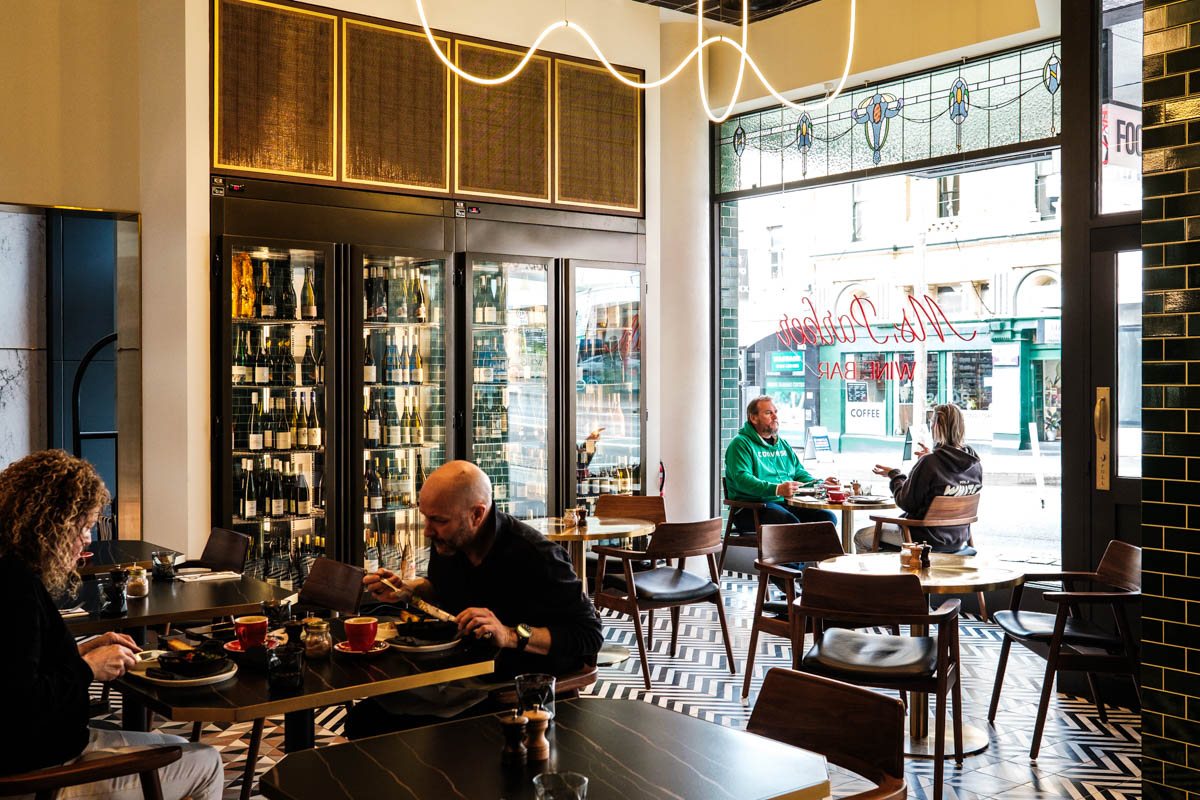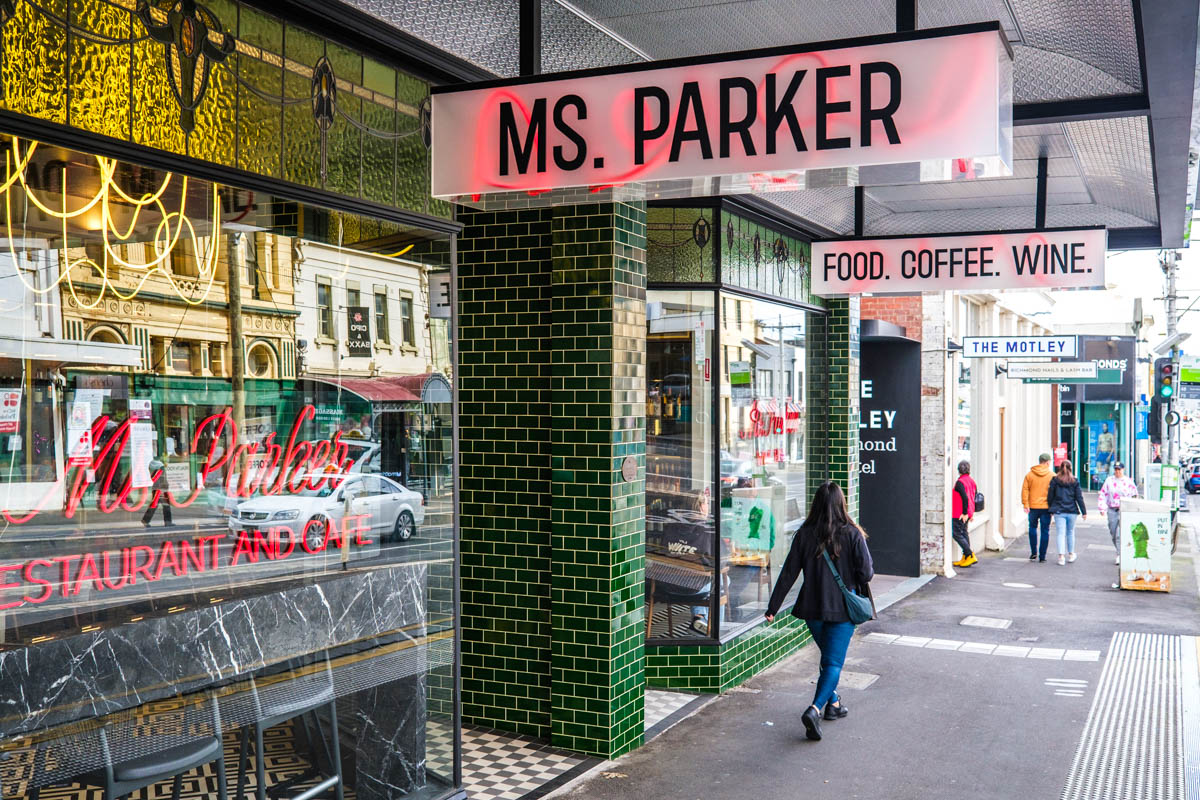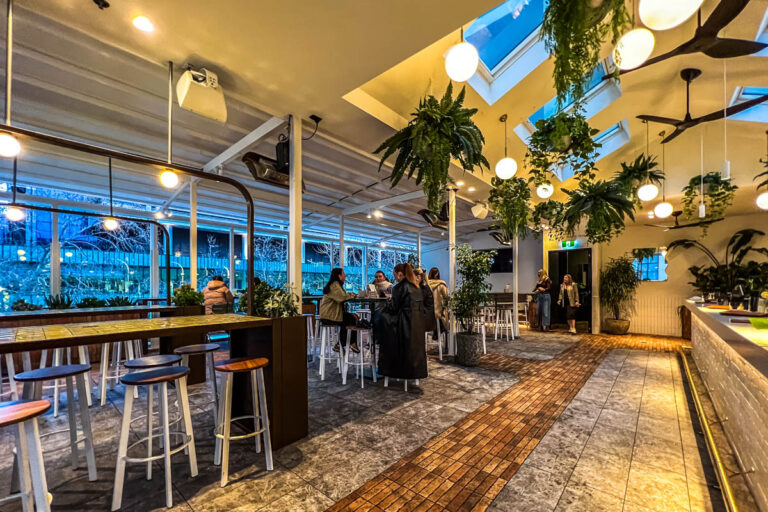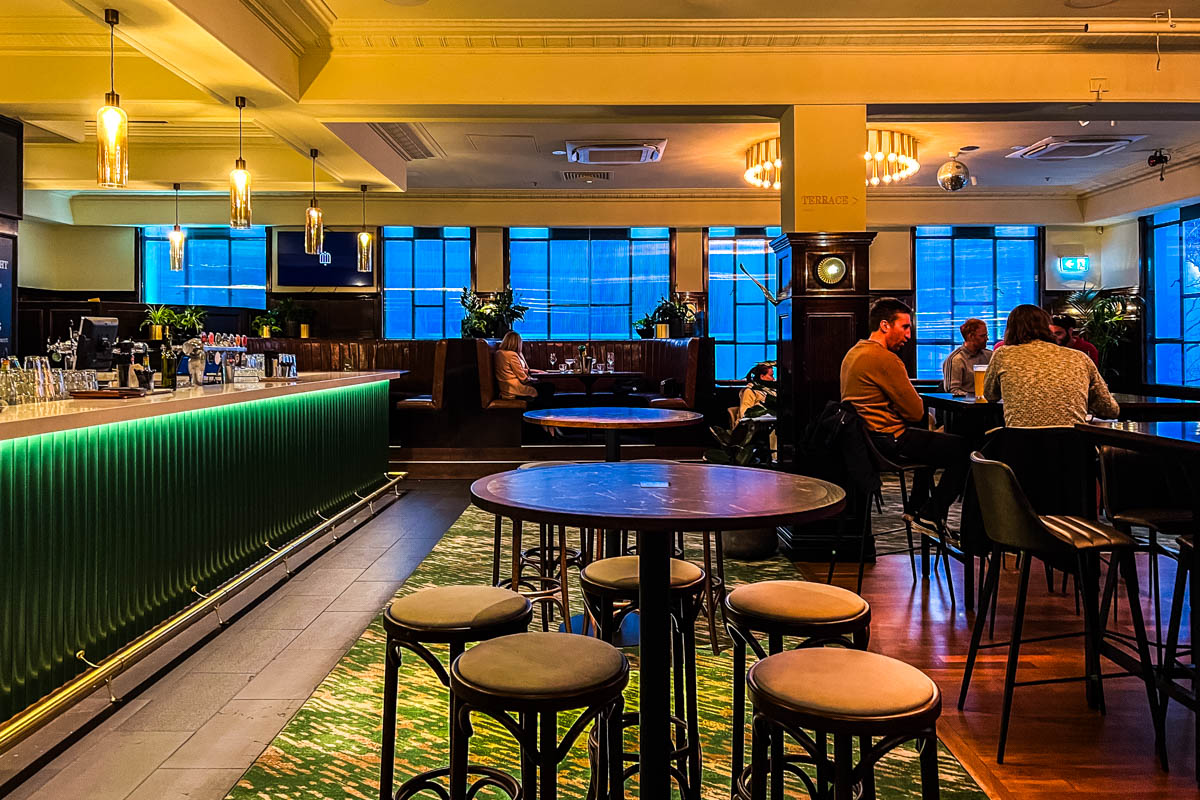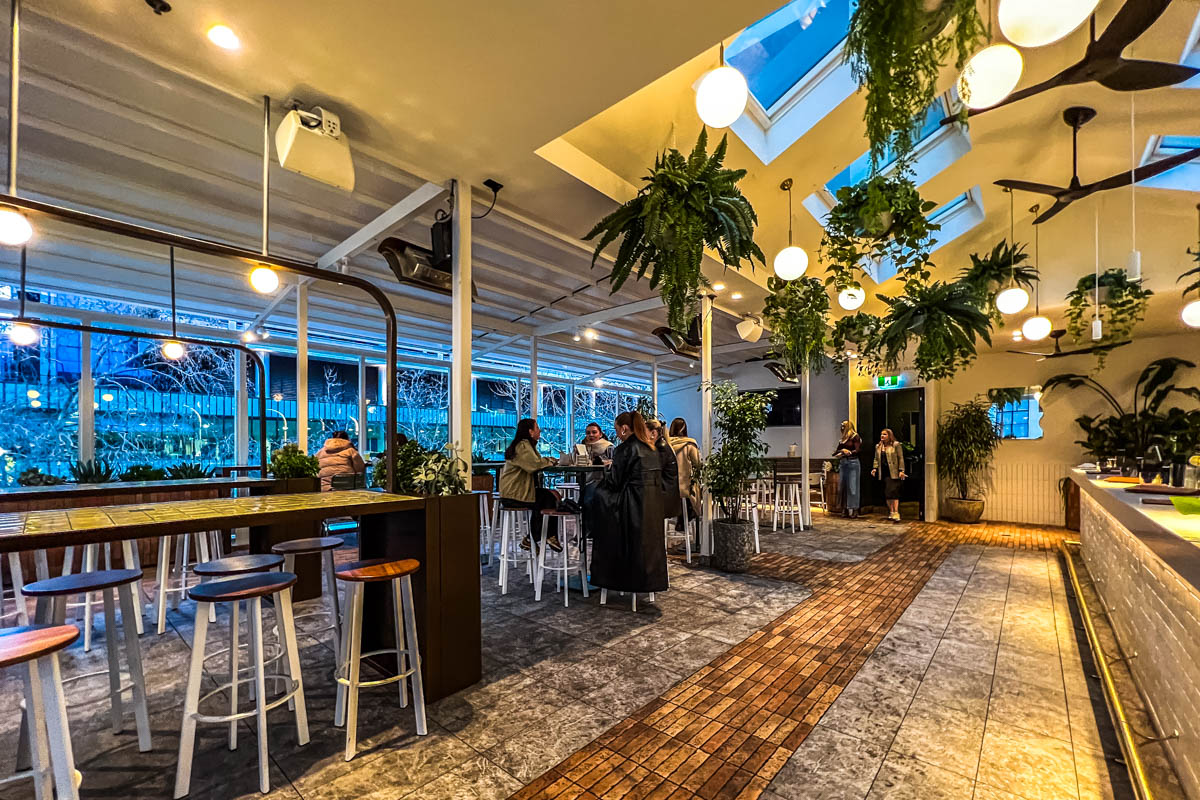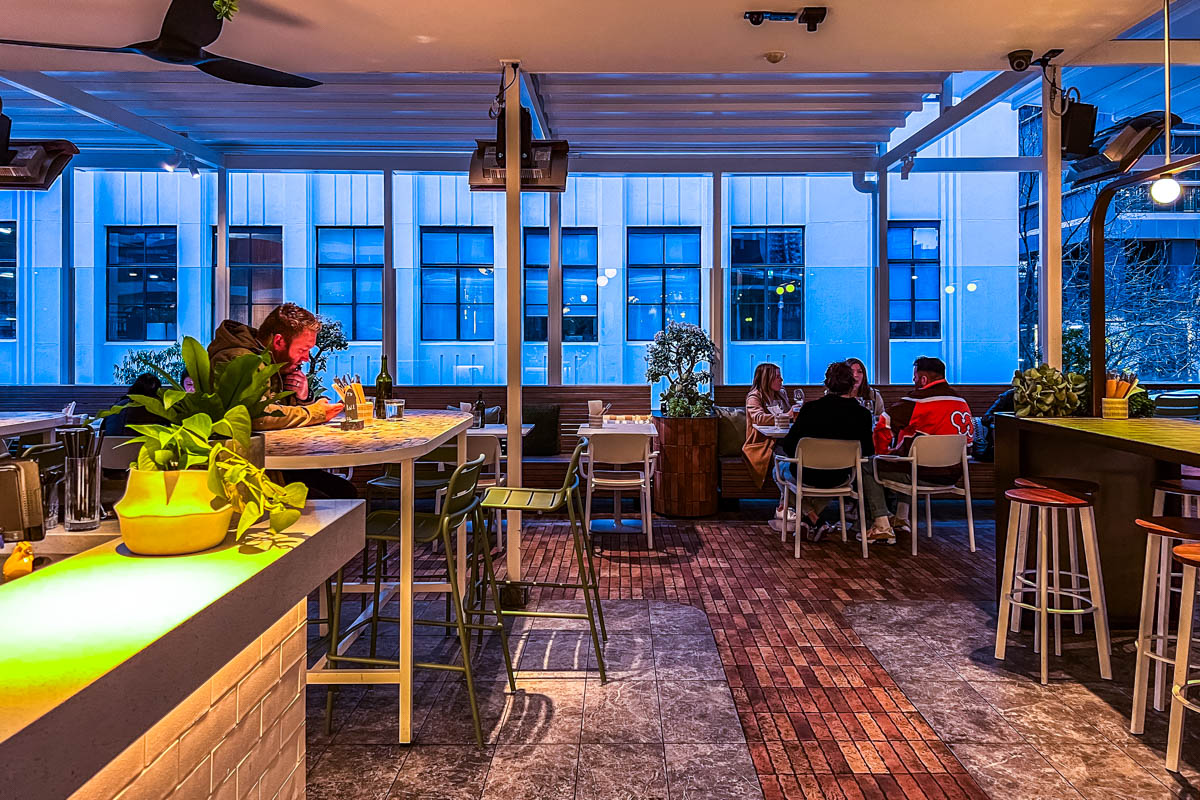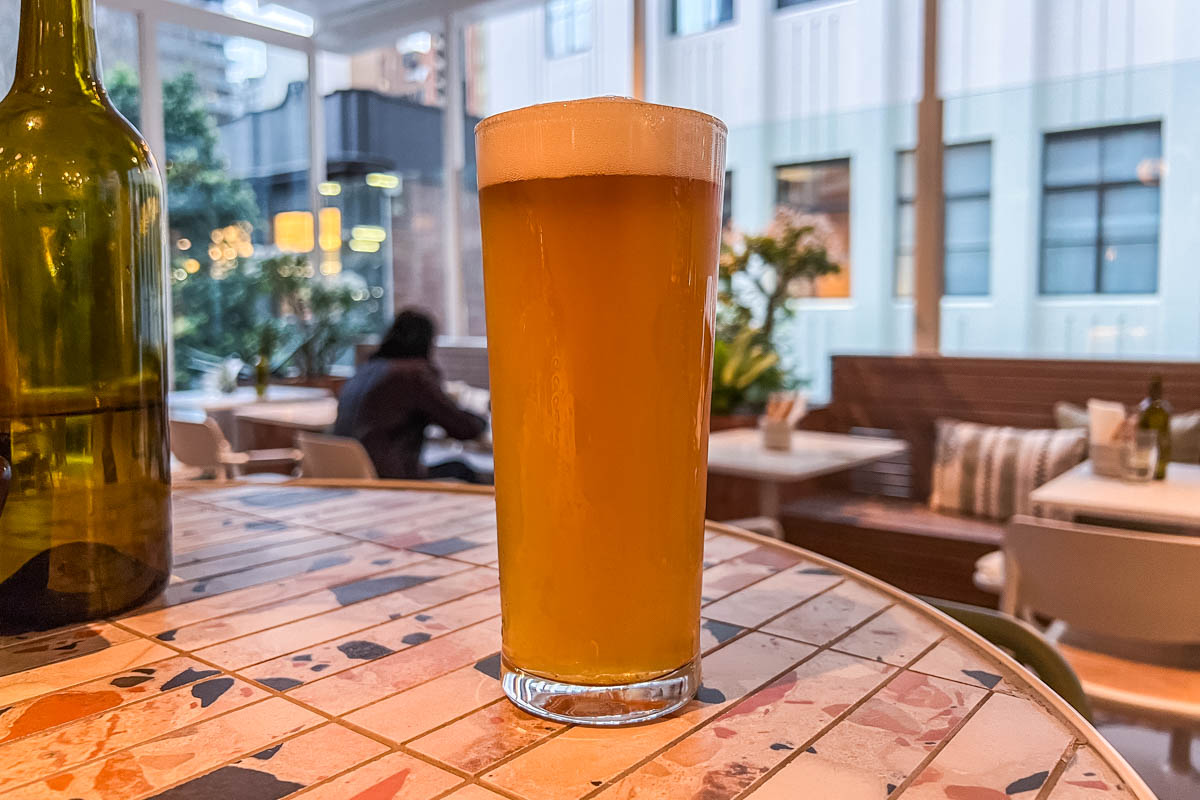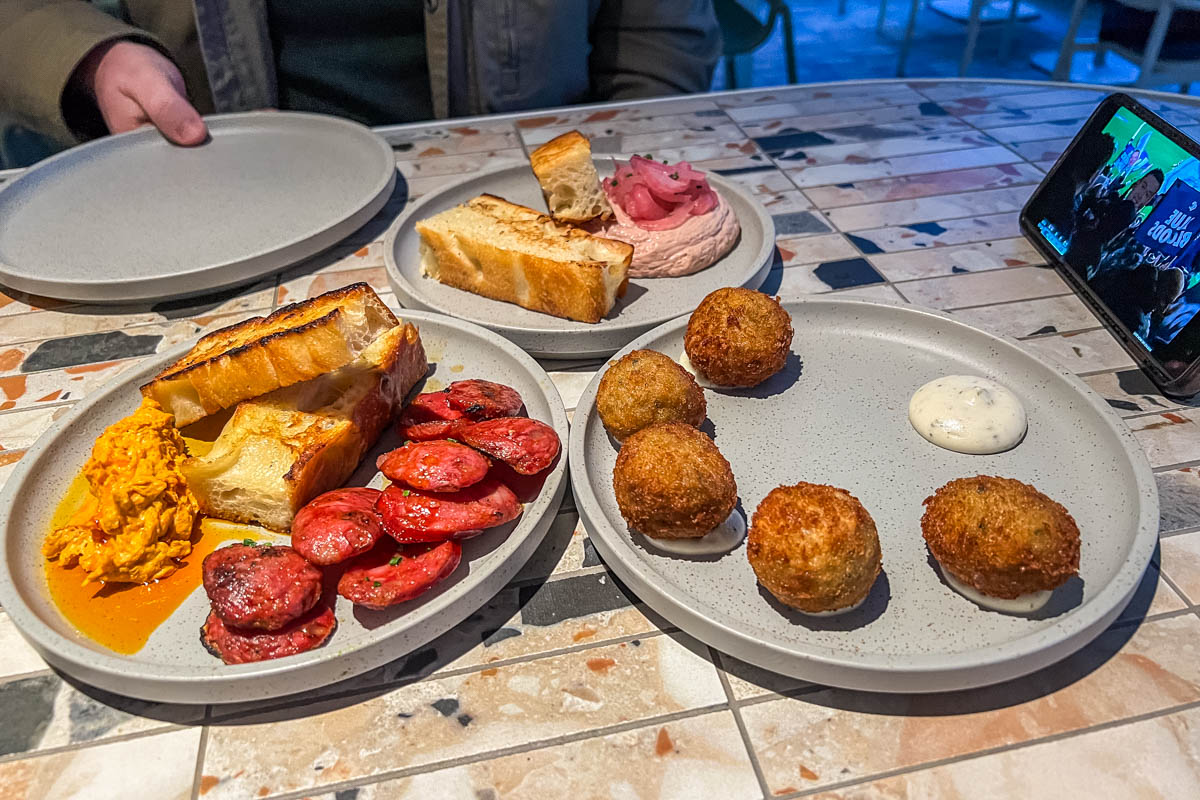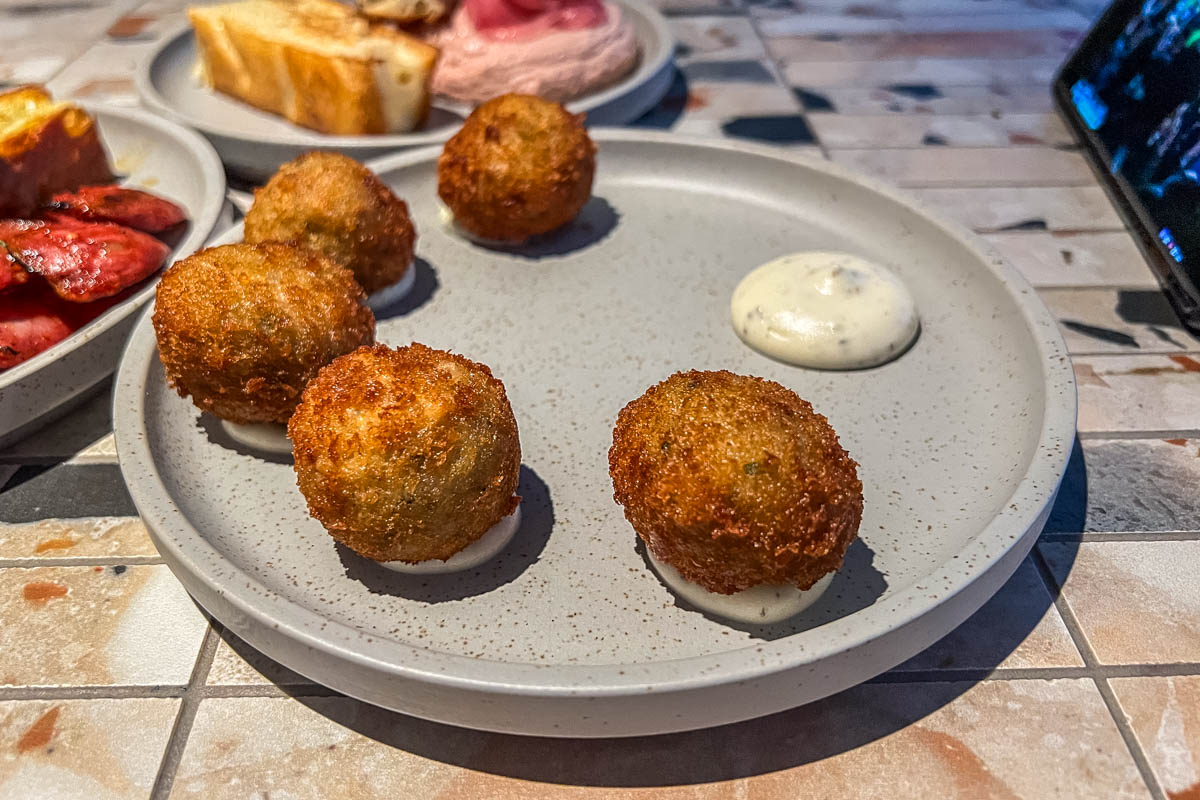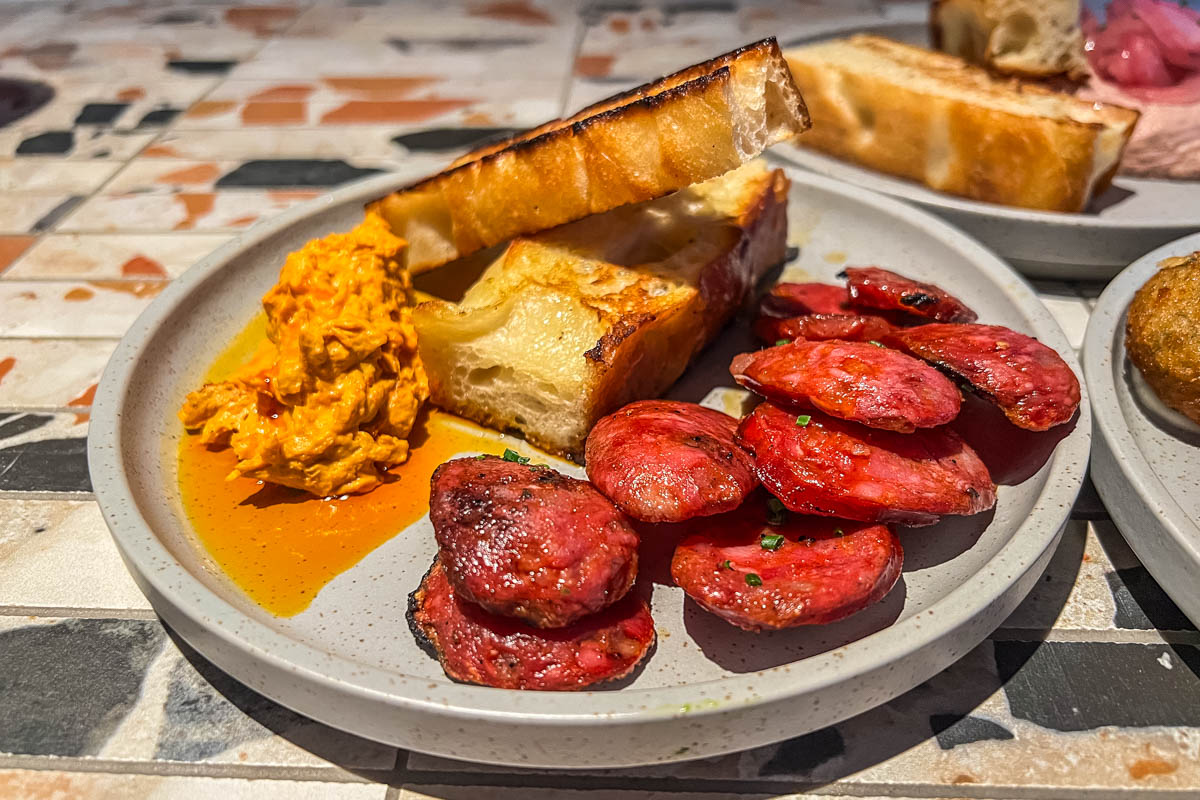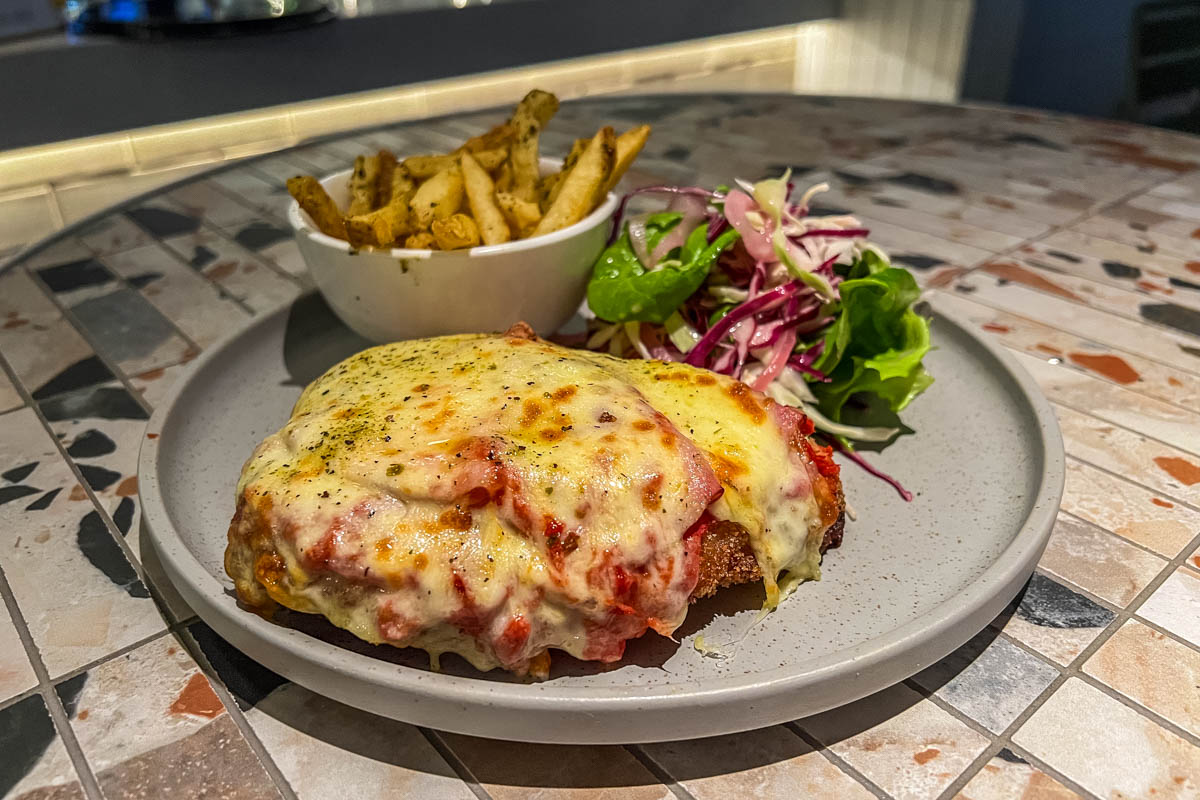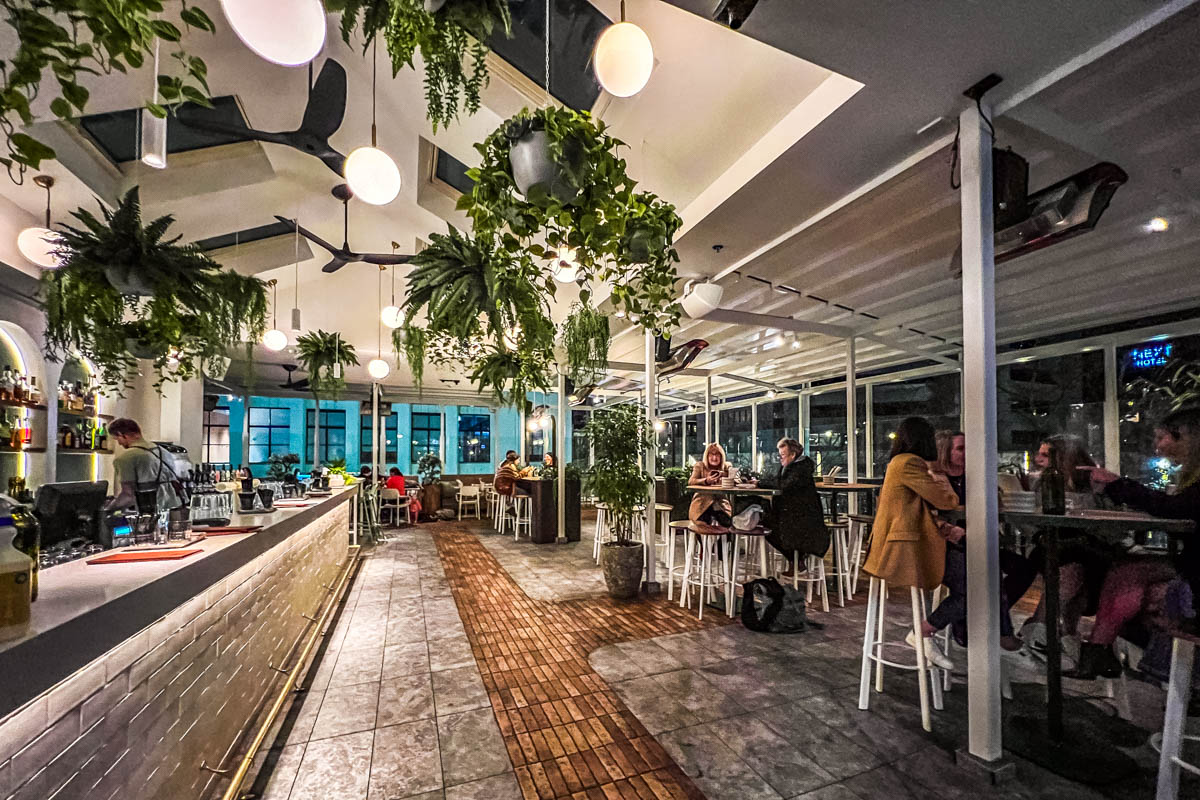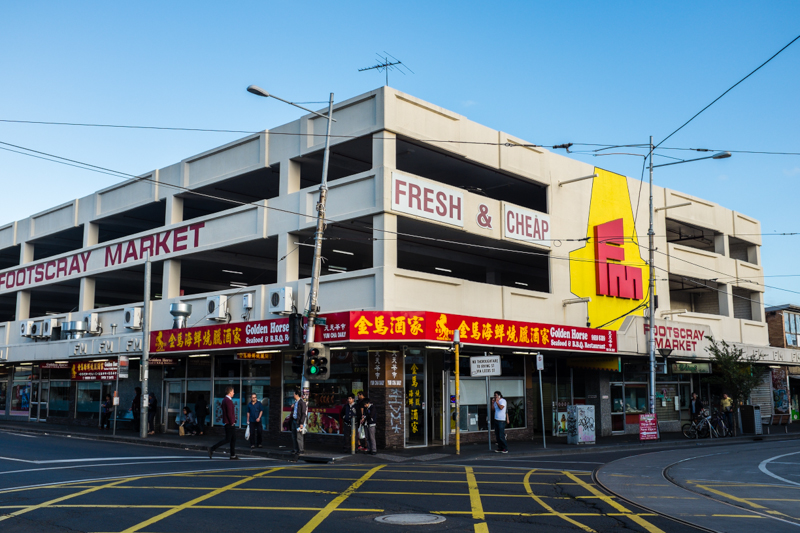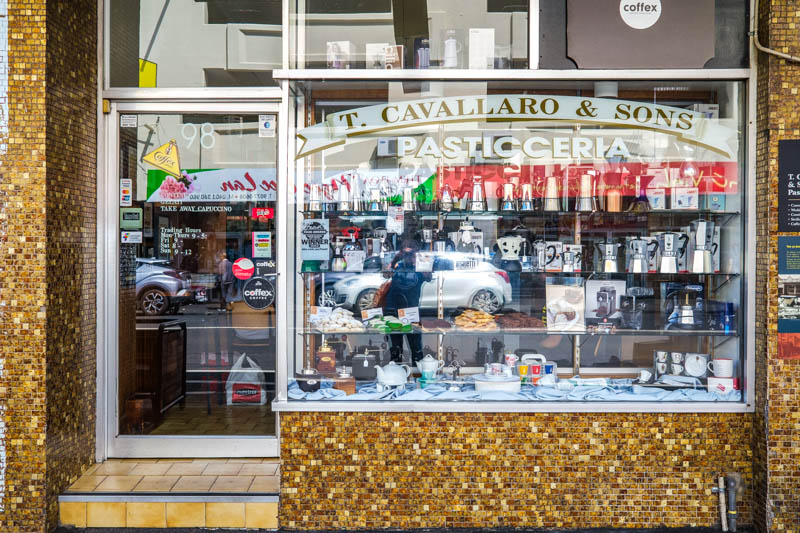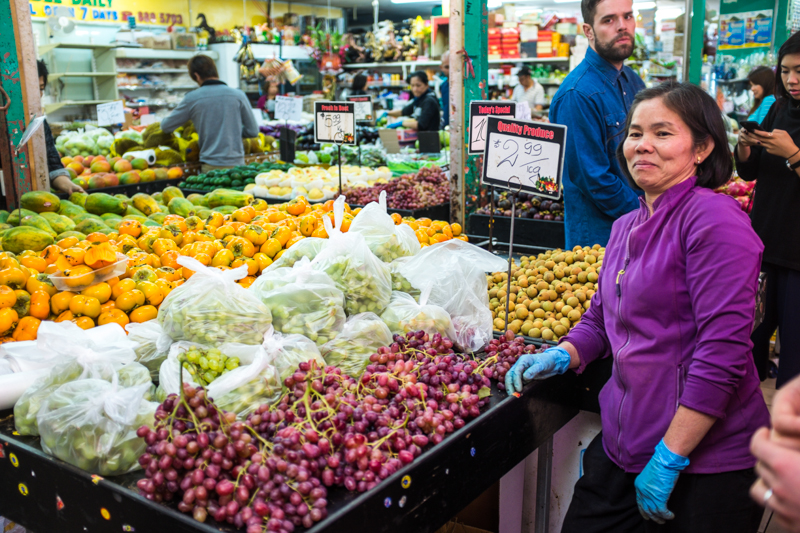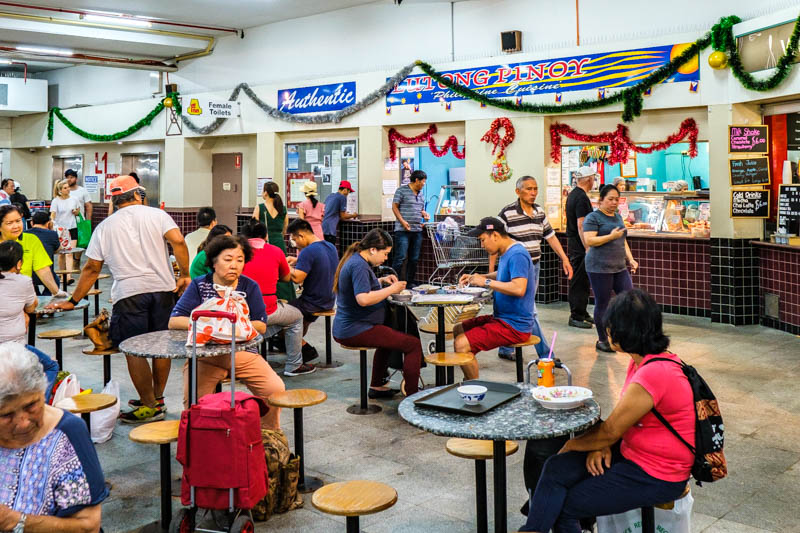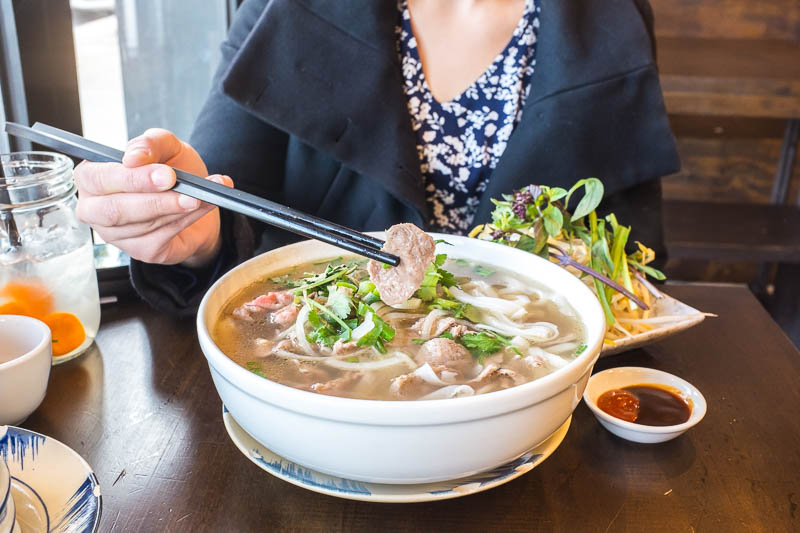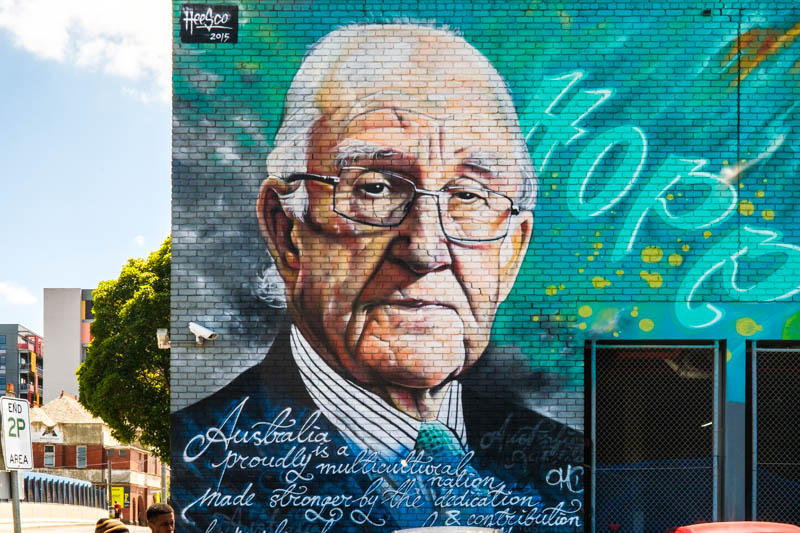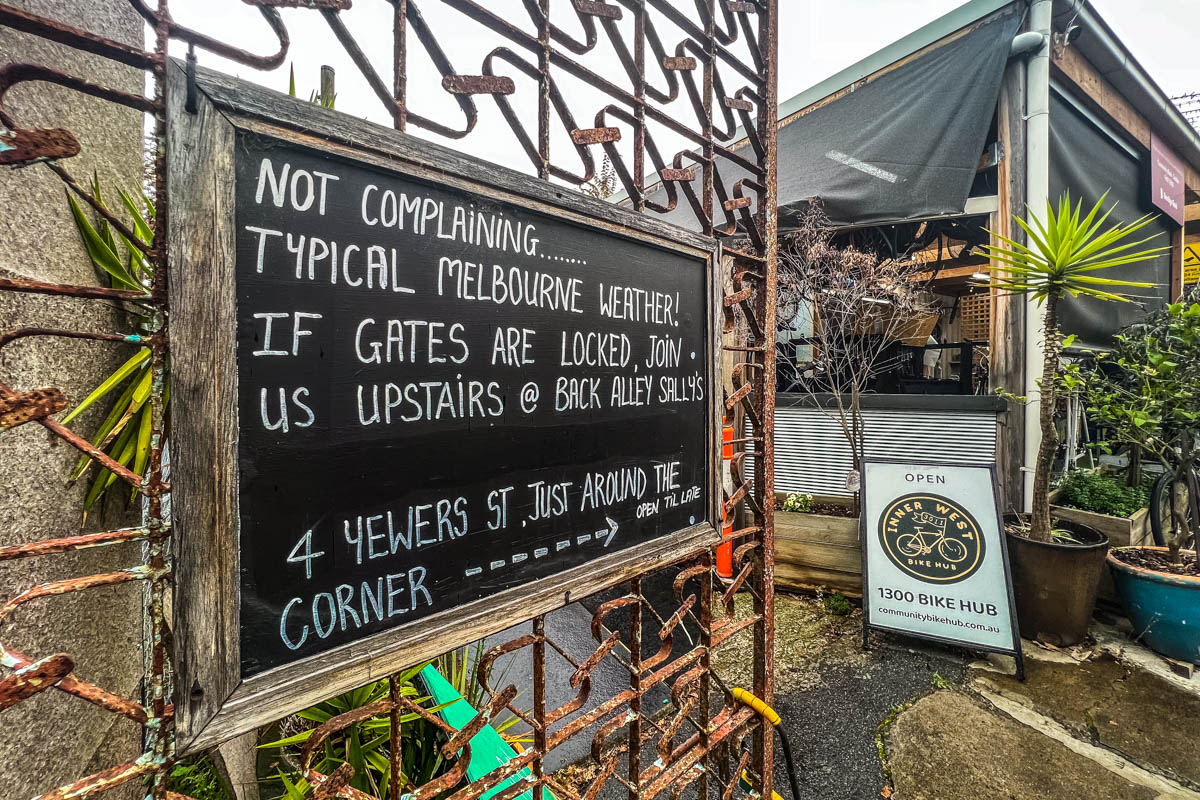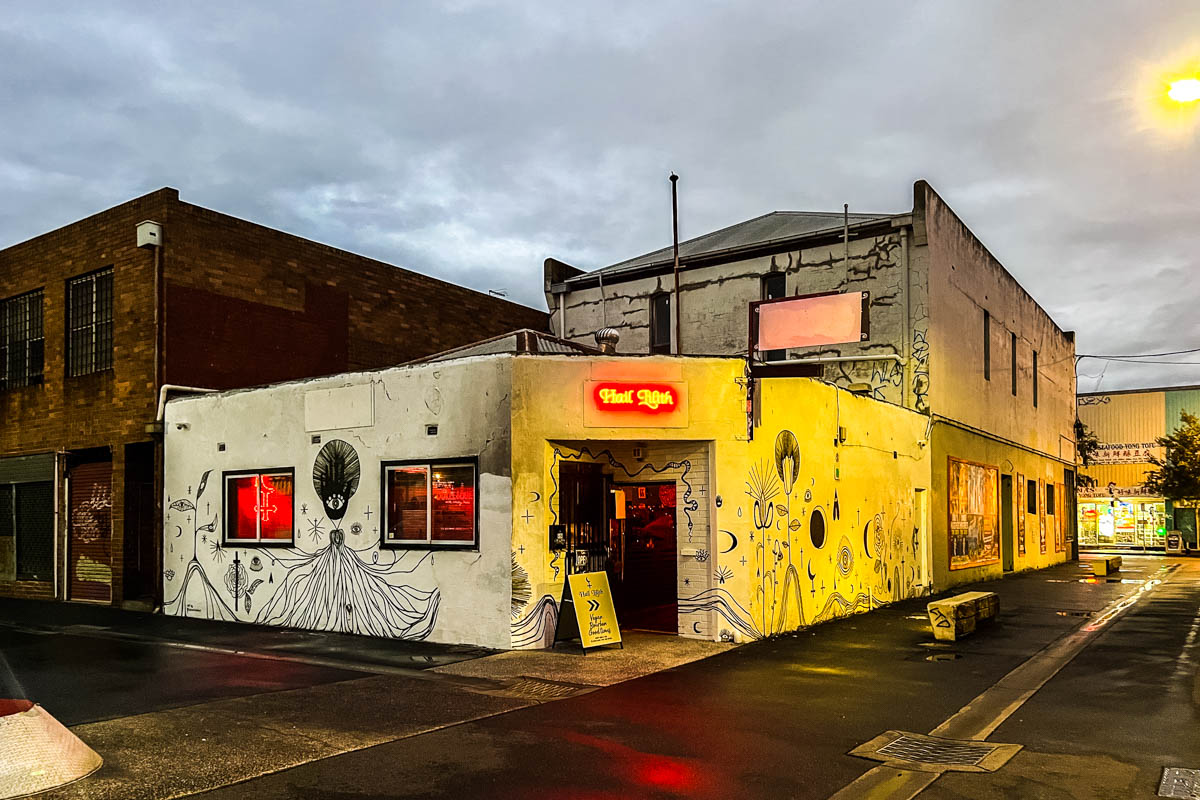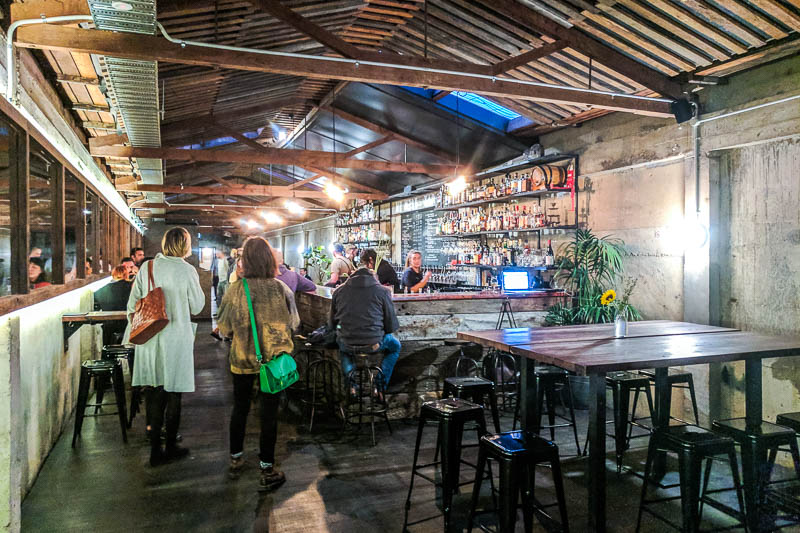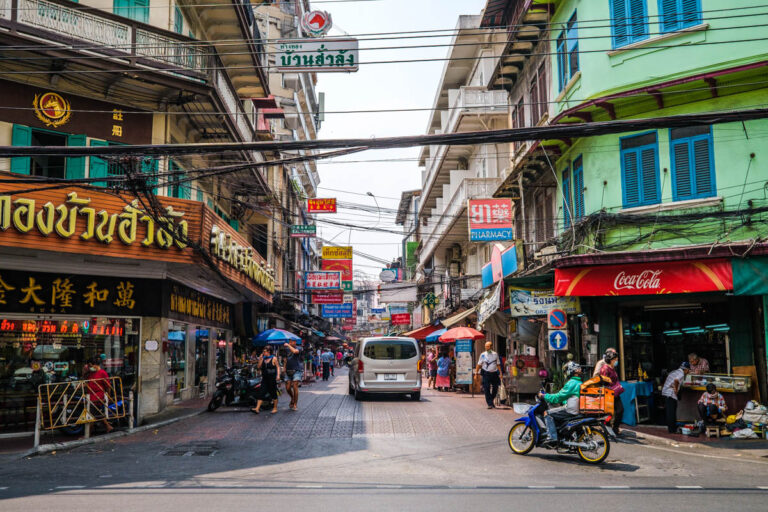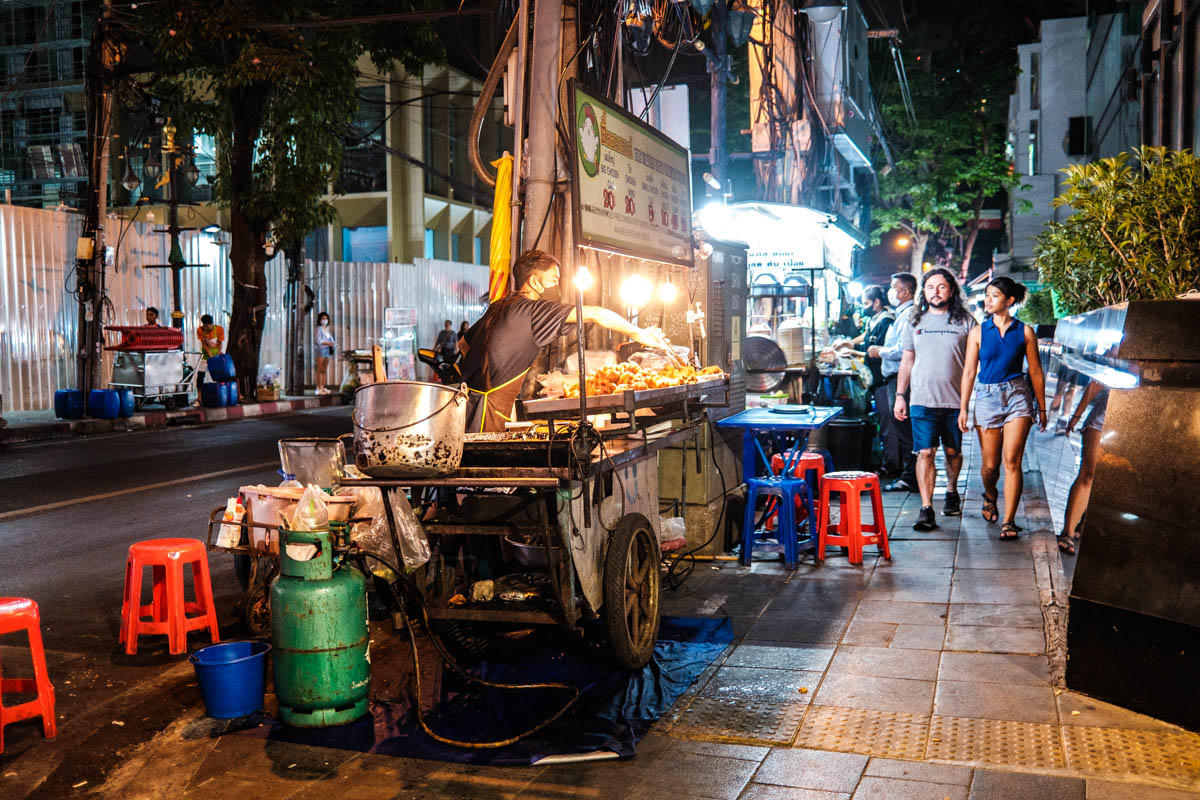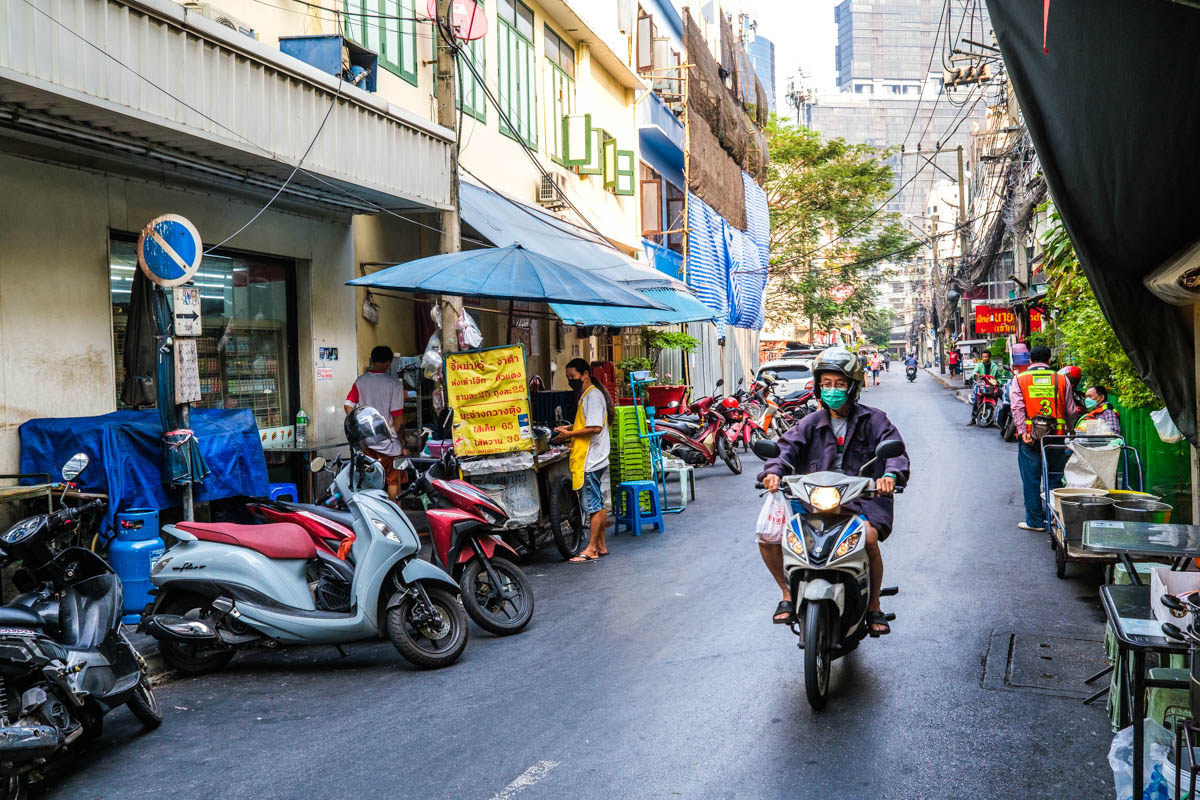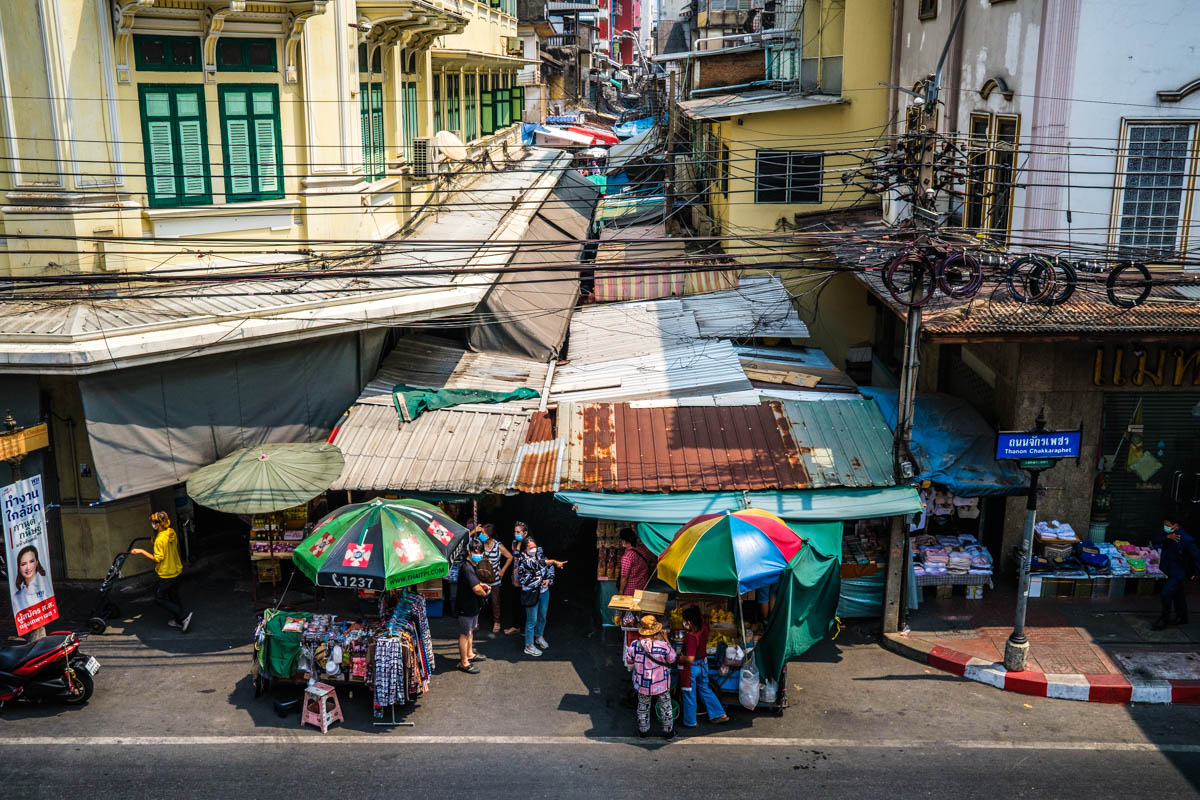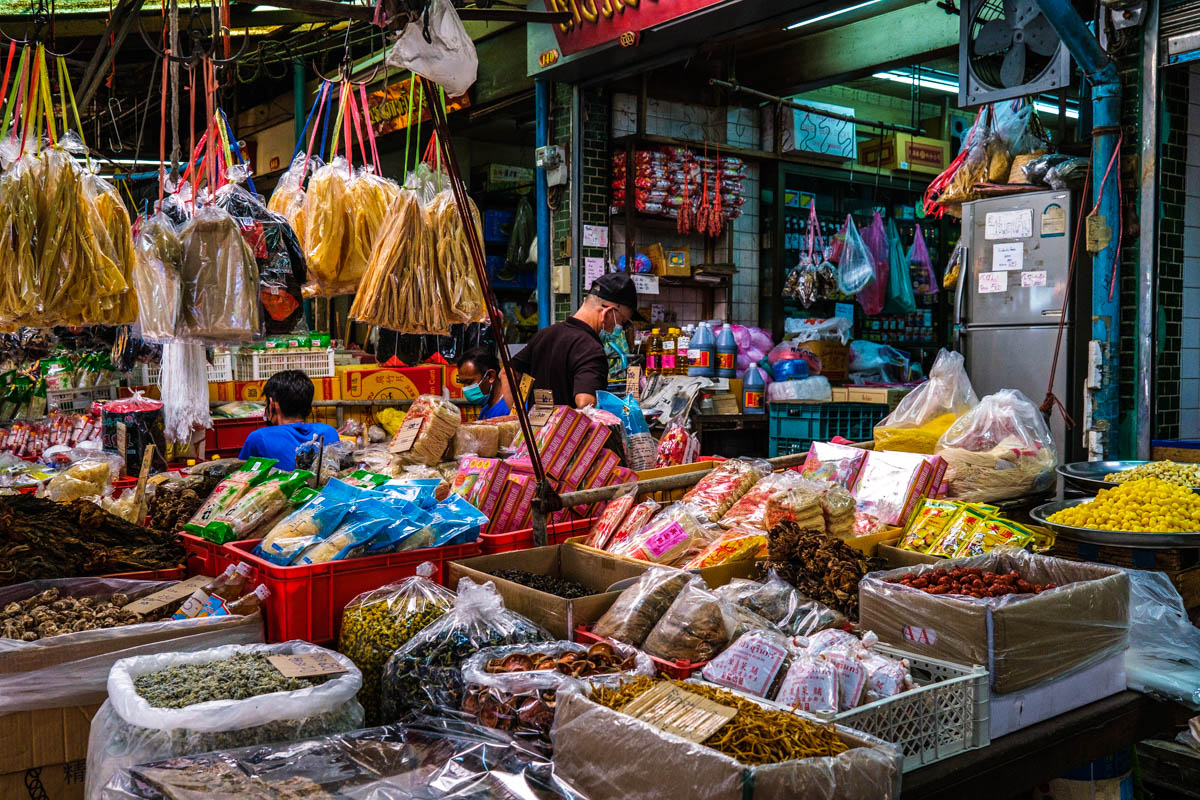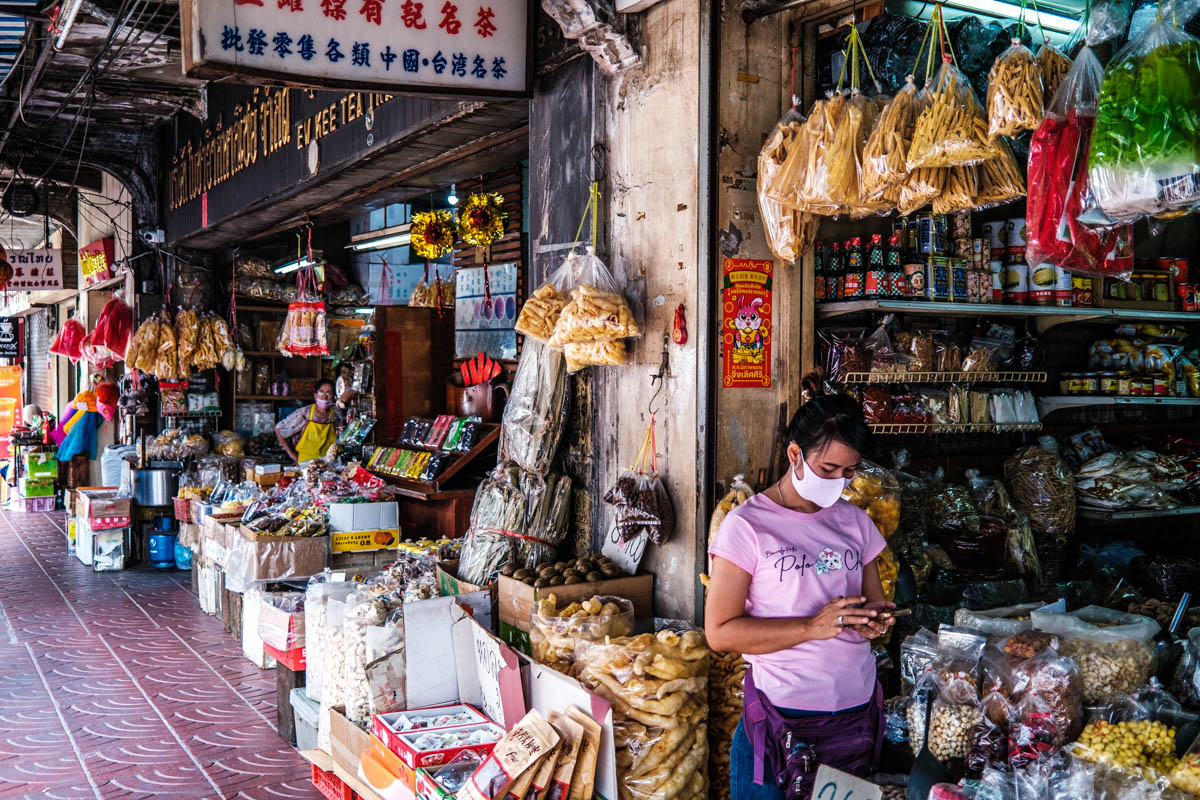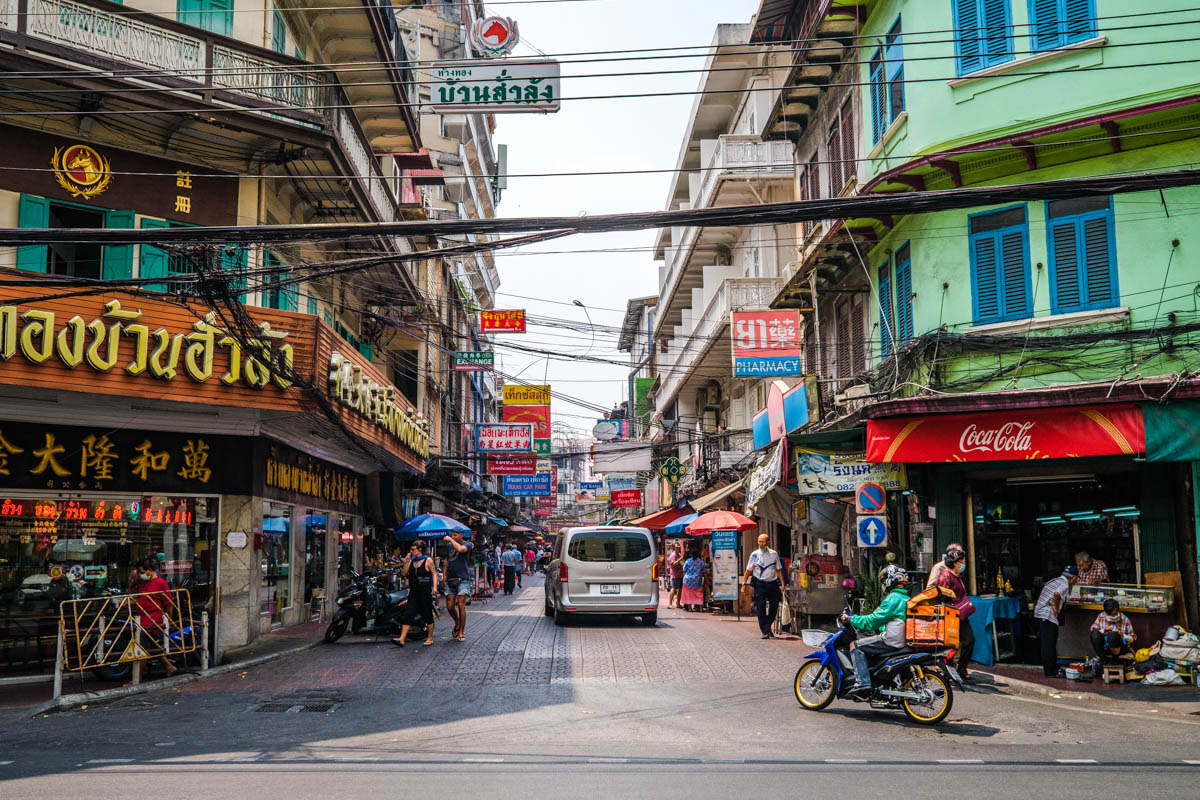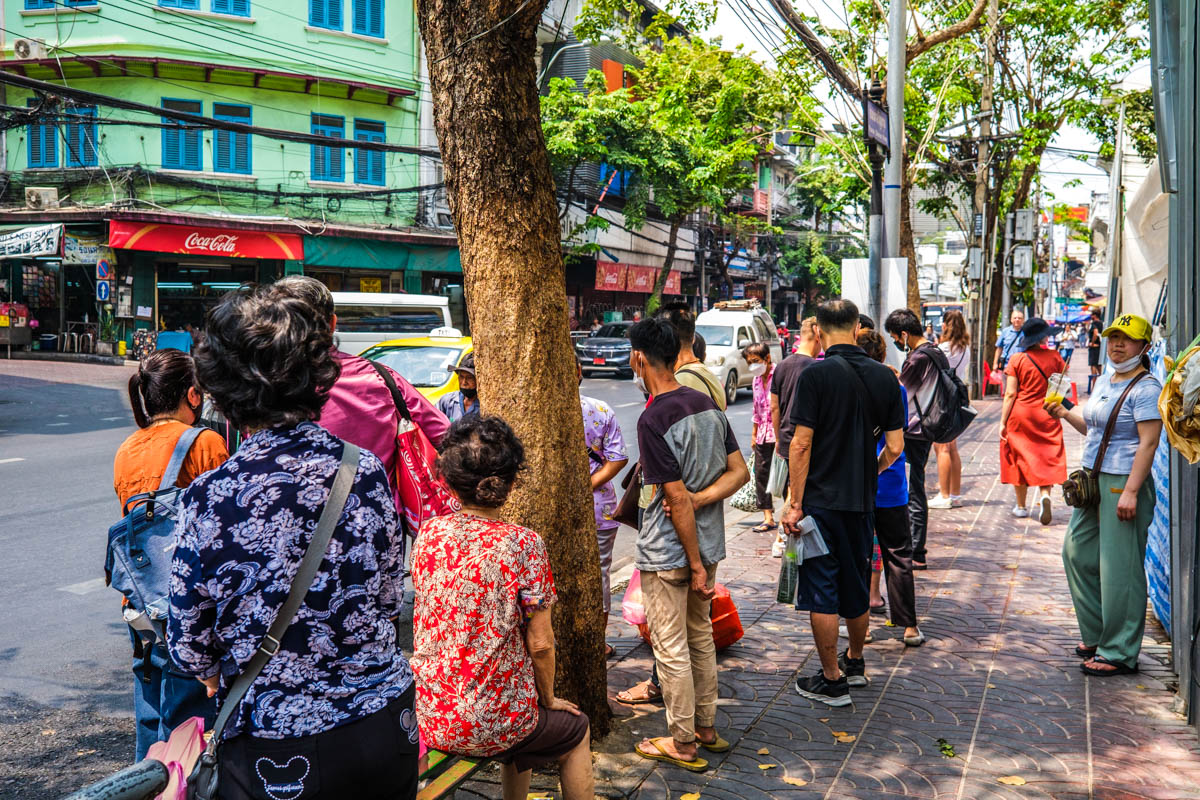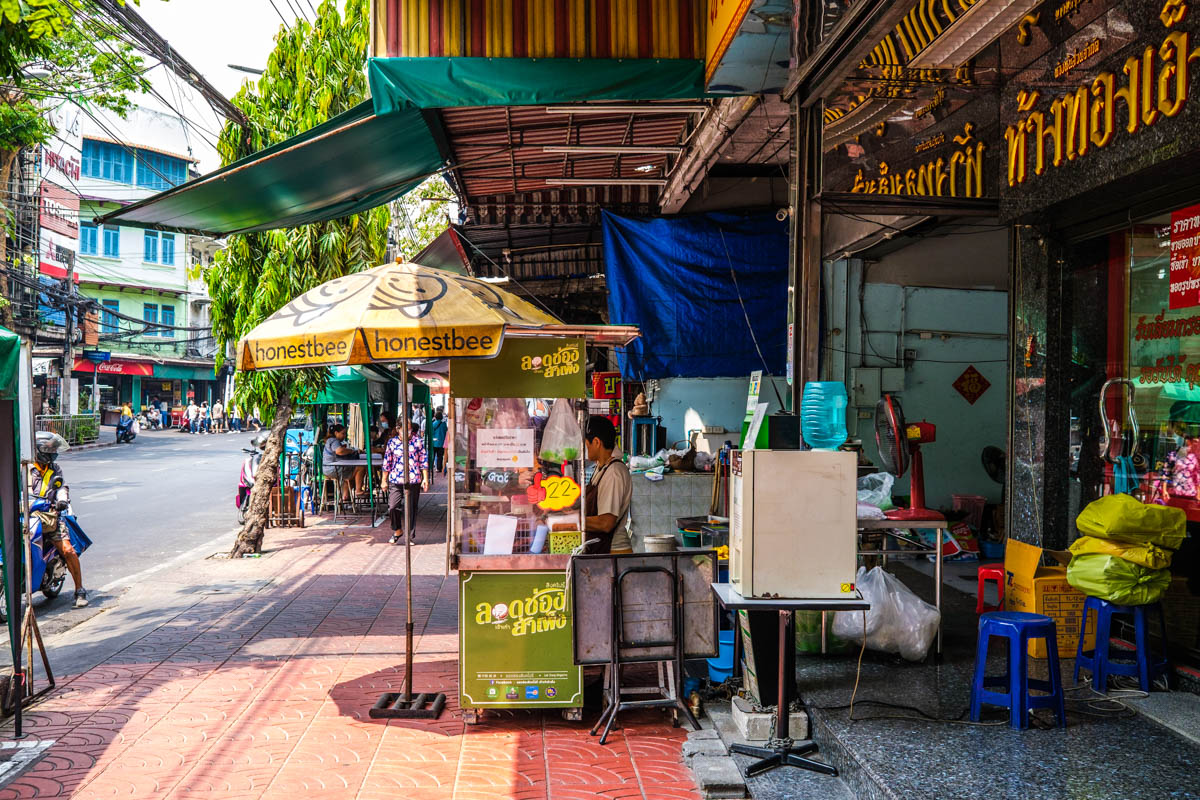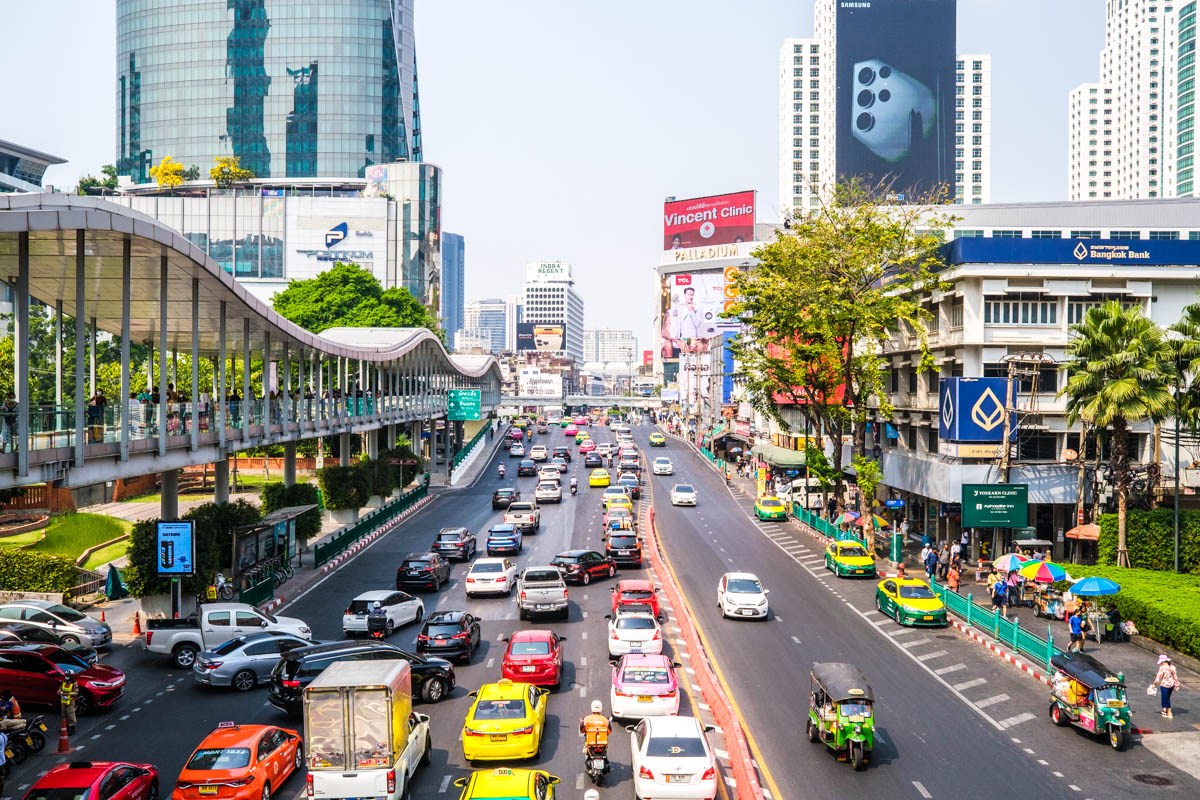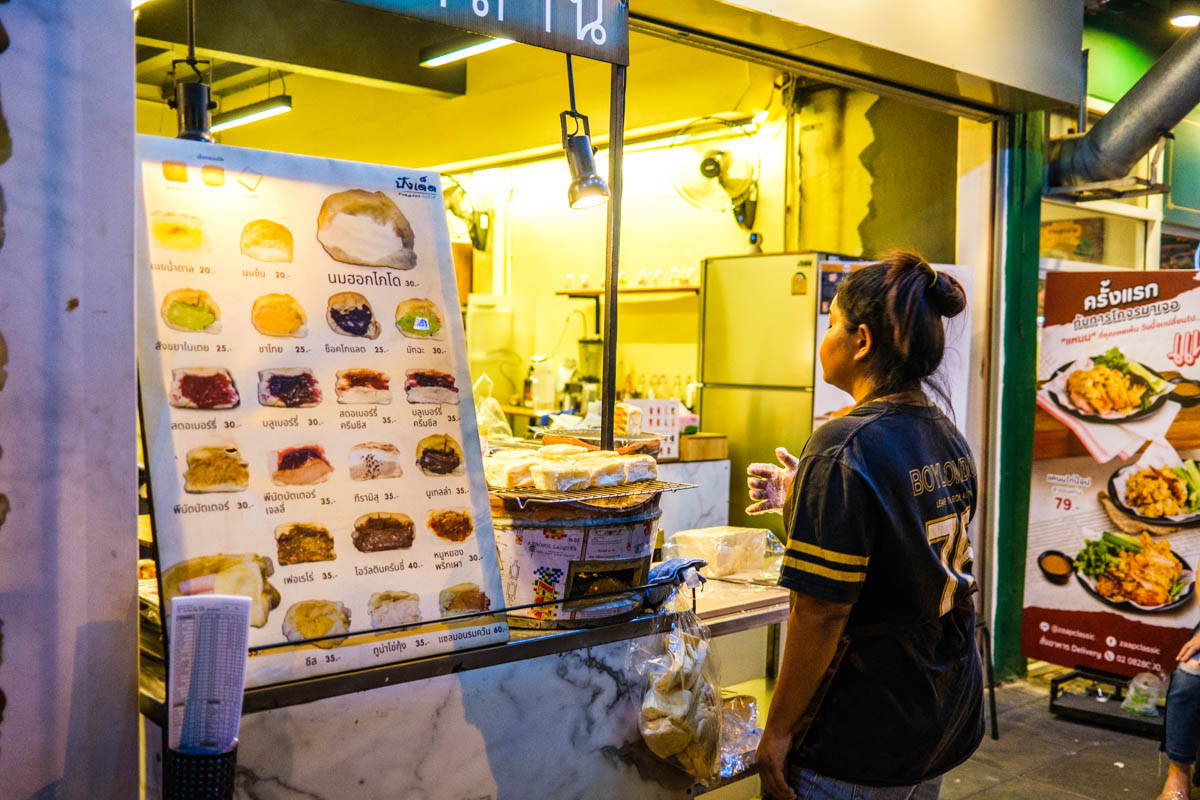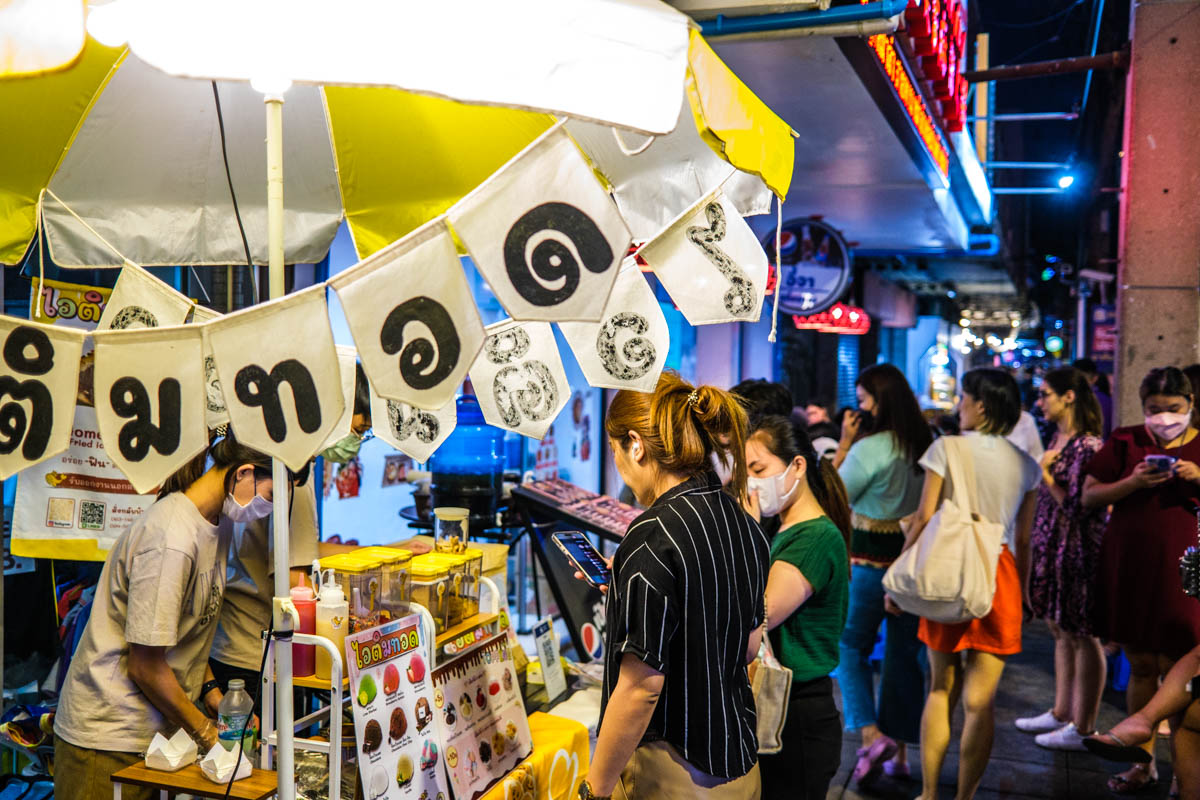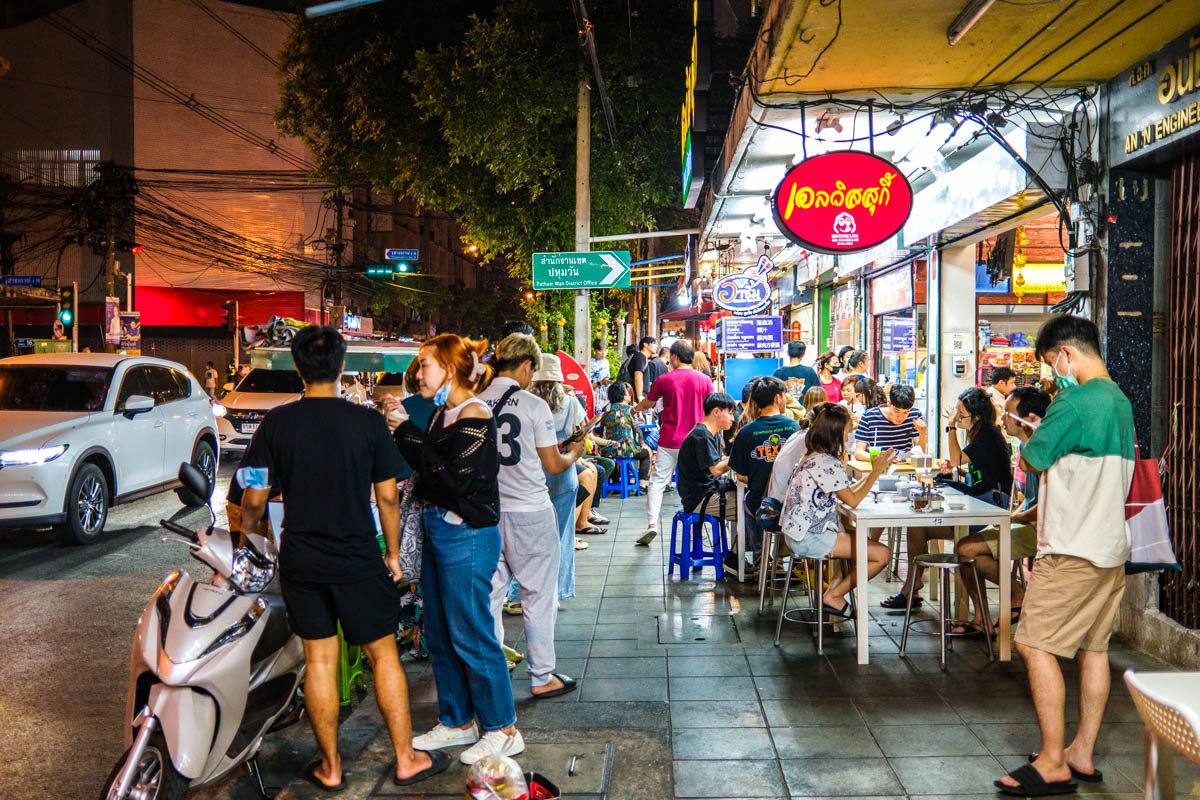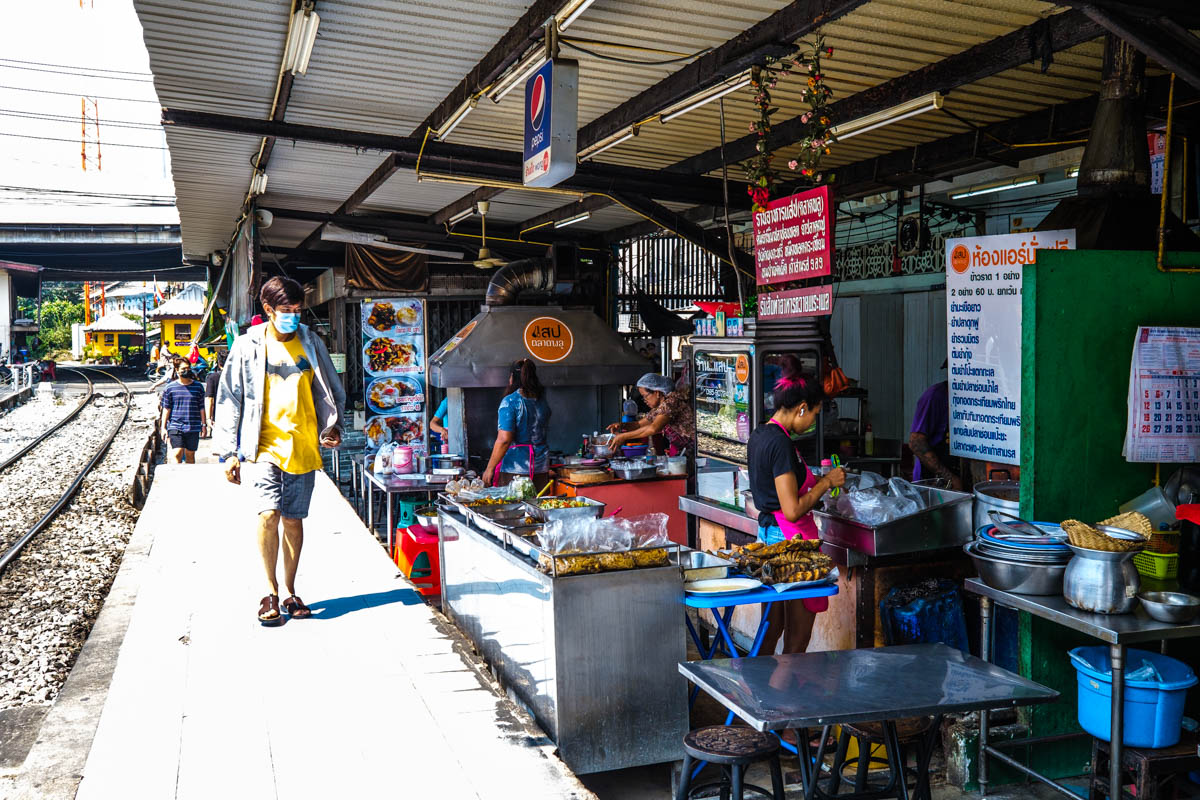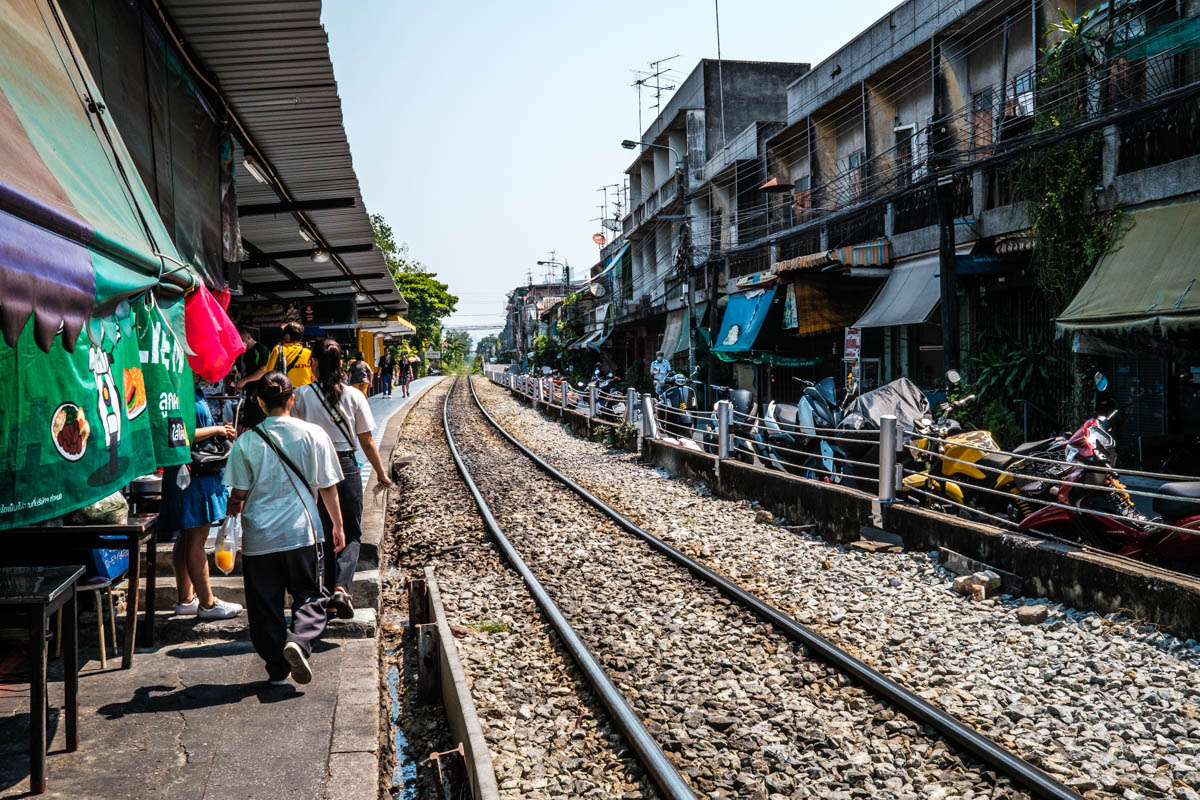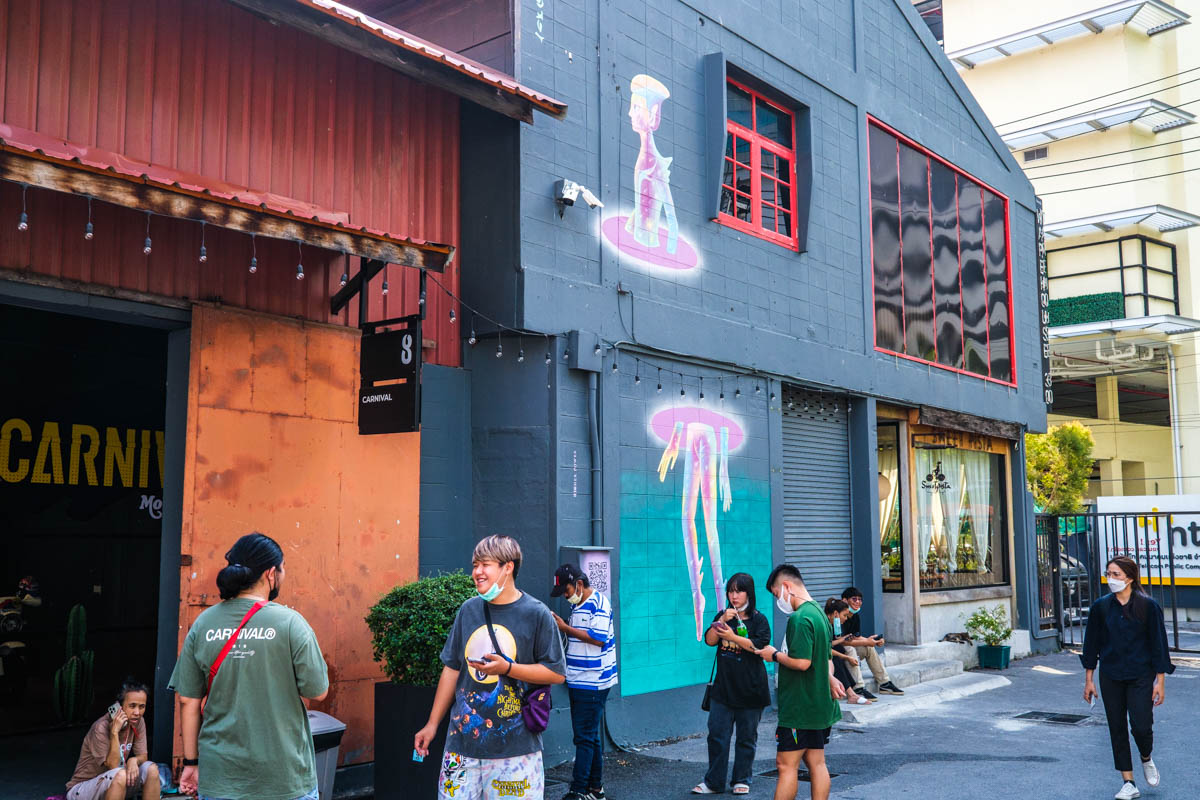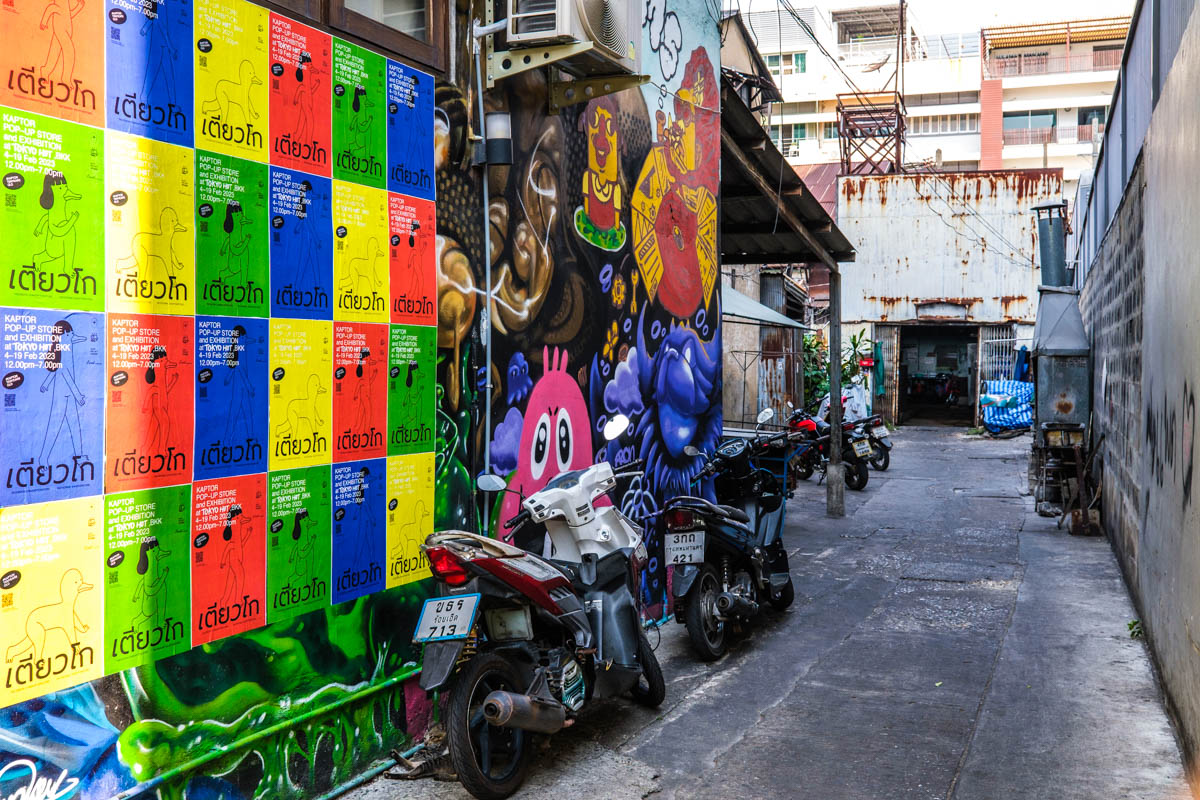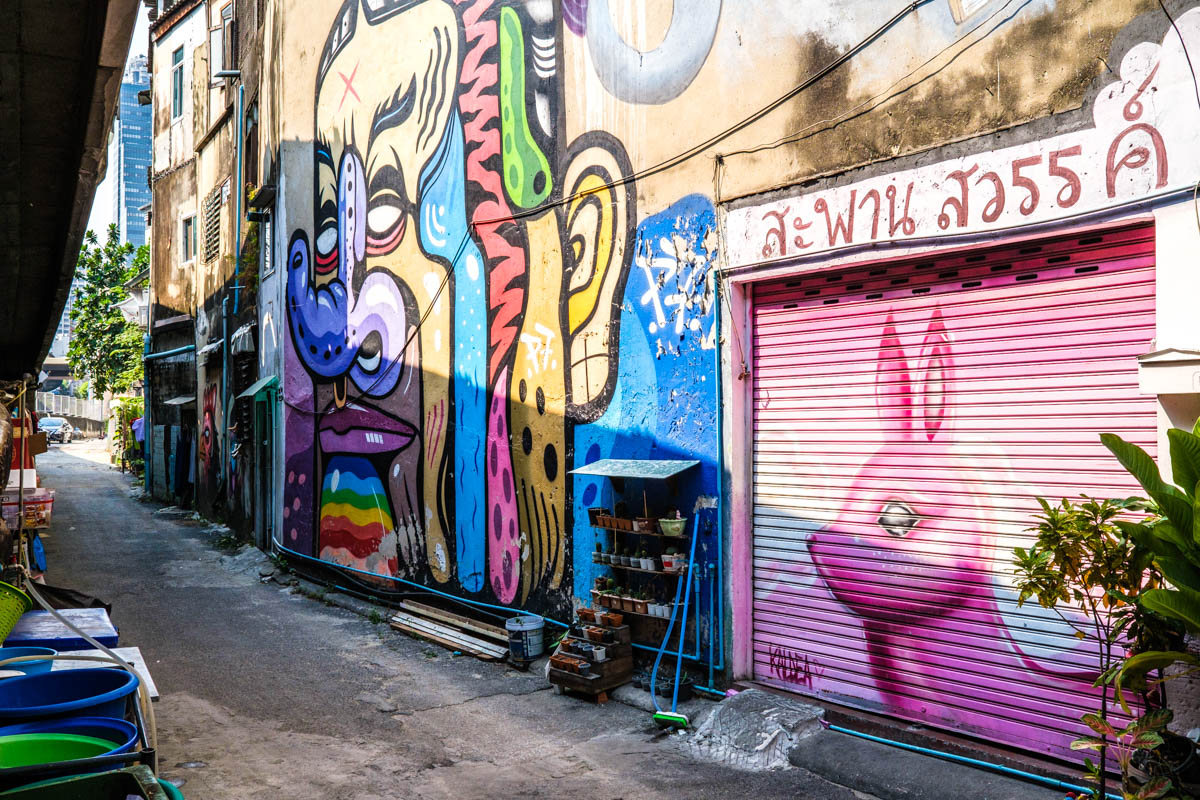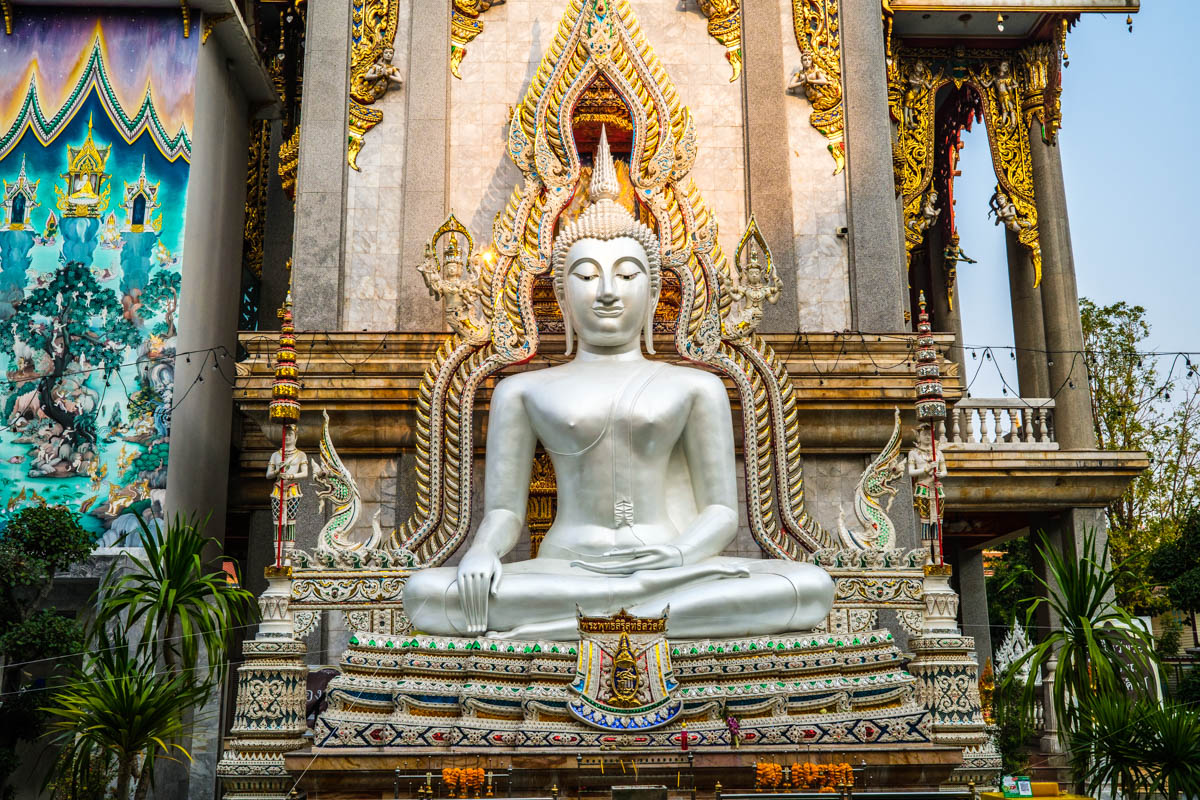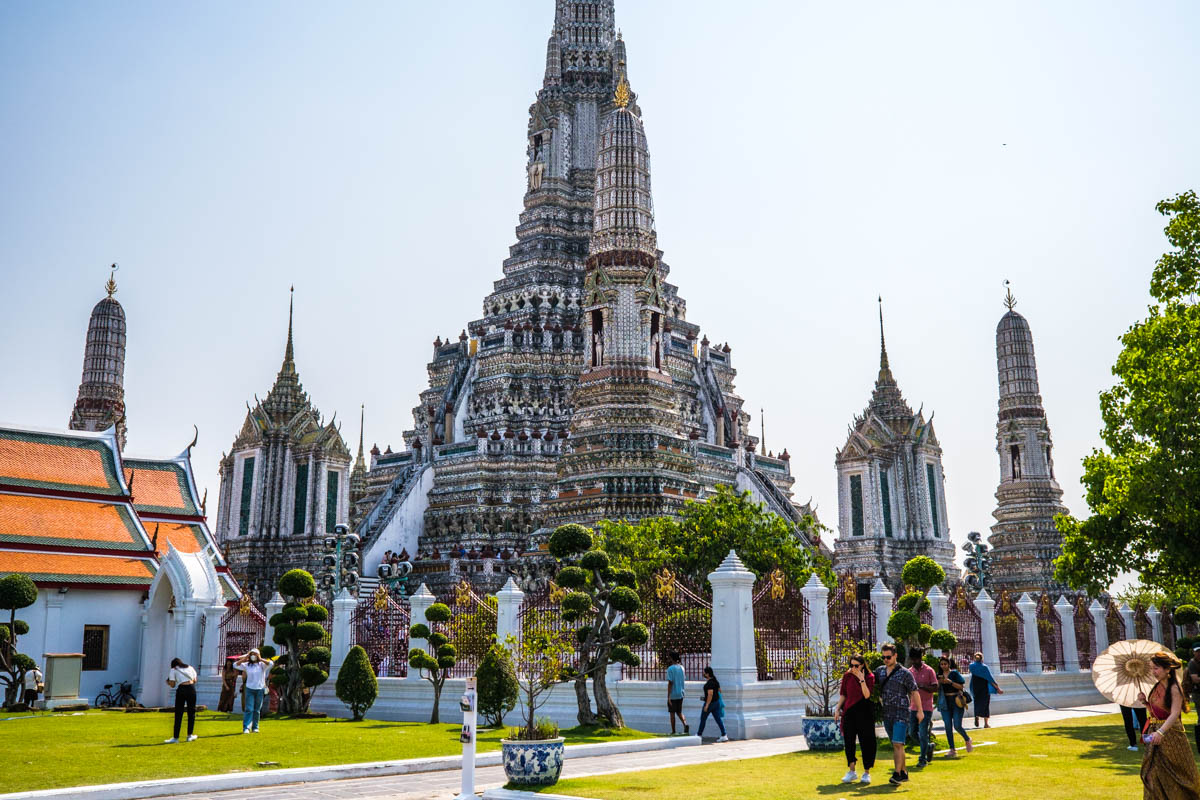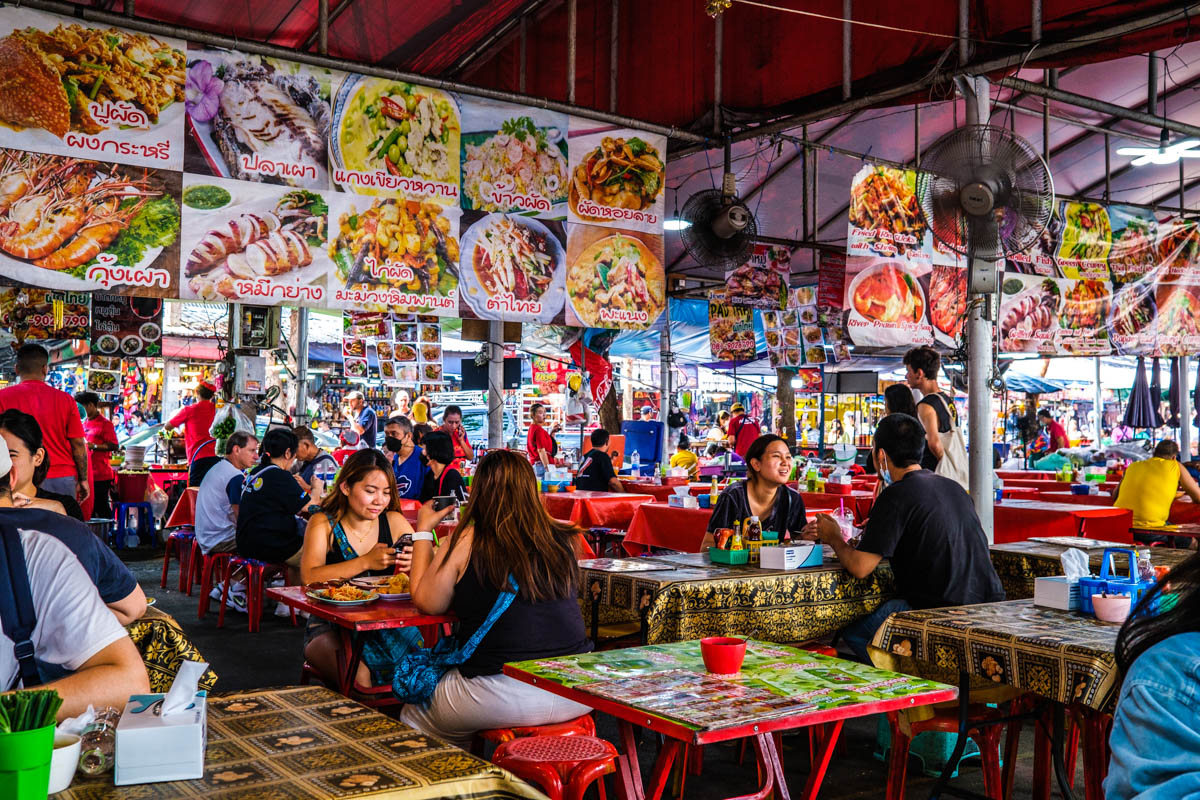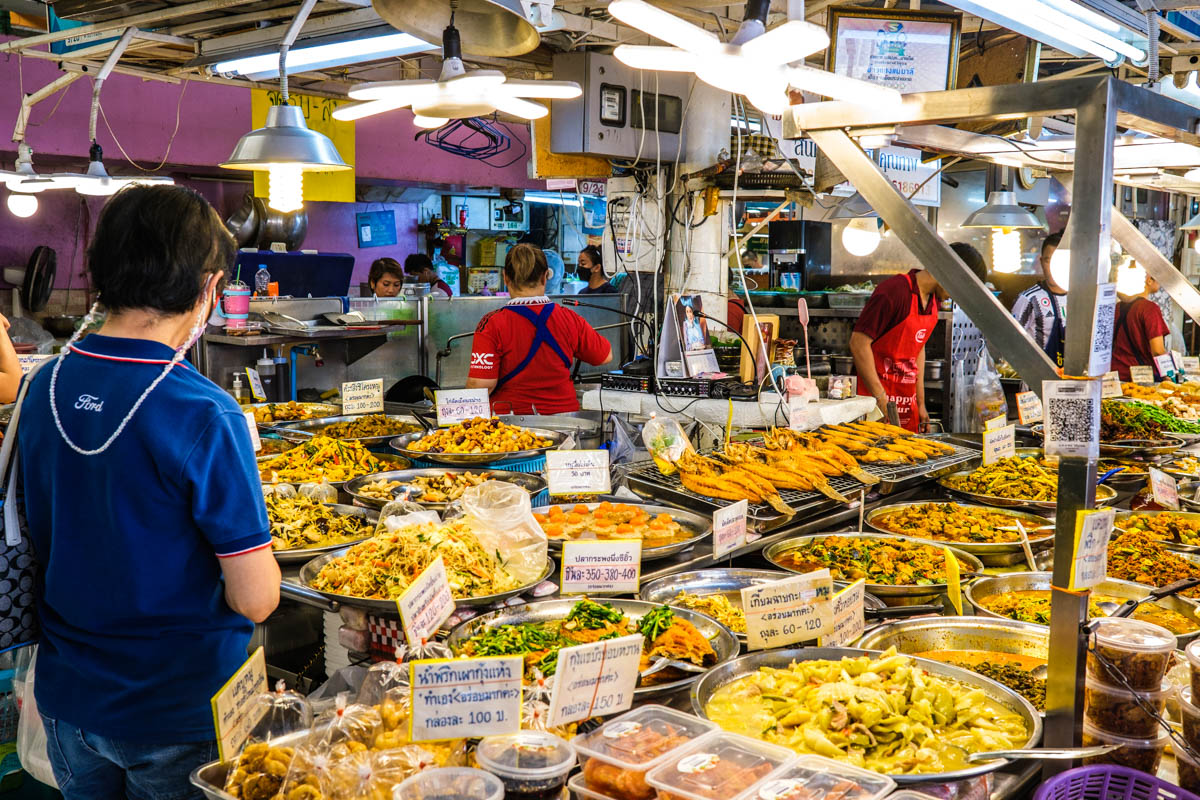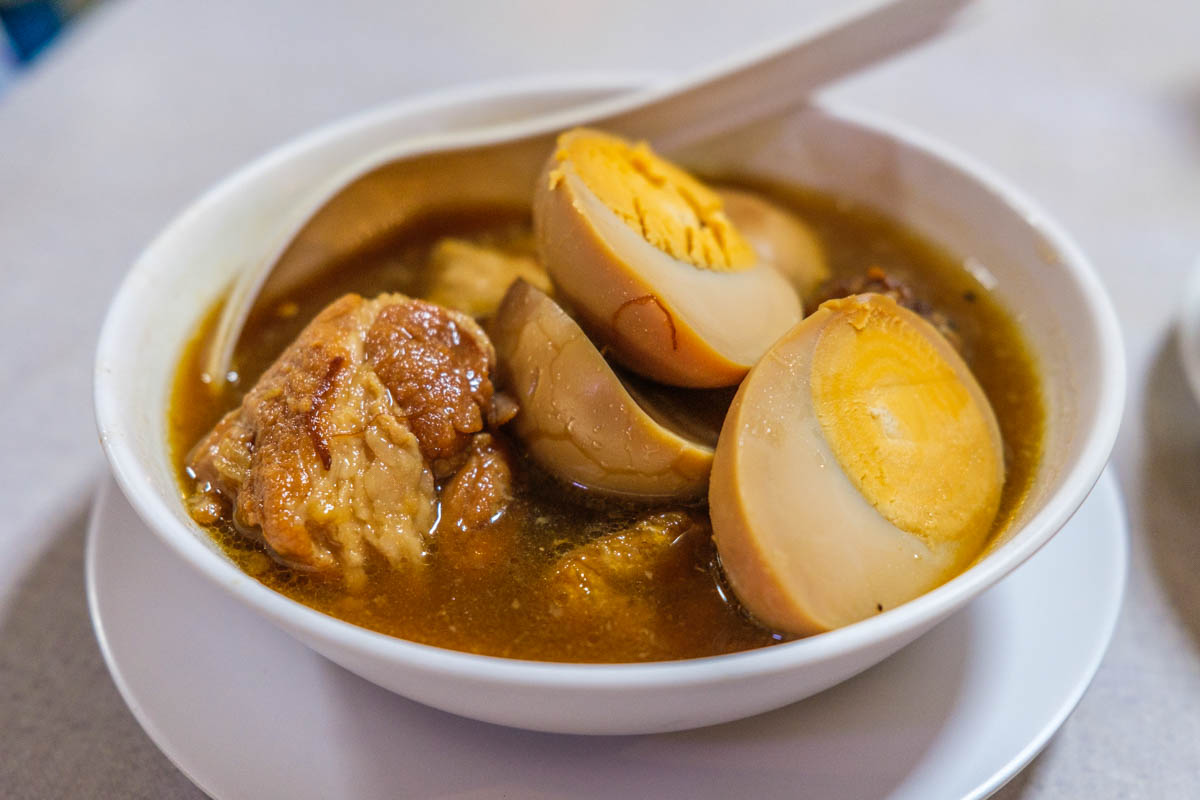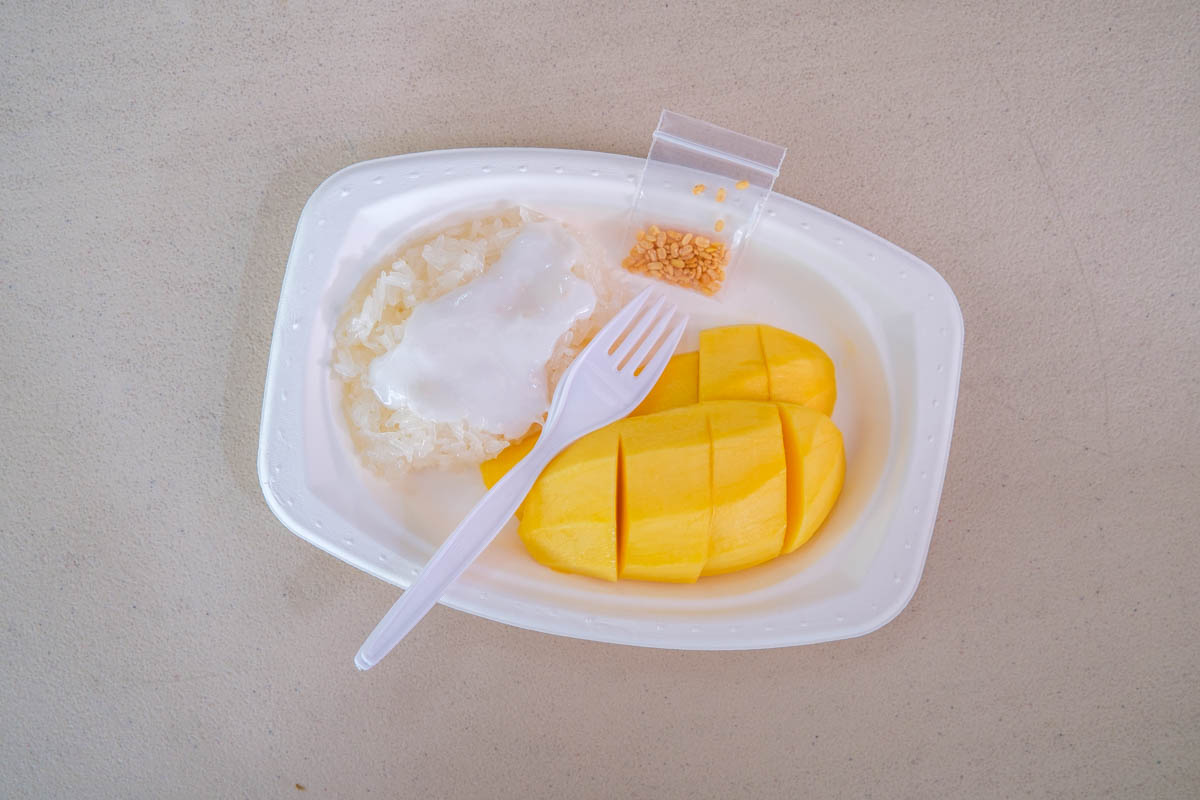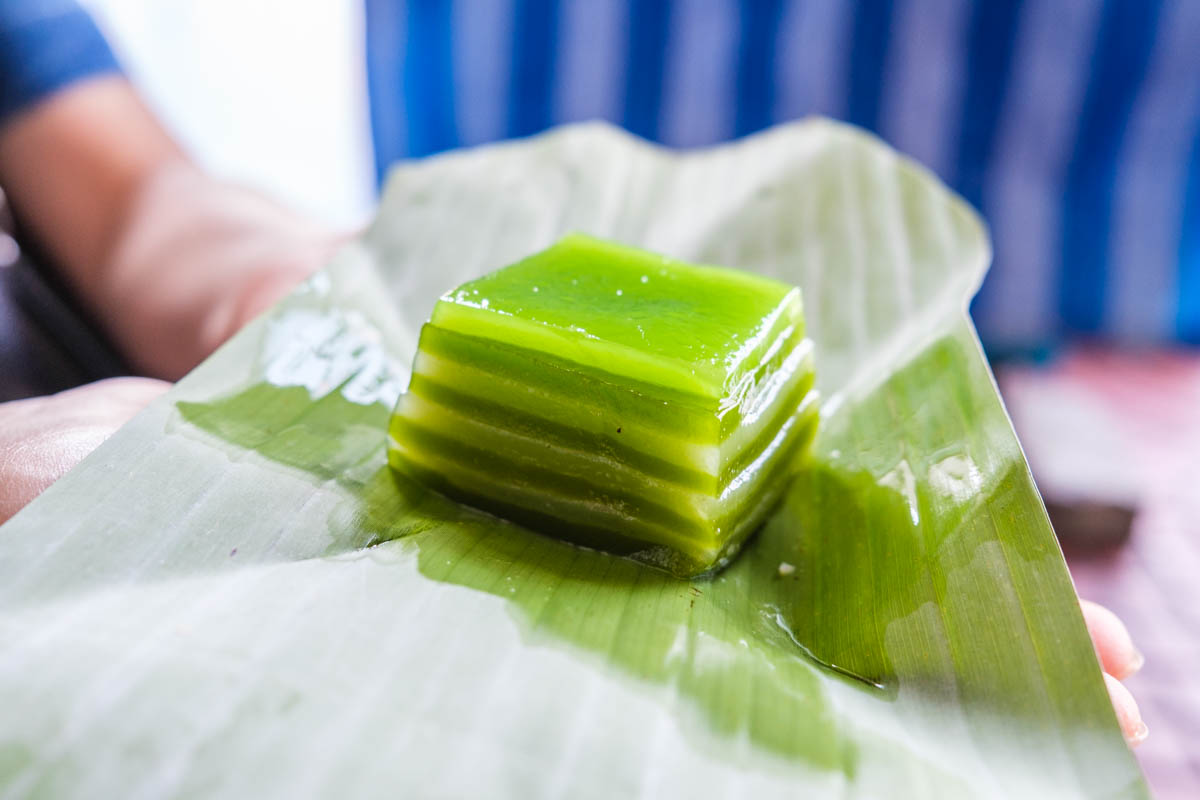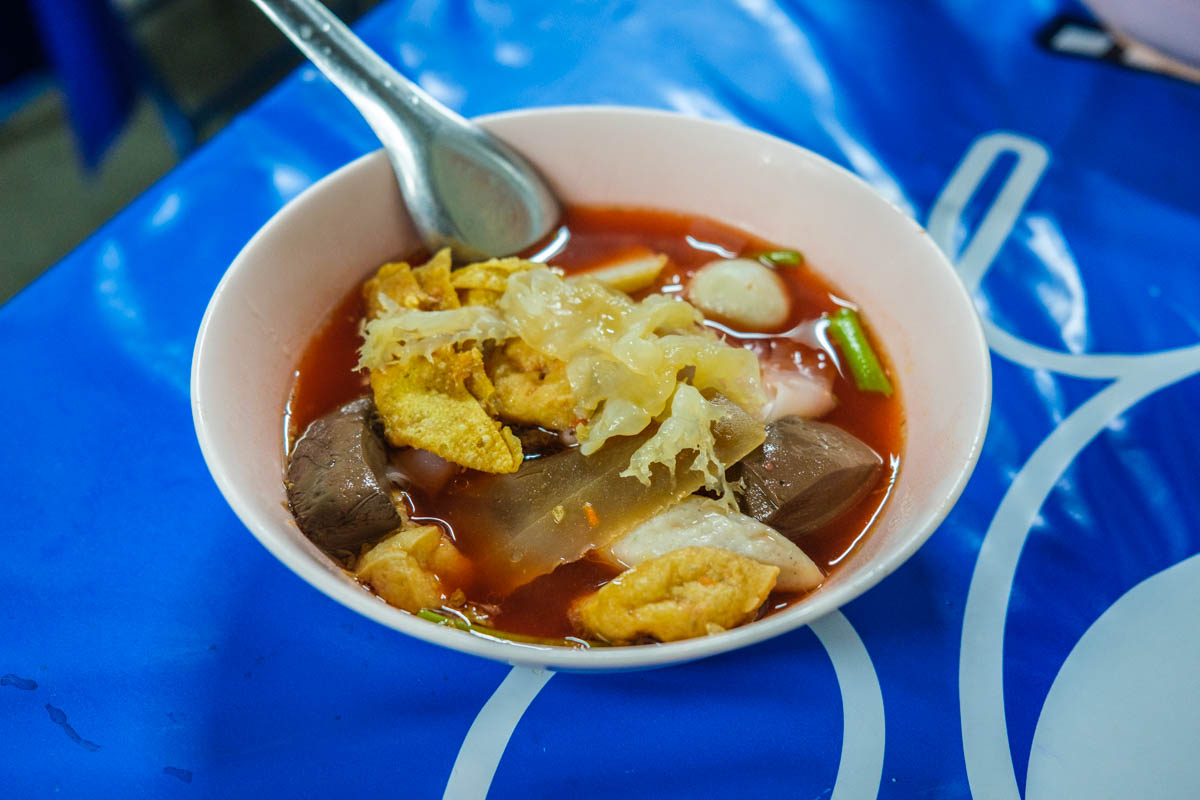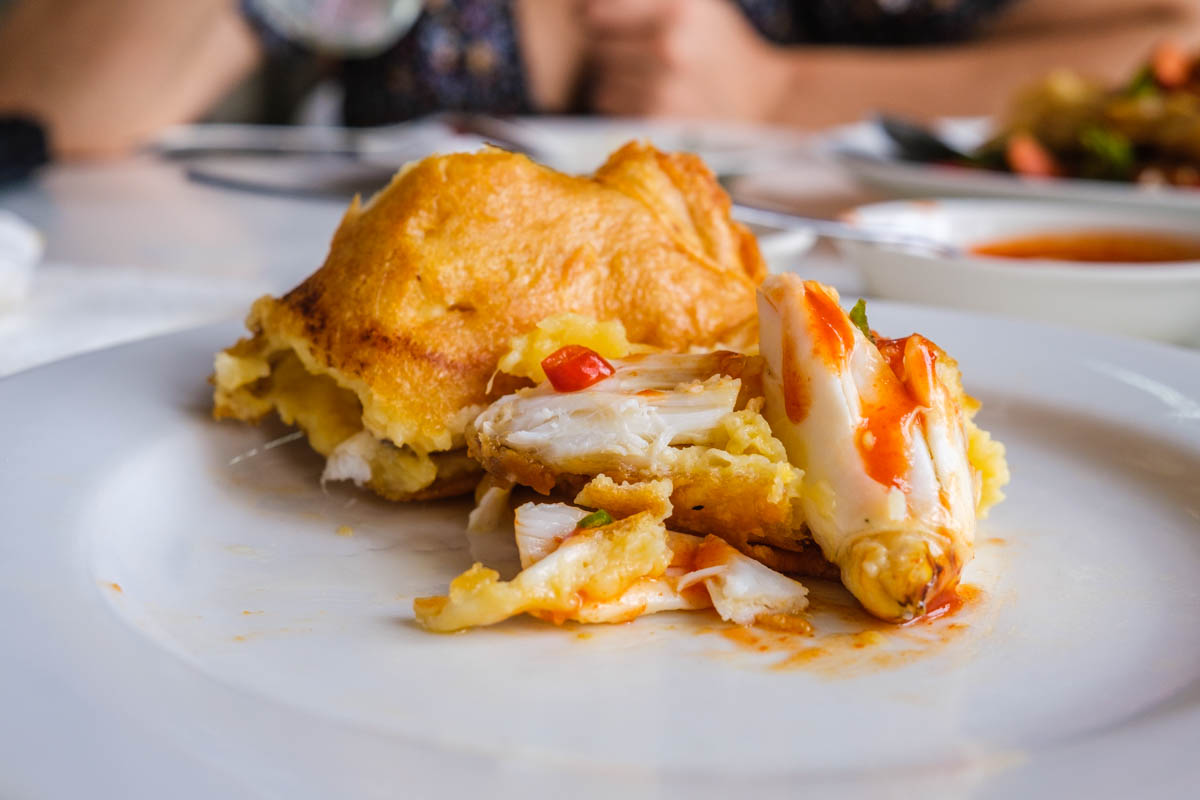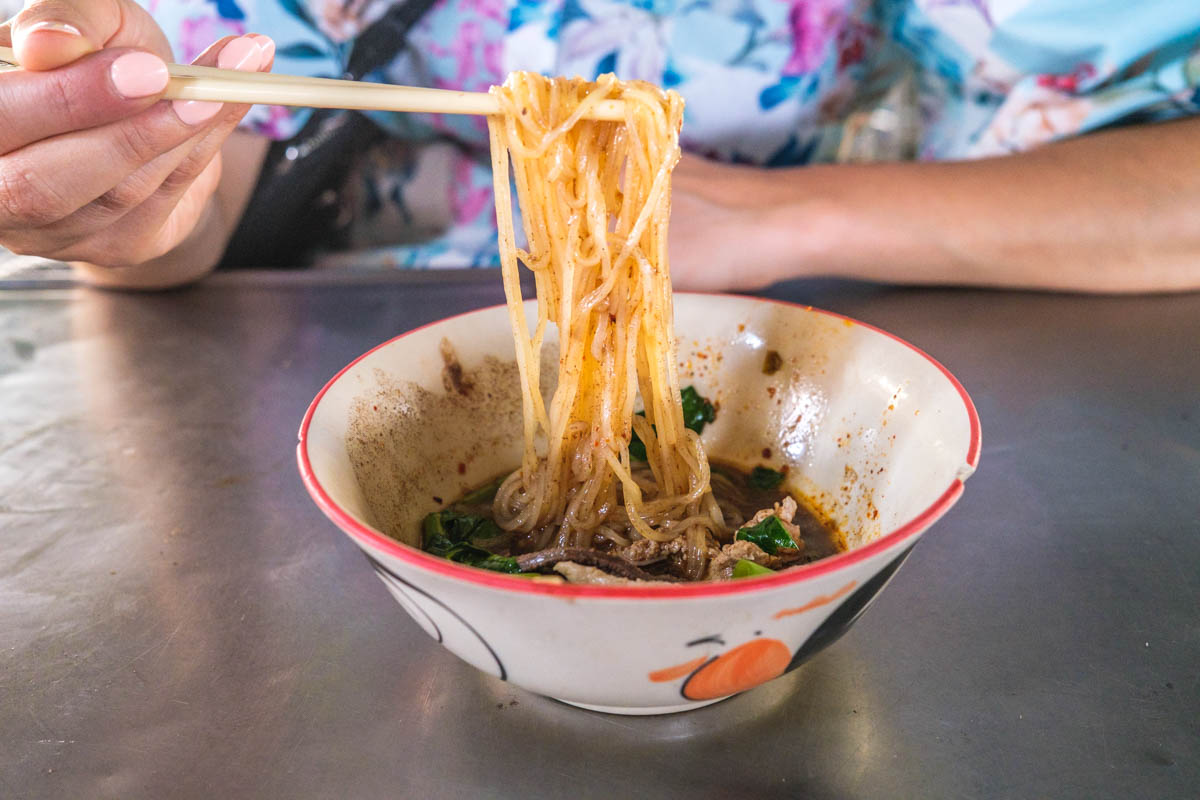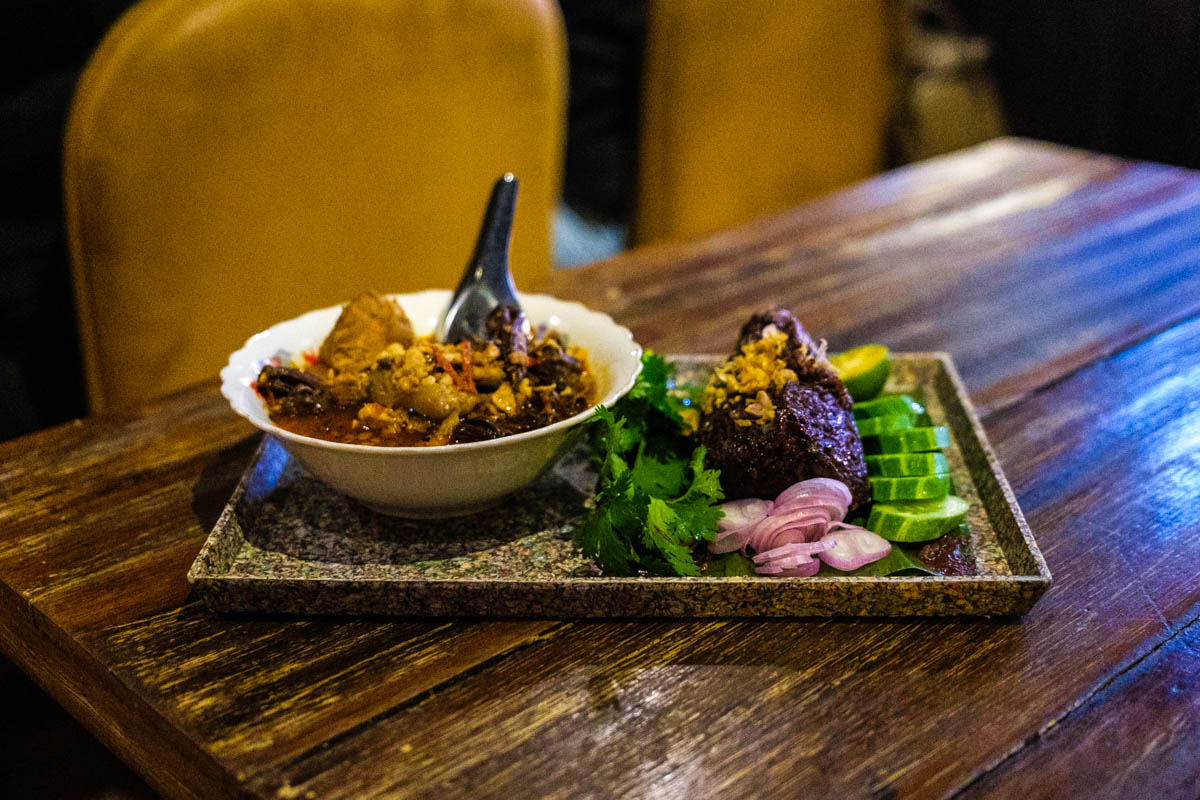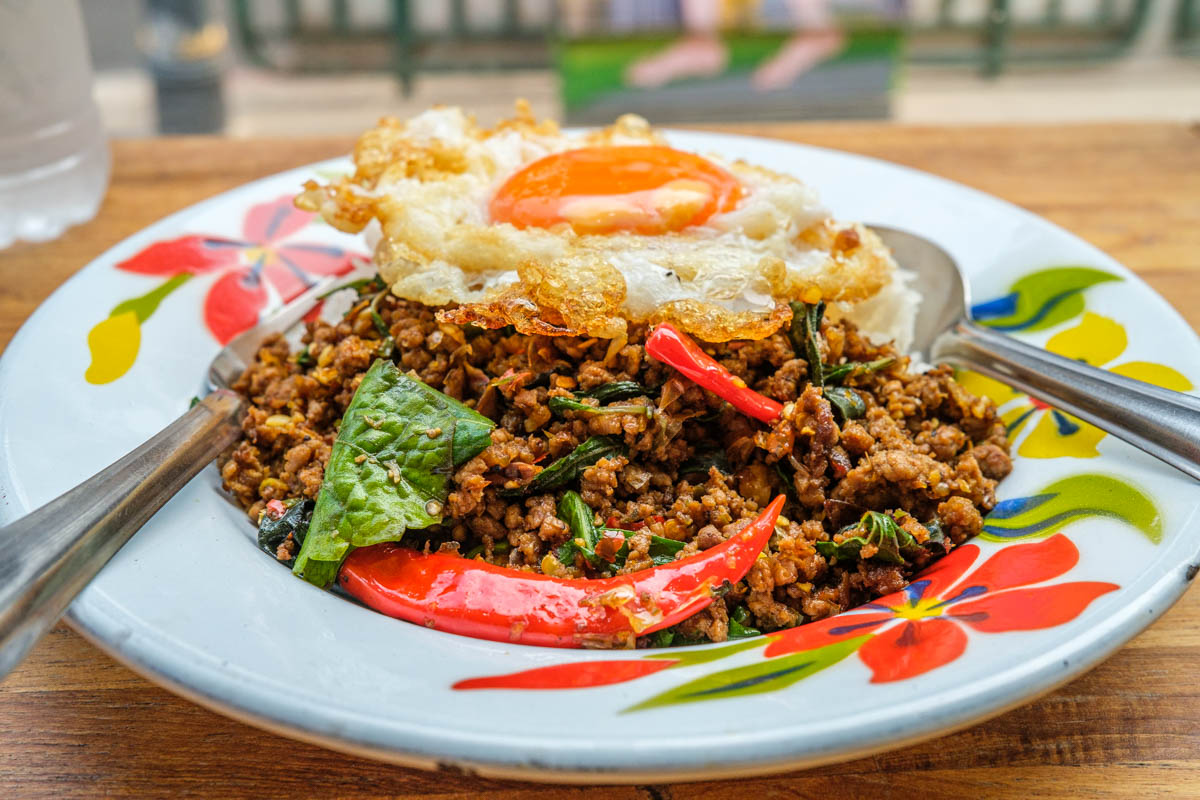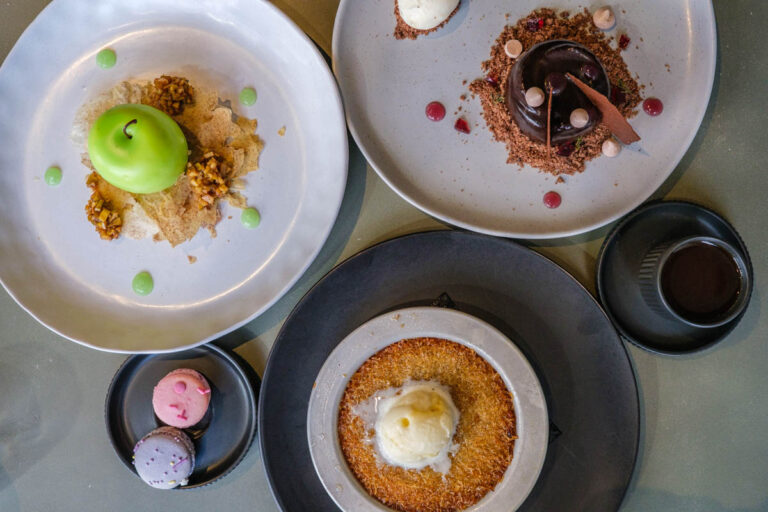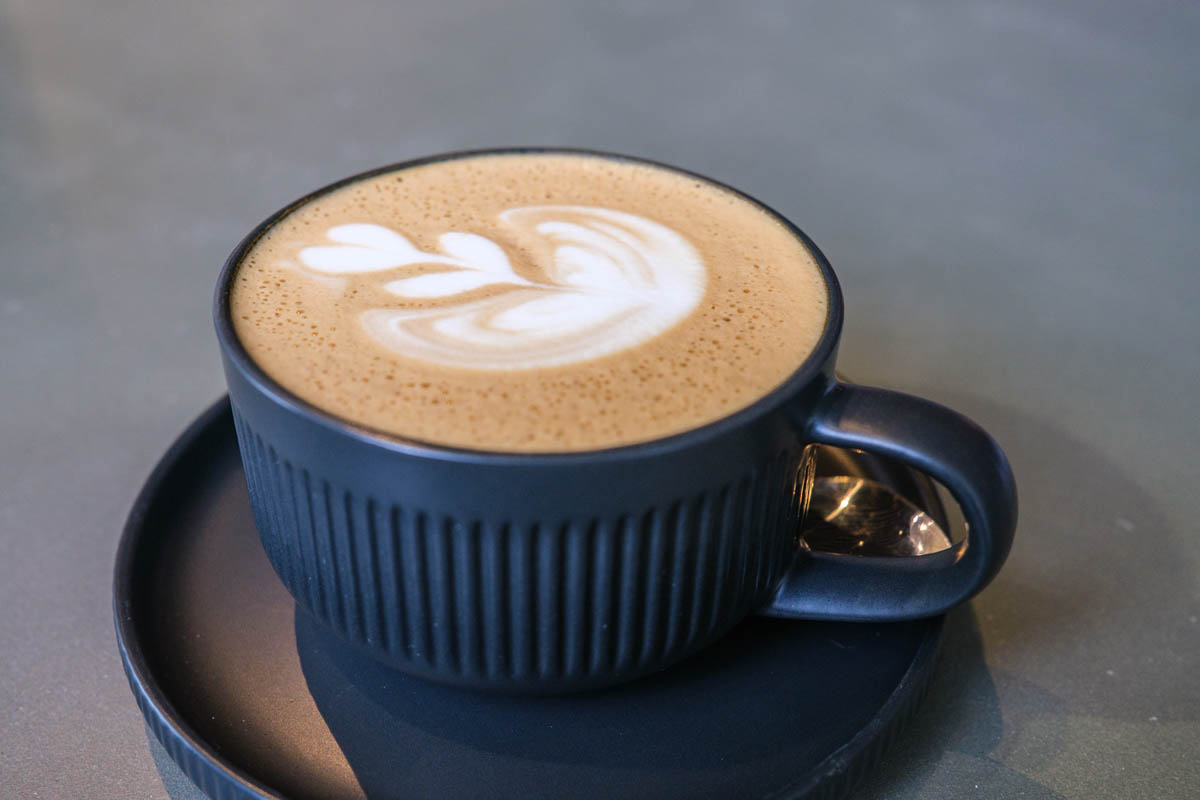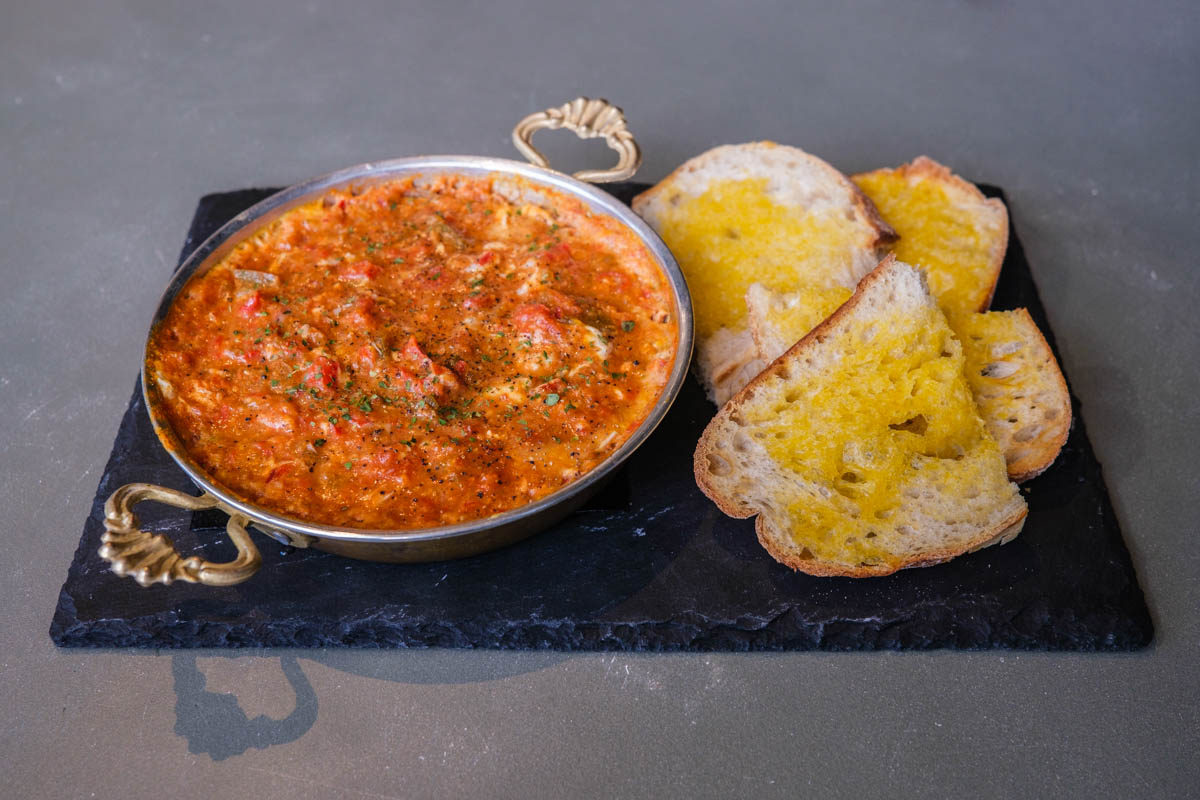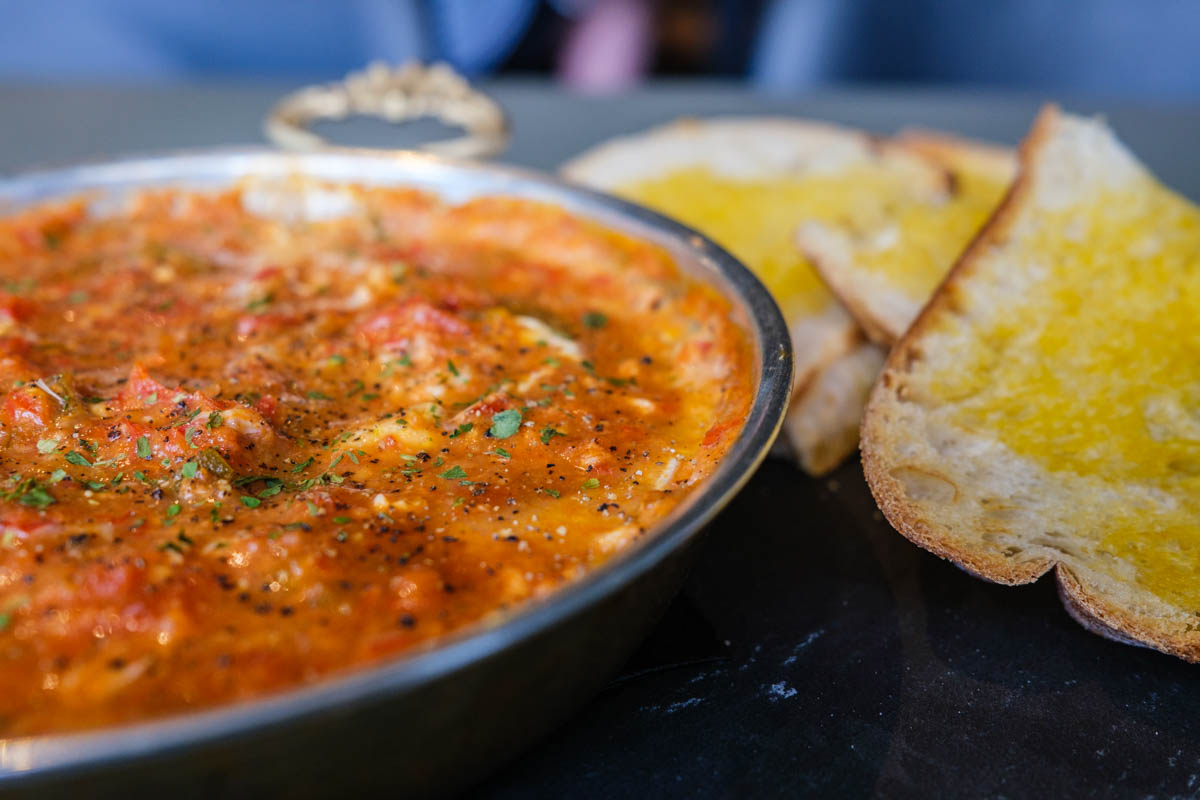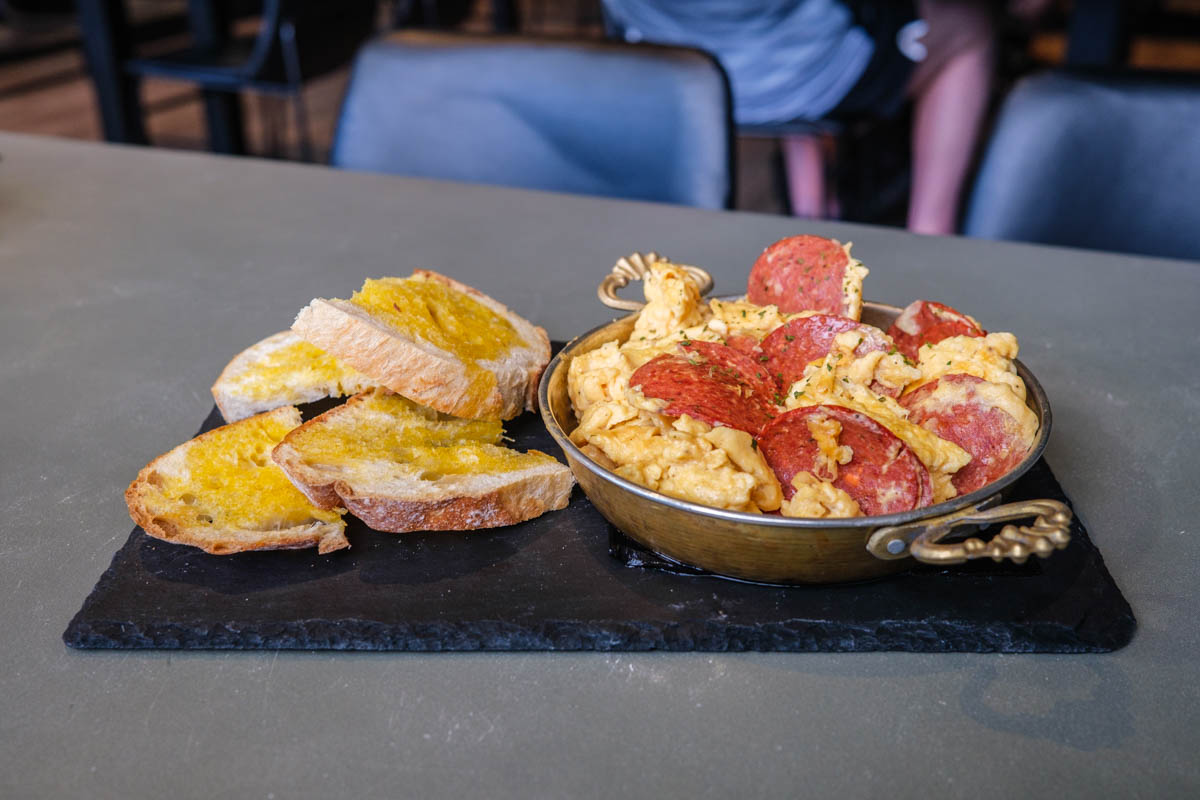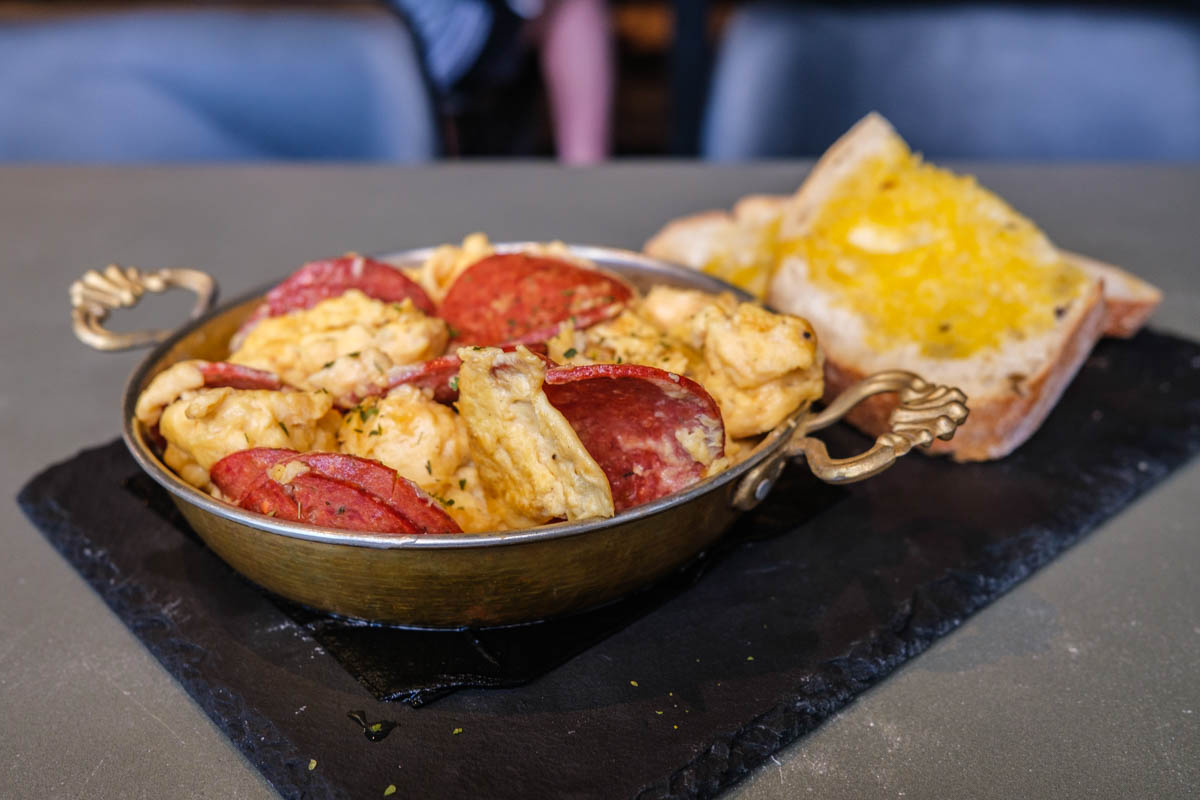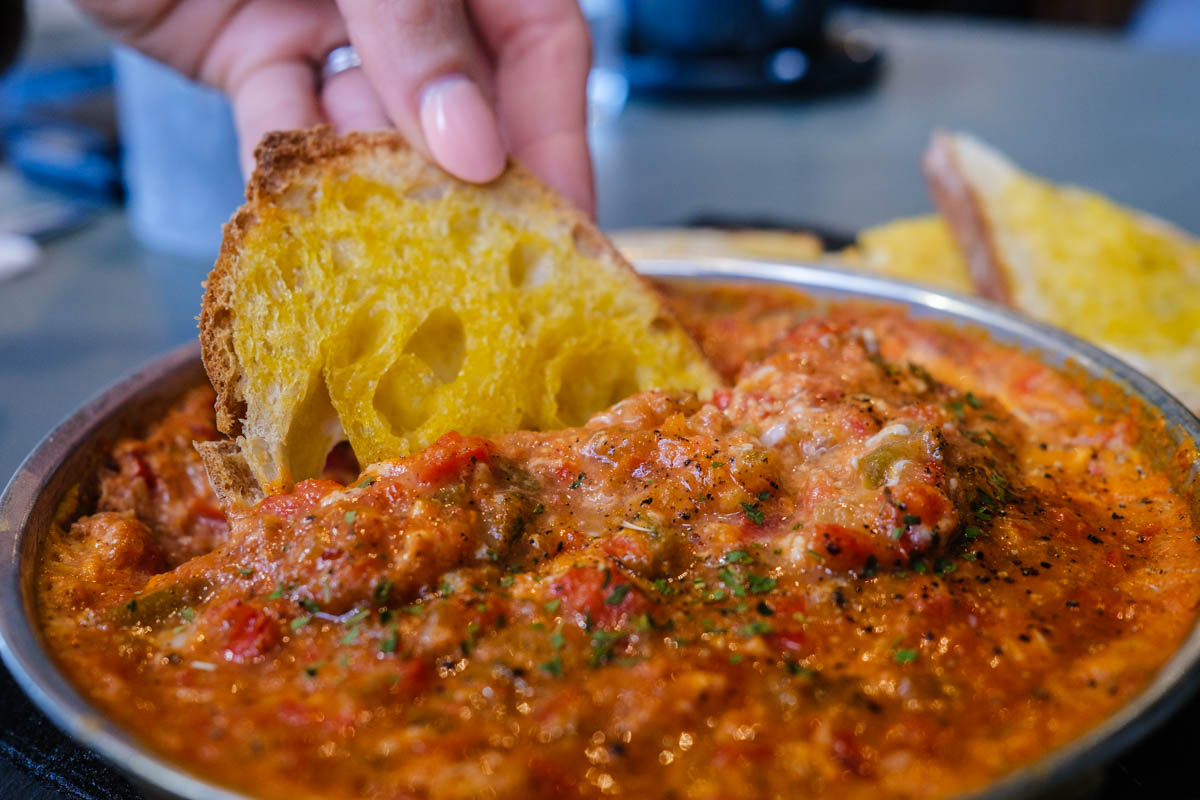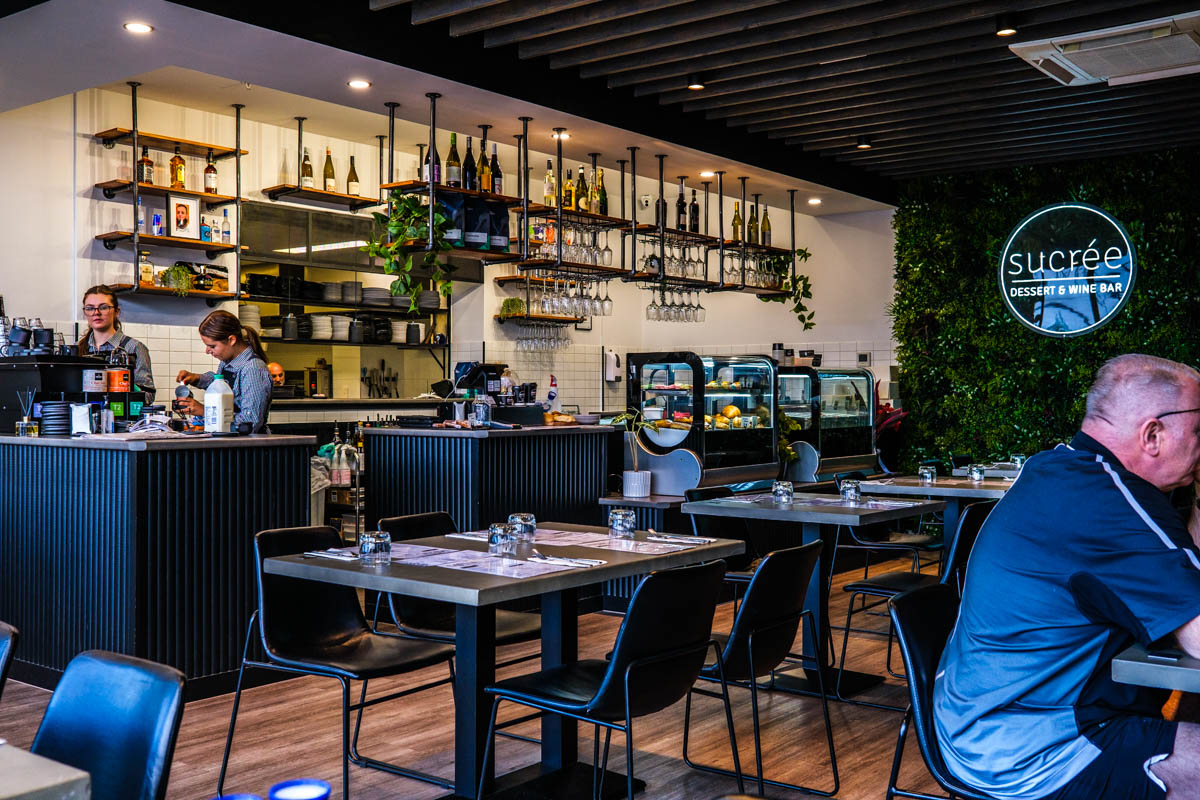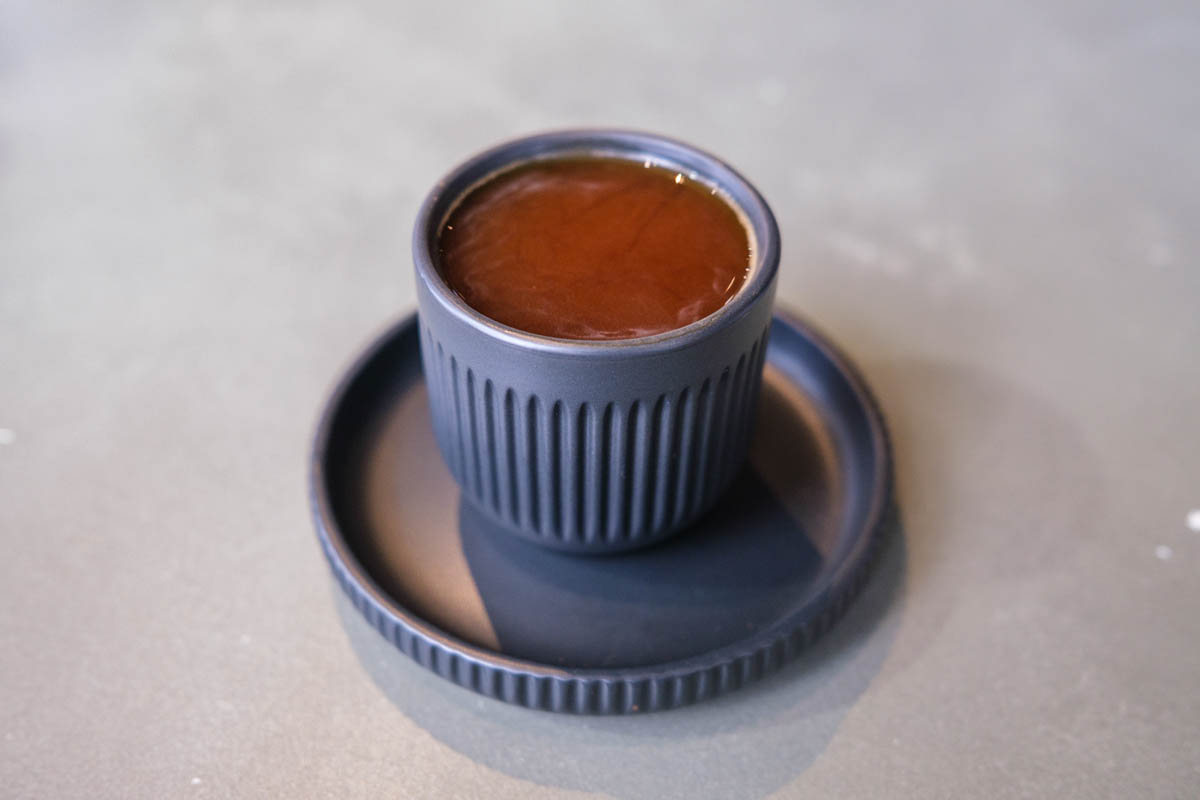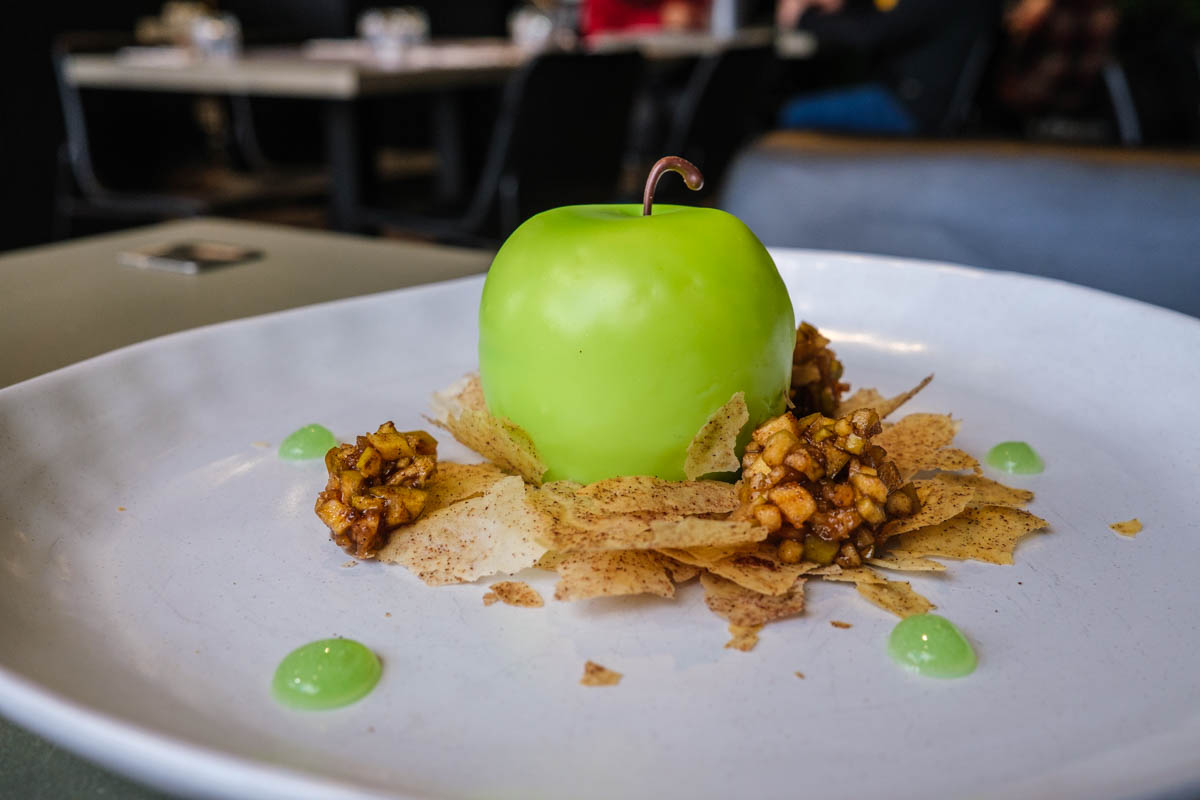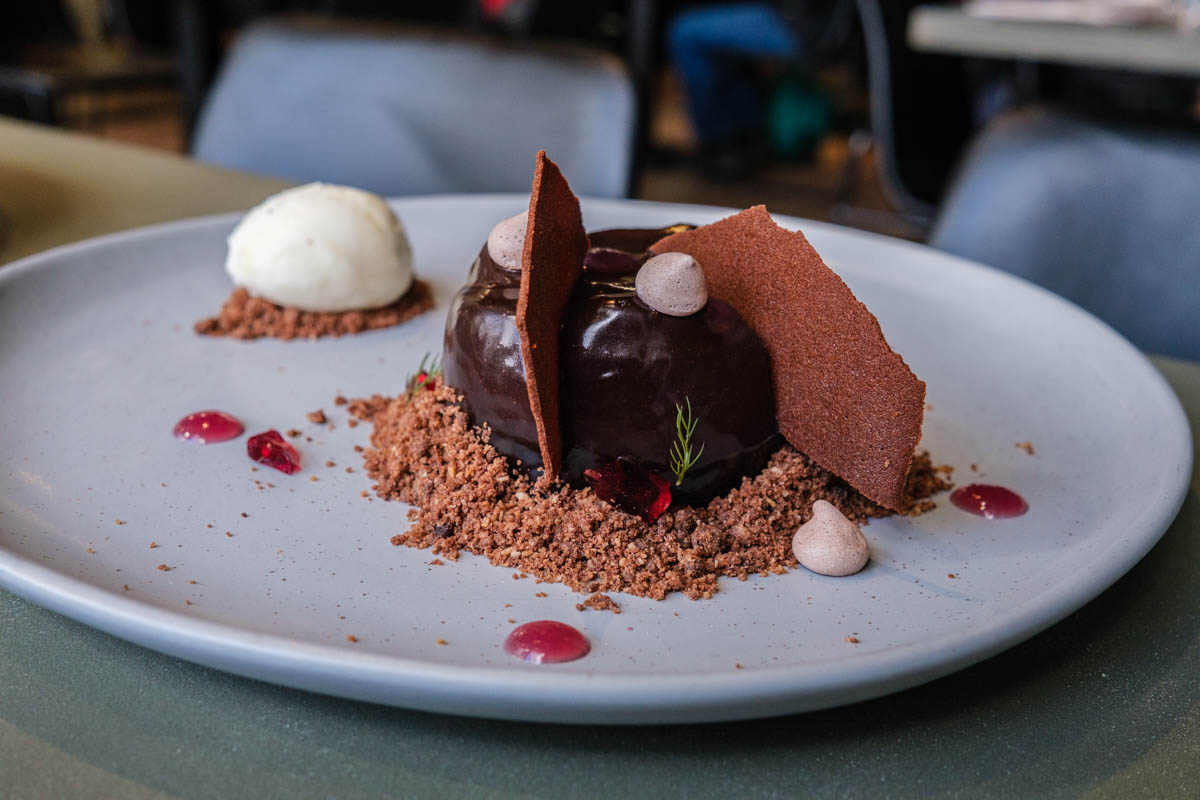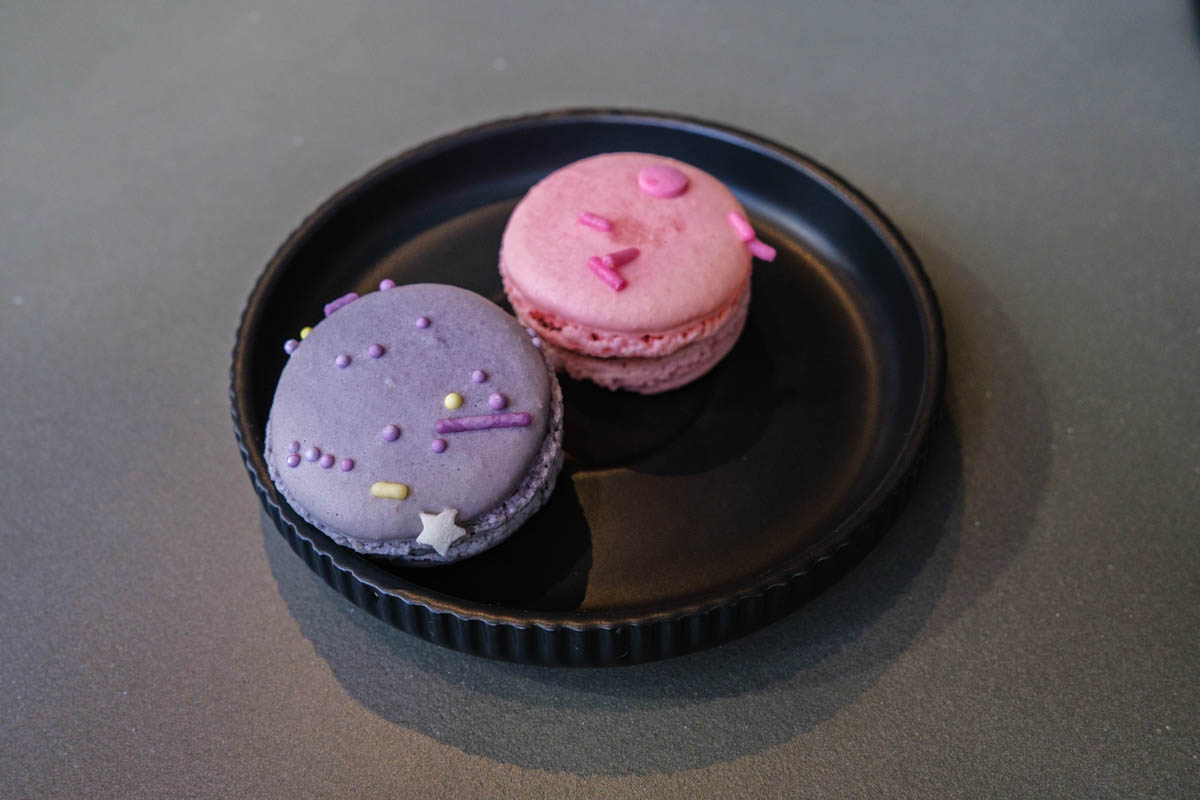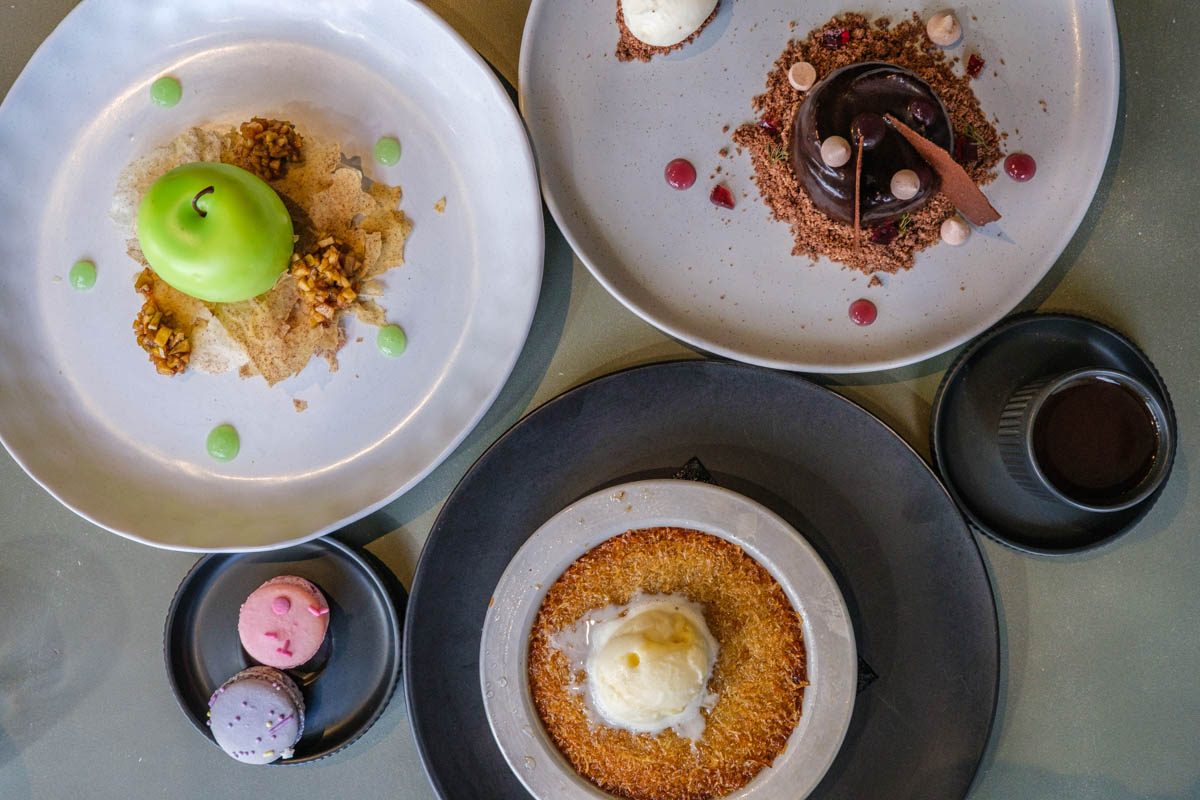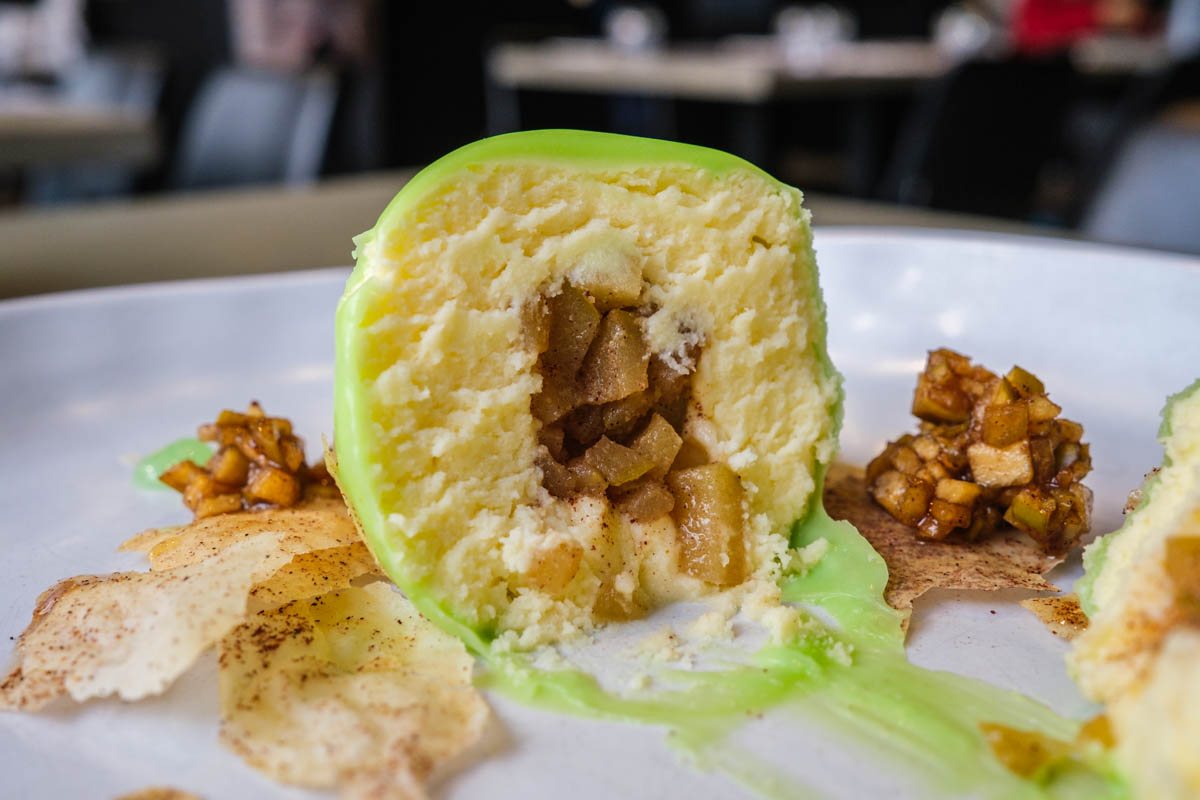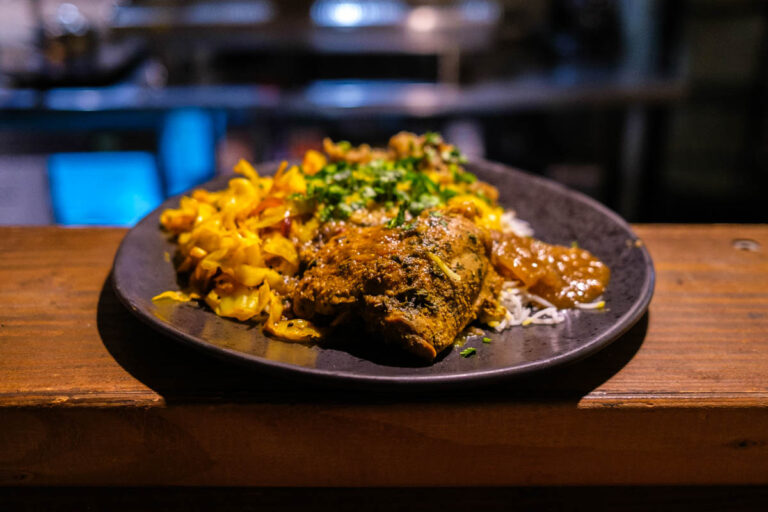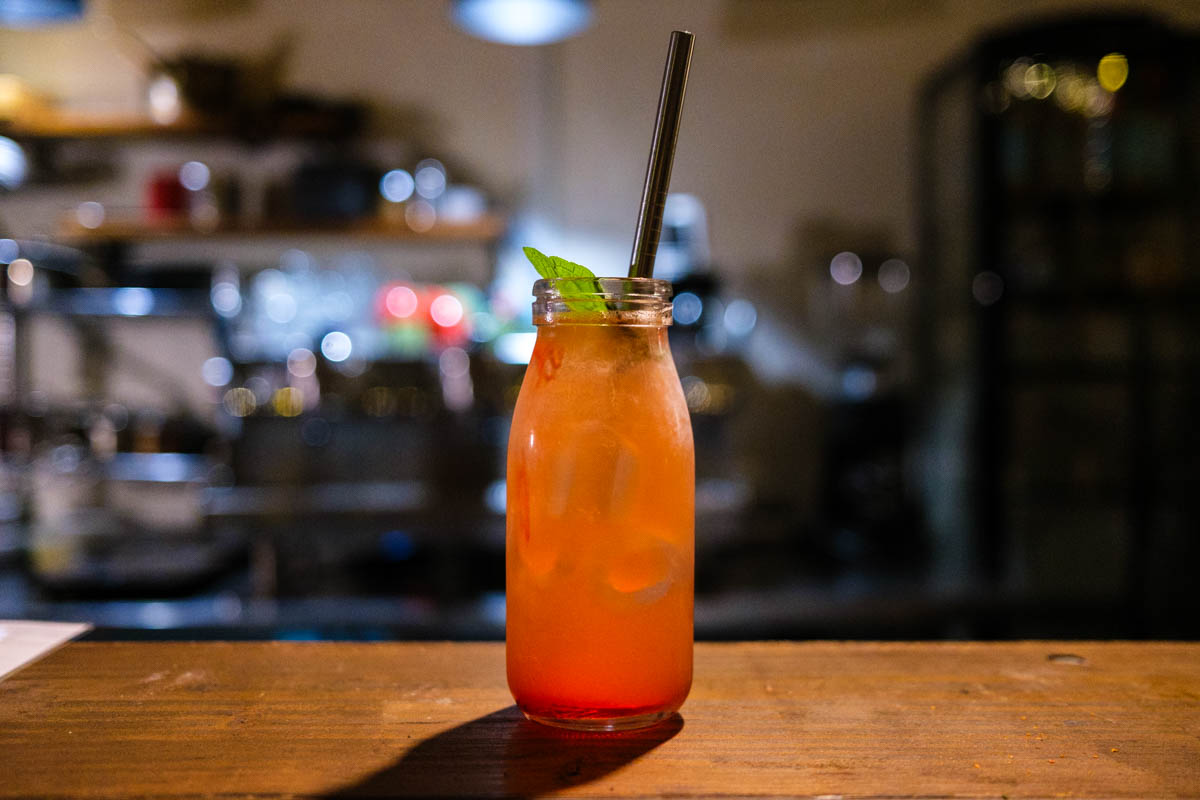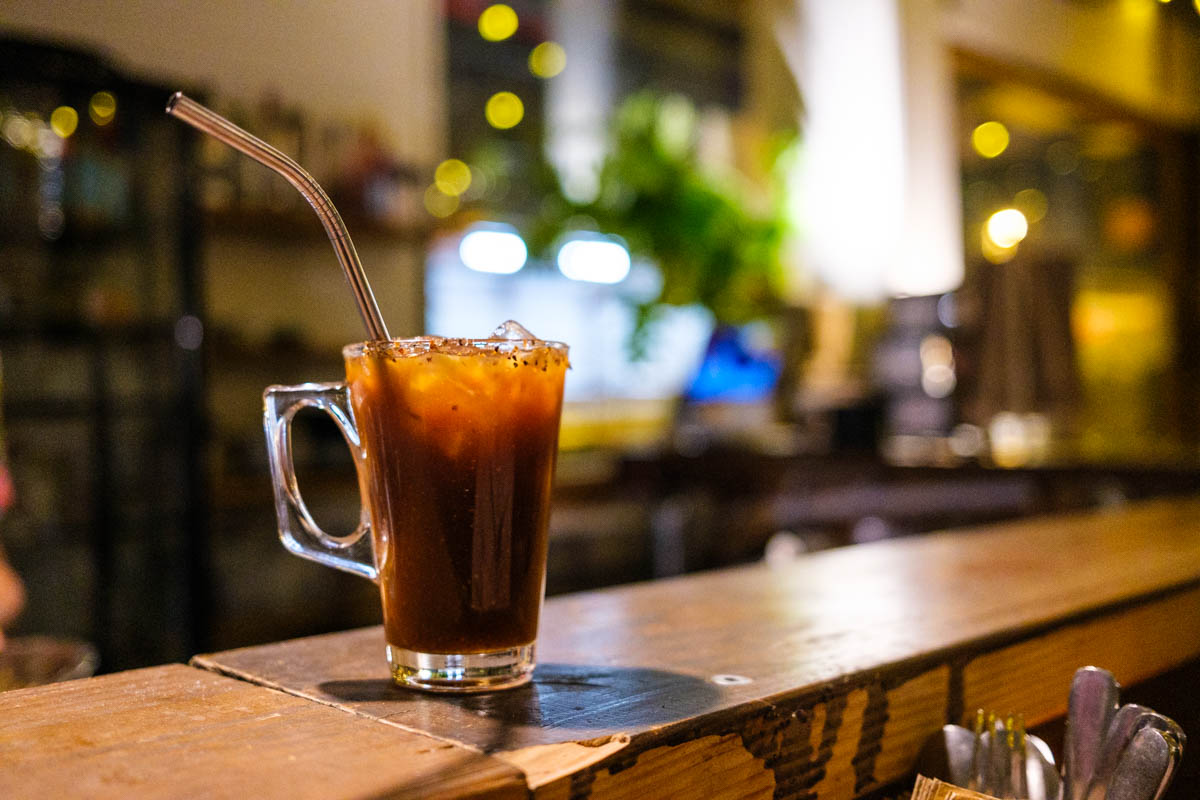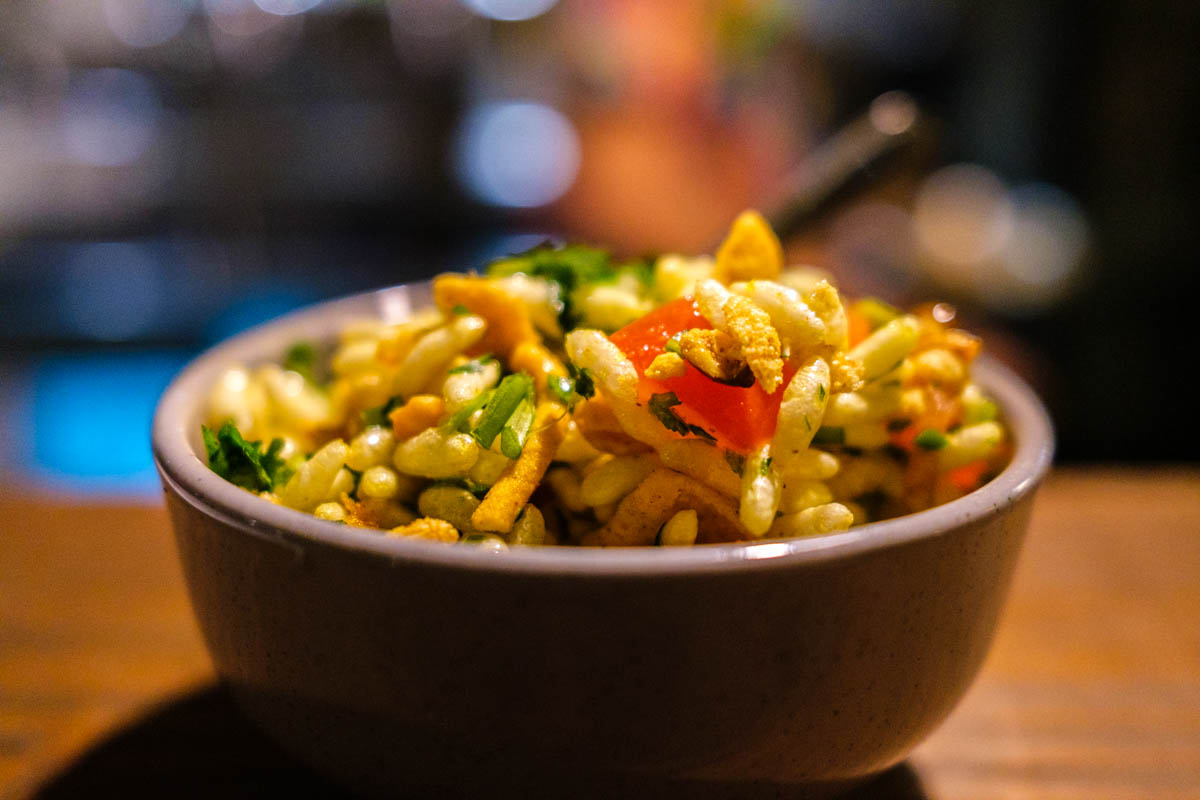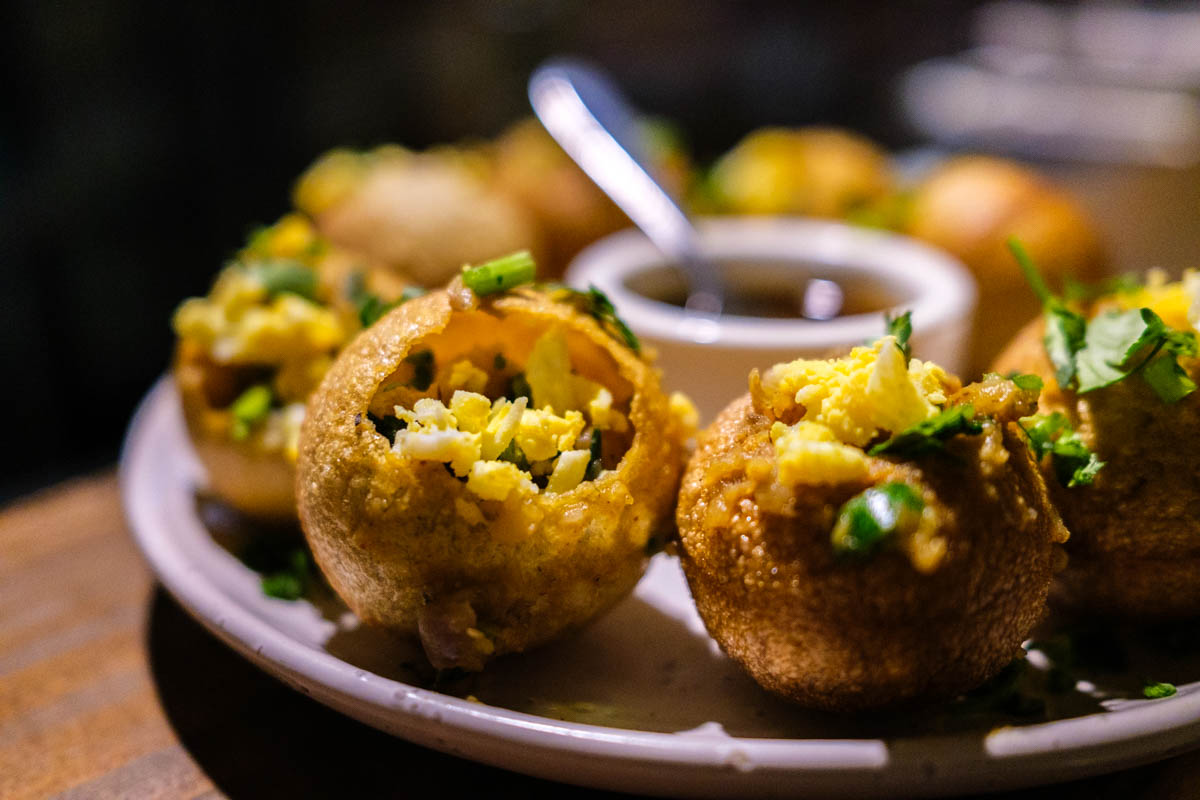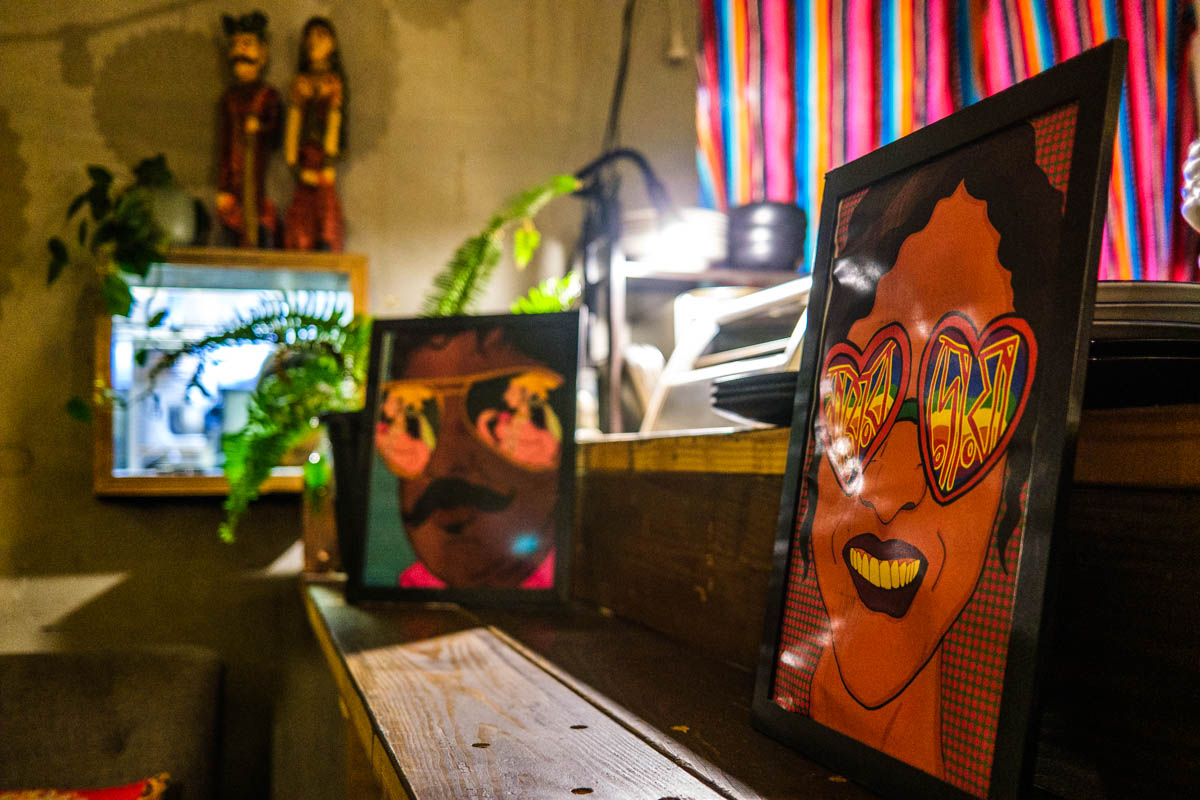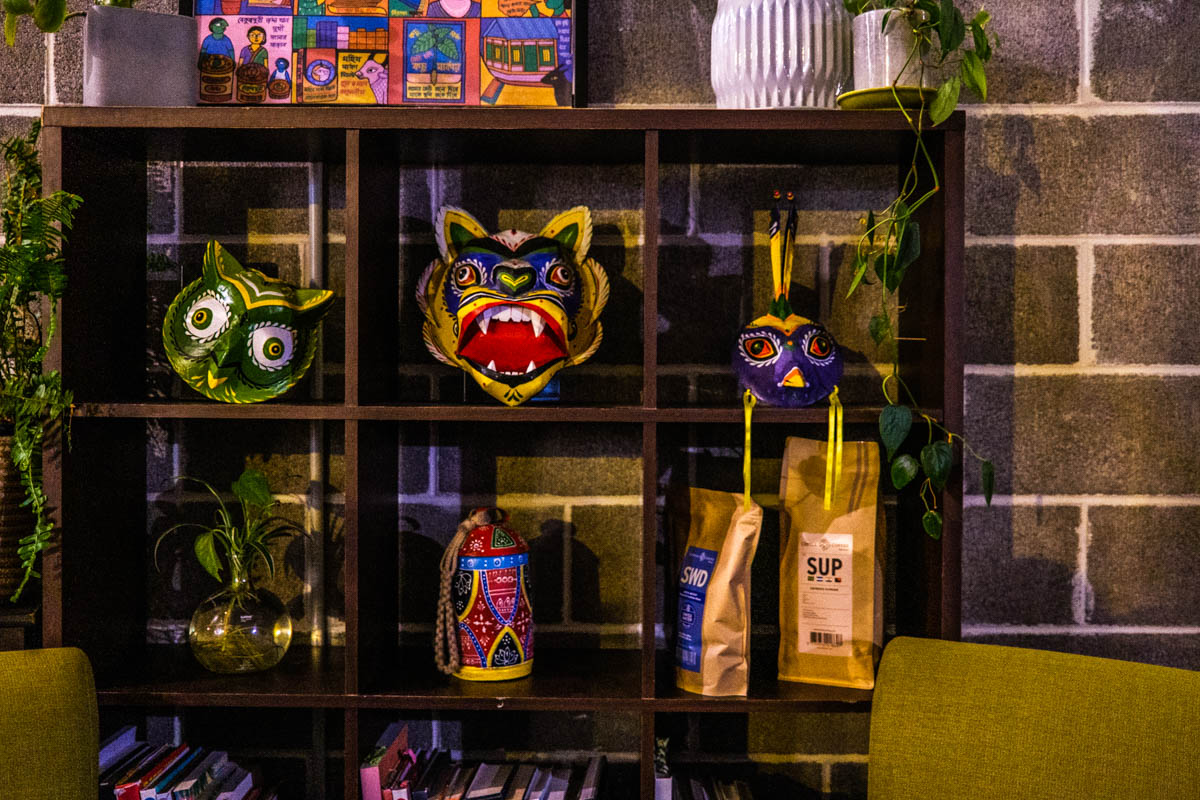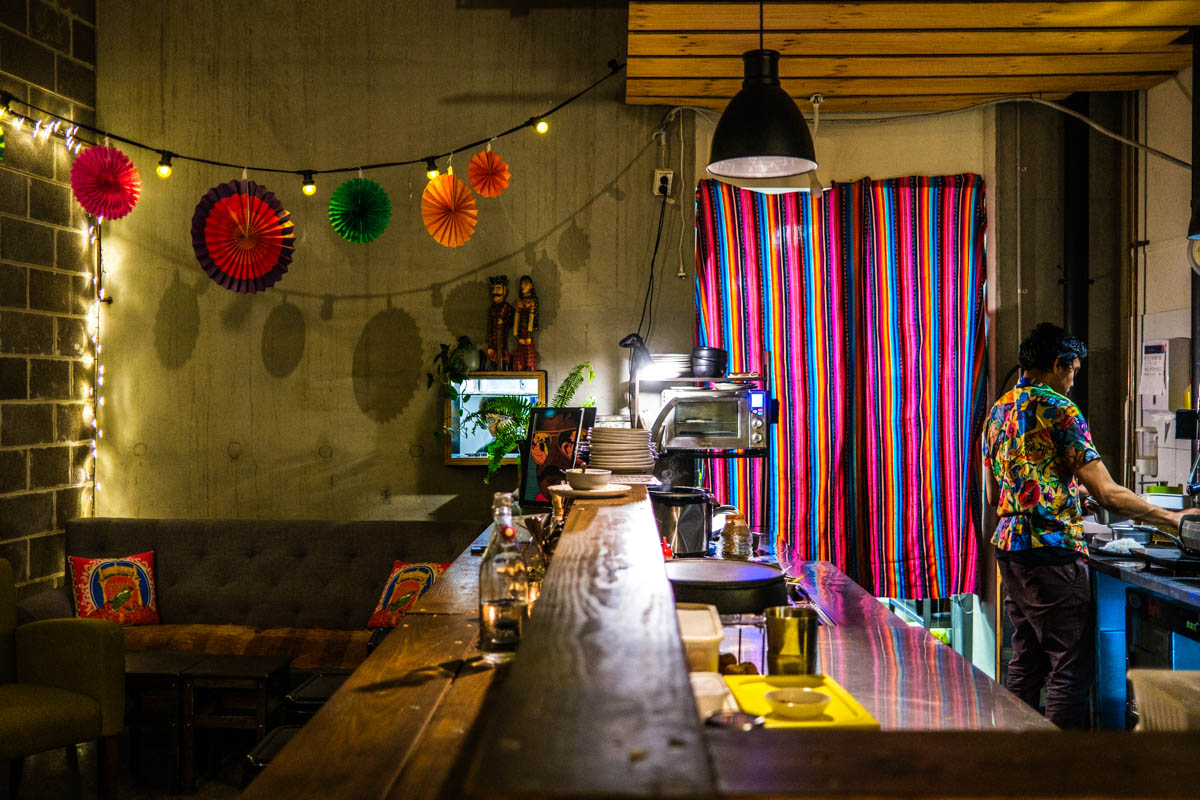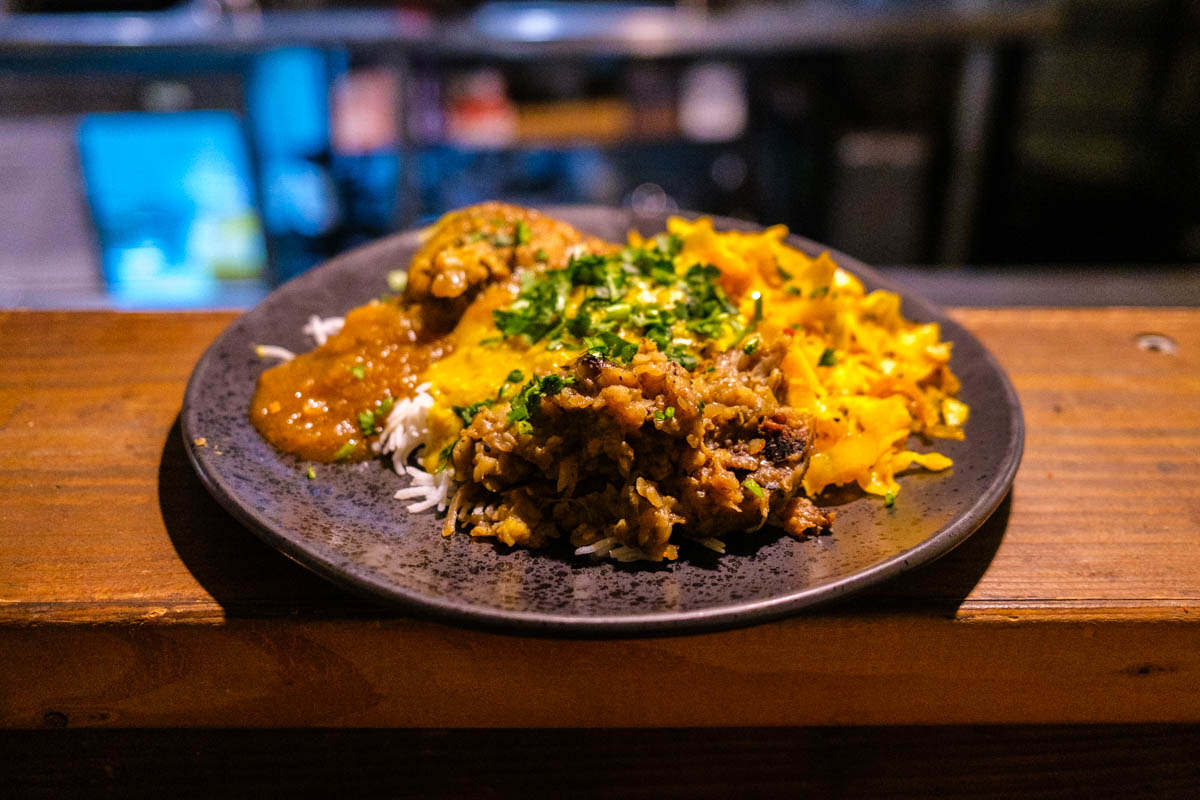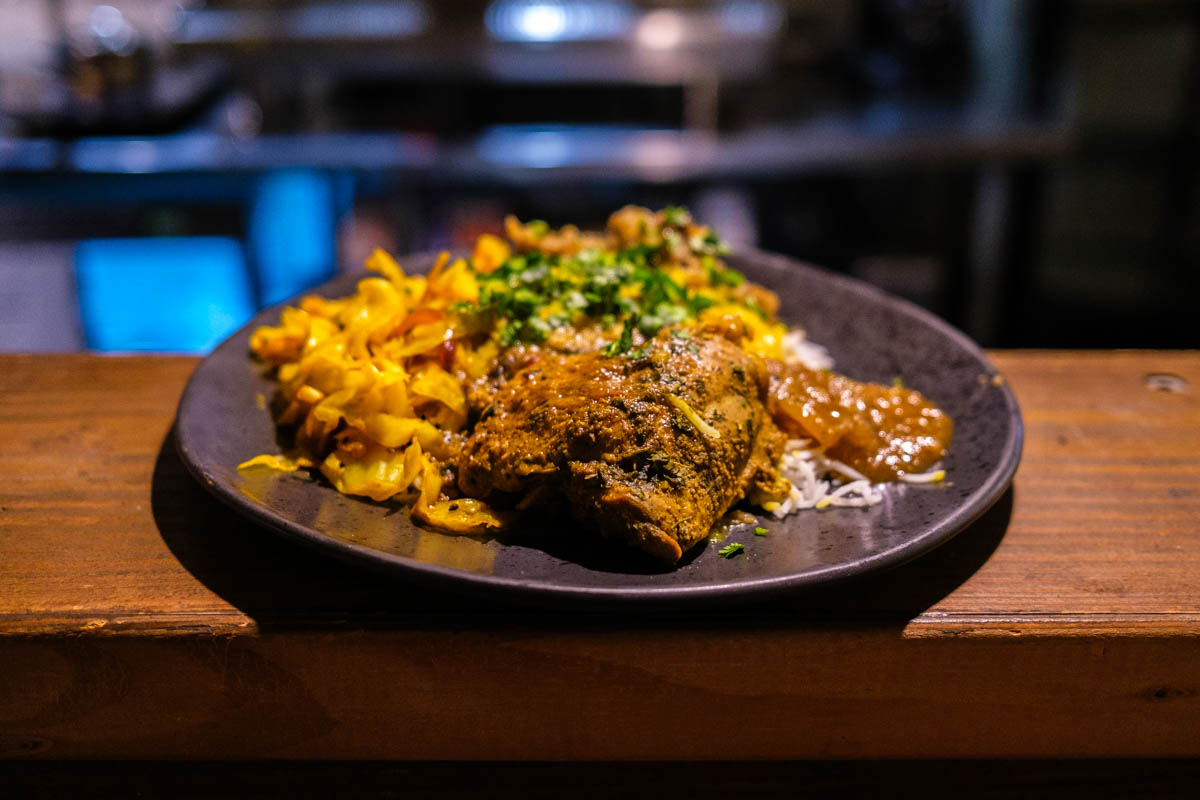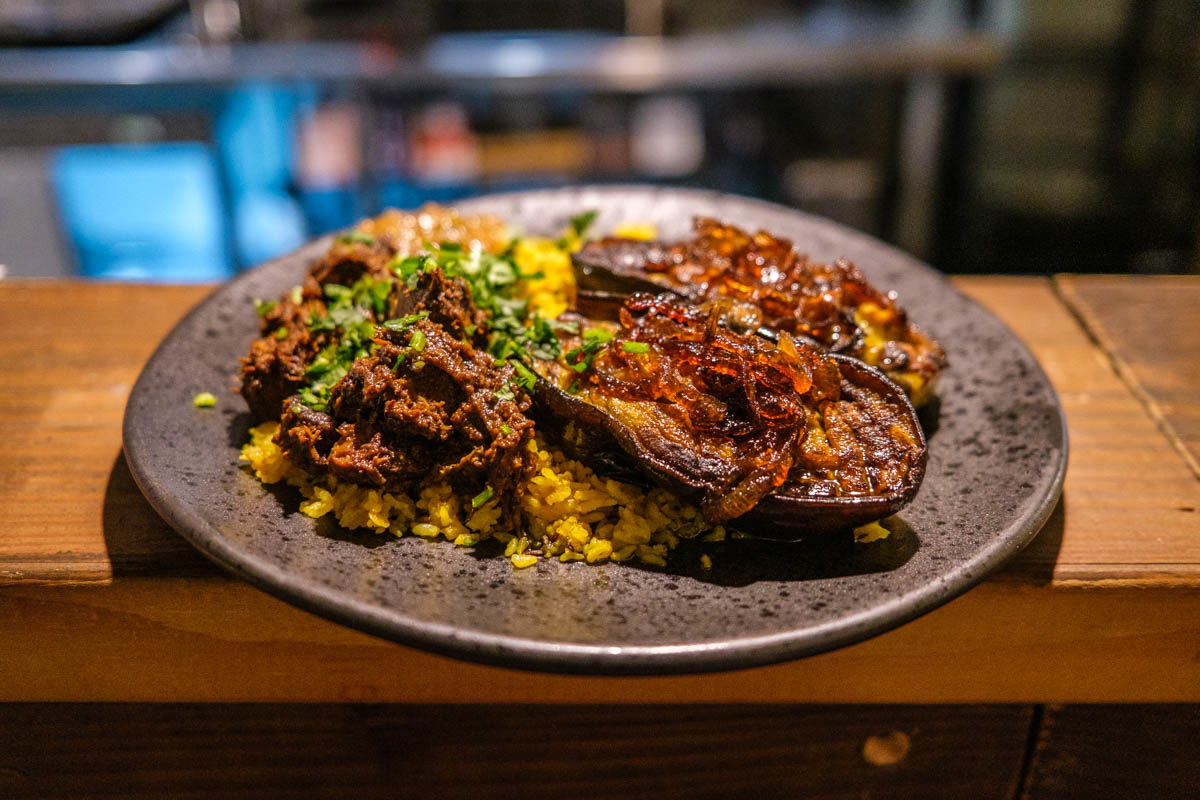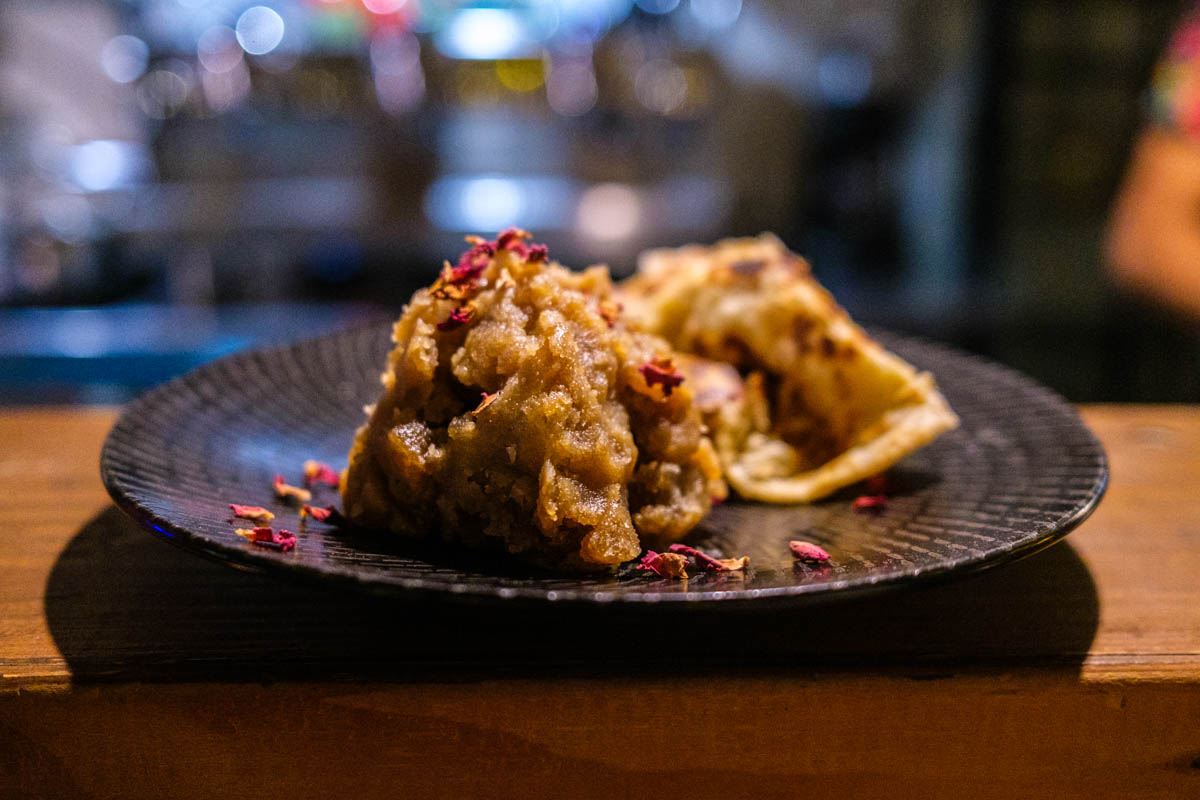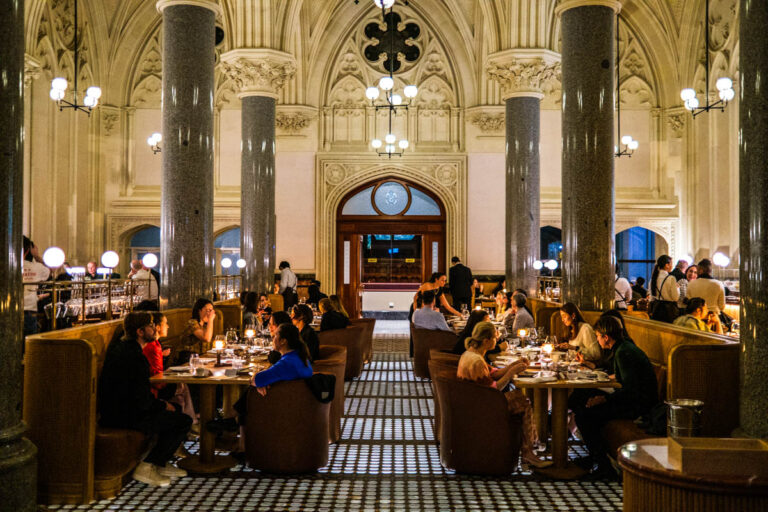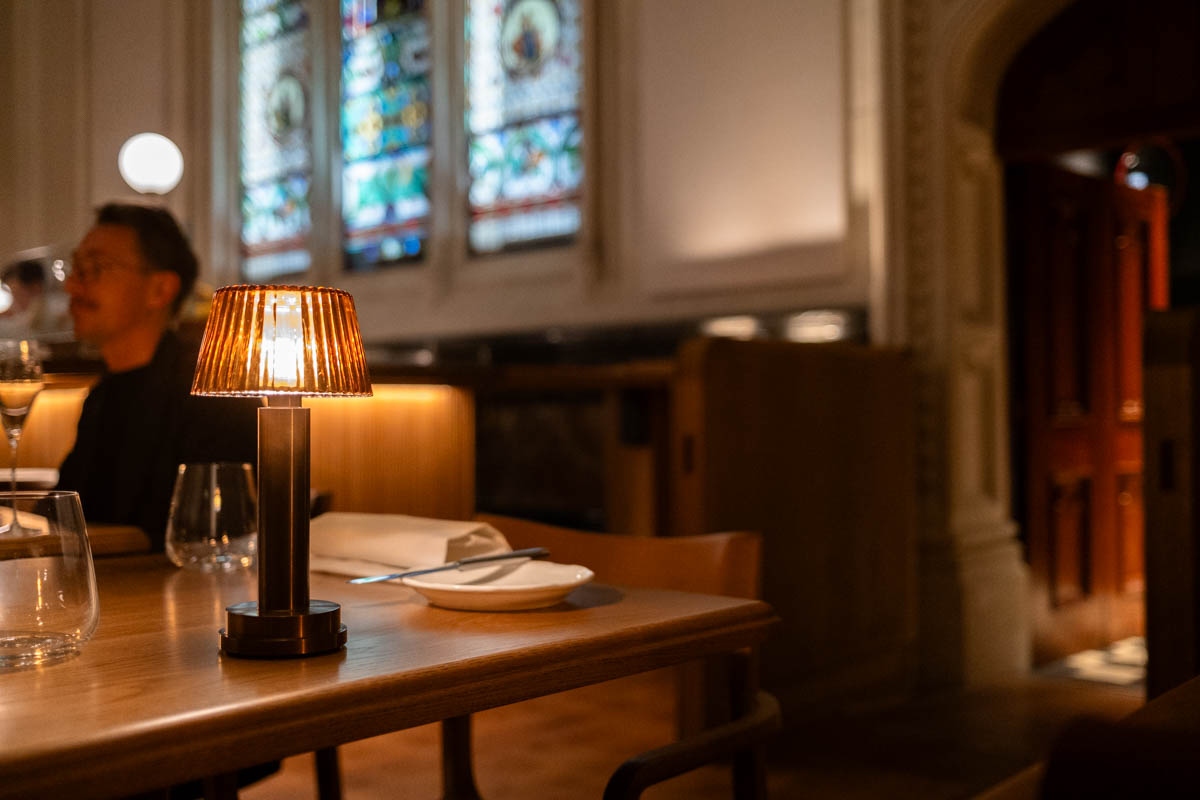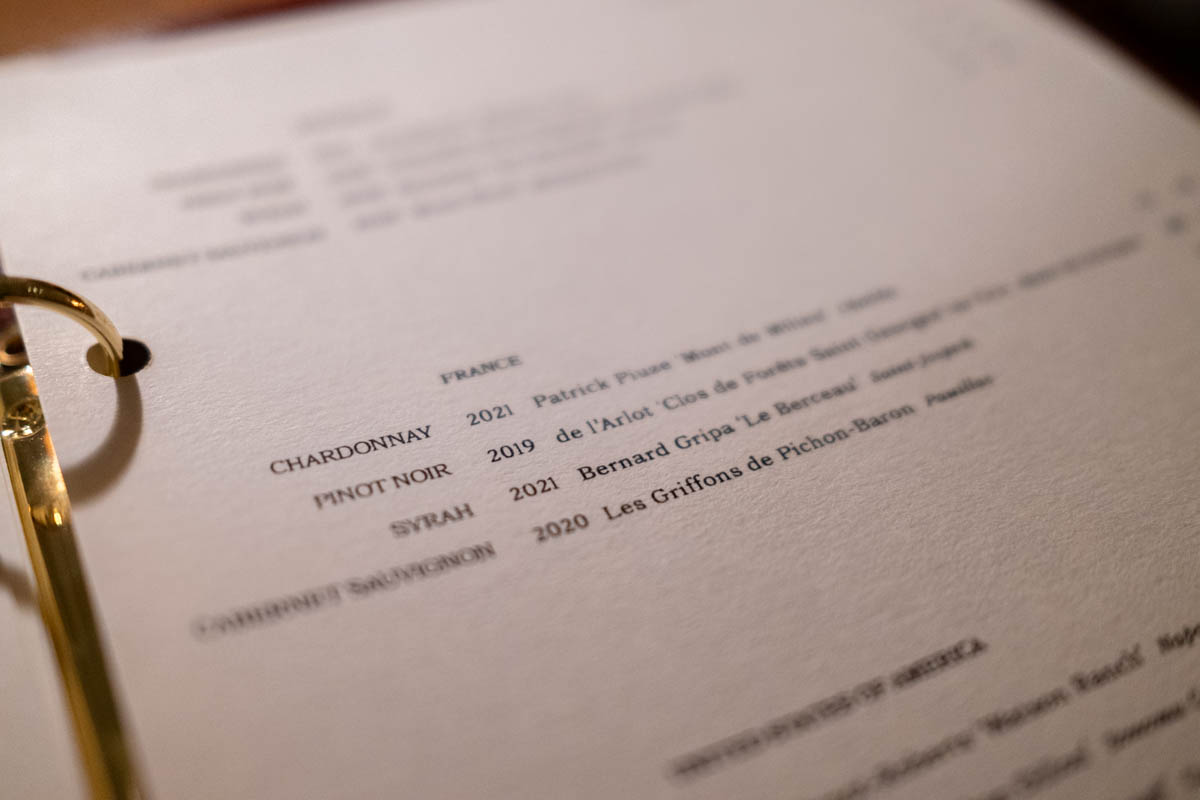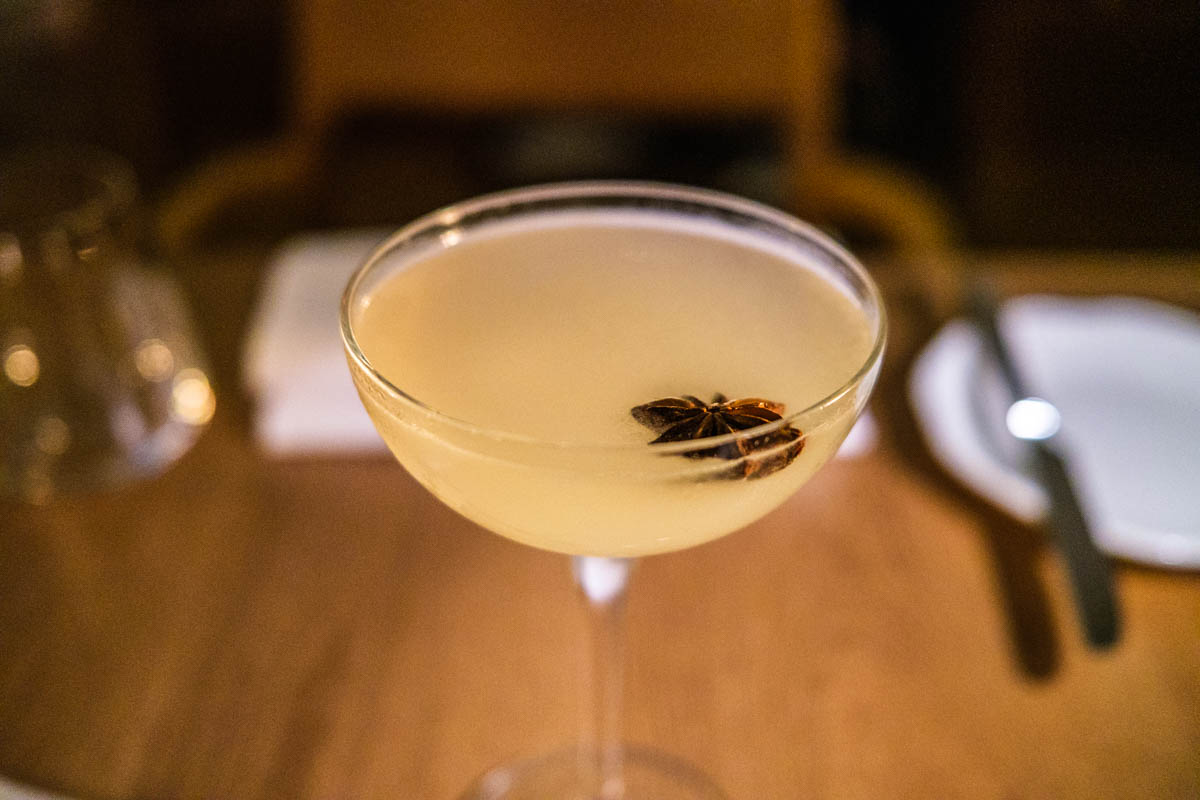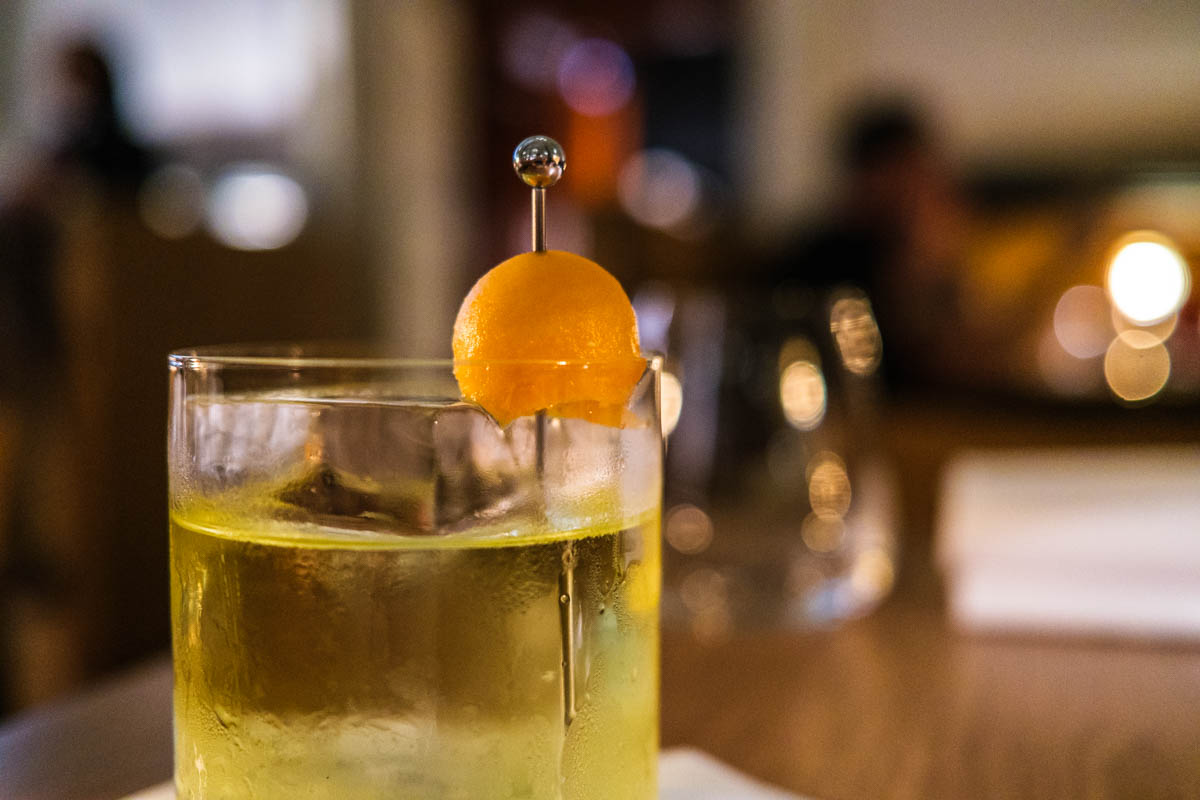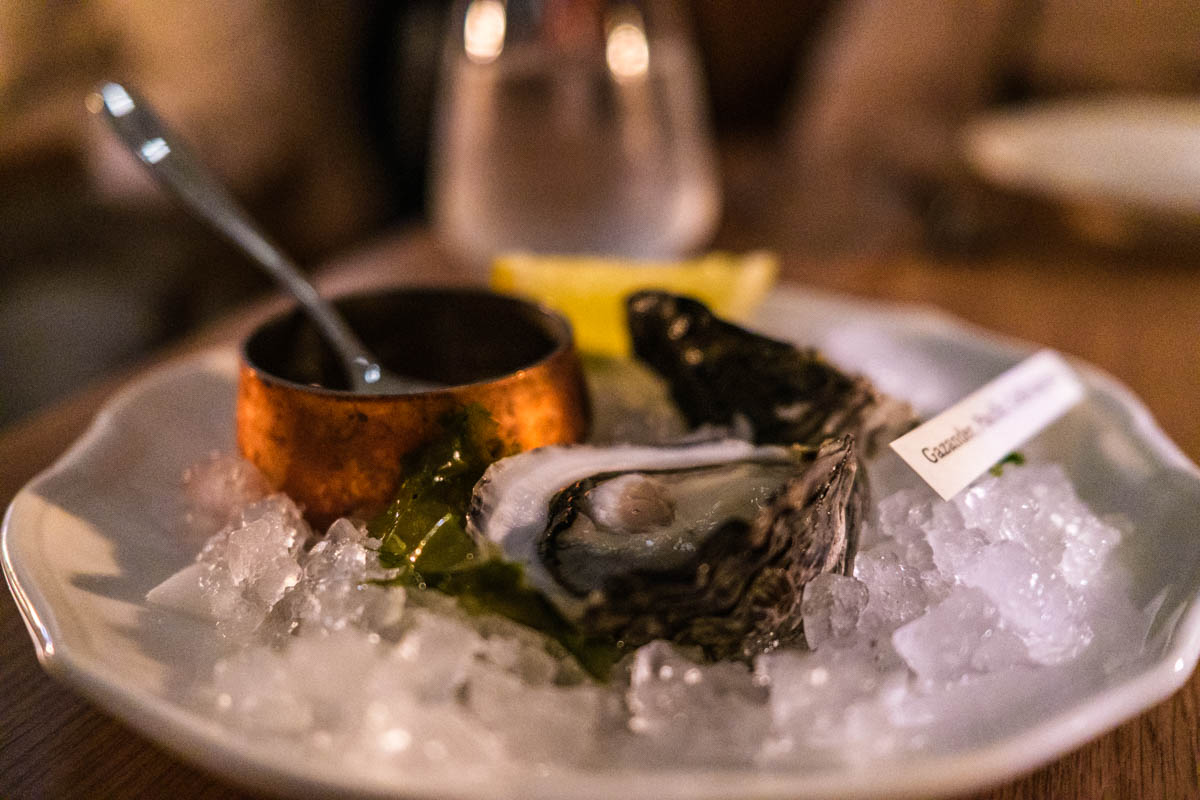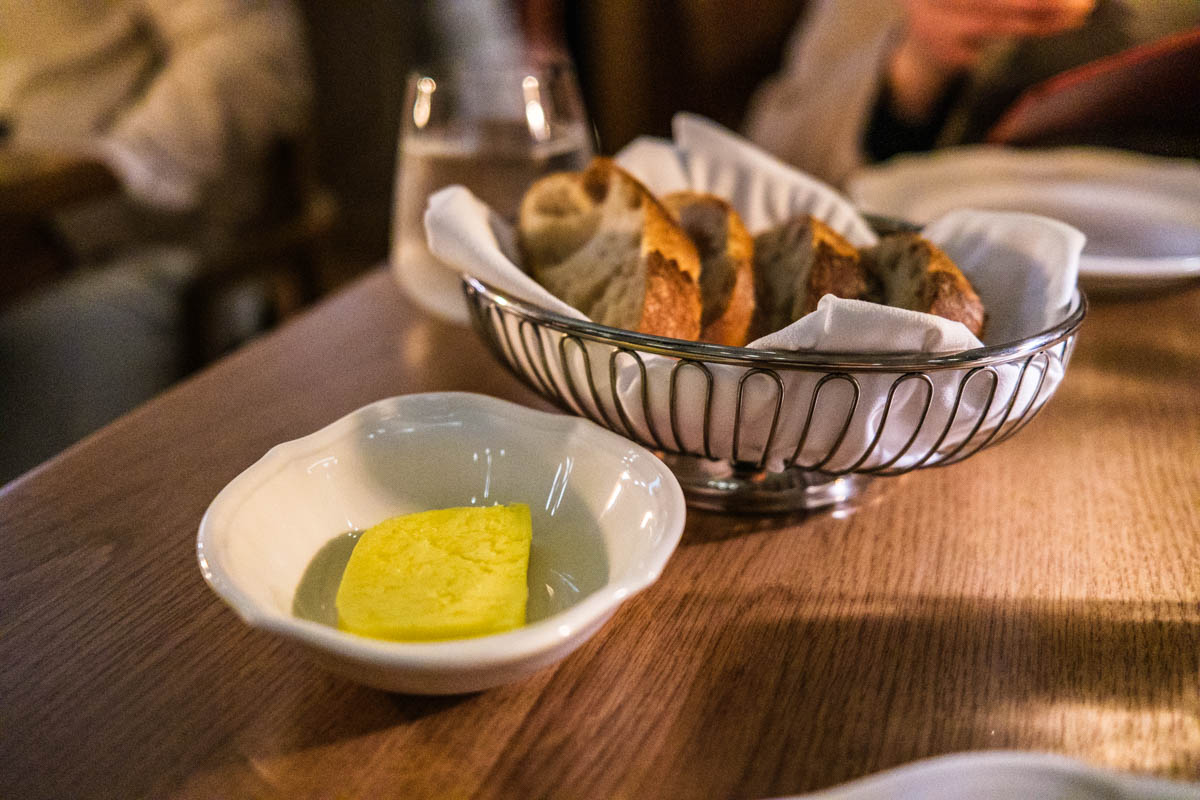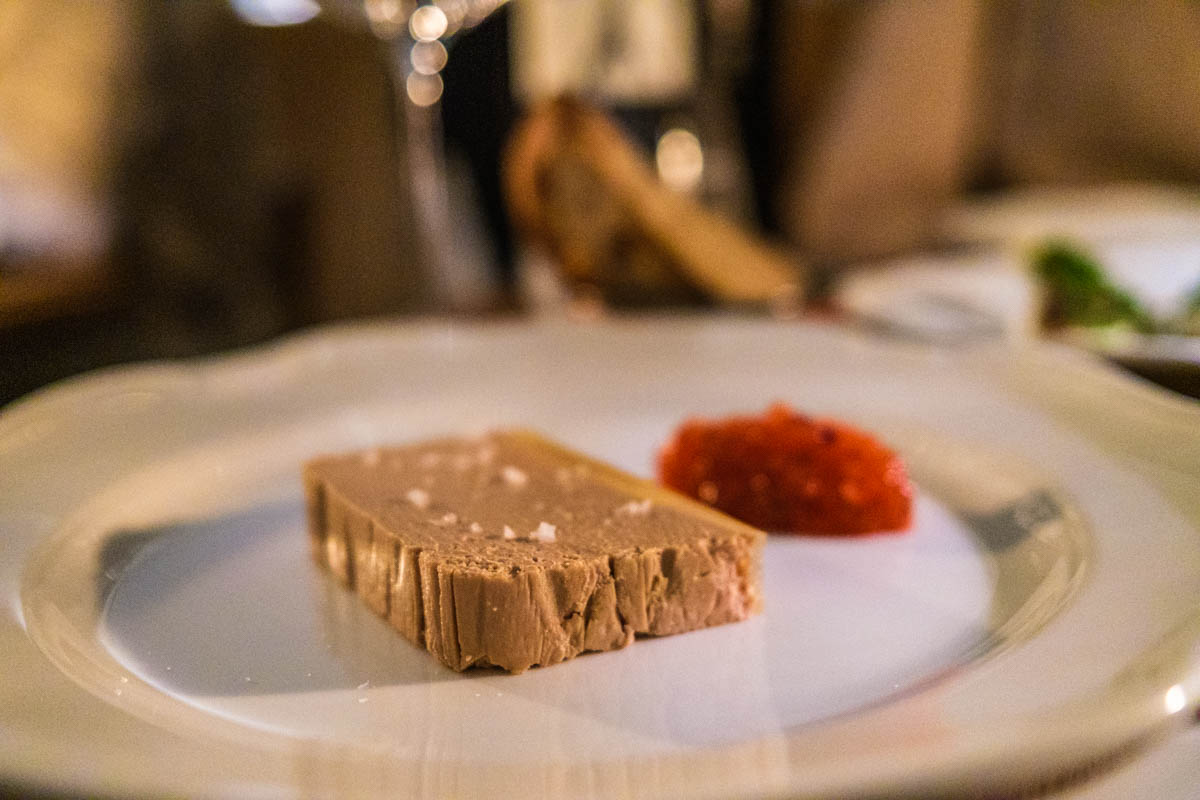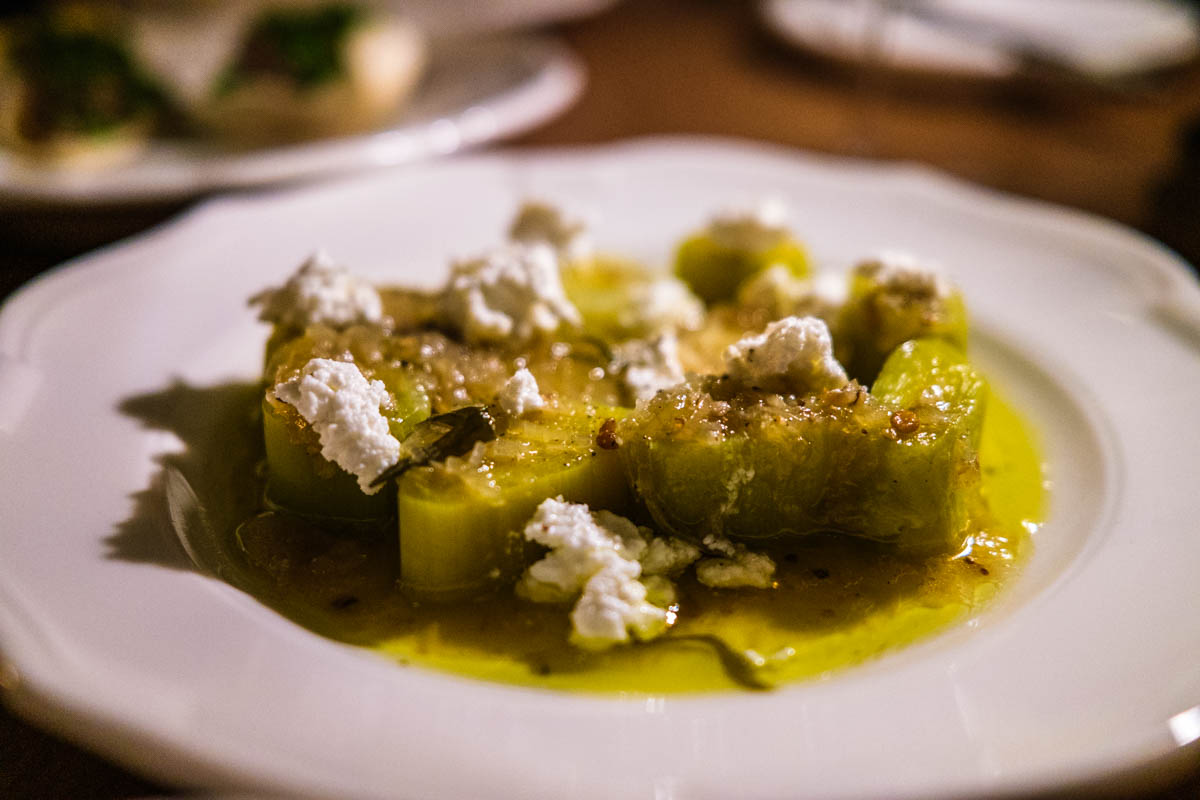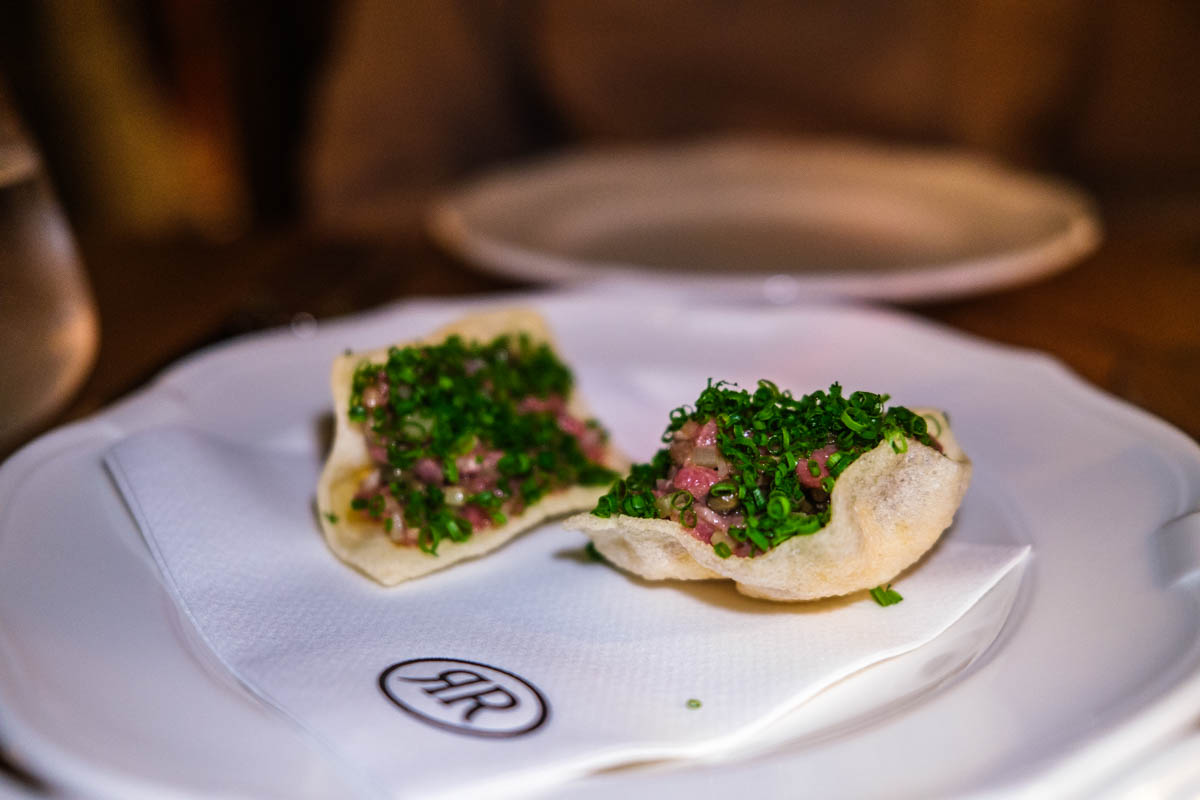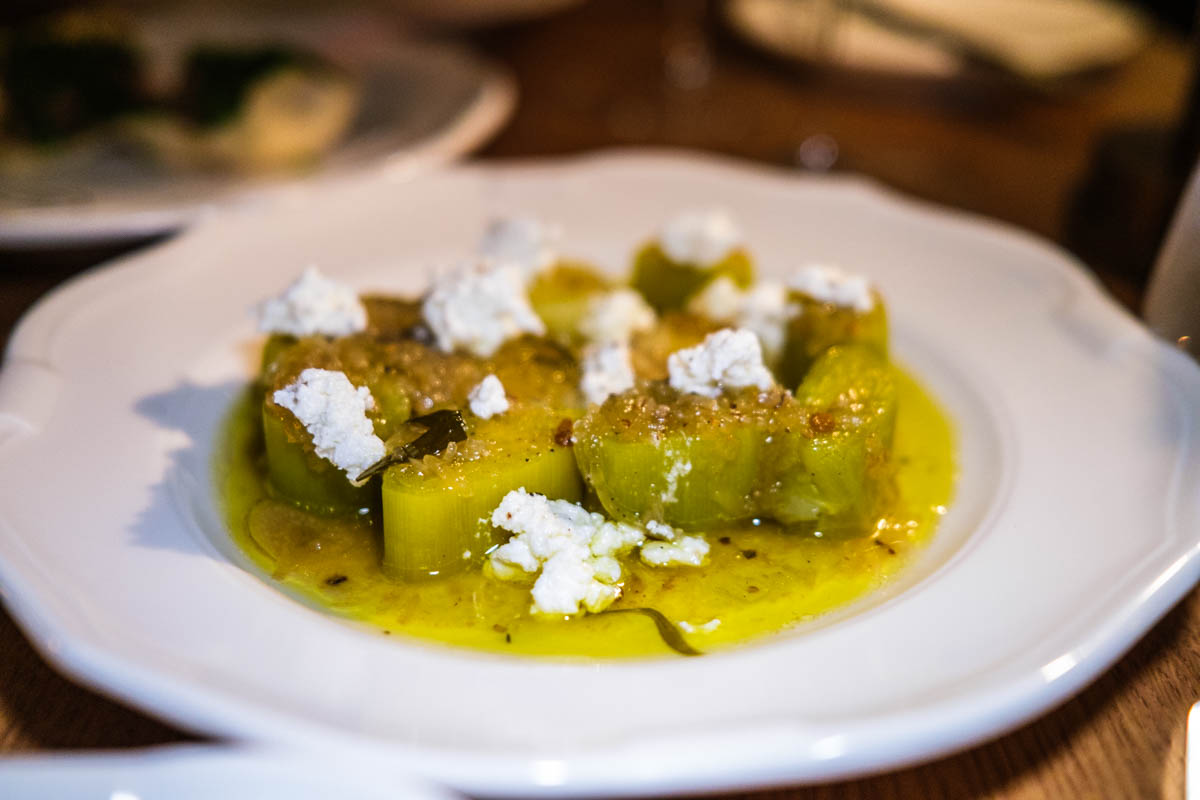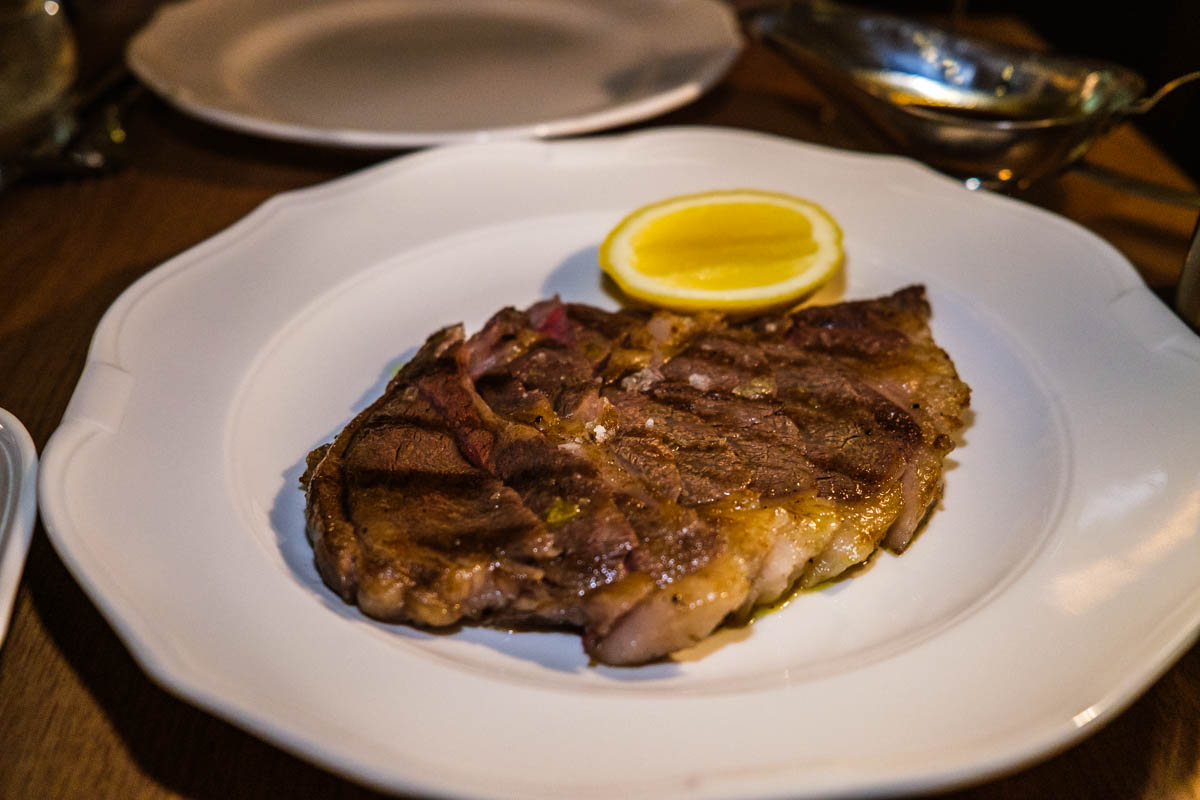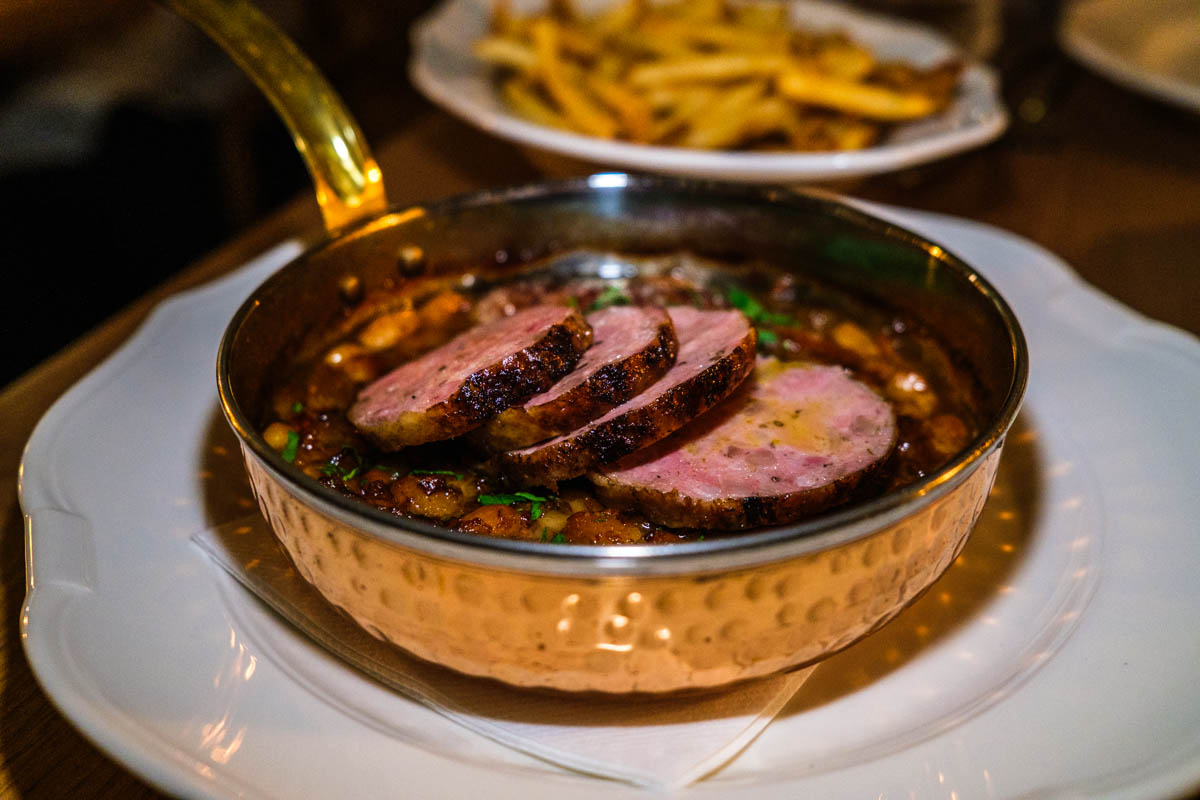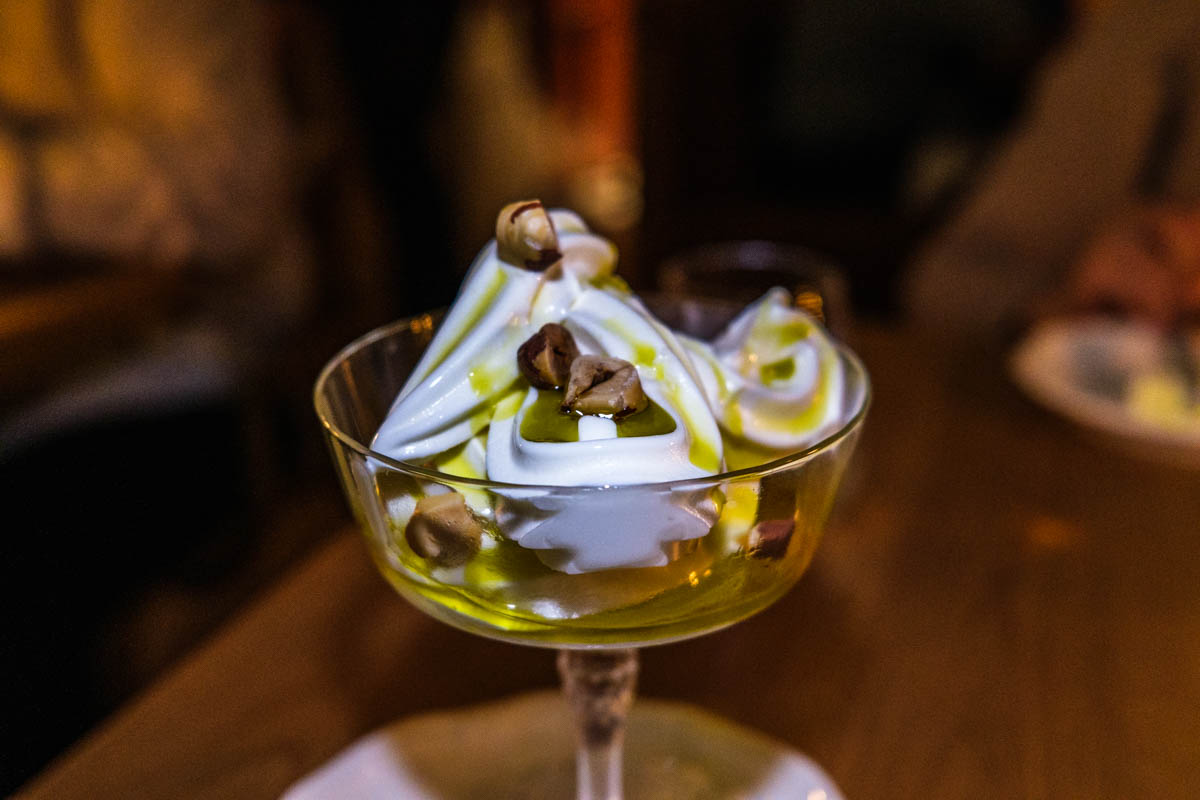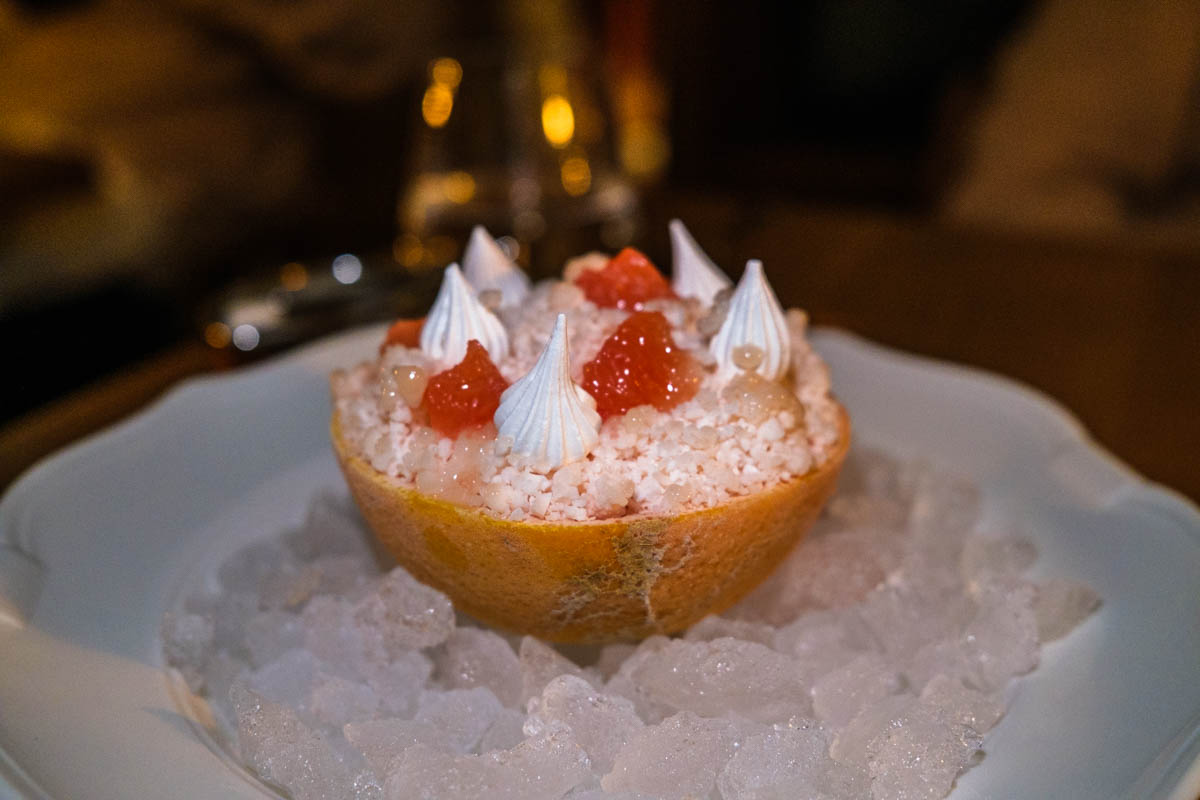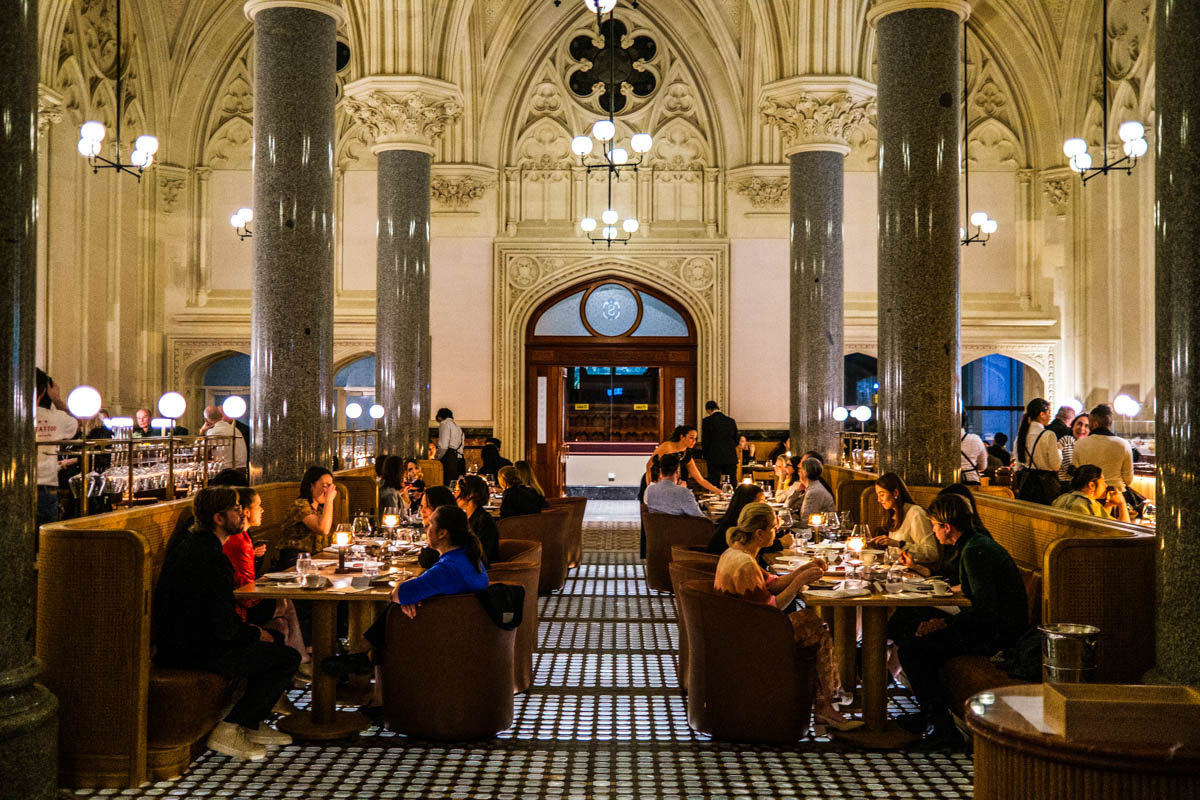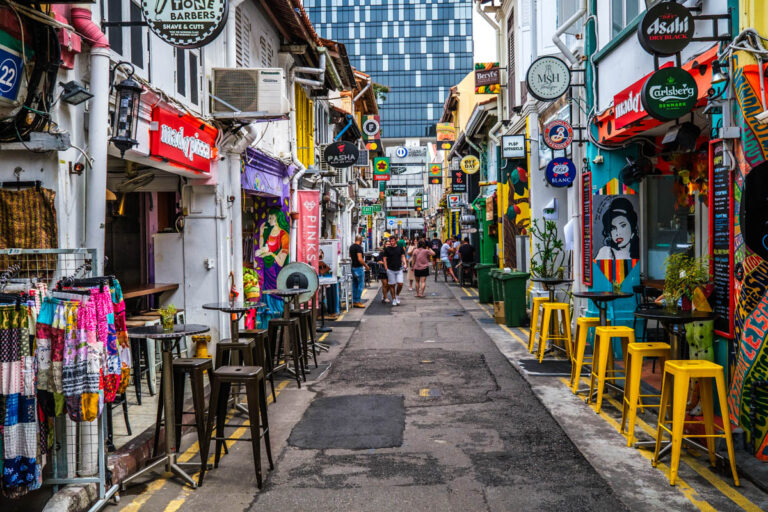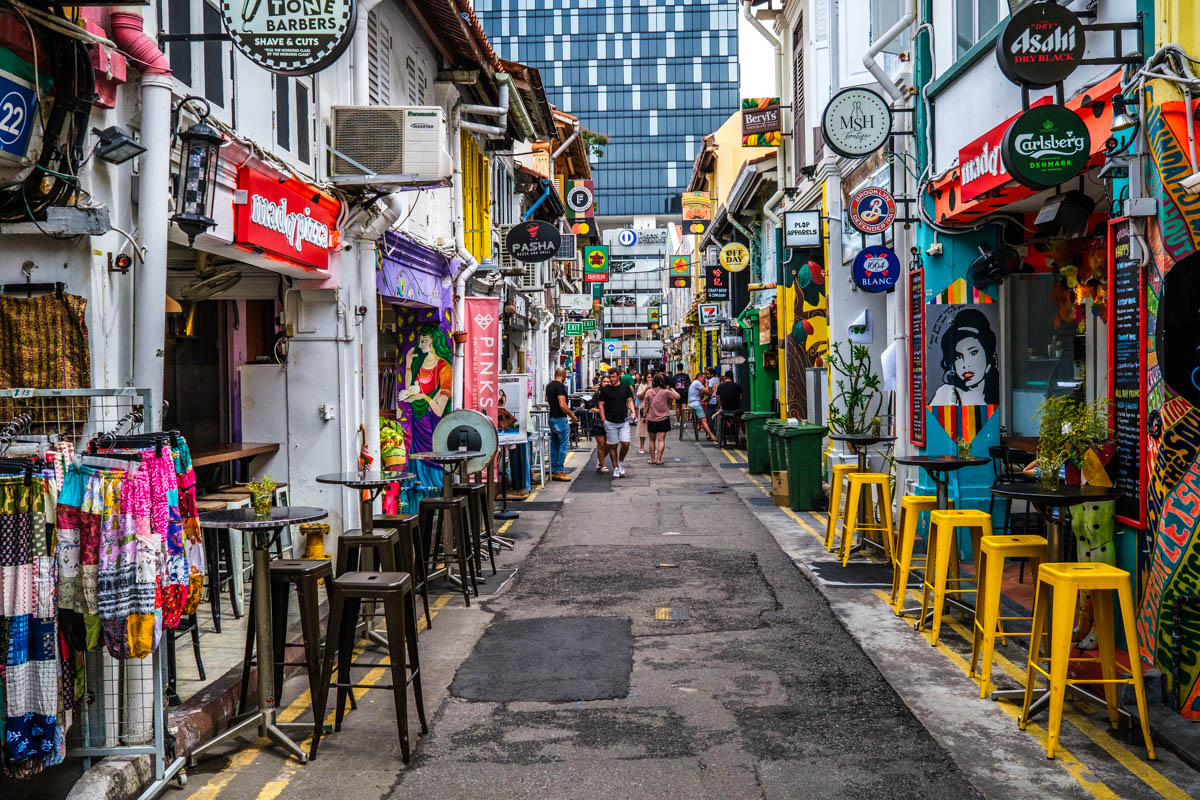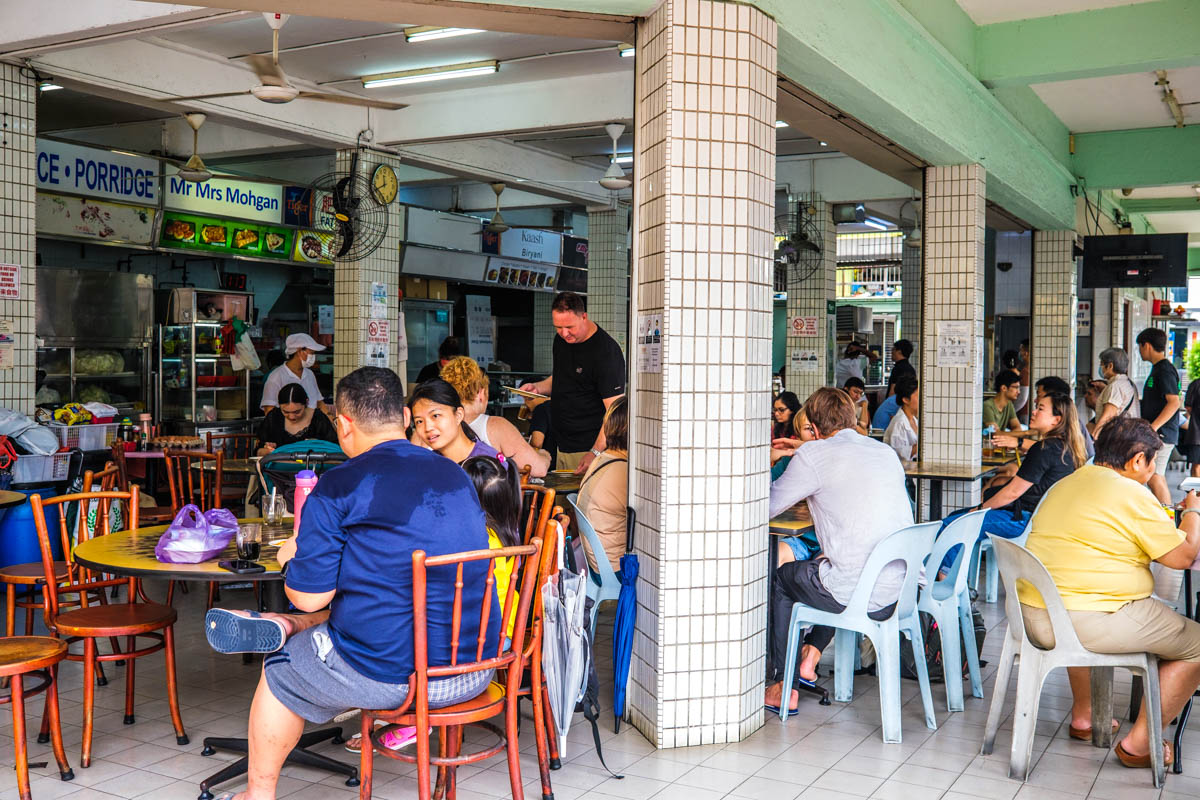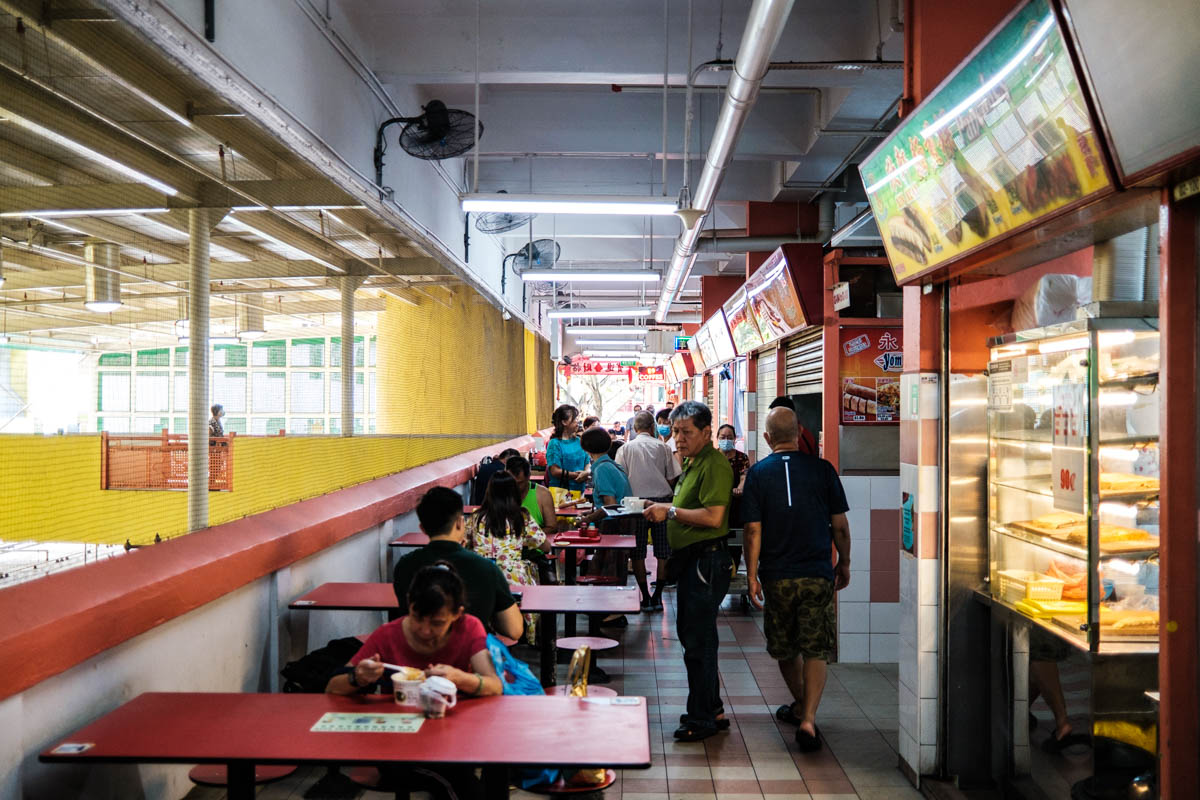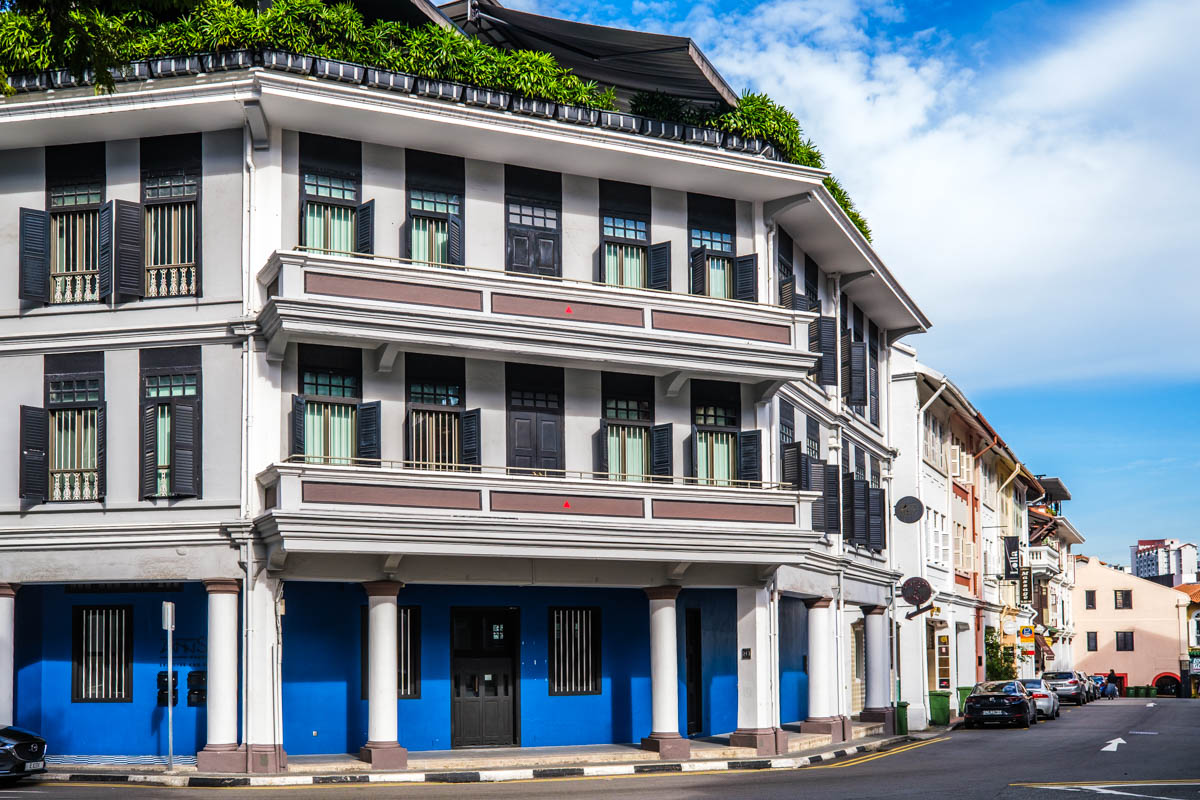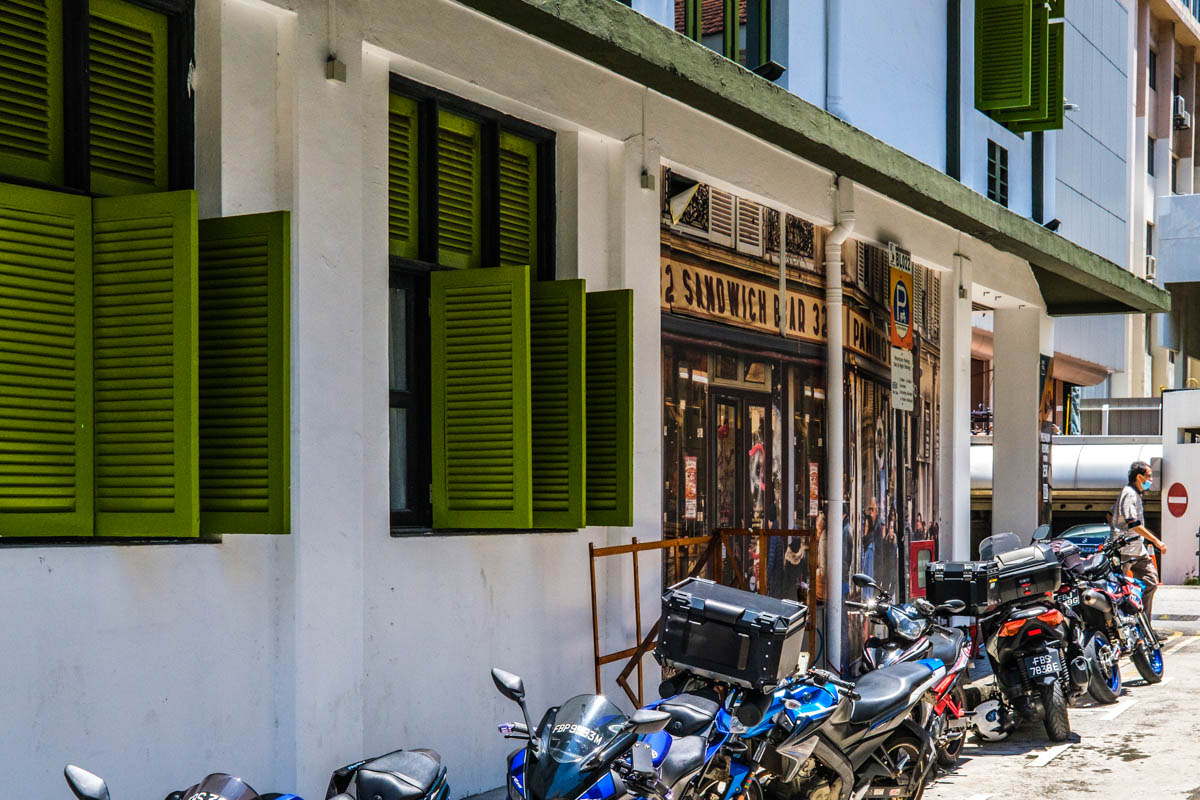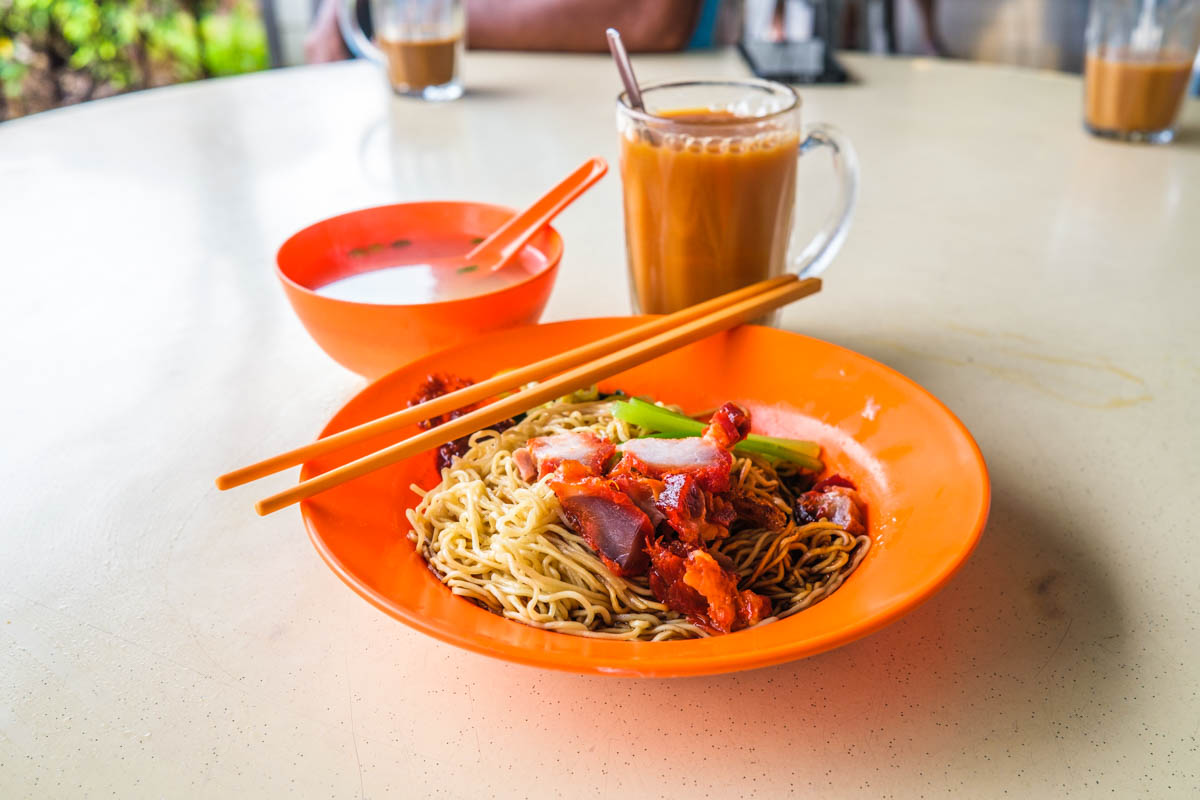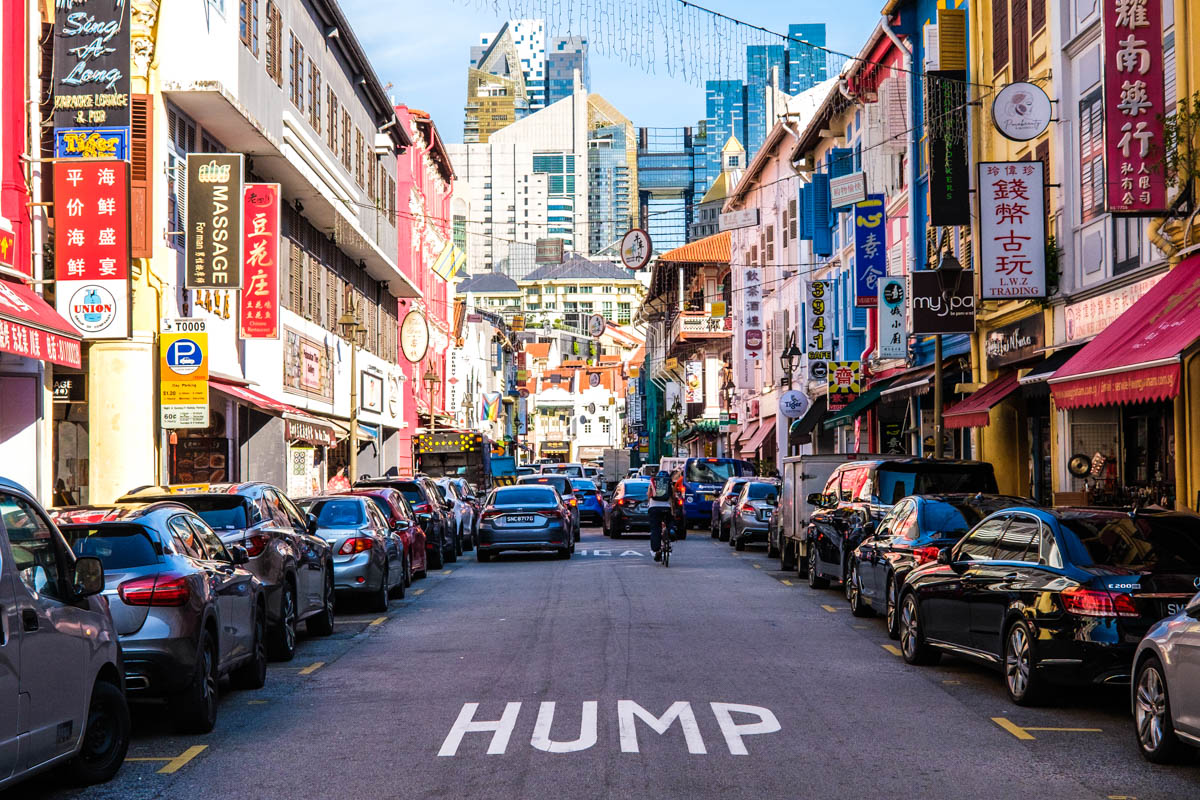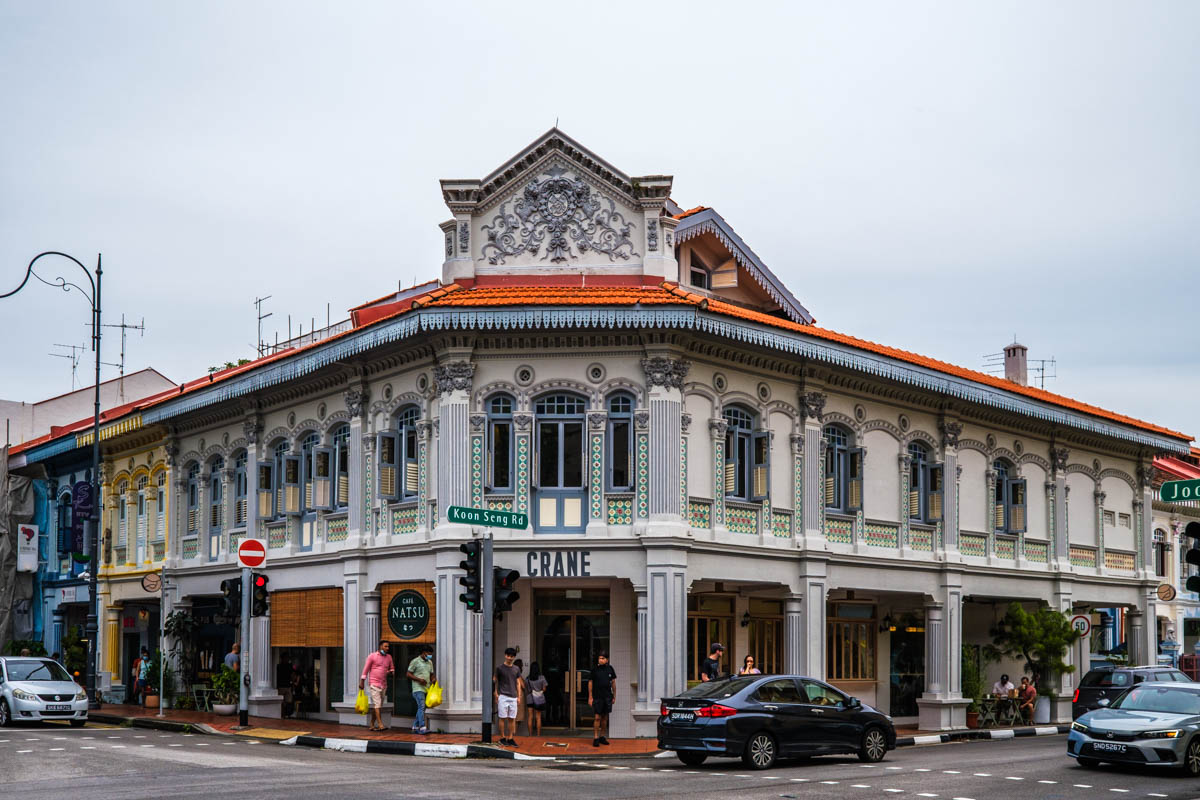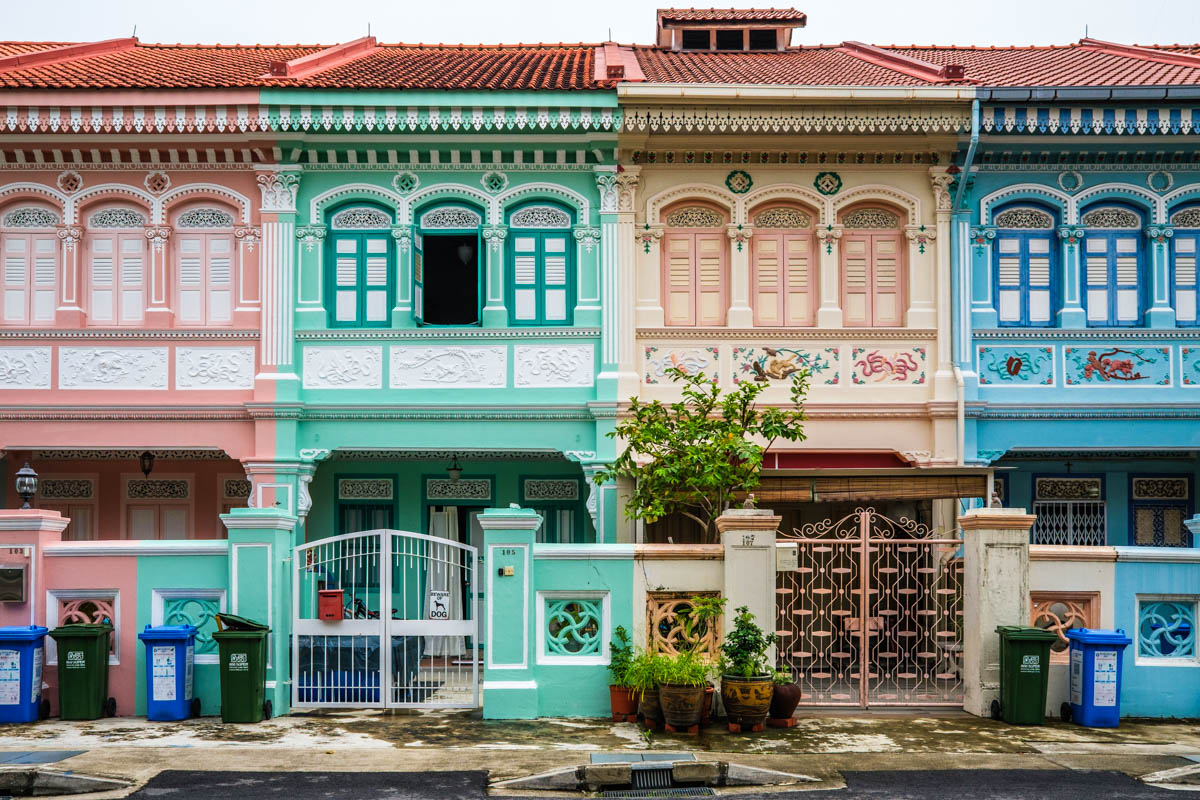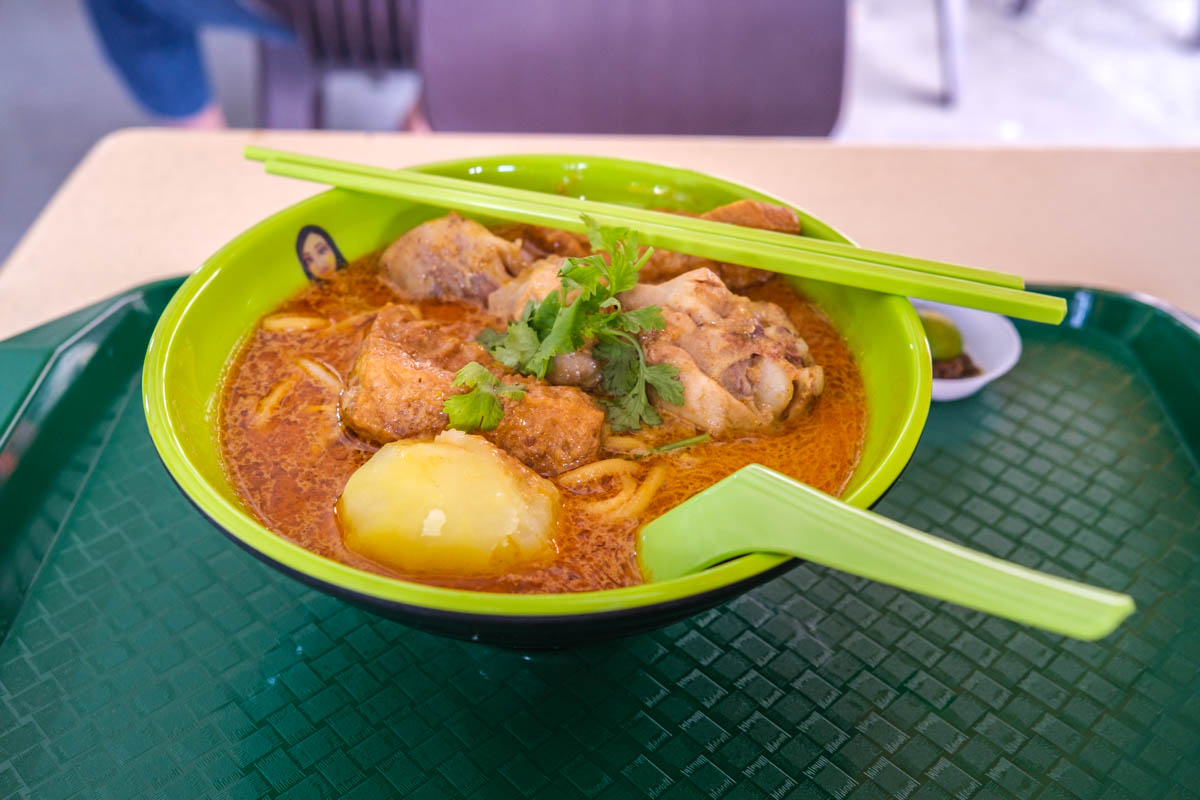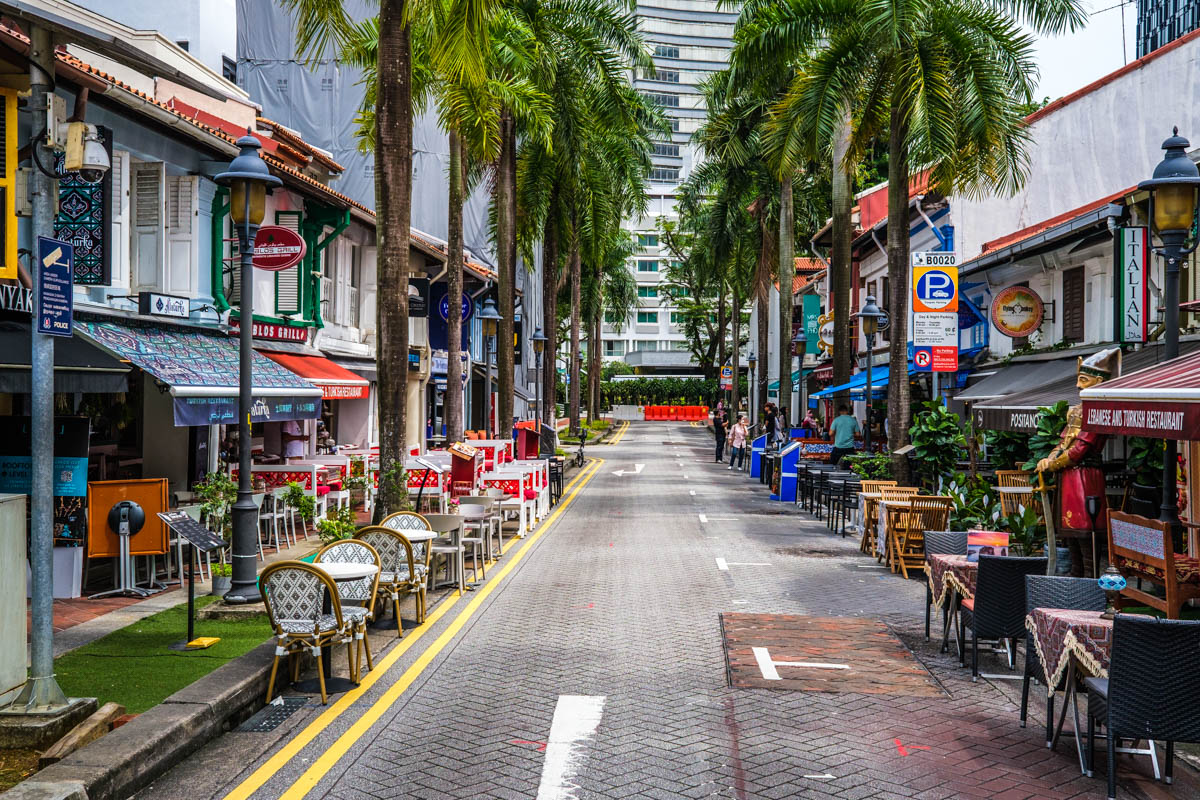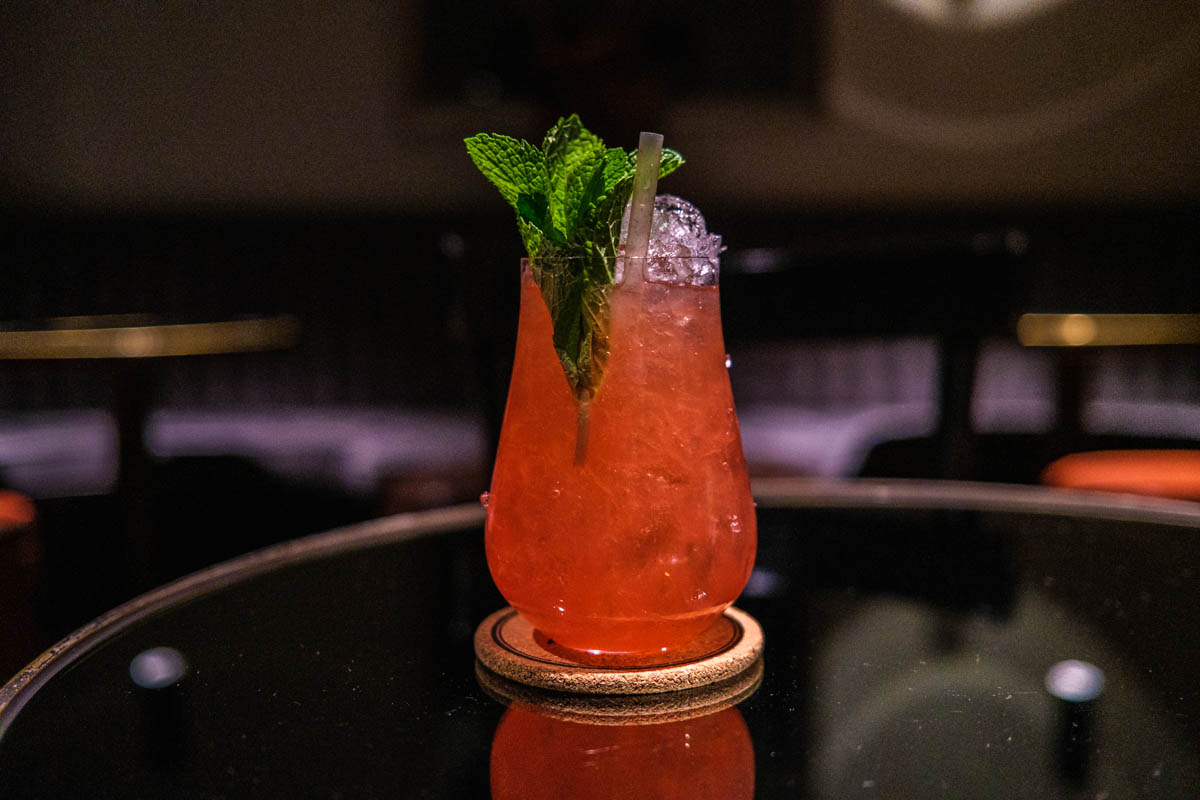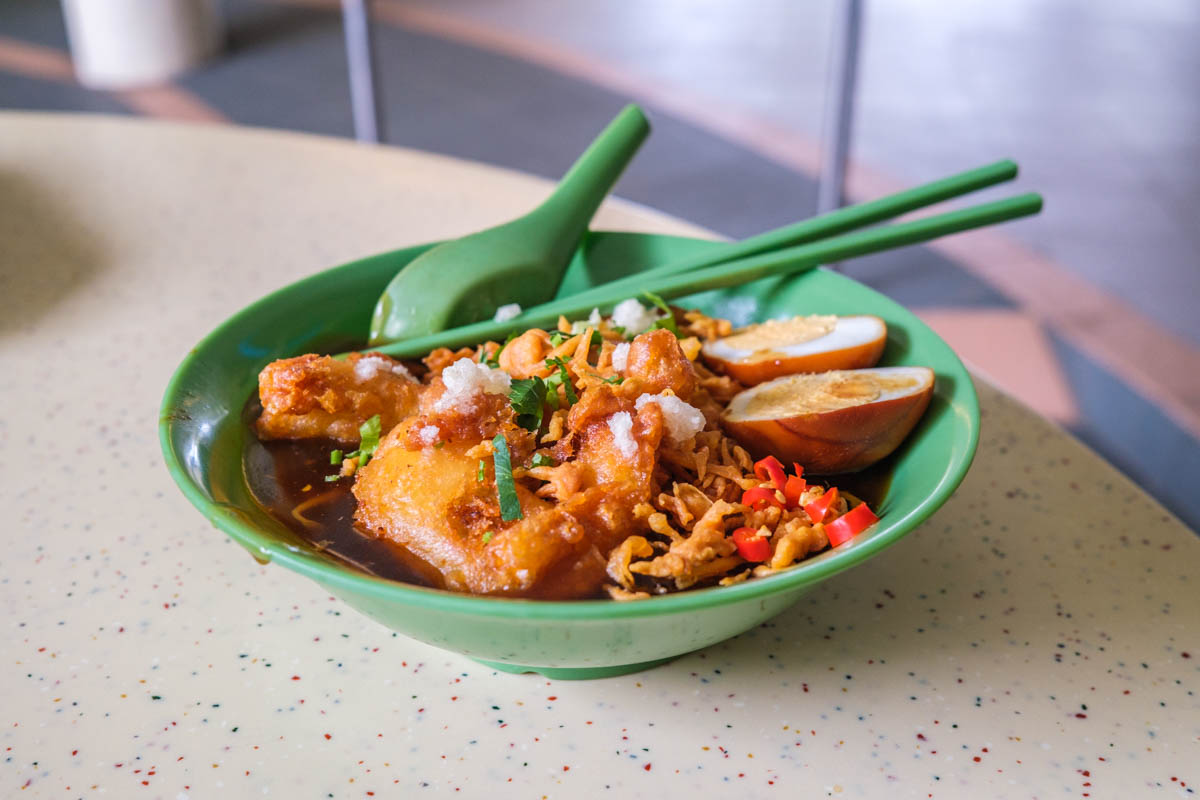SINGAPORE | I first visited Singapore in 2001. It was the first time that I’d travelled outside of Australia, and it sparked my continued love of travel. I’ve returned countless times since, often for a few days at the end of another trip.
Singapore is a city that’s constantly changing, and there’s no shortage of new things to do when you visit. Thankfully, there’s a lot that stays the same too, with the younger generation more aware than ever of the need to progress, without losing the things that help make Singapore special.
Singapore is known for its food, and the city is truly on of the best place to visit as a foodie. It’s a melting pot of cultures, and this is reflected across the varied cuisine on offer across the island. It’s also reflected in the city’s architecture, art, and neighbourhoods.
Being such a small island, you can squeeze a lot into a 48 hours Singapore visit. Here are my suggestions on things to do in Singapore, that will ensure you have a great time.
Appreciate The City’s British Colonial Architecture
Singapore was a British colony from 1819 until 1959. During that time, a uniquely Singaporean architectural style developed, incorporating local aspects into styles popular in Europe. Much of this built history has been lost, as the city has rapidly grown post World War II, however many are protected, across 94 designated conservation areas.
Civic and commercial buildings like the Victoria Theatre and Concert Hall, the Fullerton Building, Old Supreme Court Building, City Hall, National Museum of Singapore, and Old Parliament House, are well worth taking a look at.
There’s also things like old-style two and three storey shophouses, ‘black and white’ bungalows, where wealthy residents and government officials once lived, along with temples and shrines.
Discover Chinatown
Chinatown is a great place to see some of the most intact examples of Singapore’s old shophouses. In somewhat ironic fashion, the fact that Chinatown was a neglected neighbourhood for a long time, meant that its historic buildings were protected while those in other neighbourhoods were knocked down for skyscrapers.
Today, the shophouses have been restored, and are home to boutique hotels, eateries, and trendy shops. Off the main streets, you’ll find the Chinatown of old, with markets, shrines, and shops specialising in traditional Chinese wares, food, and medicine. Be sure to visit Yue Hwa Chinese Products, Singapore’s only full-range department store specialising in Chinese food, medicine, silk and gifts.
If you’re hungry, Chinatown is home to options at all price points. In the neighbourhood, you’ll find hawker centres like the brilliant Chinatown Complex, which is one of my favourite hawker centres in the city. You’ll also find fine dining restaurants and brilliant cocktail bars, that rank amongst the world’s best.
Eat At A Hawker Centre
Singapore’s hawker centres are famous around the world for the plethora of well-priced, traditional Singaporean food on offer. The open-air food courts sprung up in Singapore in the 1950s and 1960s, partly to address the problem of unhygienic food preparation by unlicensed street hawkers.
They’re extremely popular with locals, as community space where people from all walks of life can gather. If there’s a Singaporean dish that you want to try, you’ll be able to find it at a hawker centre. Check out my list of Singapore’s Top 10 Best Hawker Centres if you want to know which ones to visit, and what to eat at which vendors.
Explore Little India
Little India is a part of Sinagpore that grew organically from the mid-1800s, as ethnic Tamils moved into the area. Today, the area is primarily commercial in nature rather than residential, but still retains its character as a primarily Indian district. The colourful pre-war shop houses are distinctive as are the wonderful aromas of exotic food being cooked in restaurants and hawkers stalls all over the area.
Visit Tekka Centre for some of the best food in town, along with local textiles, then head over to Mustafa Centre for a multi-story, multi-building retail experience where you can find anything you’re after, 24/7.
Immerse Yourself In Peranakan Culture In Katong/Joo Chiat
Once upon a time, the Singaporean neighbourhoods of Katong and Joo Chiat were filled with coconut plantations, and wealthy landowner’s holiday homes. Over time, it developed into a centre of Peranakan culture, with a large Peranakan community.
Peranakan is an ethnic group defined as native-born, with a mix of local and foreign ancestry. It generally refers, in Singapore, to people of mixed Chinese and Malay/Indonesian heritage.
The influences of Peranakan culture can still be seen throughout Katong and Joo Chiat, from the many Peranakan restaurants in the area, to the colourful two storey shophouses that line several of the streets.
In recent years, the neighbourhoods have also become quite trendy, with many new places to eat, drink, and shop, along with a bit of a local street art scene.
Learn About Singapore’s Flora and Fauna
Pre-colonisation, Singapore was covered by dense lowland tropical forest with mangrove and freshwater swamp forest. Native to the island, are around 80 species of mammals, 300 species of bird, 110 reptiles and amphibian species, and around 600 freshwater fish species. Plant wise, Singapore is home to over 2,200 species of plants, including 224 different species of orchids.
For animals, visit Singapore Zoo, considered one of the world’s best zoos for conservation. For plants, Gardens by the Bay and Singapore Botanic Gardens are both well worth your time.
See Fort Siloso
Sentosa Island has transformed from a sleepy little island with little of note for visitors, into a tourists playground, over the past two decades. There’s resorts, there’s pristine artificial beaches, there’s Universal Studios, and there’s golf courses. If that’s your thing, all good, but I want to focus on something that’s been there long before the island was transformed.
It’s Fort Siloso, a decommissioned collection of 12 coastal artillery batteries that saw action during World War II. Today, it’s home to a museum that deals with the site’s history, and in particular its role during World War II’s ‘battle of Singapore’. Informative, and worth a visit.
Spend A Few Hours On Pulau Ubin
Home to some of the last remaining mangrove forests in Singapore, and not at all touristy, Pulau Ubin gives visitors a sense of what “old Singapore” was like. You can hire a guide for a few hours, who will show you around the island, explaining what life in Singapore was traditionally like. You’ll be introduced to, and get to try, native plants and herbs, many of which are used in cooking and medicine.
Taste Fresh Tropical Fruits
Singapore’s tropical climate is perfect for growing tropical fruit, but most of the fruit you’ll find on the island is actually imported from nearby South East Asian countries. Regardless, at any time of the year you’ll find a wide array of delicious familiar and unfamiliar fruits to enjoy. There’s things like mangosteens and lychees, and the divisive durian.
If you’re unsure about durian, Singapore is a great place to give it a go. There are specialty durian vendors dotted around town who sell different varieties of durian. Each one has a different flavour profile. Some are strong and pungent, while others are sweet and mild.
Try Singaporean Food
People often say that eating is a national pastime of Singapore. In fact, a common greeting in Singapore, is ‘have you eaten?”. The city is a haven for good food, with a cuisine that’s influenced by the ethnic diversity of the island.
Malay, Indonesian, Chinese, Indian, Peranakan, and Western influences have all played a part in what has evolved to become Singaporean cuisine. From kaya toast to char kway teow, Hainanese chicken rice to prawn mee, and more, you won’t go hungry in this city.
If you want to know what to eat and where to eat it, check out my guide, Where To Eat In Singapore.
Visit A Museum
Singapore is home to some of South East Asia’s best museums and galleries. National Gallery Singapore and the National Gallery of Singapore are the big two, and are both worth a visit.
The former is housed in Singapore’s old Supreme Court and City Hall, and focuses on Southeast Asian art from the 19th century up until today. The latter is split into two galleries. One which focuses on the history of Singapore from the 14th century to today, and one which looks at food, fashion, film and photography.
If you’re into design, visit one of my favourites, the Red Dot Design Museum. It’s a sister gallery the largest exhibition of contemporary design in the world, Germany’s Red Dot Design Museum. Visit for a look at the cutting edge of global product and communicated design.
Walk Through Kampong Glam
Singapore’s historic Muslim centre is on of the city’s oldest urban quarters. It’s home to mosques, textile shops, and restaurants specialising in Muslim food. It’s also home to the city’s biggest mosque, the Masjid Sultan.
In recent years, Kampong Glam has become a trendy neighbourhood, centred on Haji Street. On Haji Street and its side streets, you’ll find numerous cafes, bars, and restaurants, and lots of street art painted by local and international artists.


